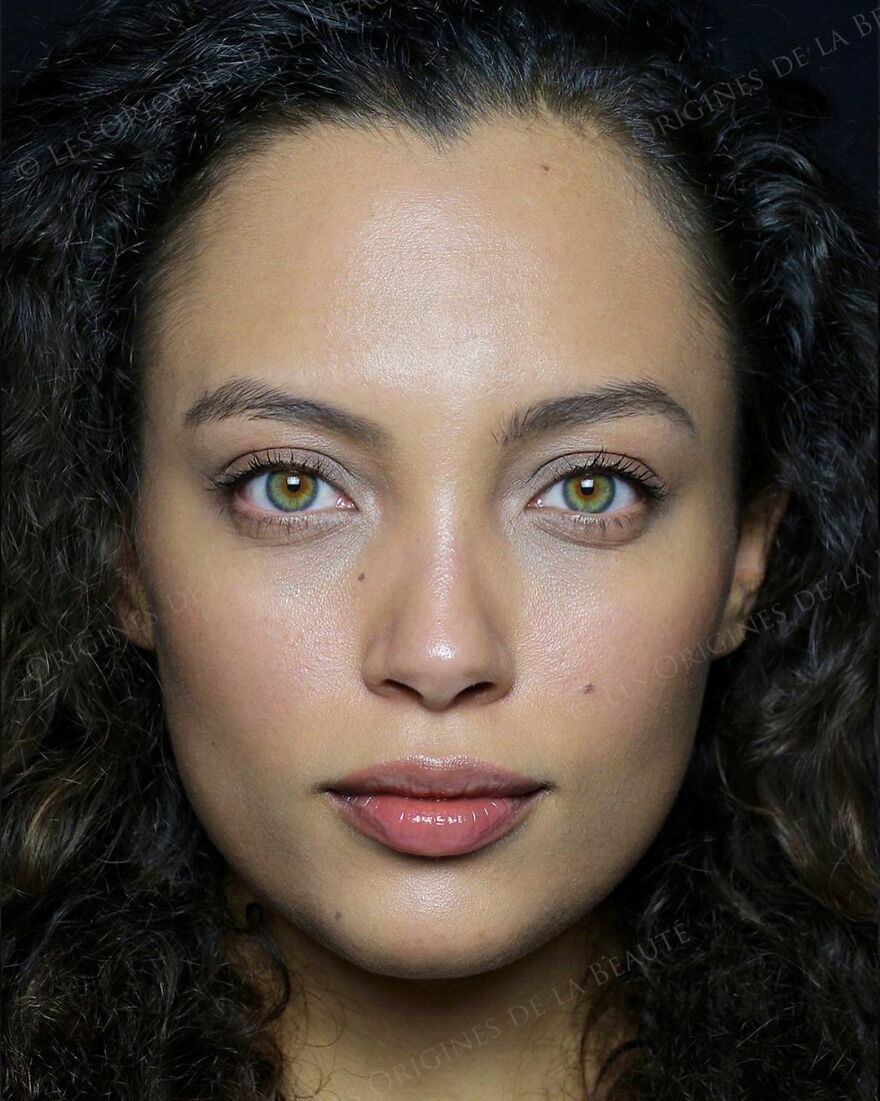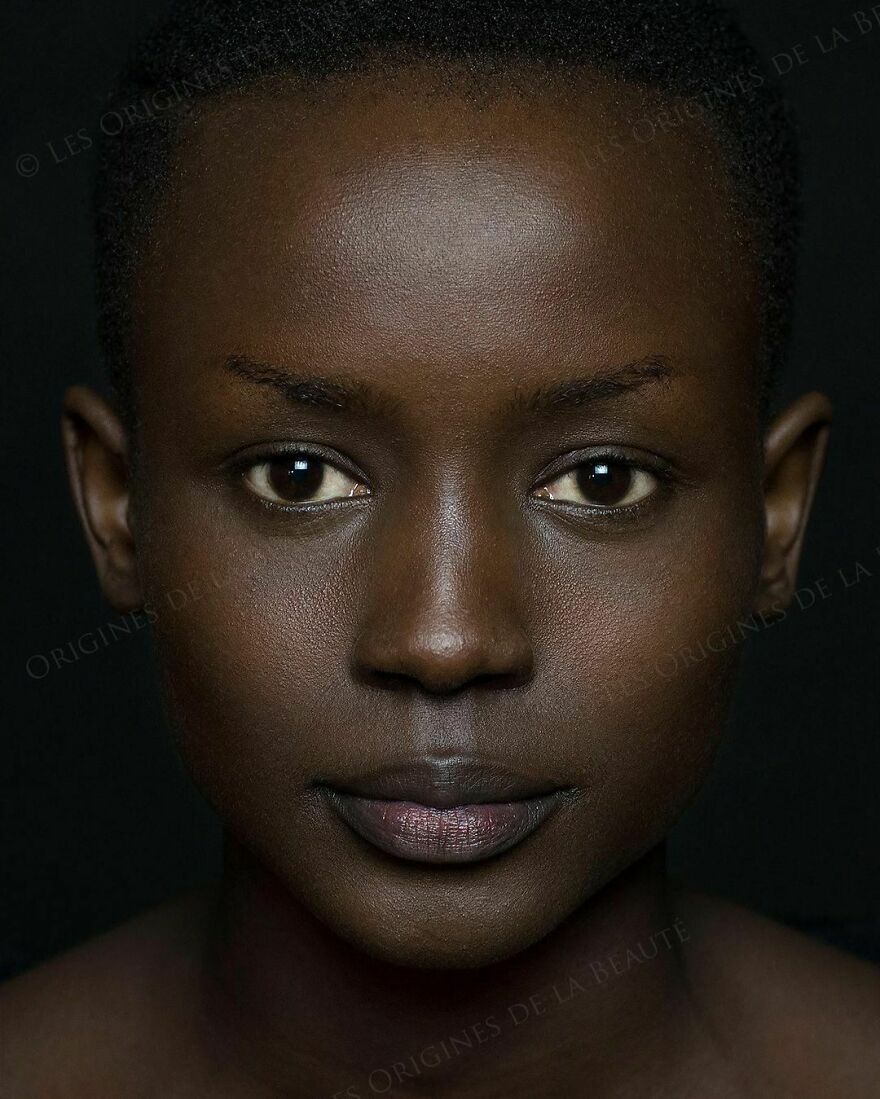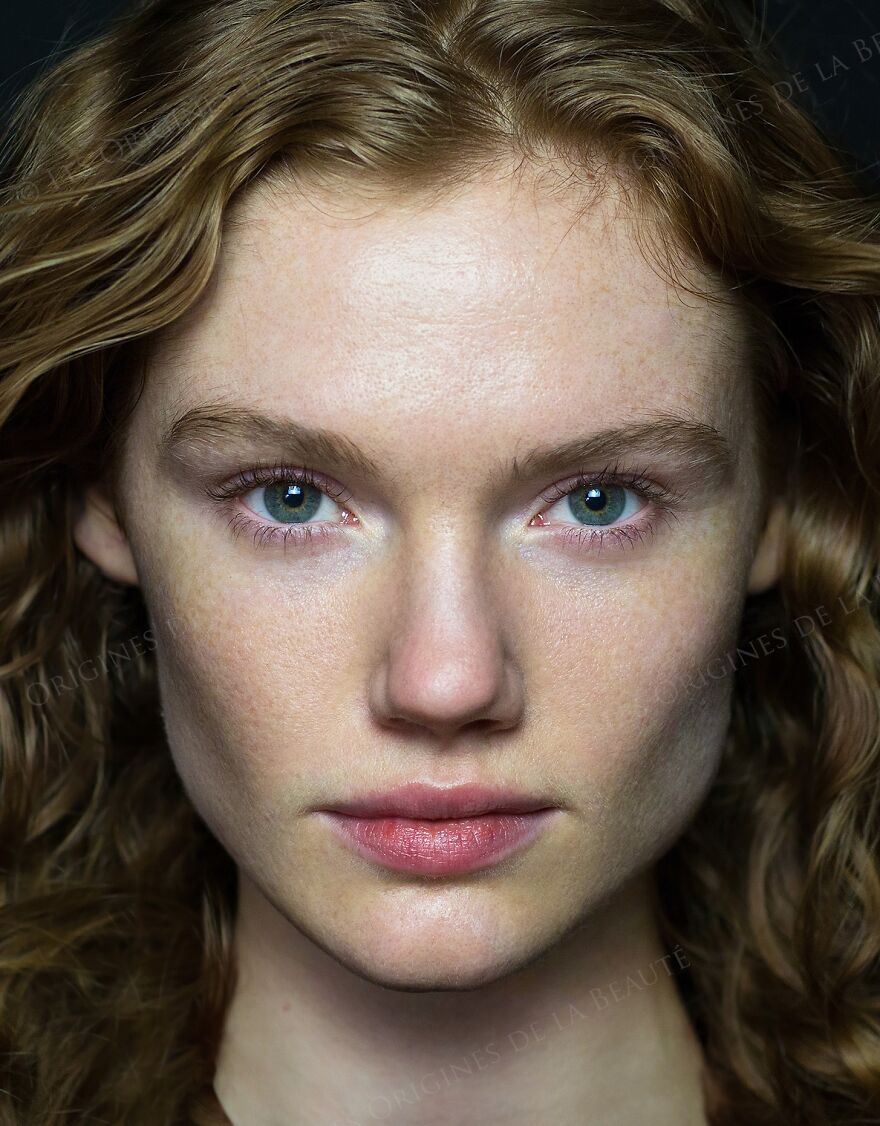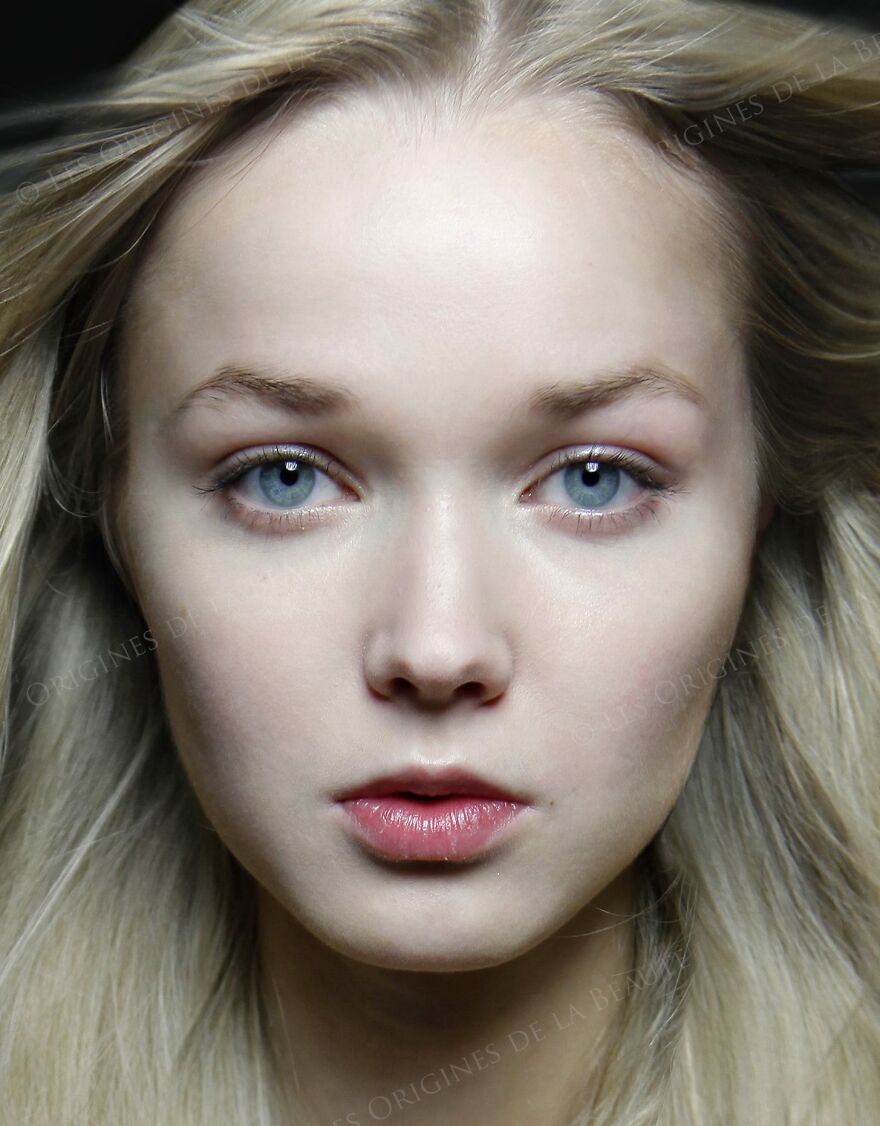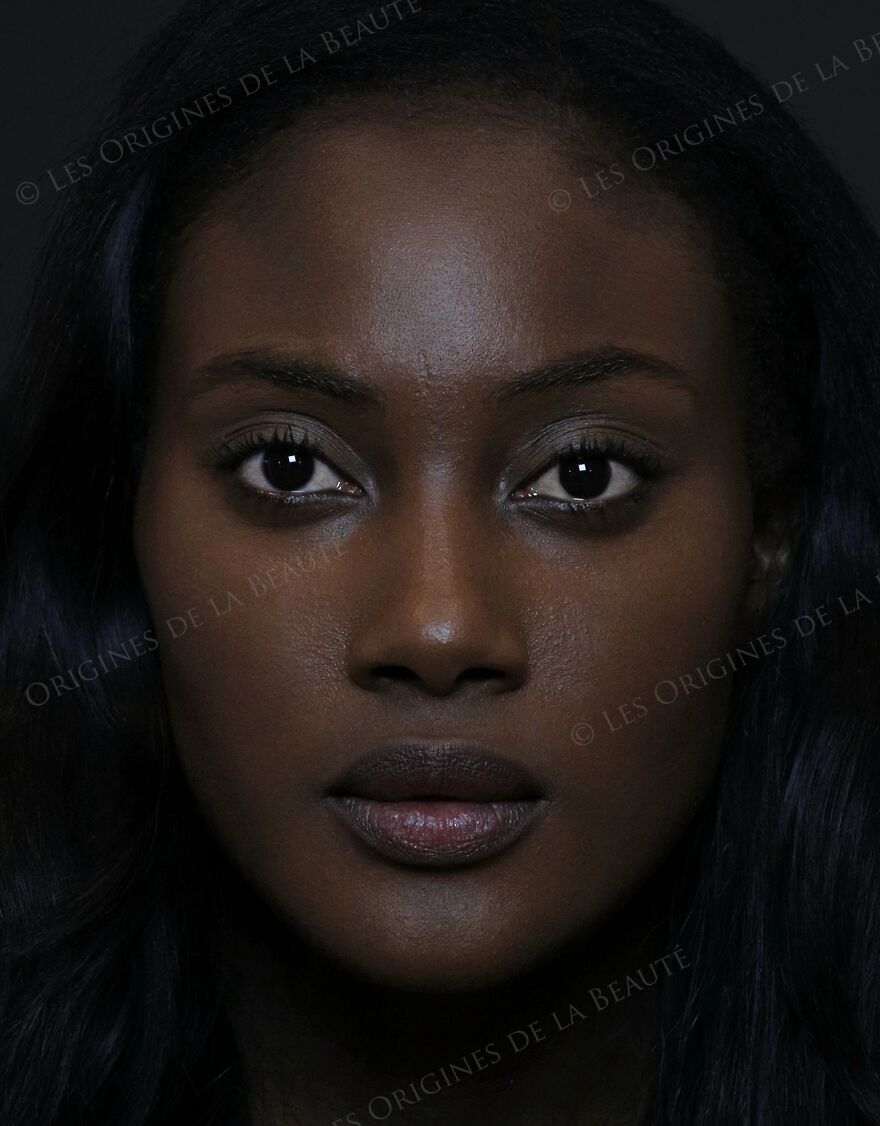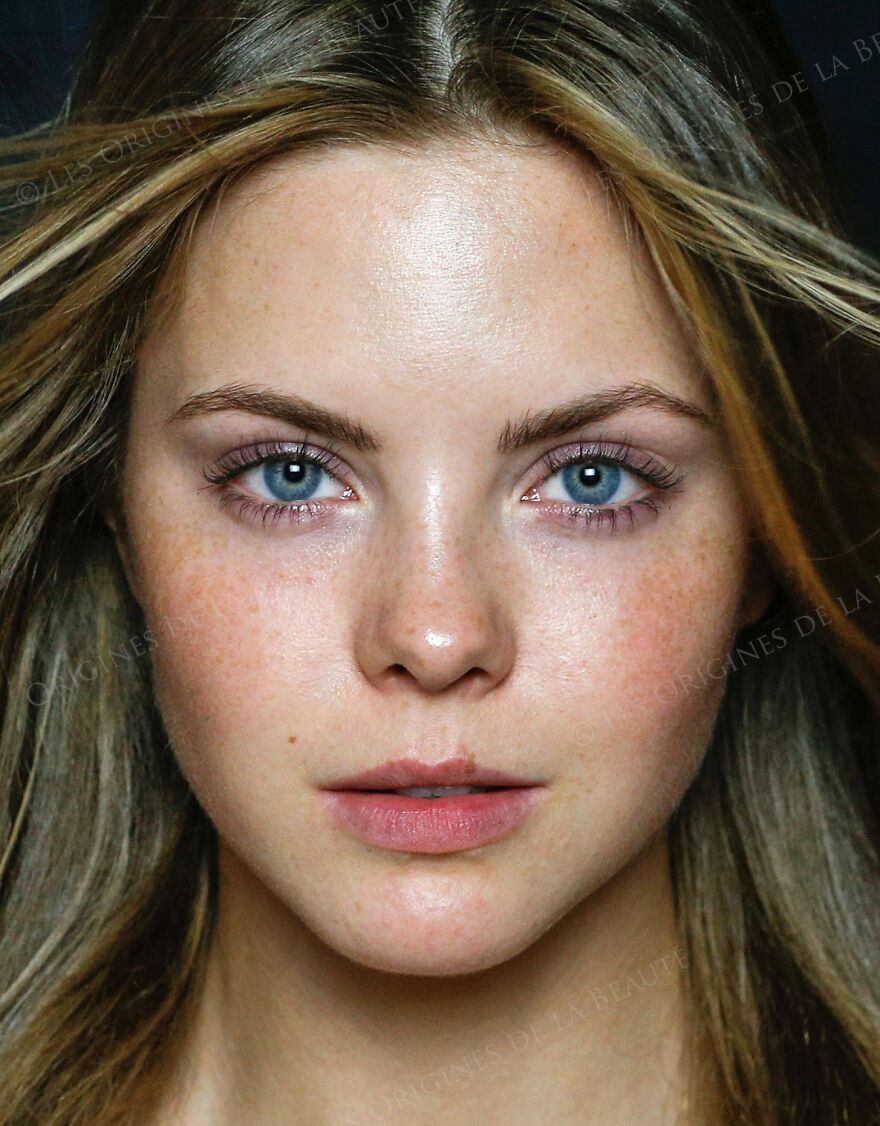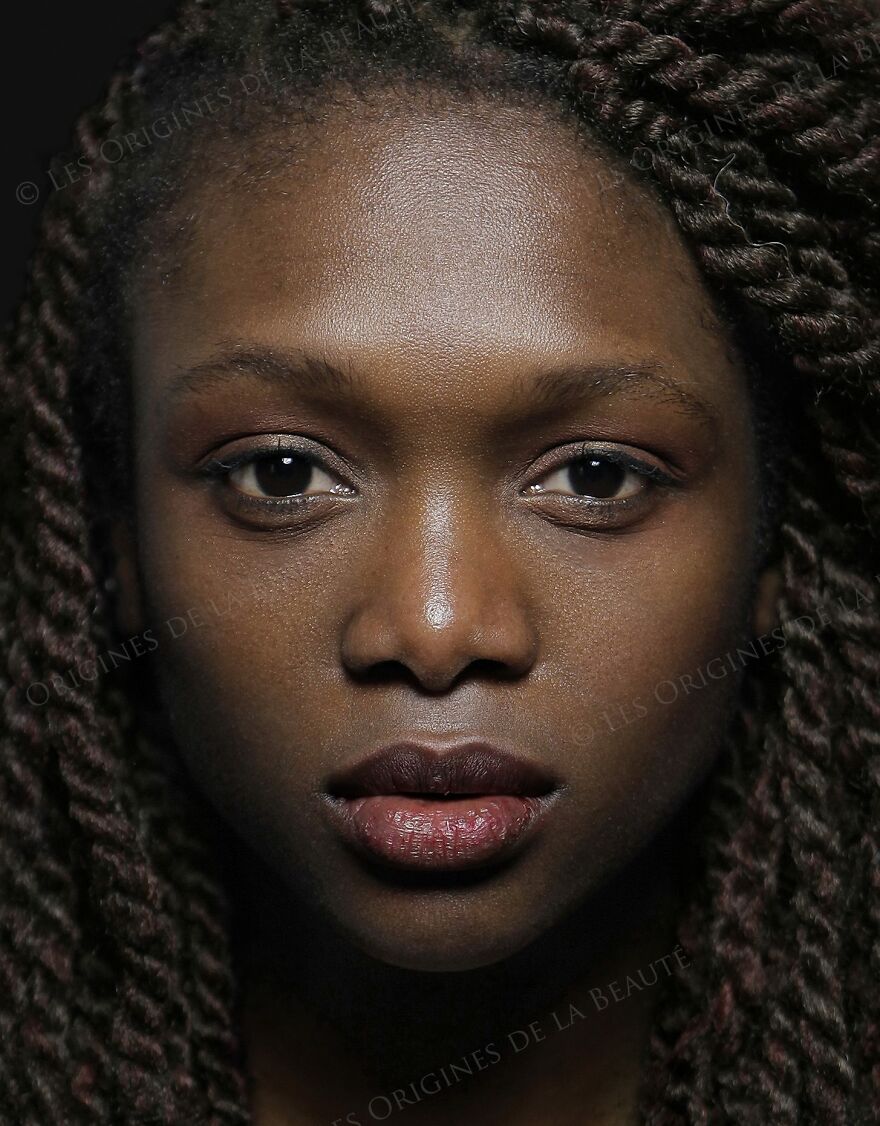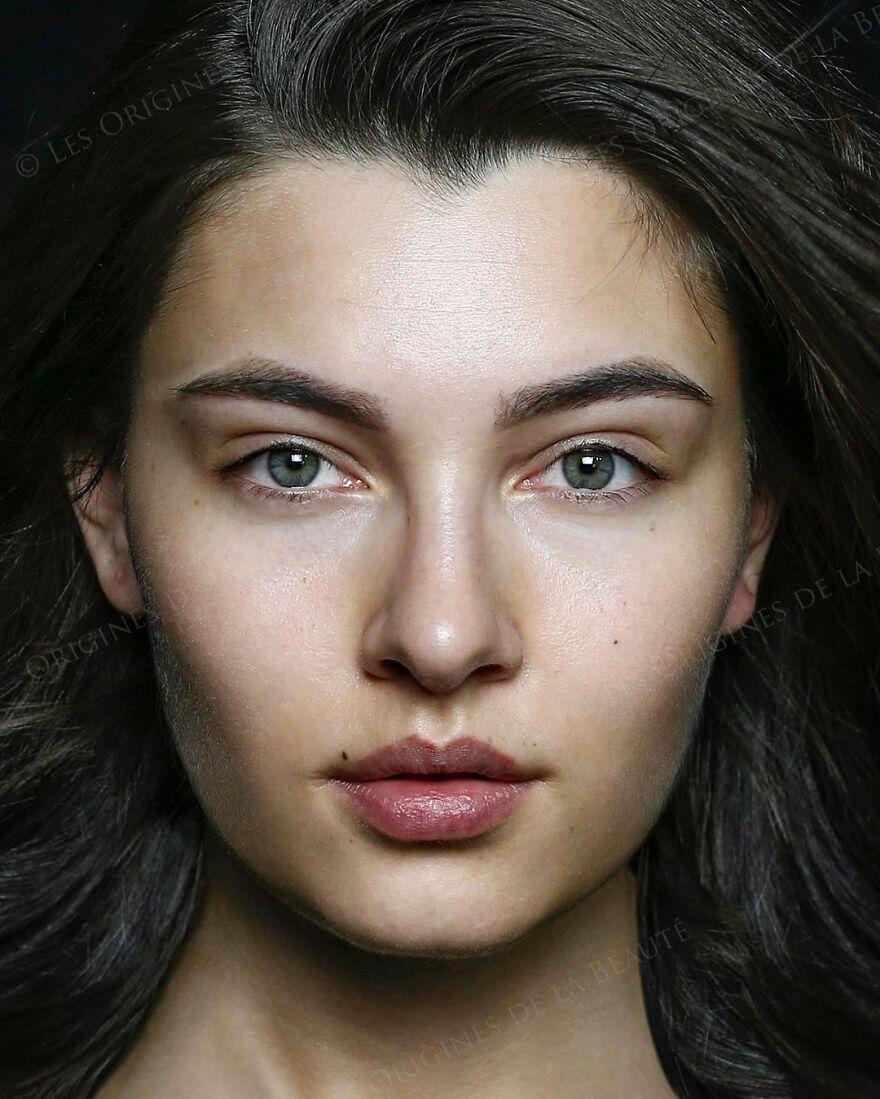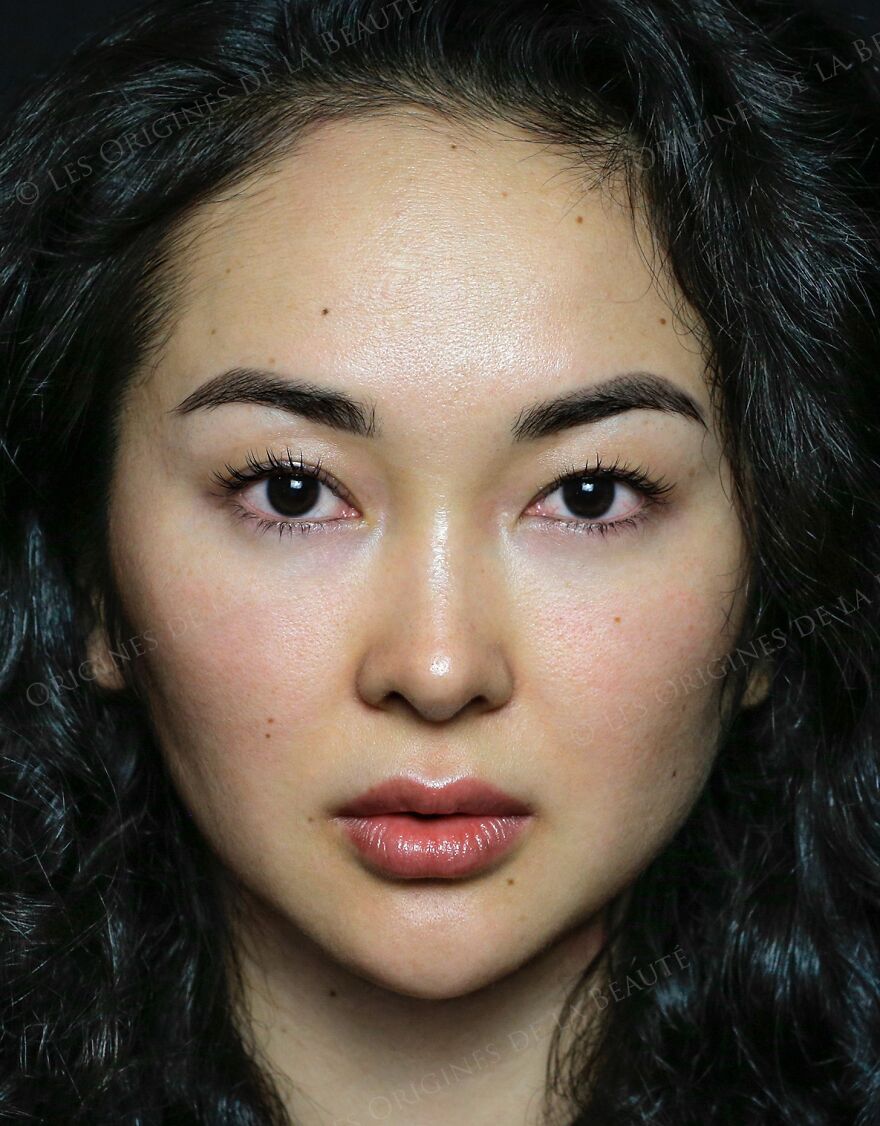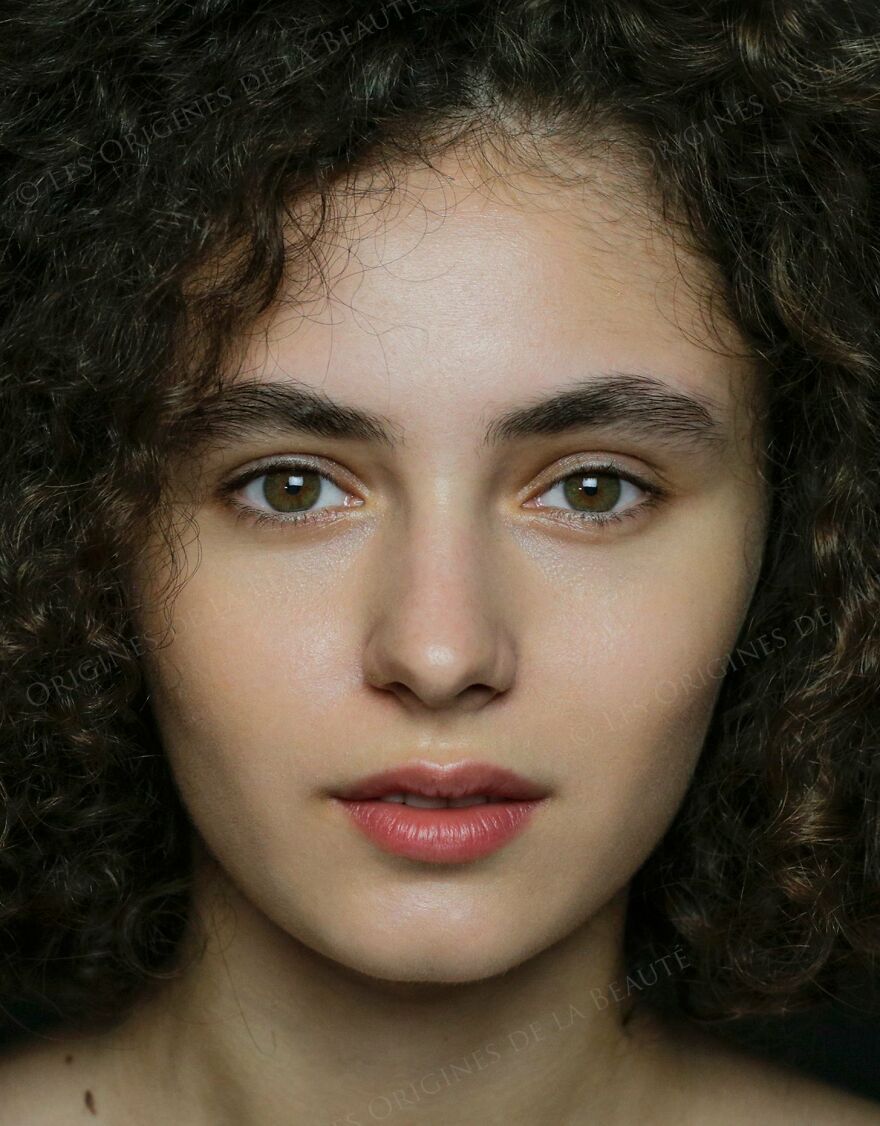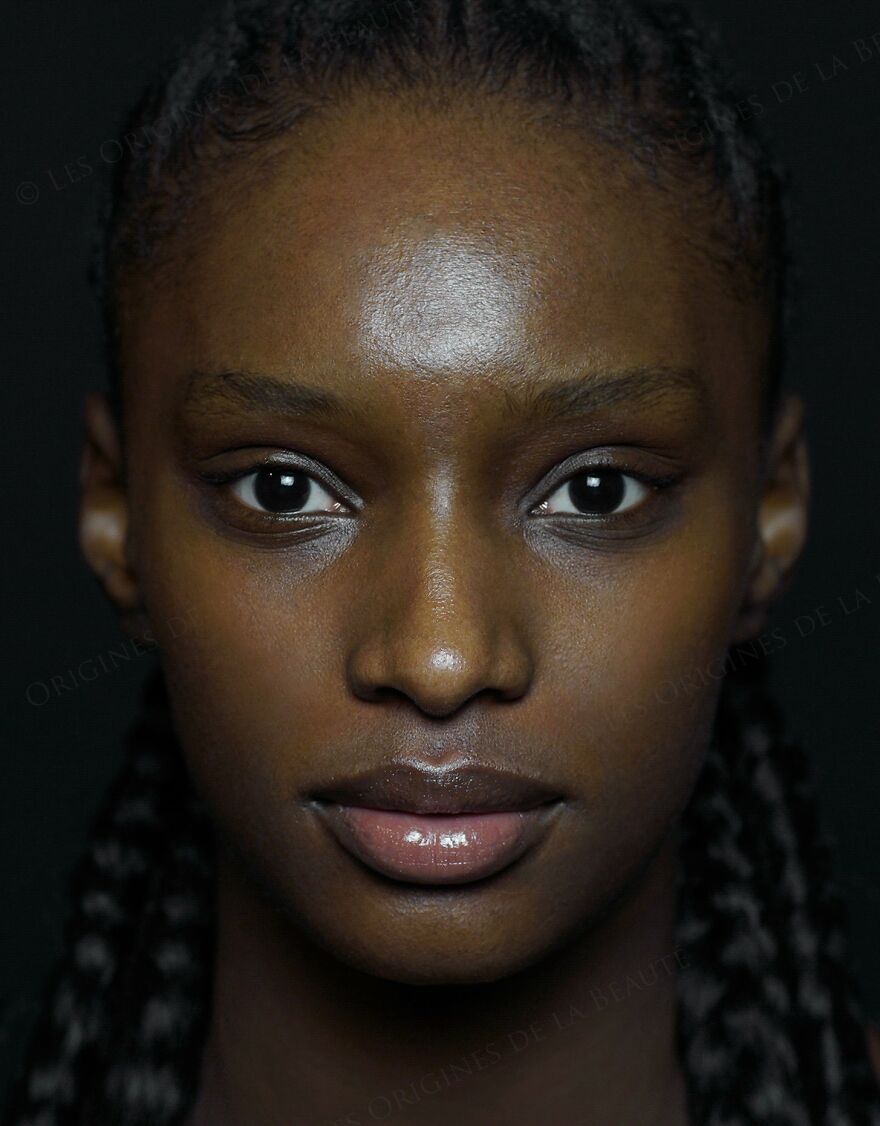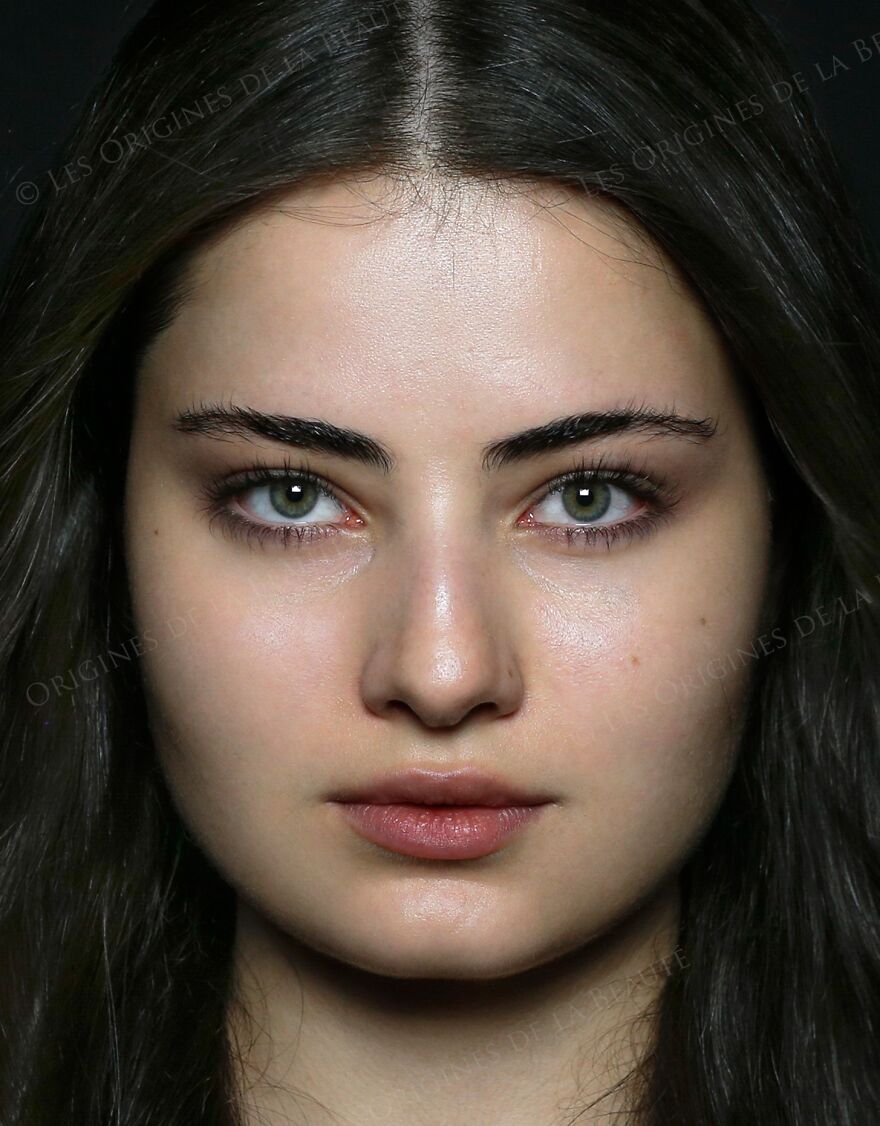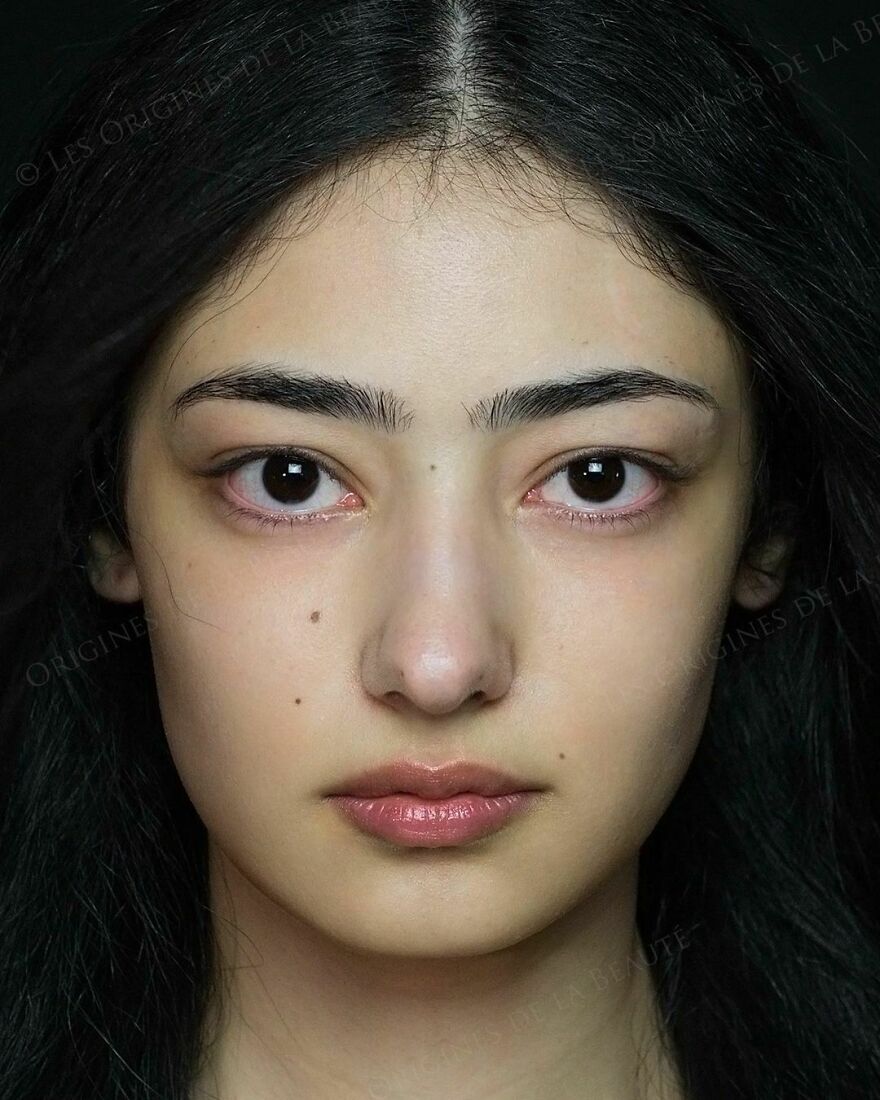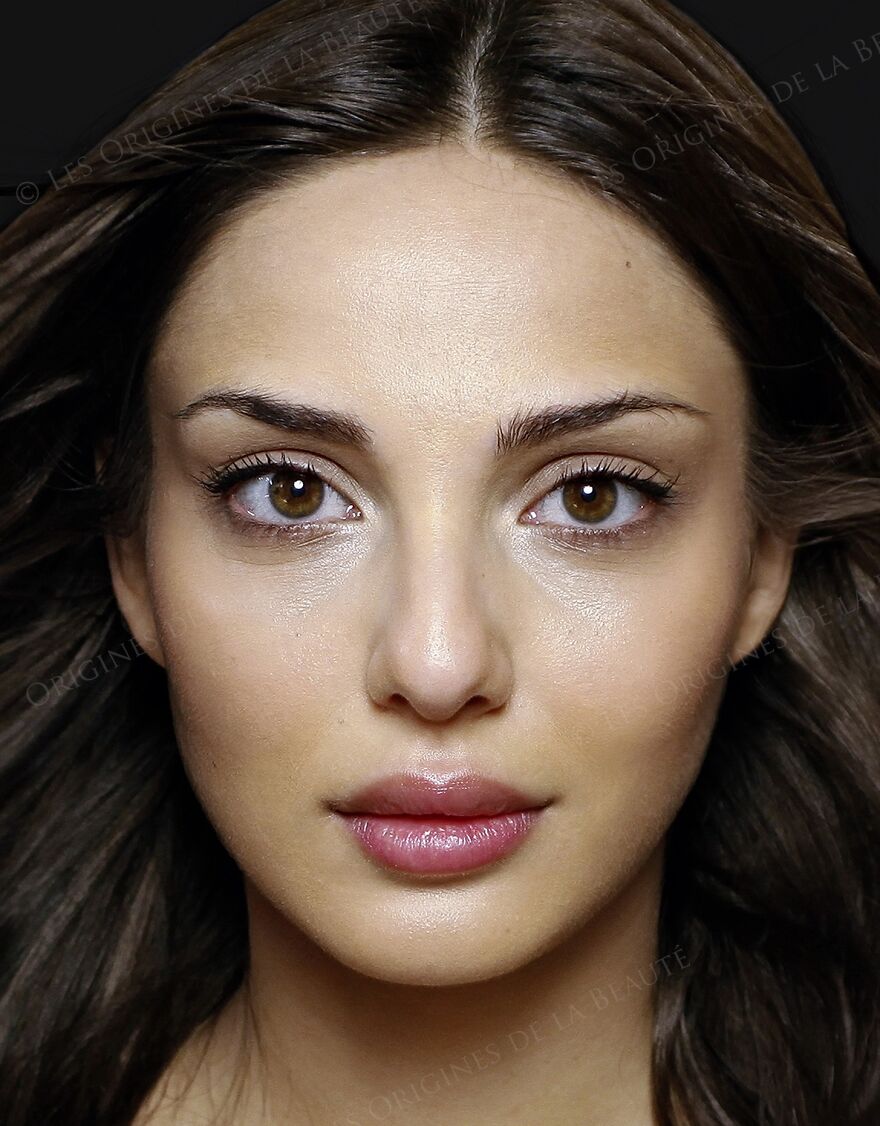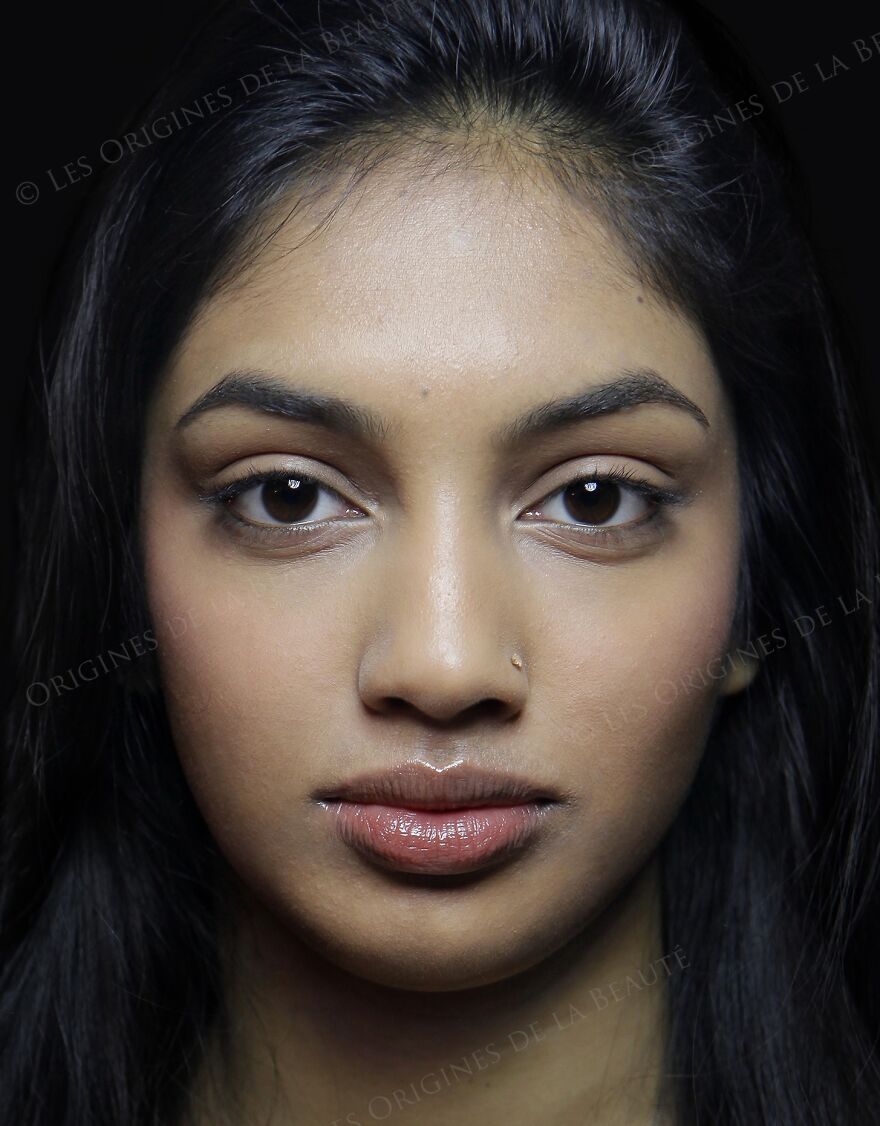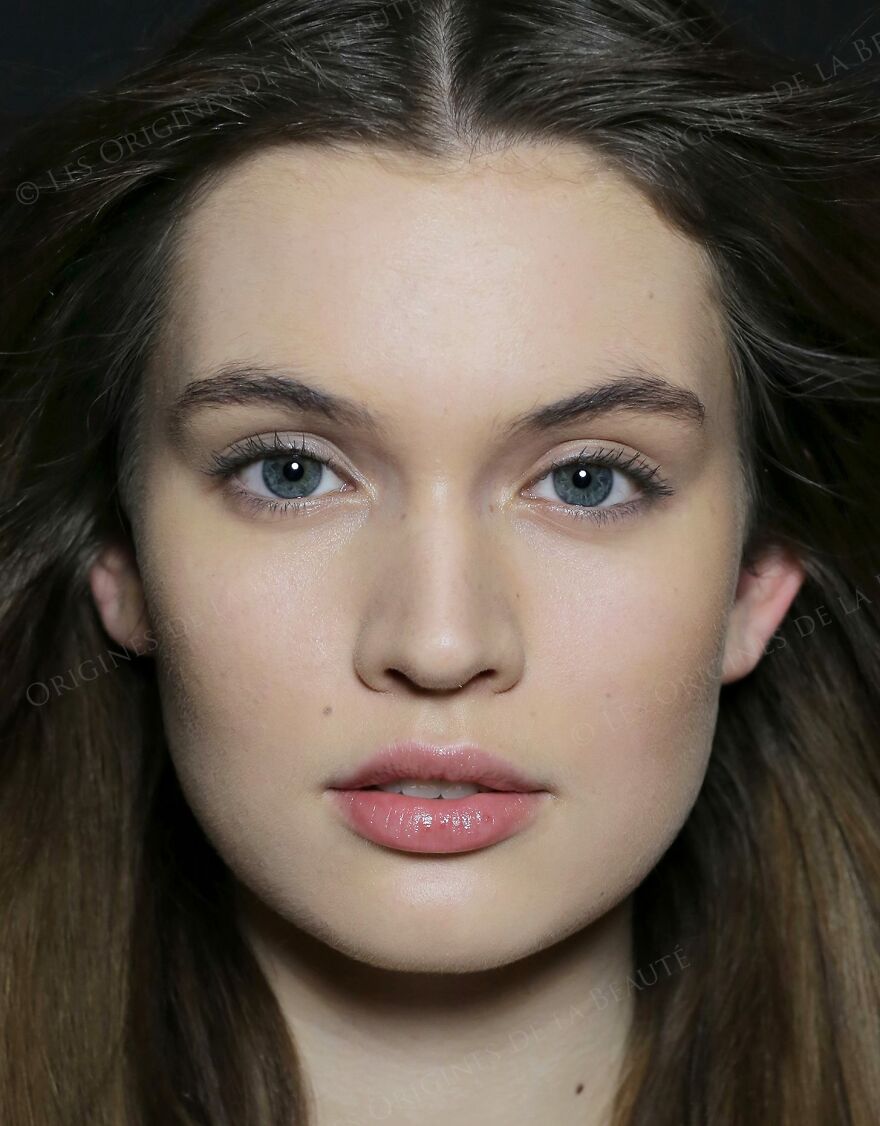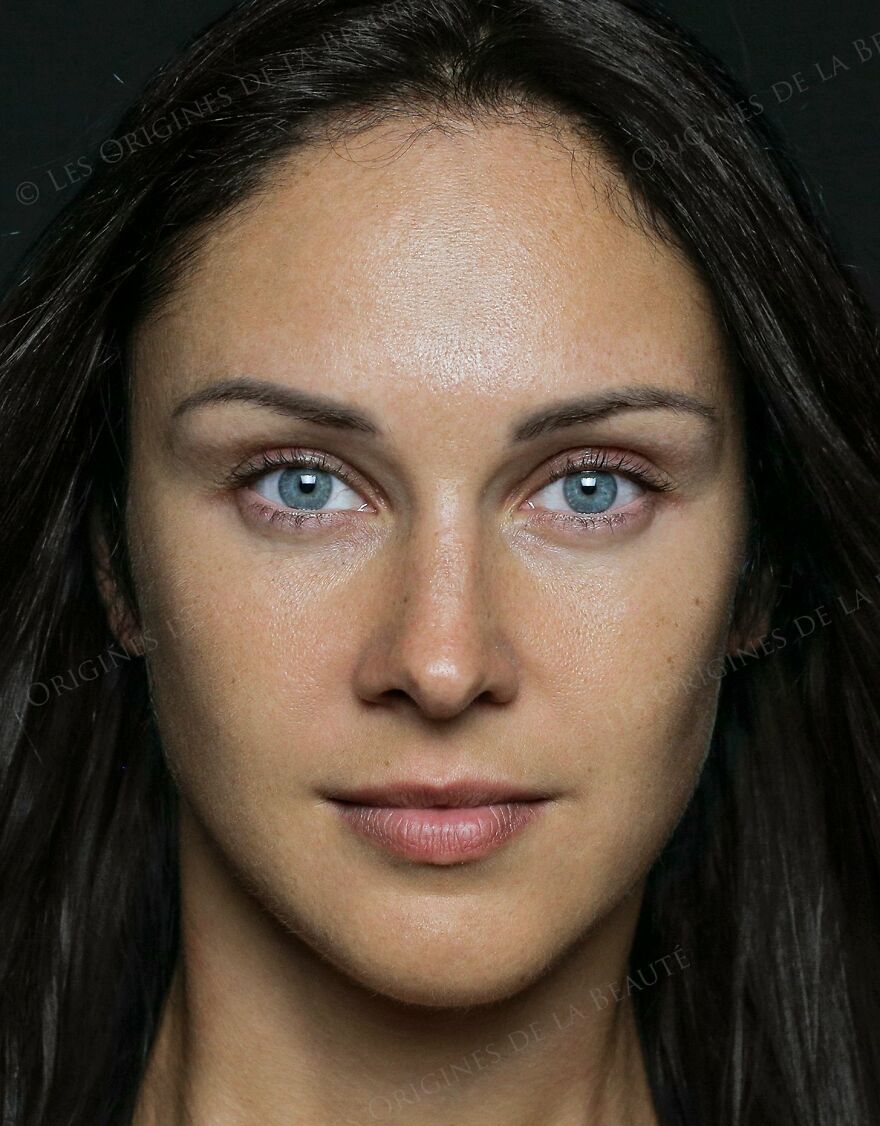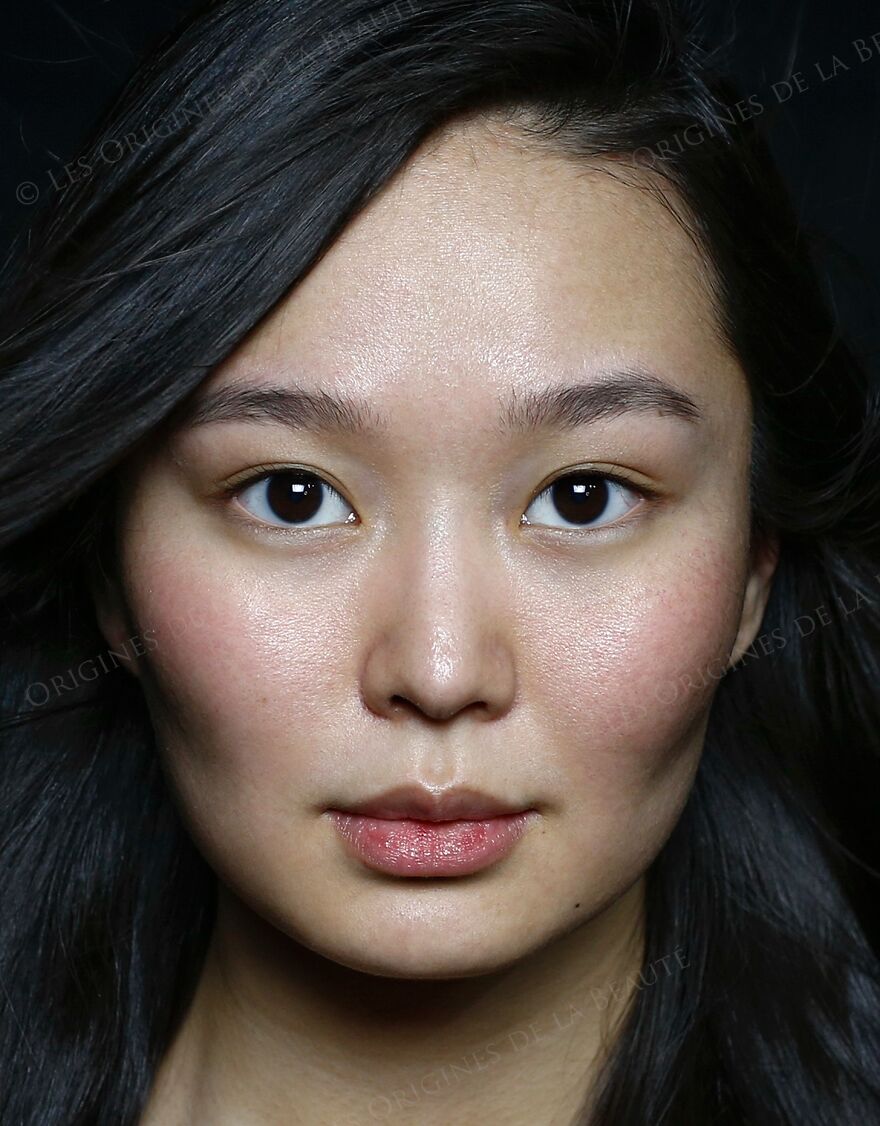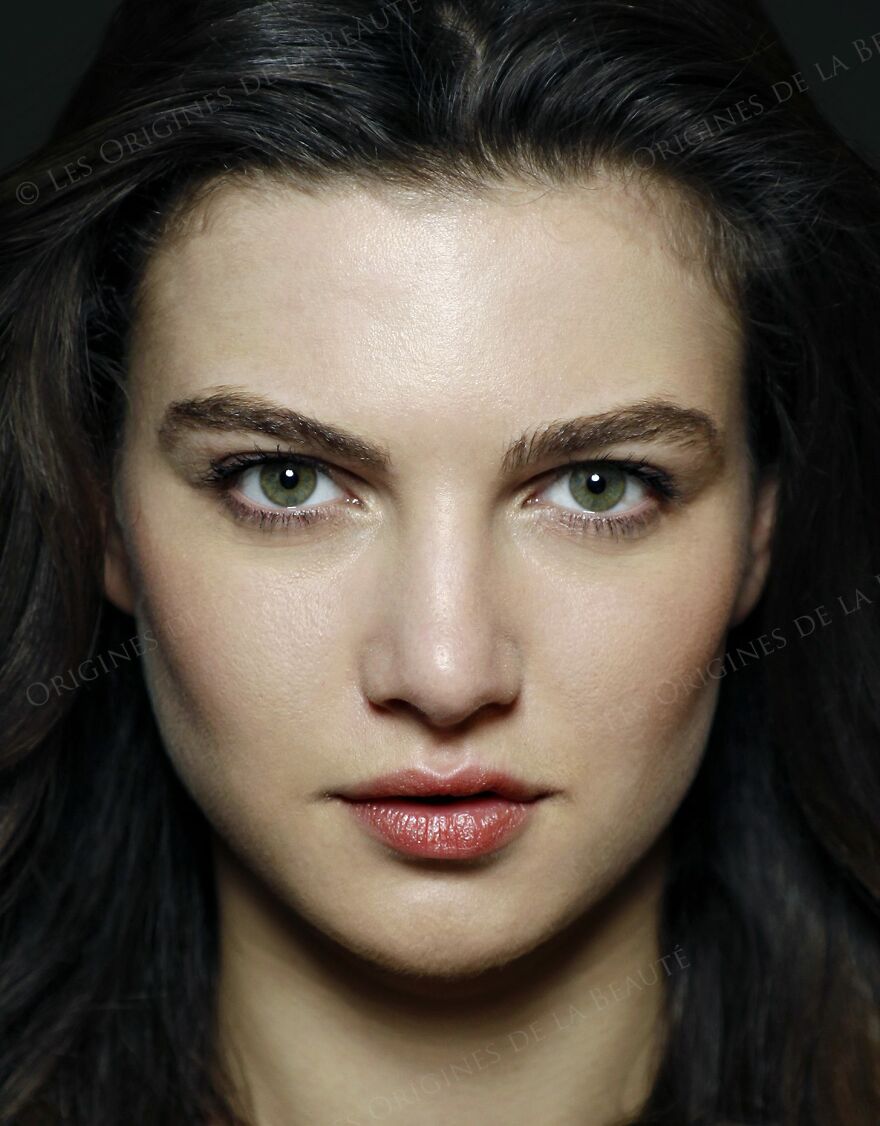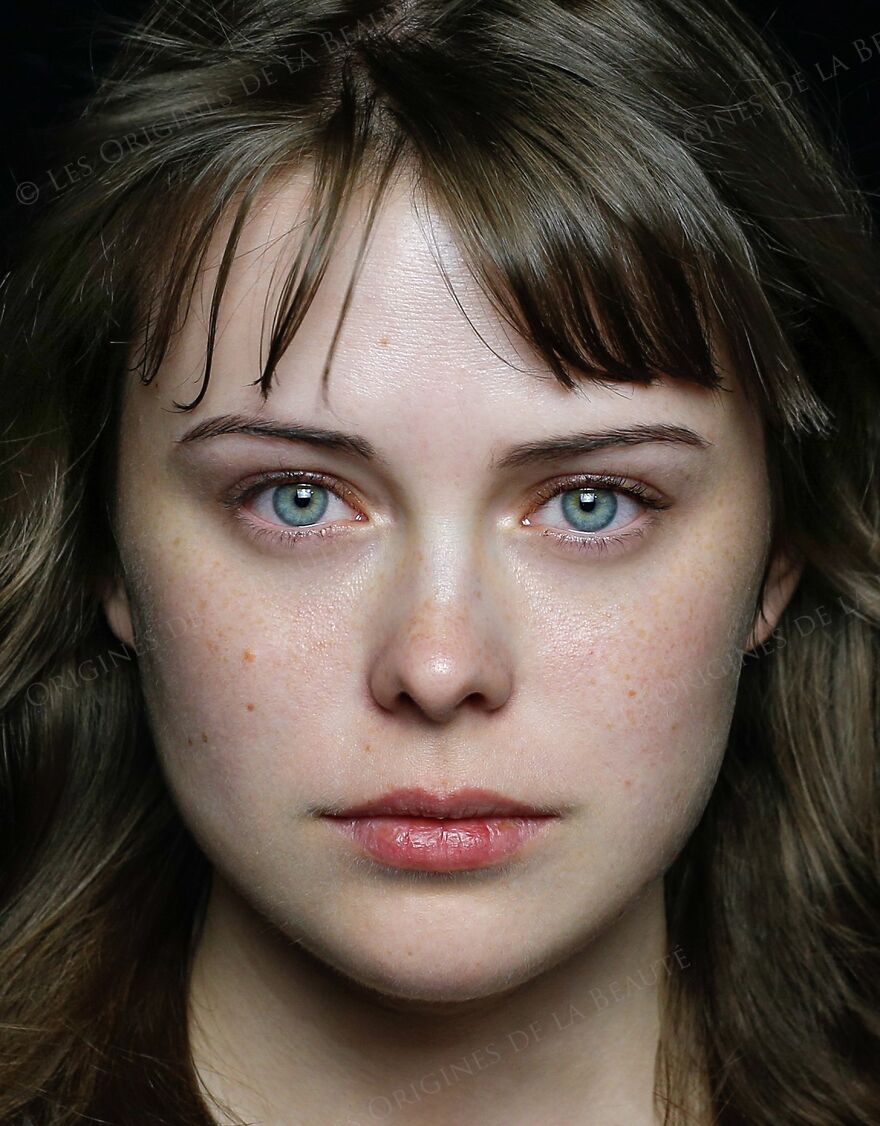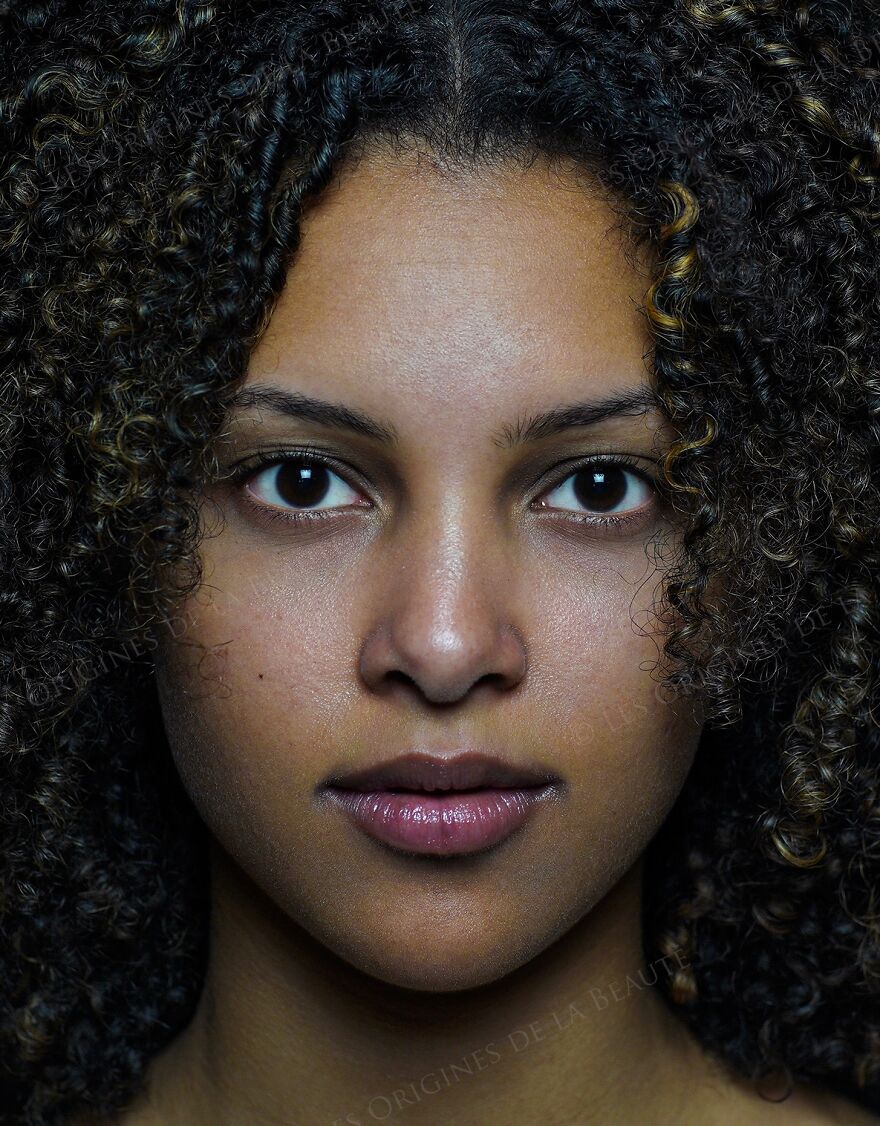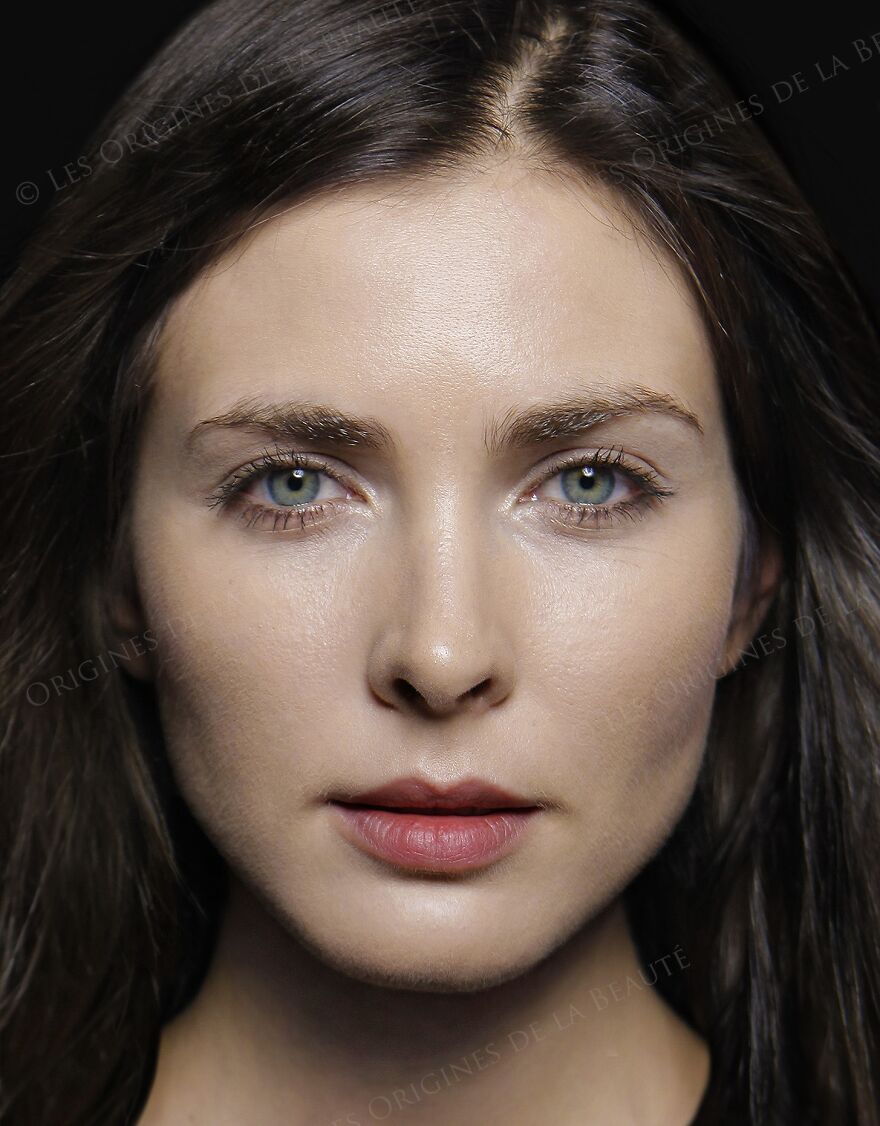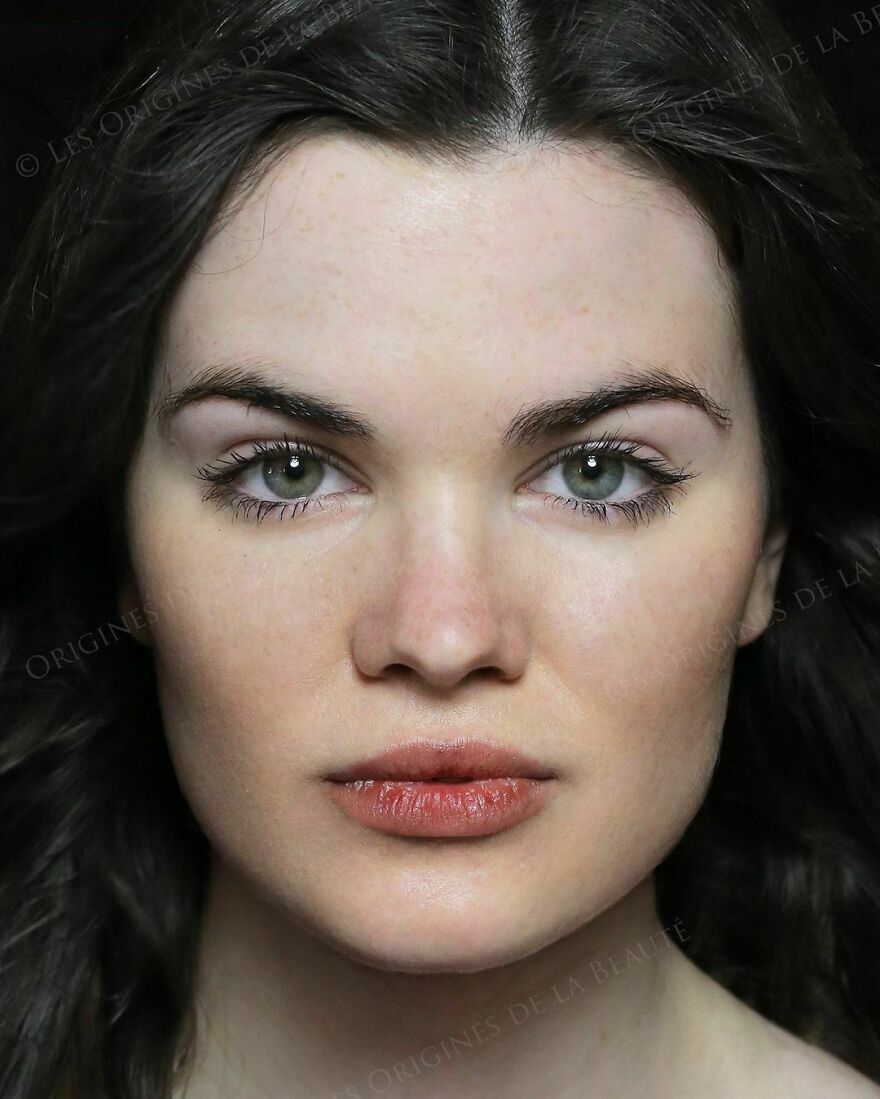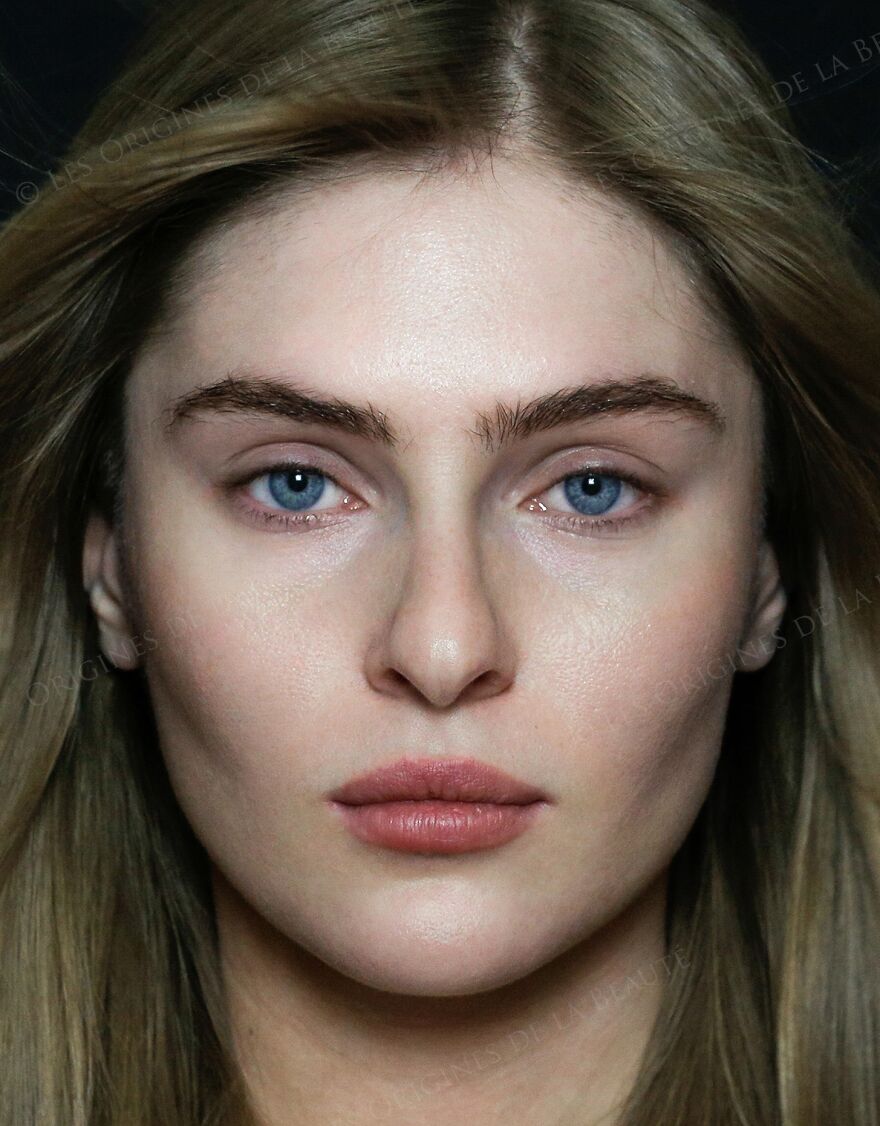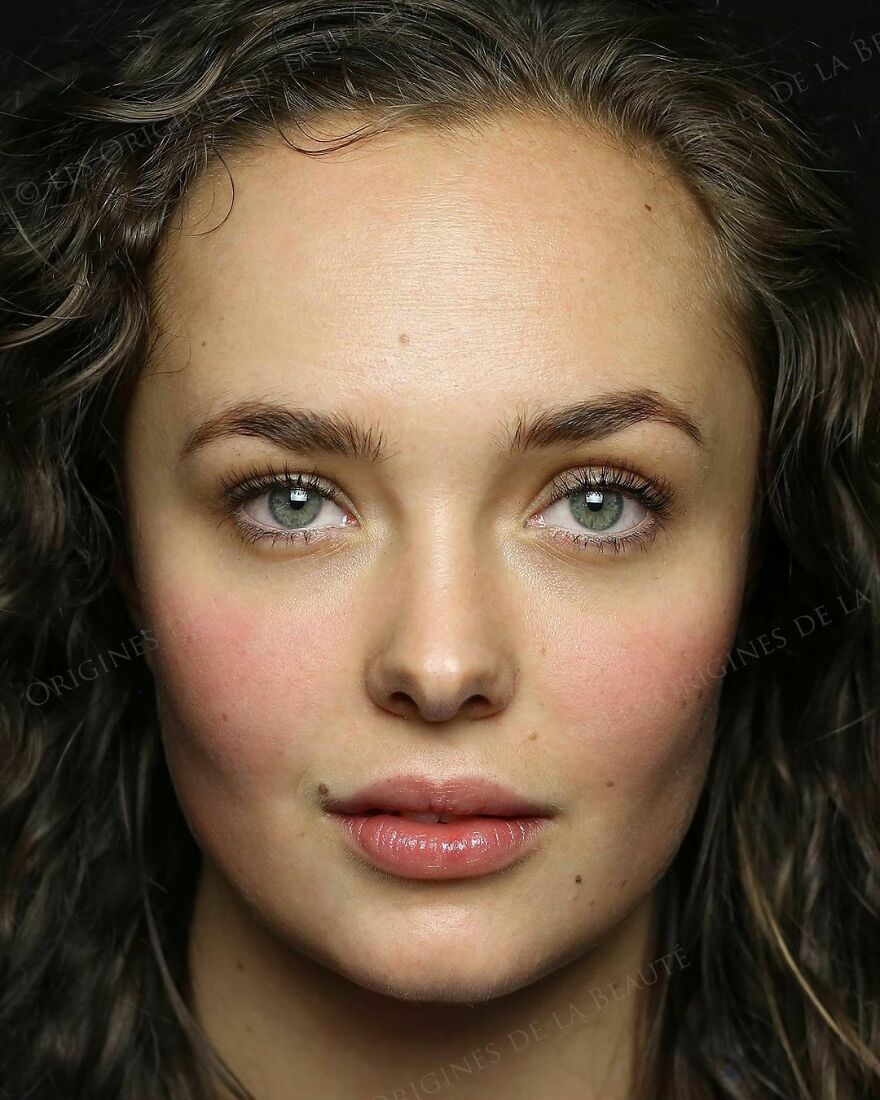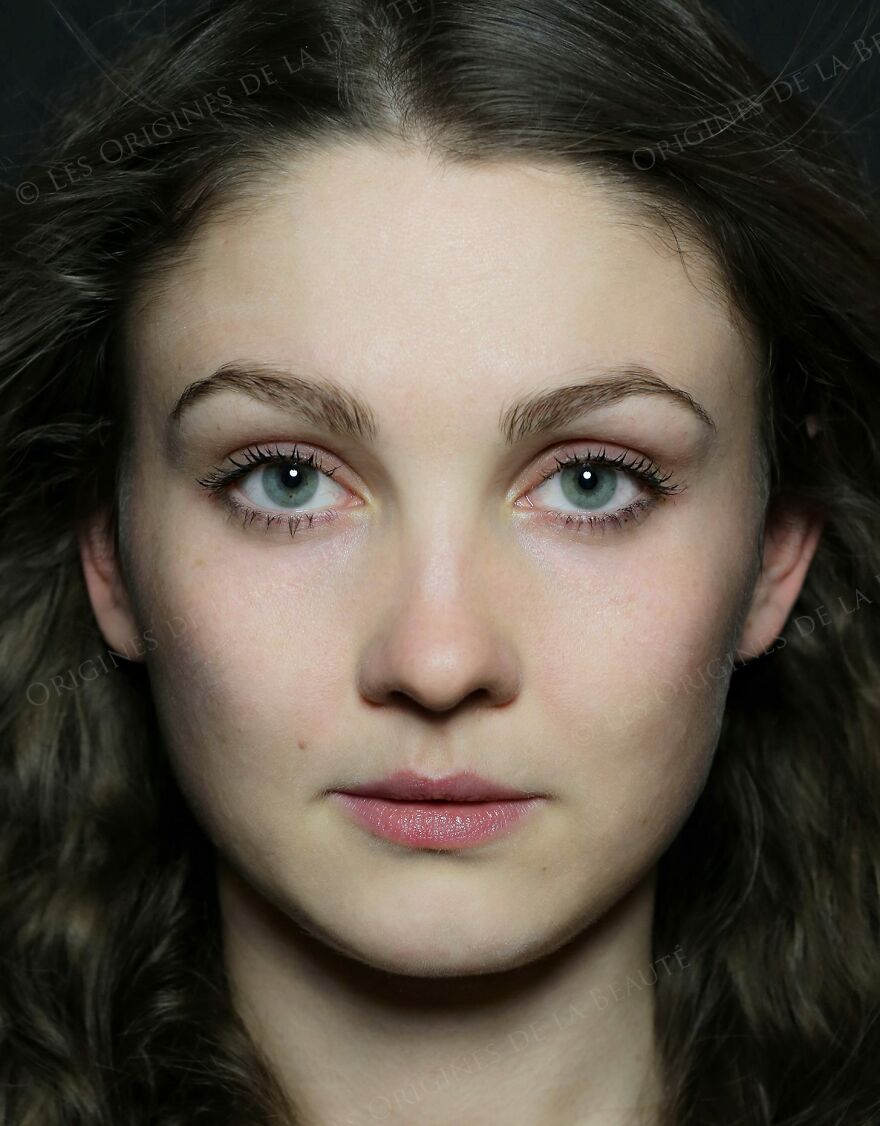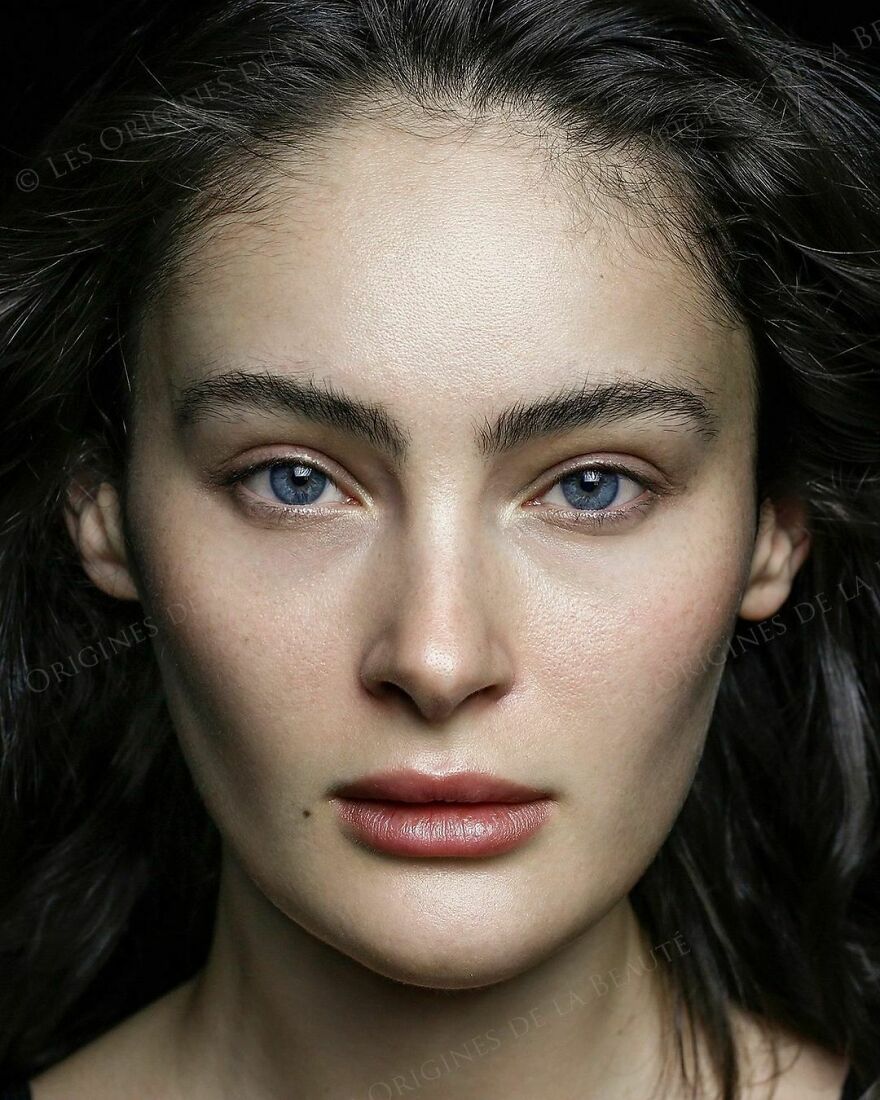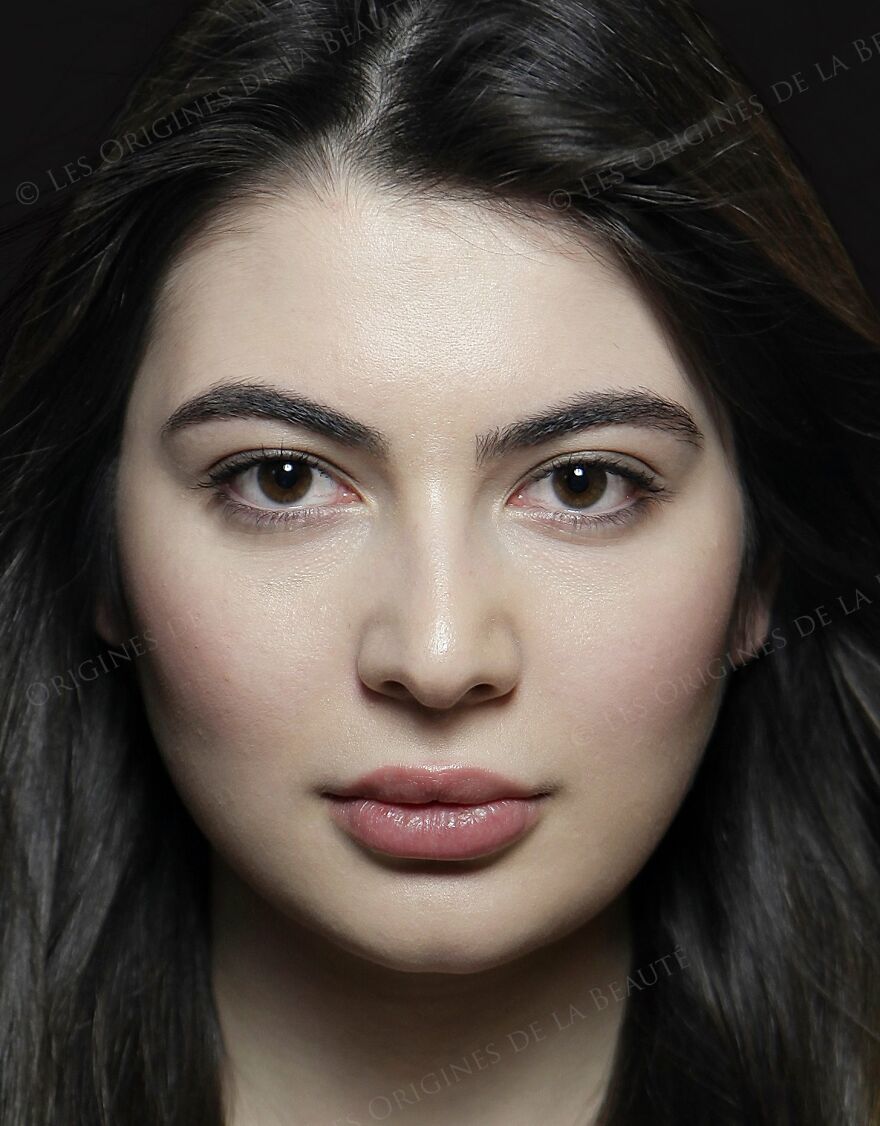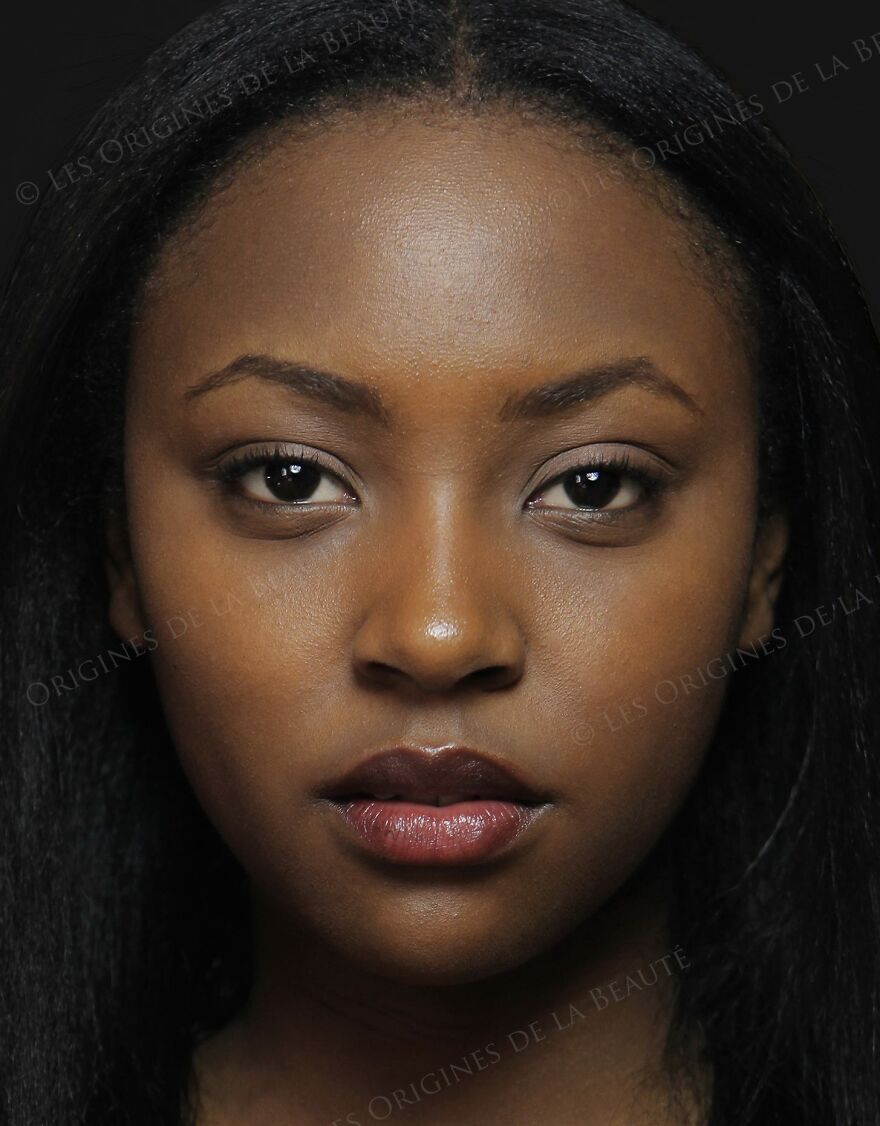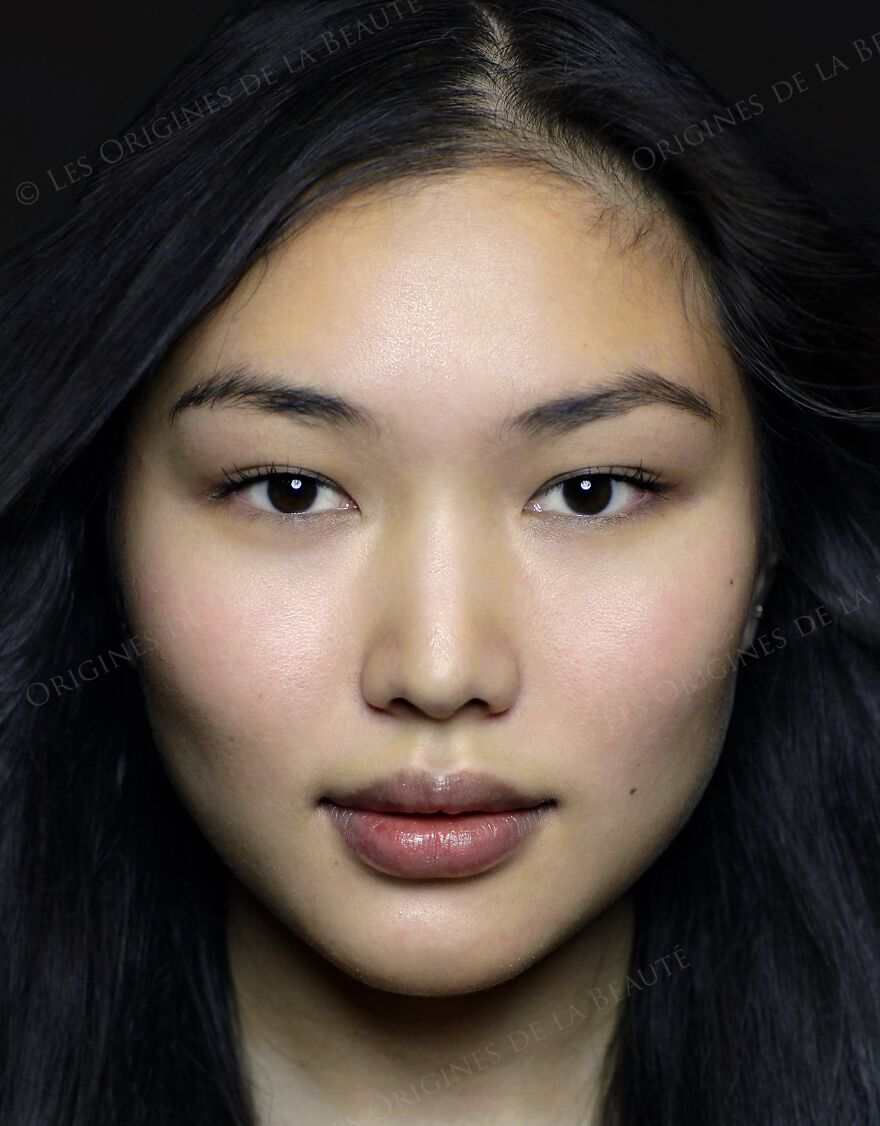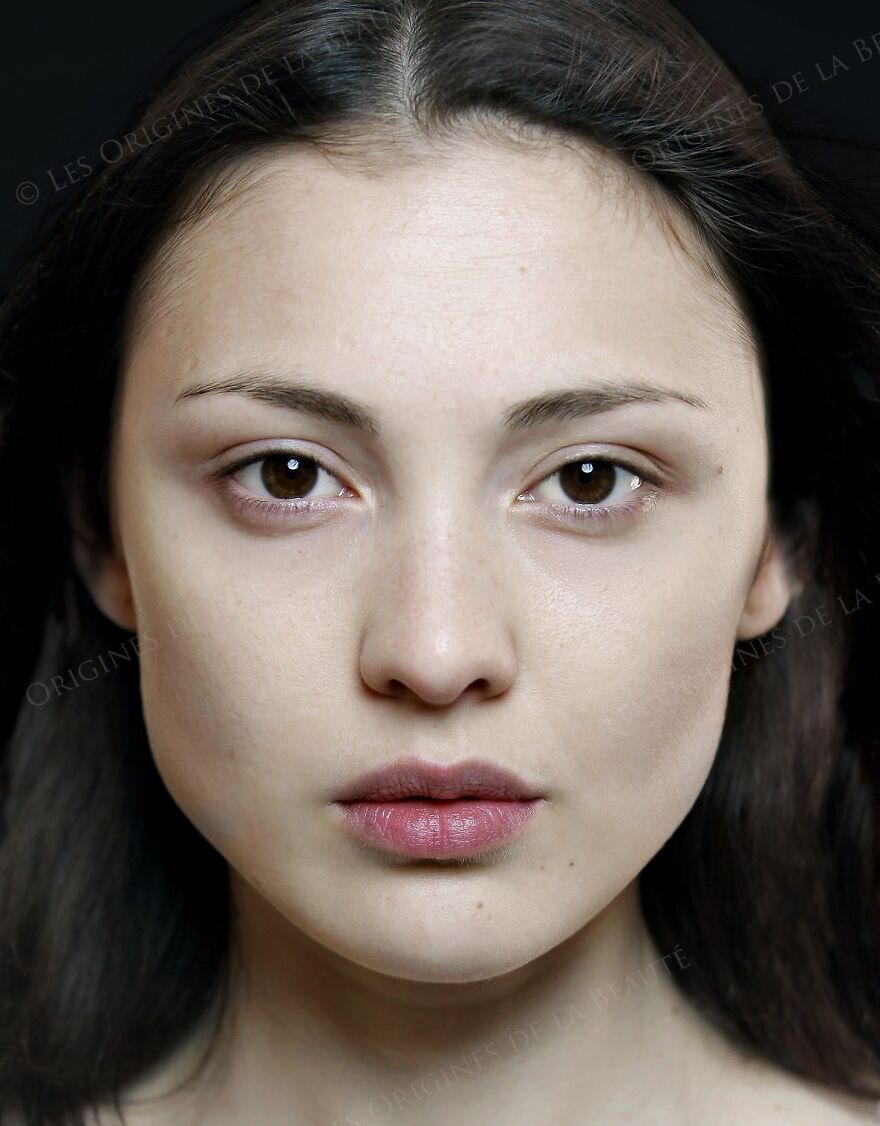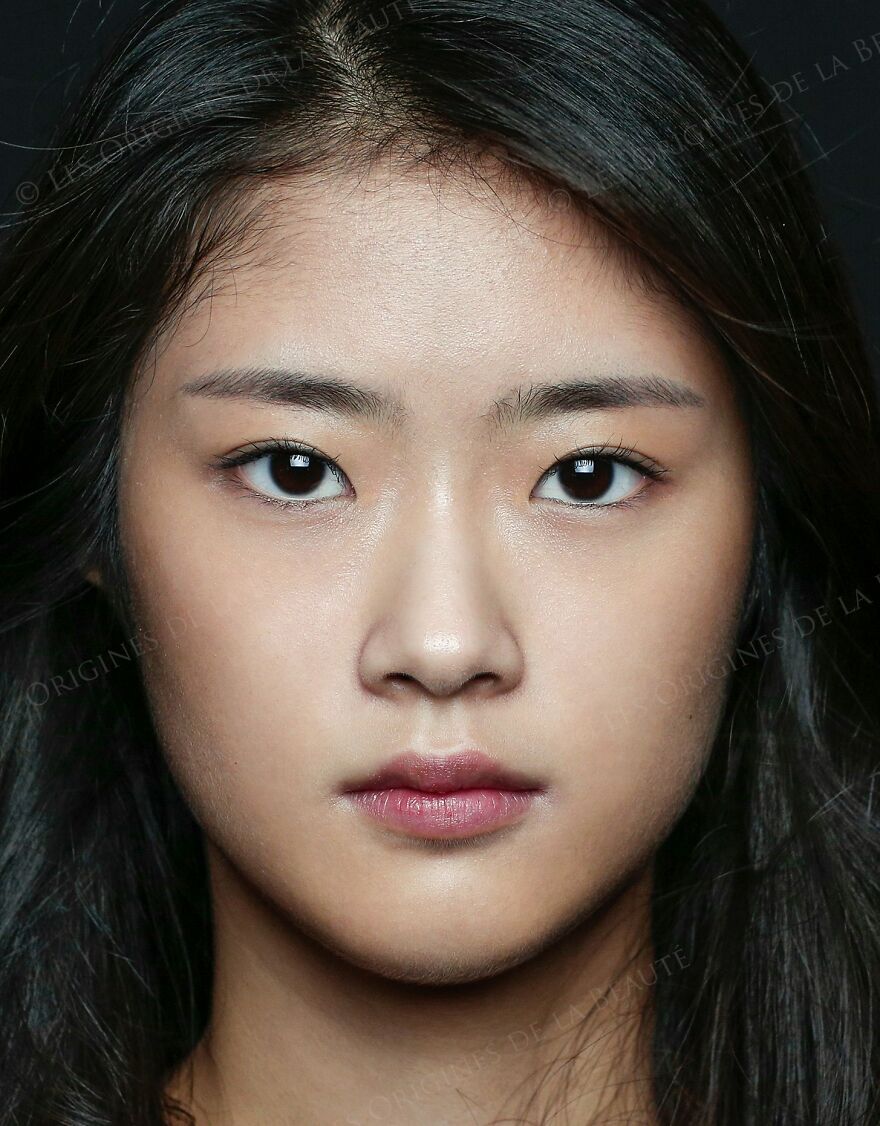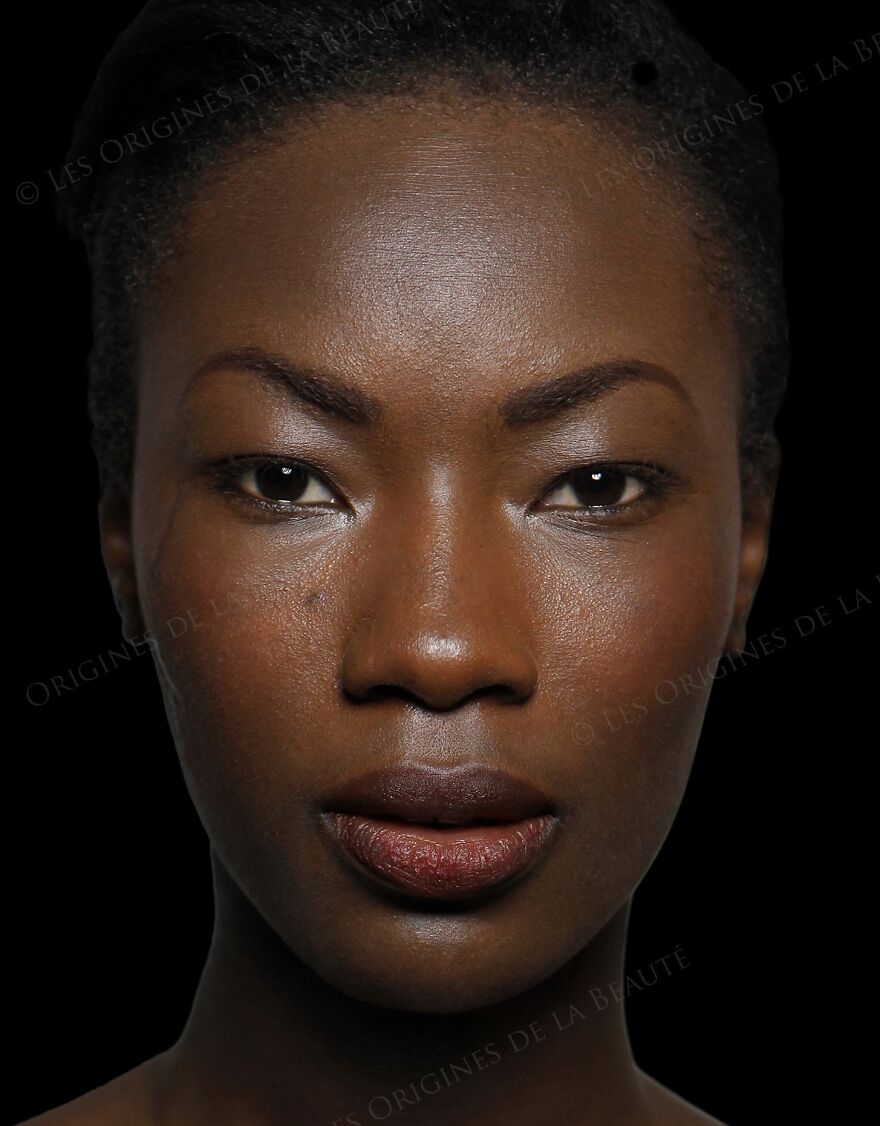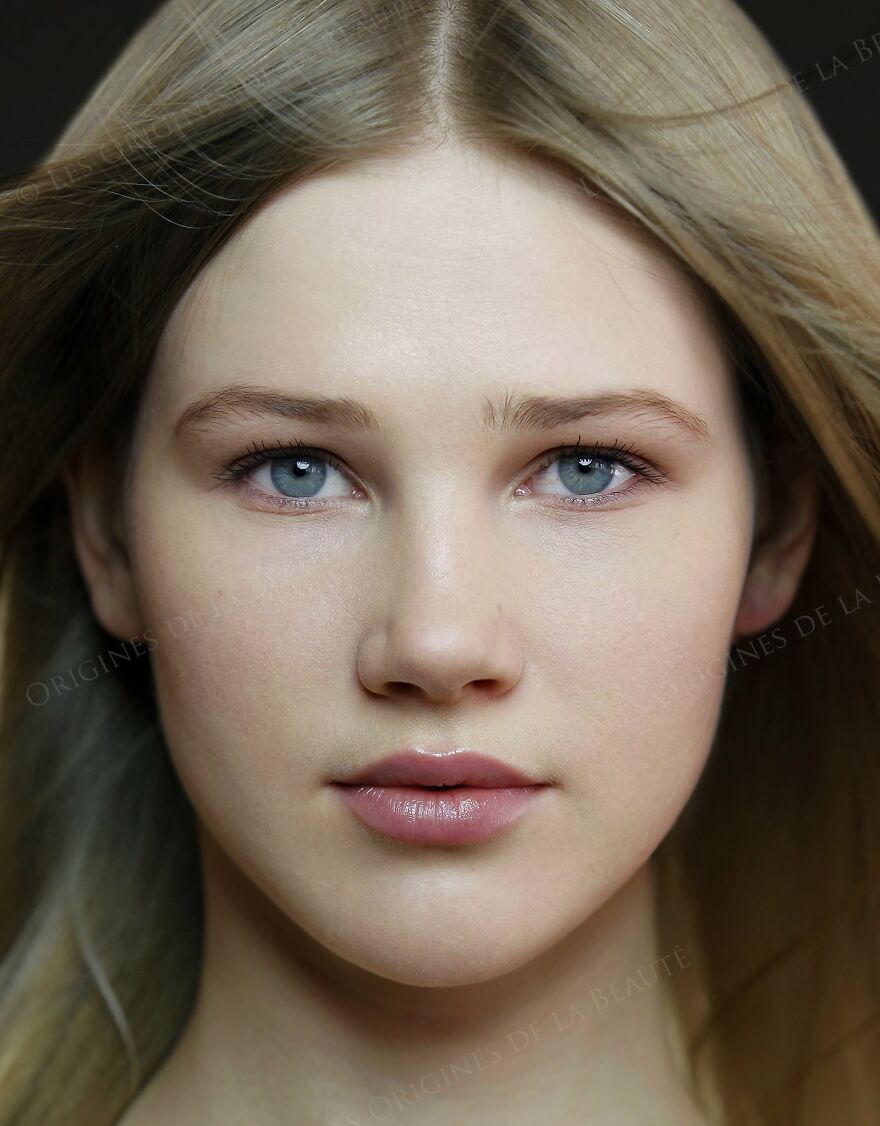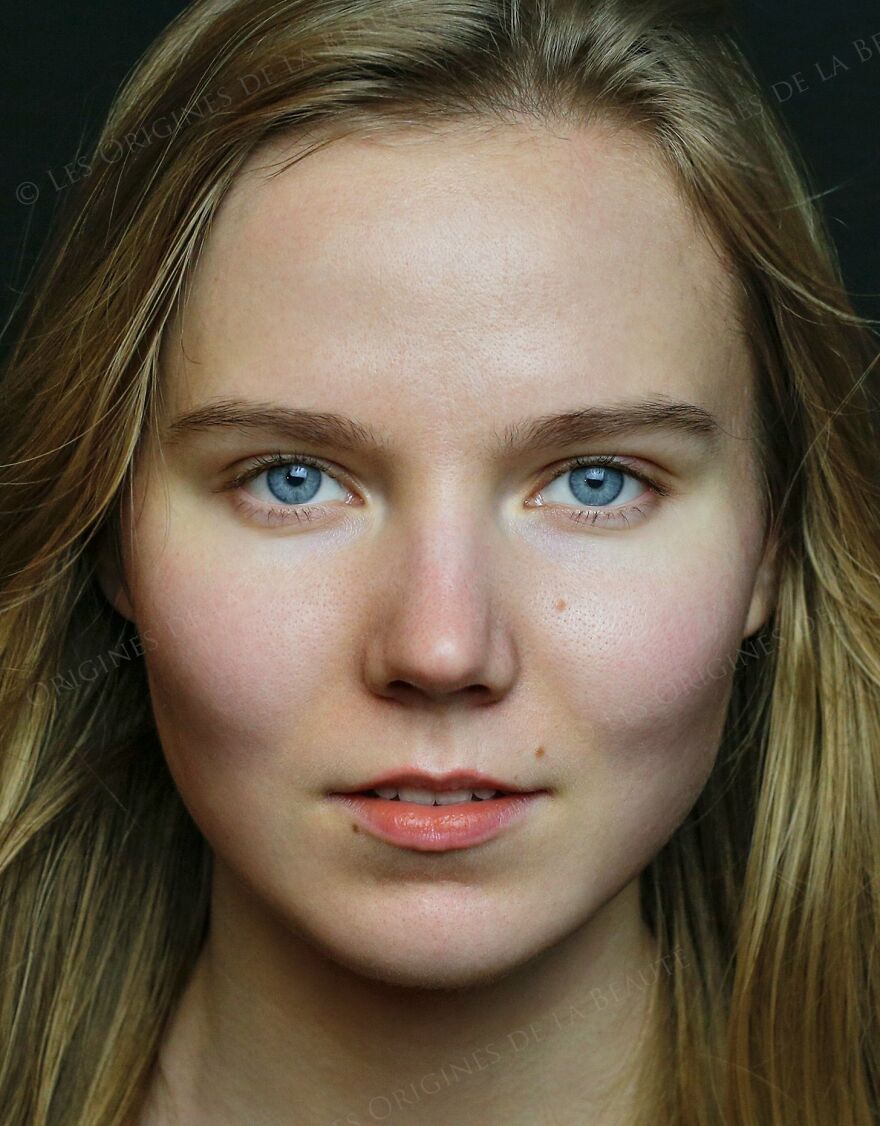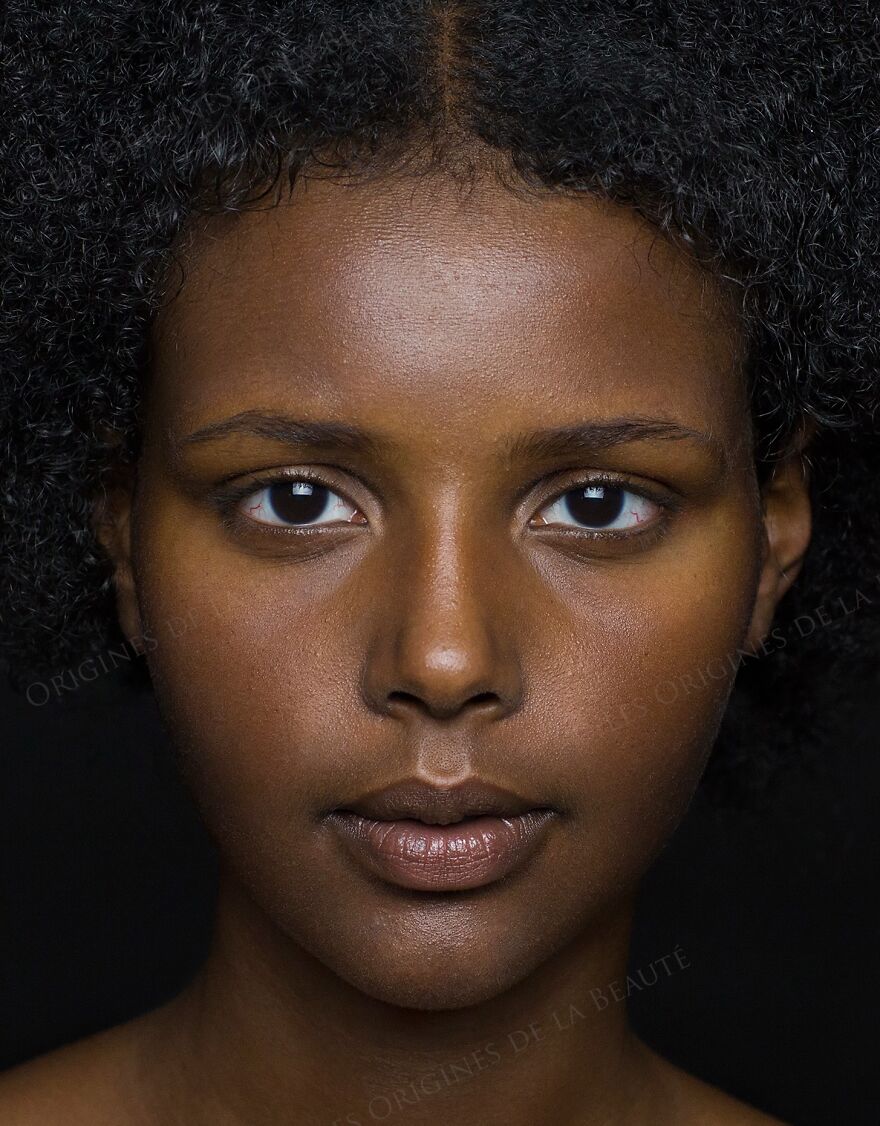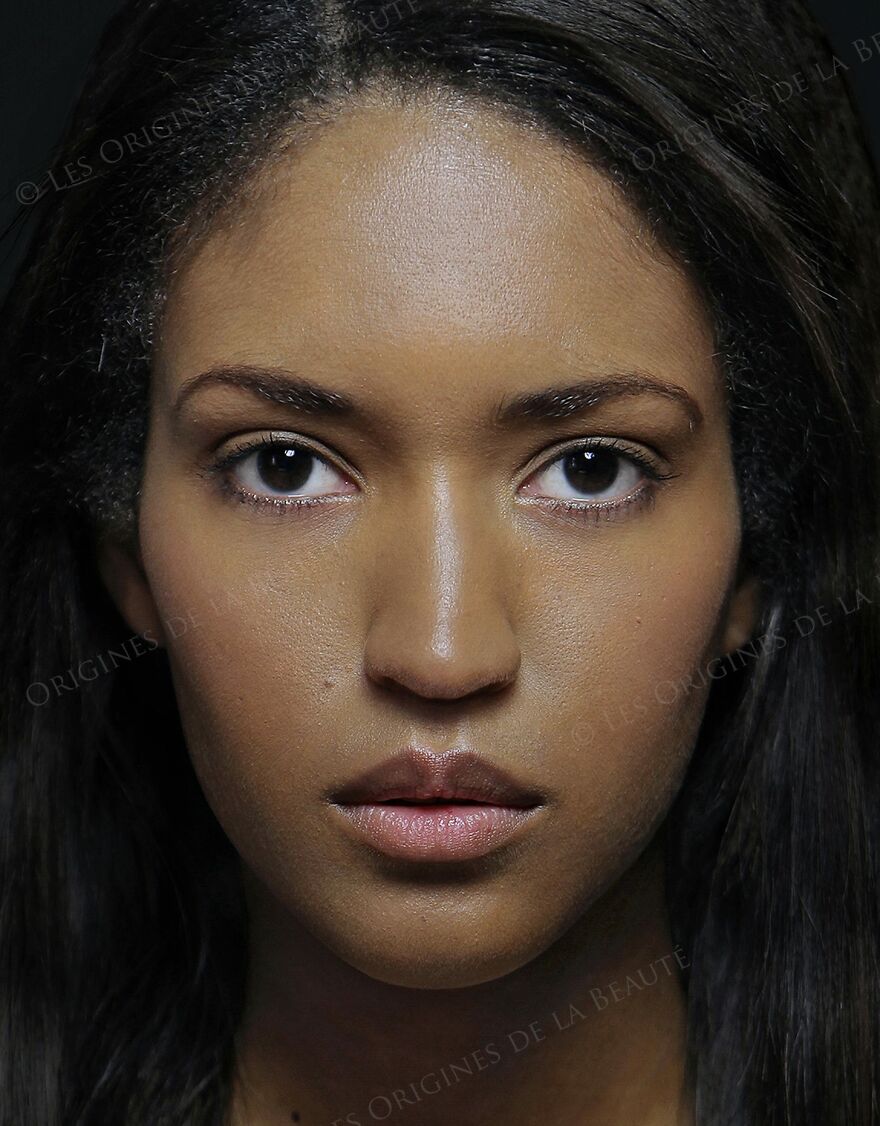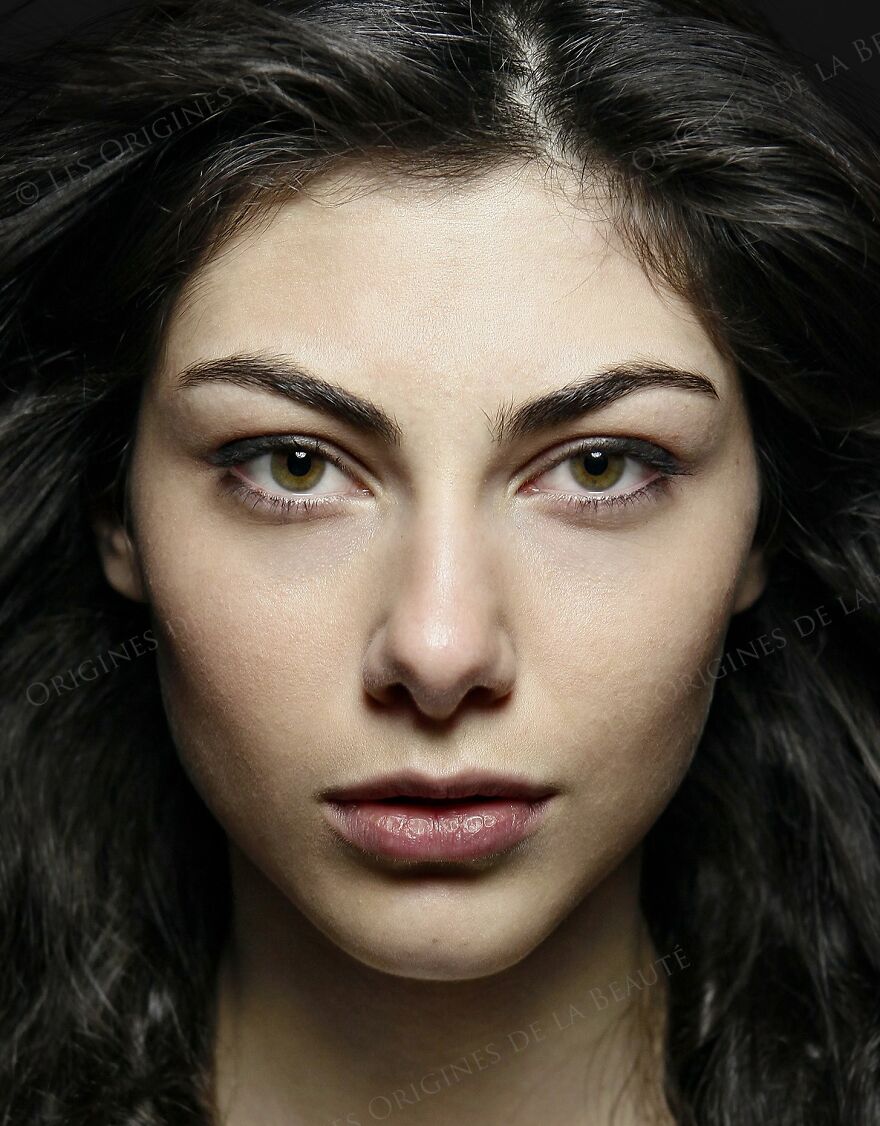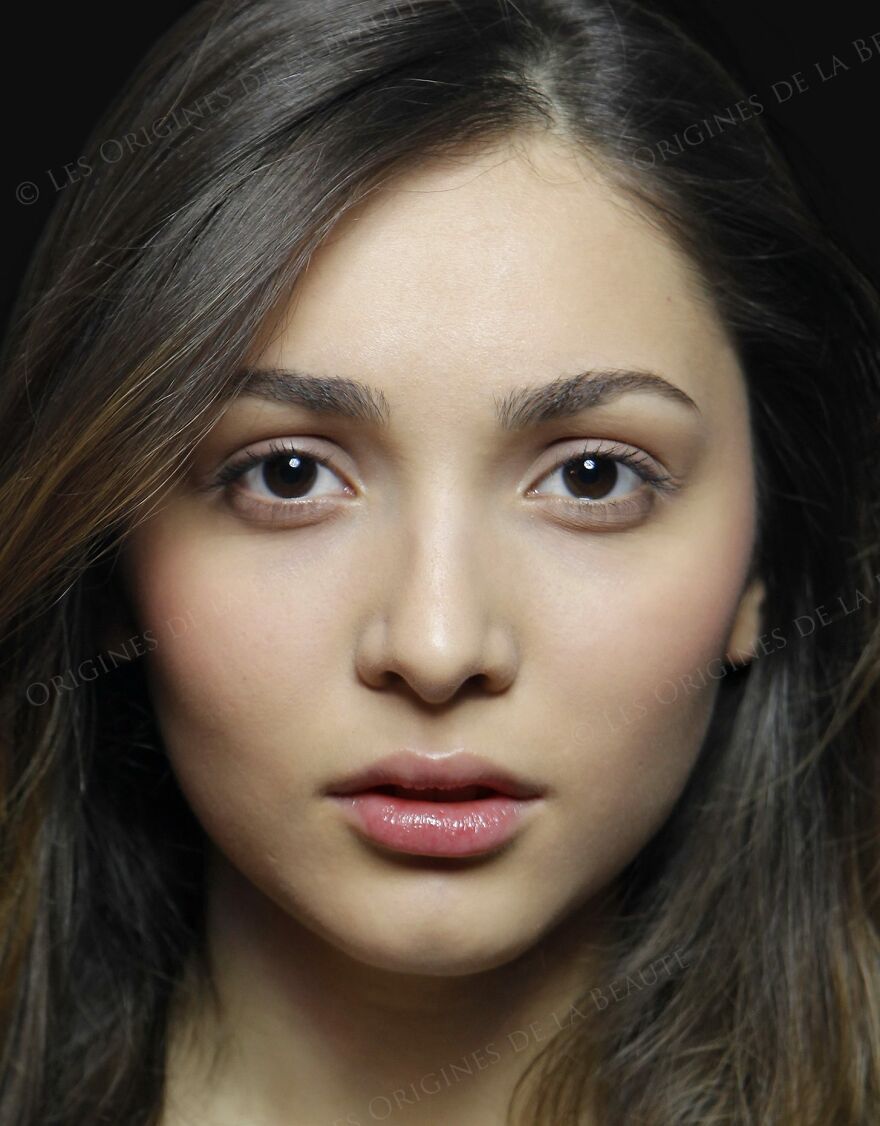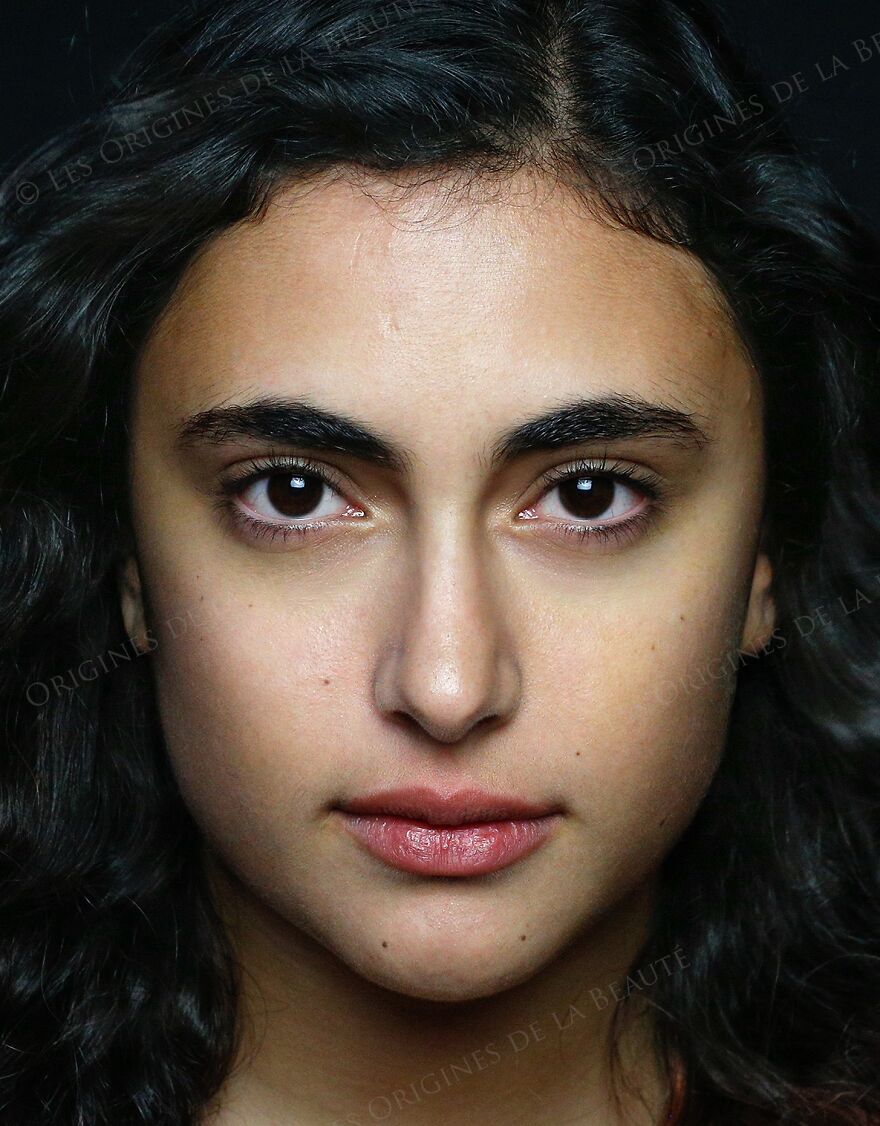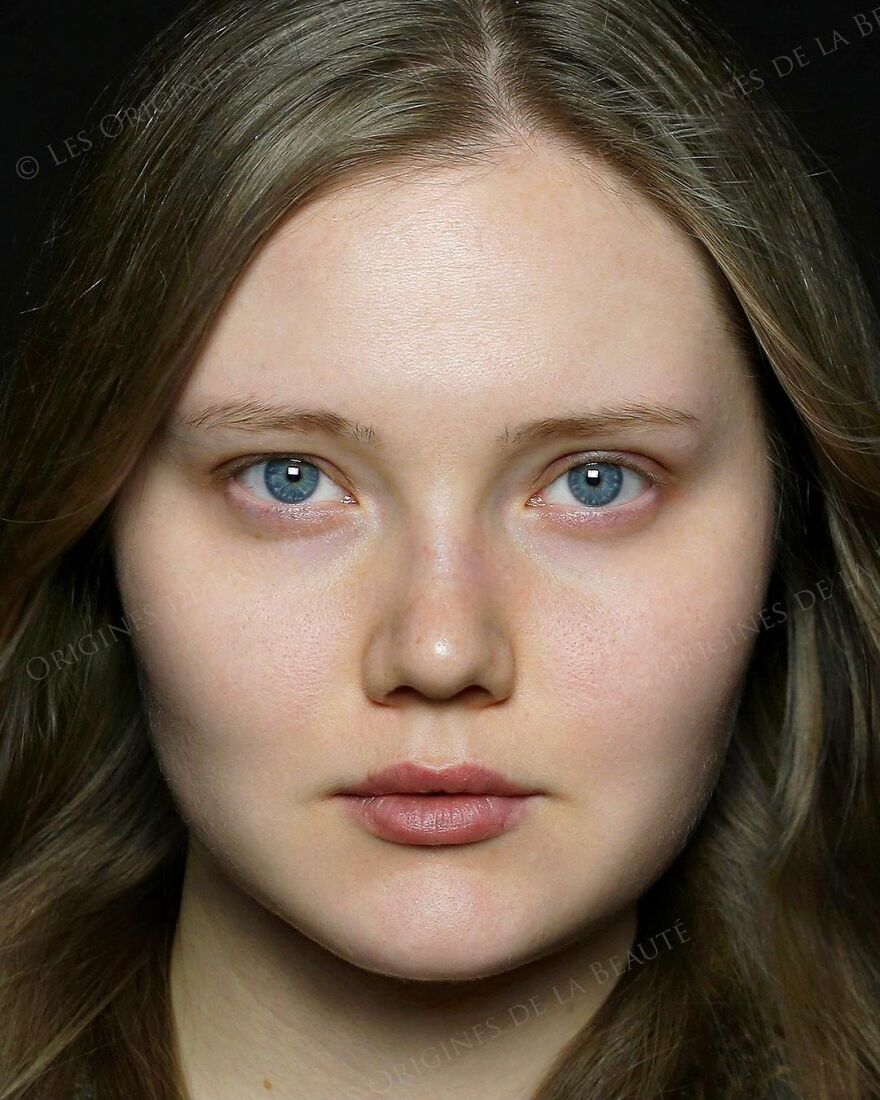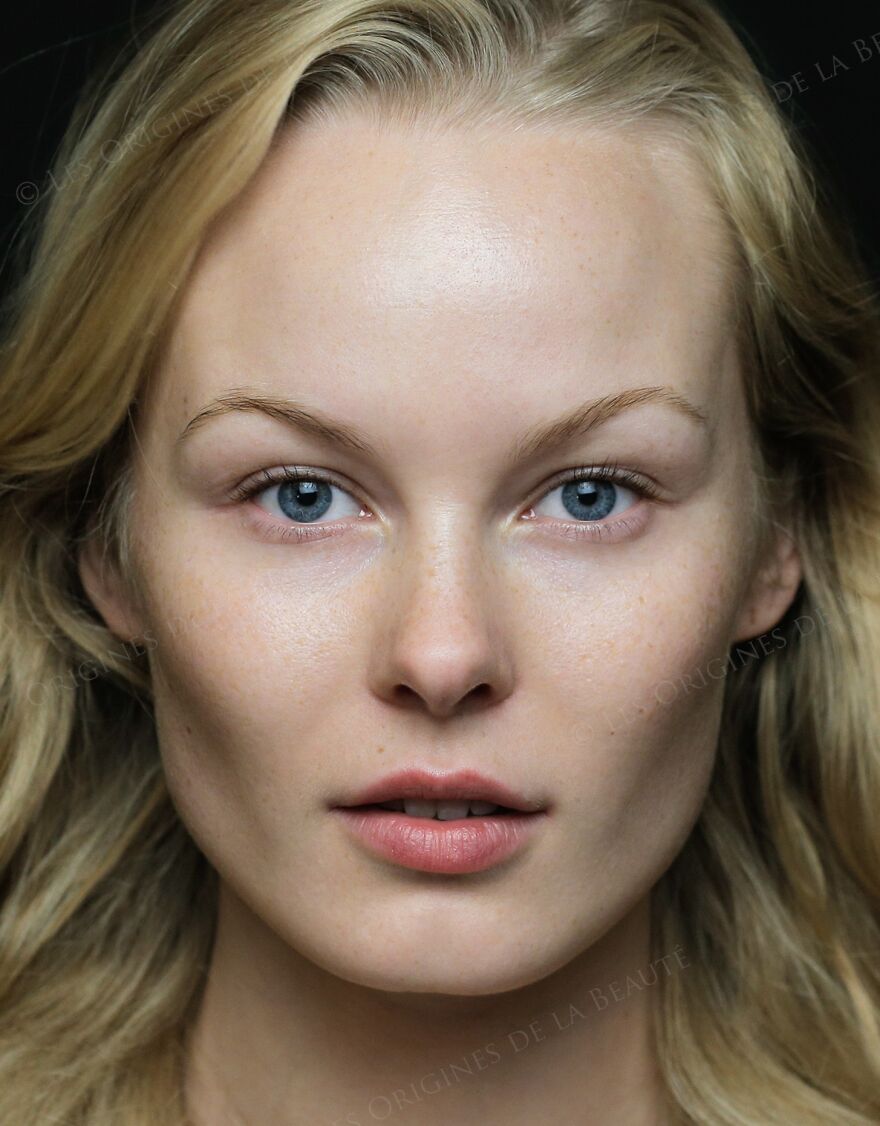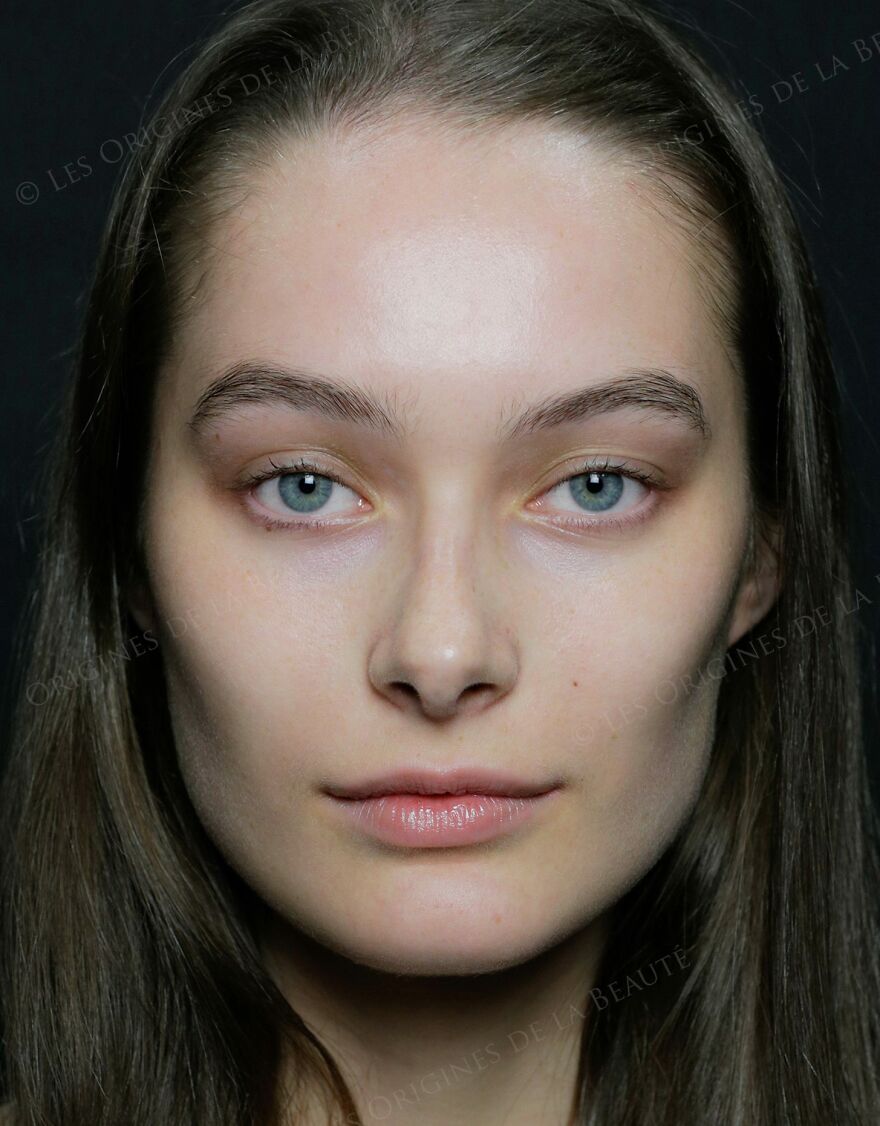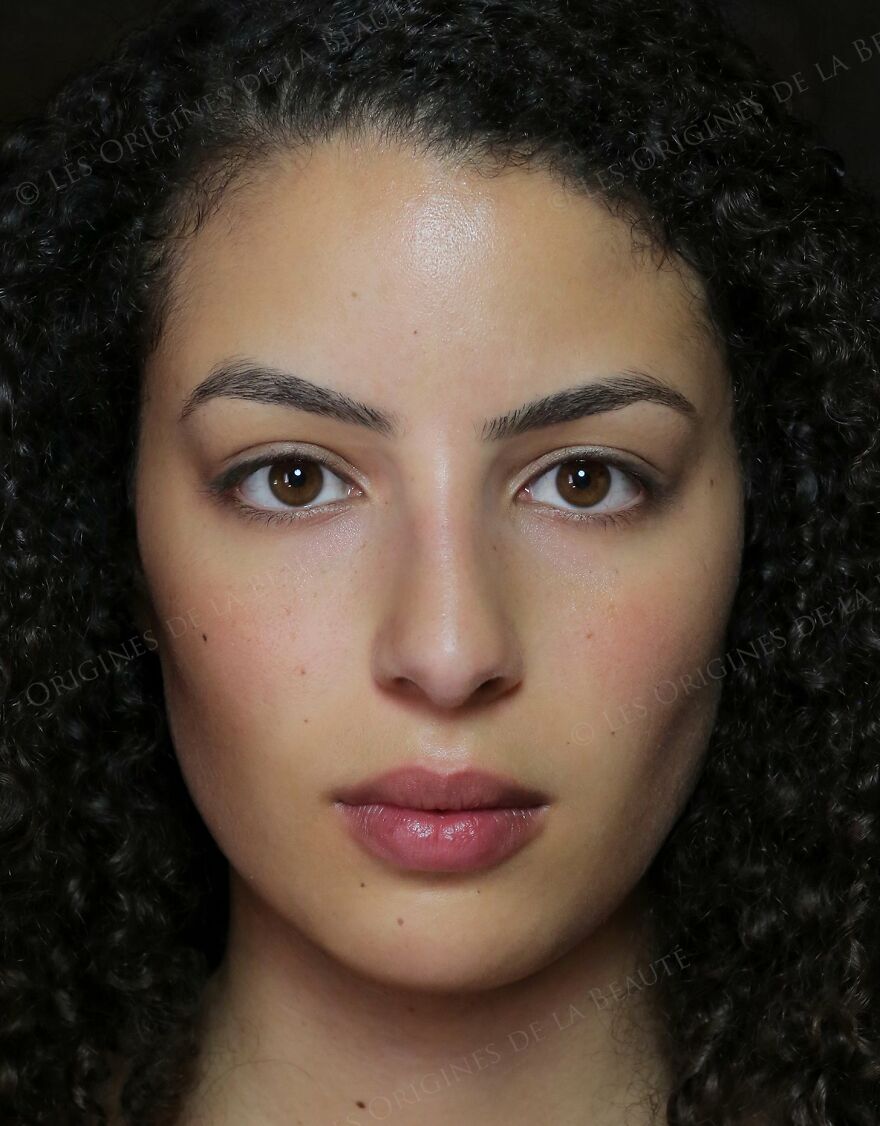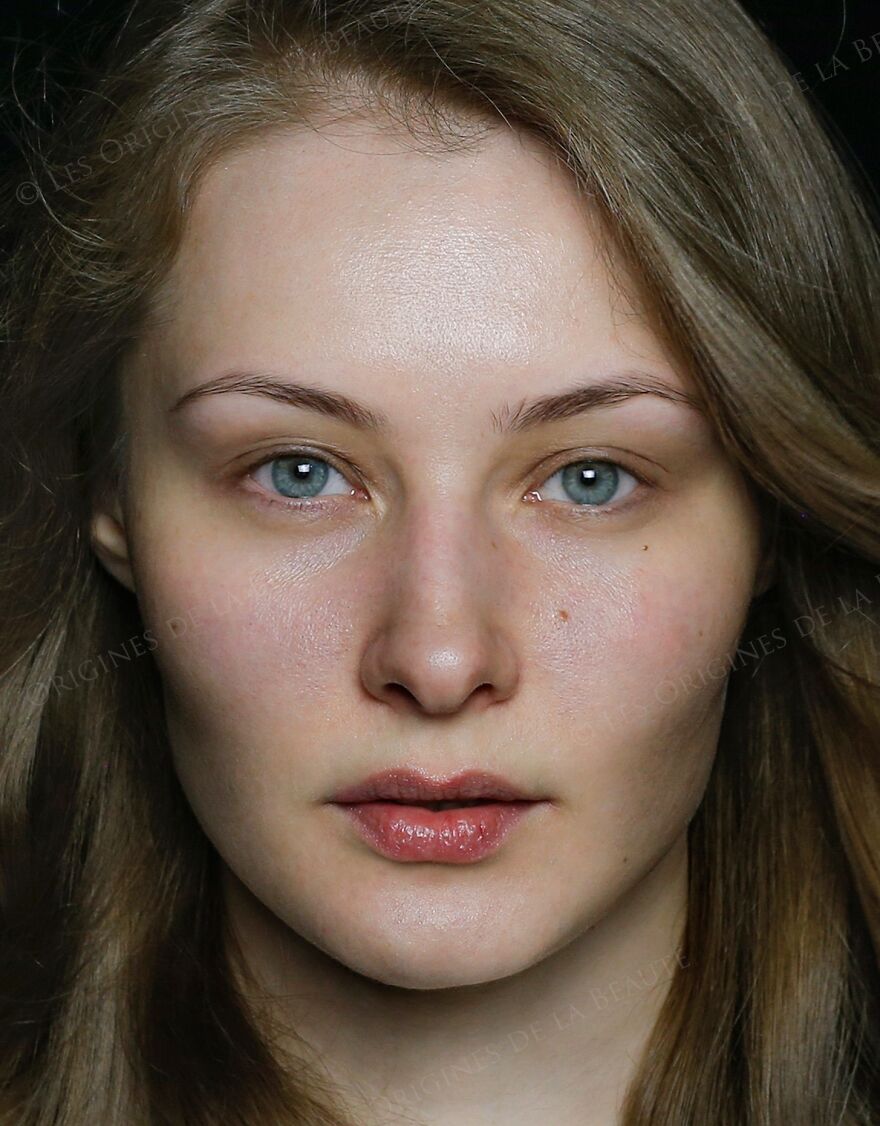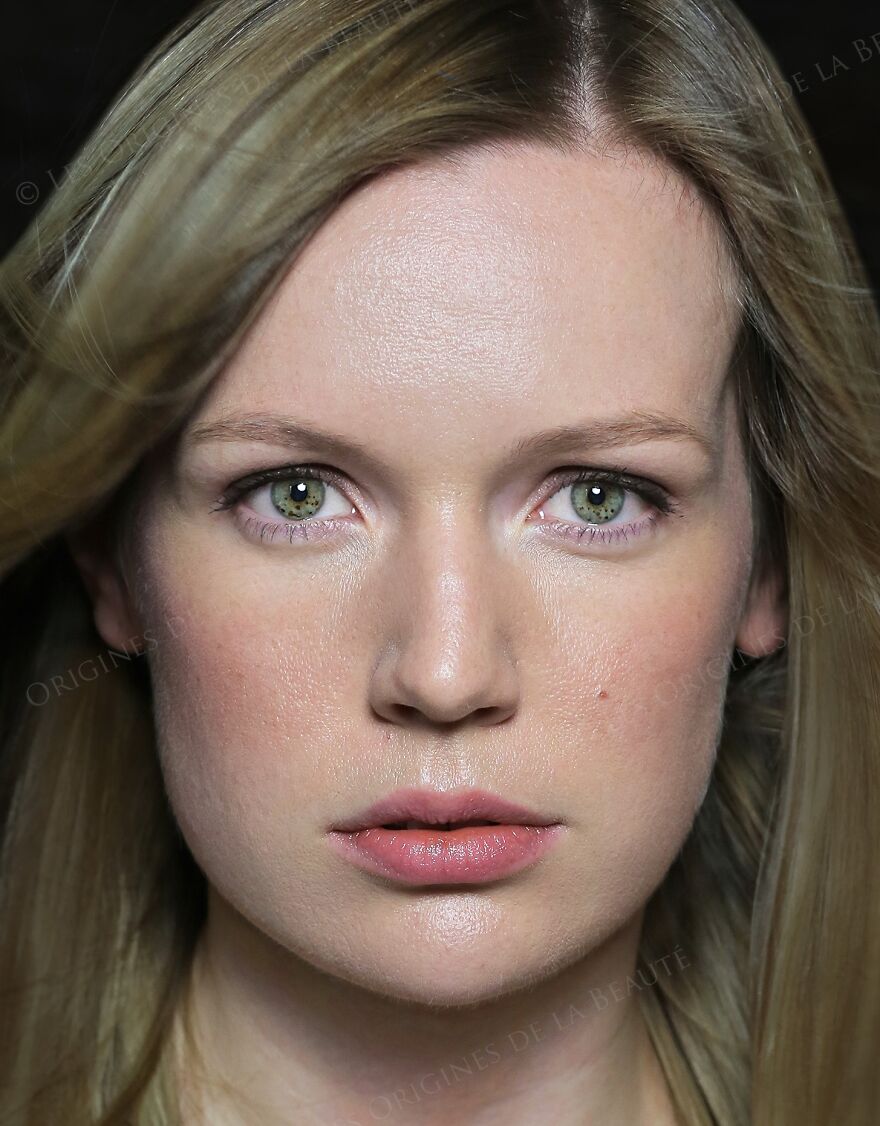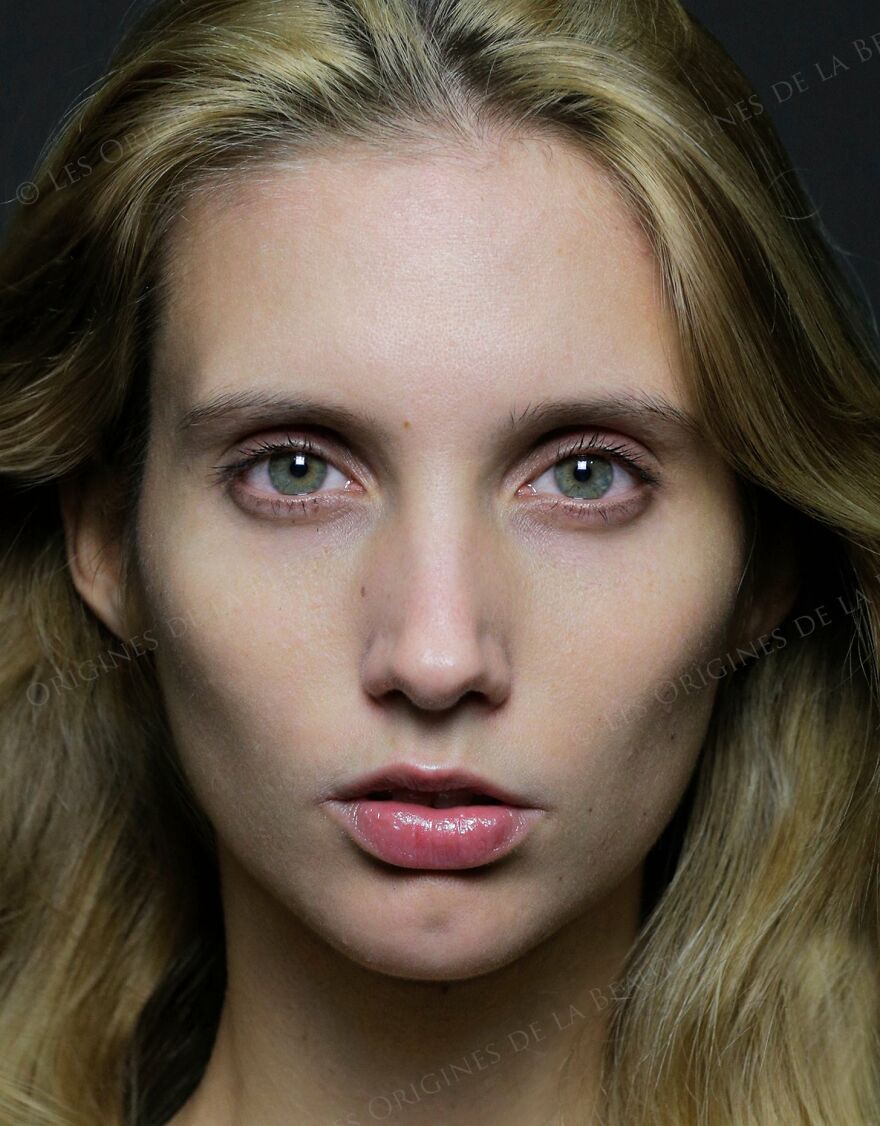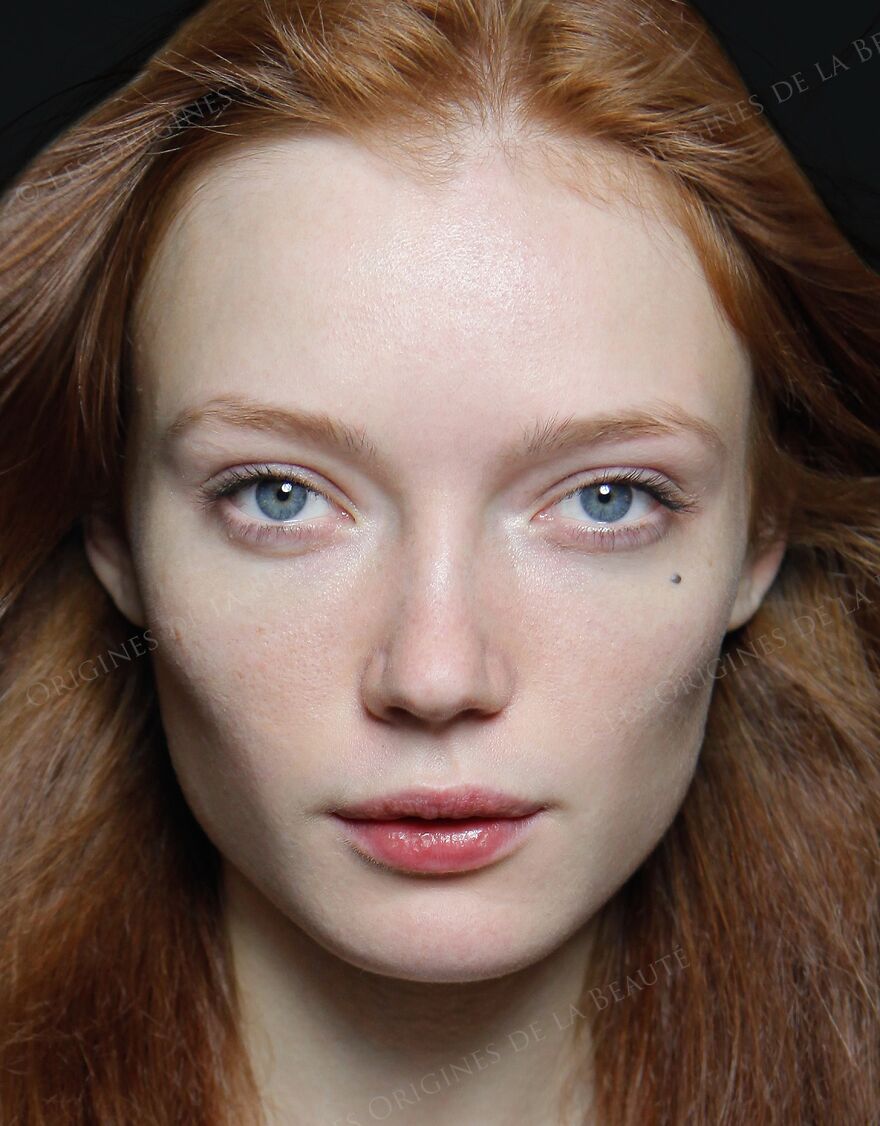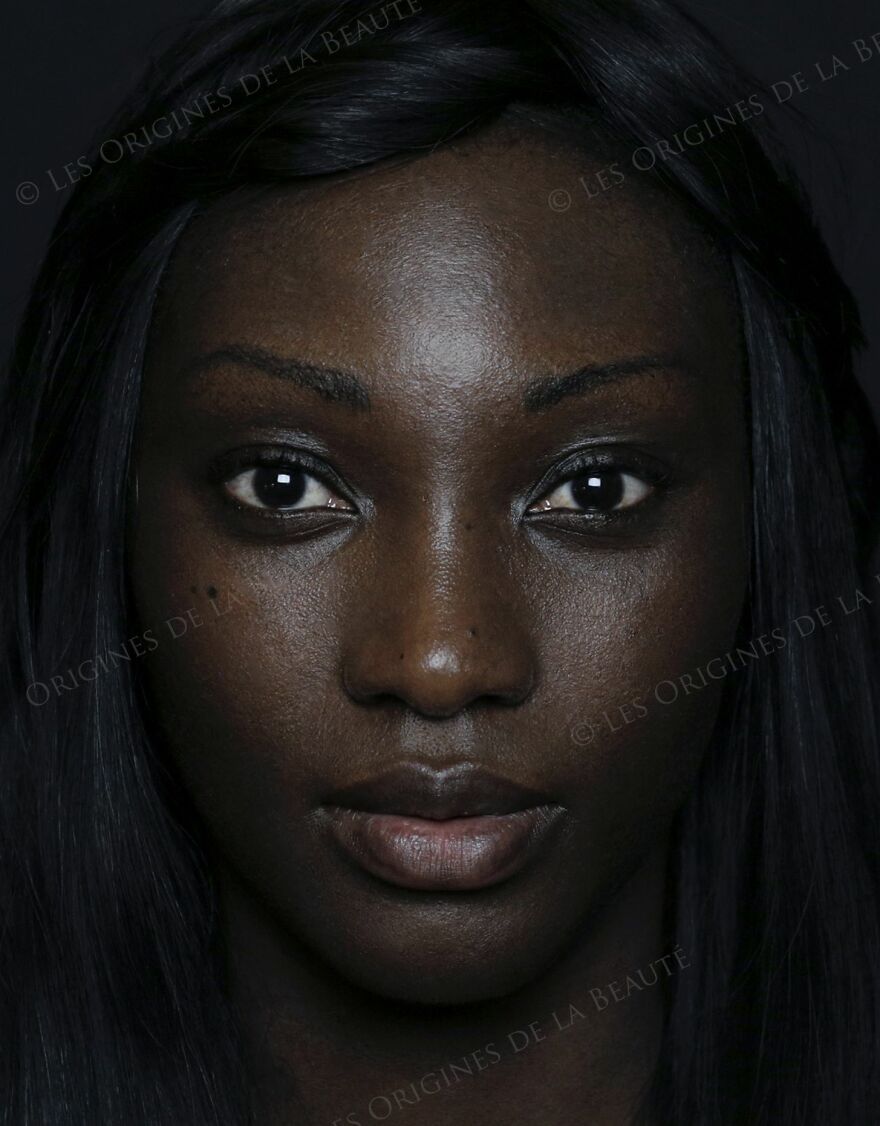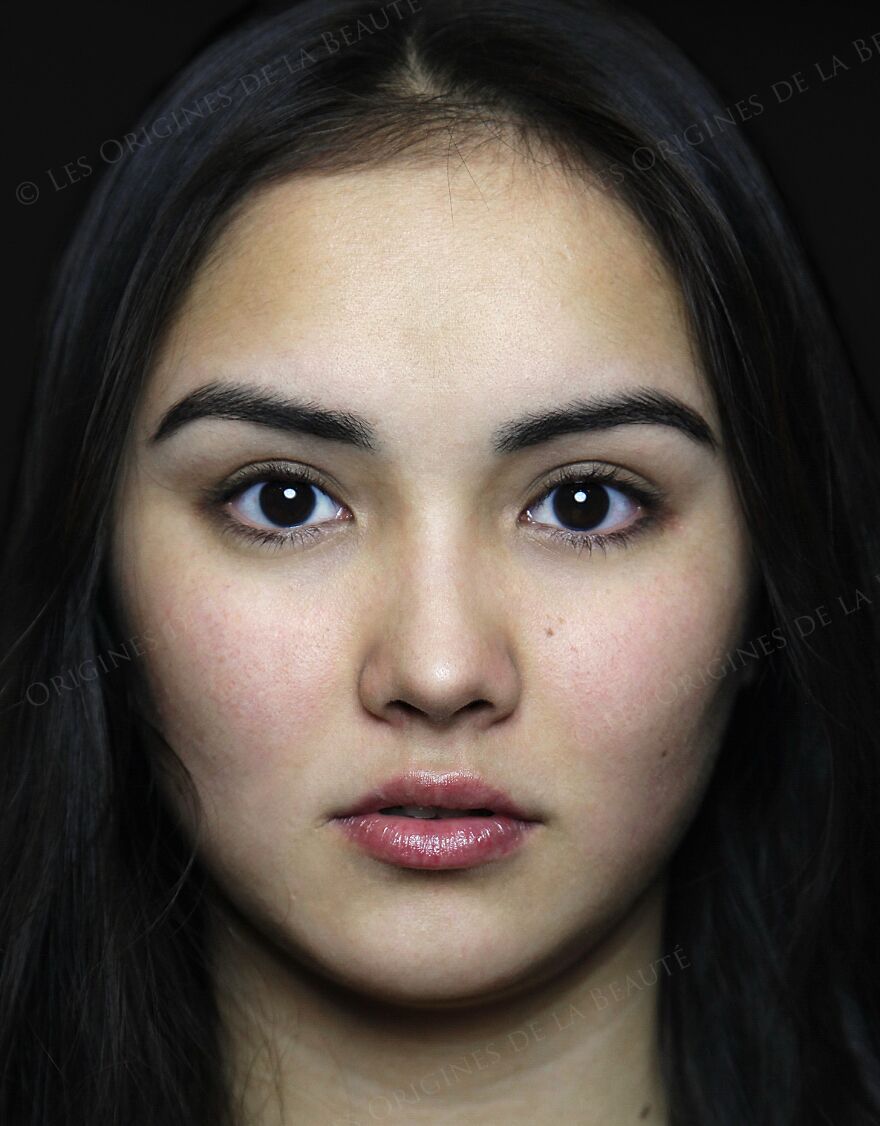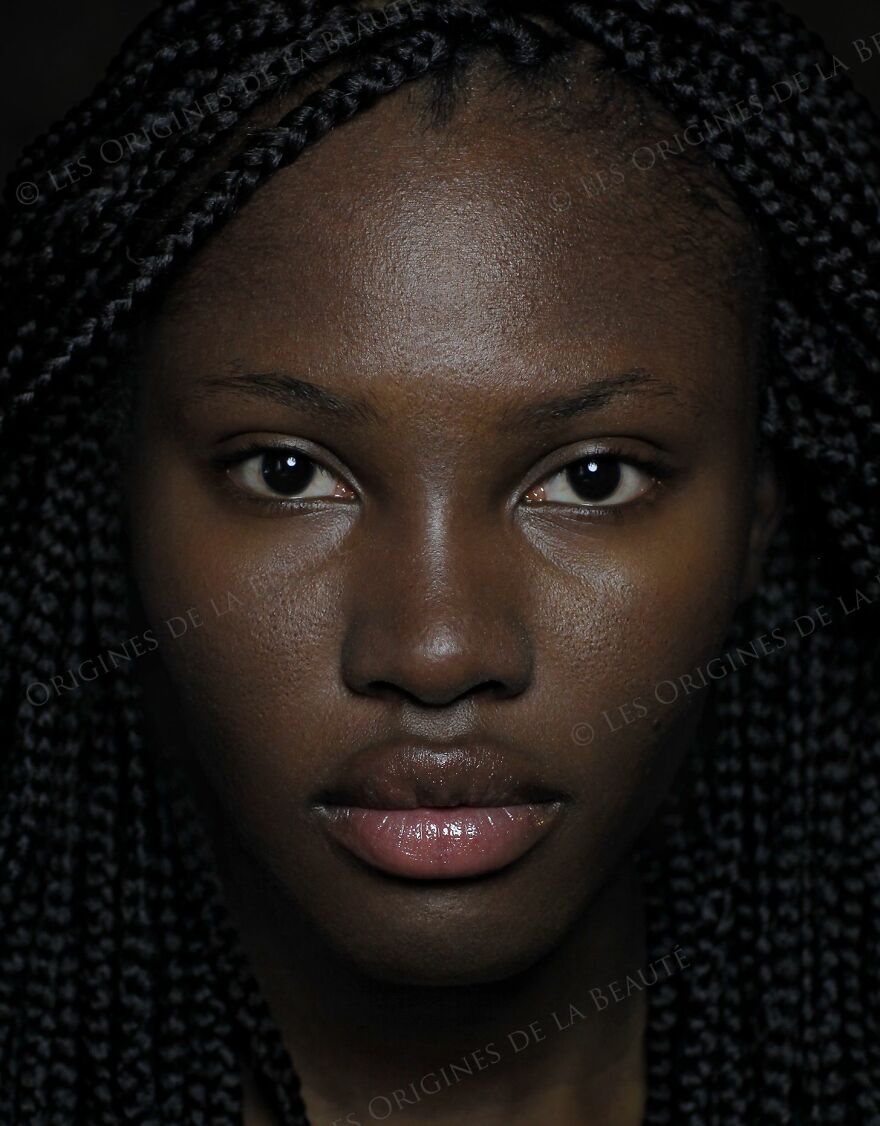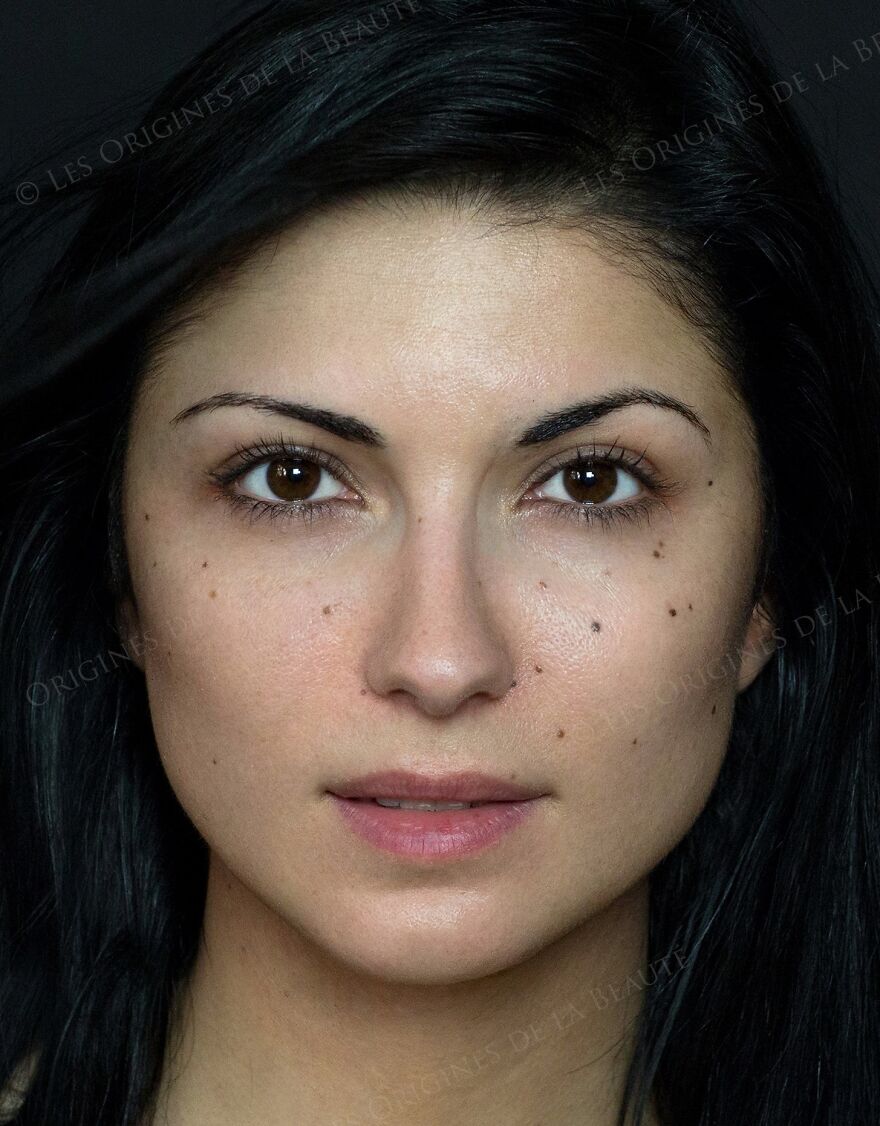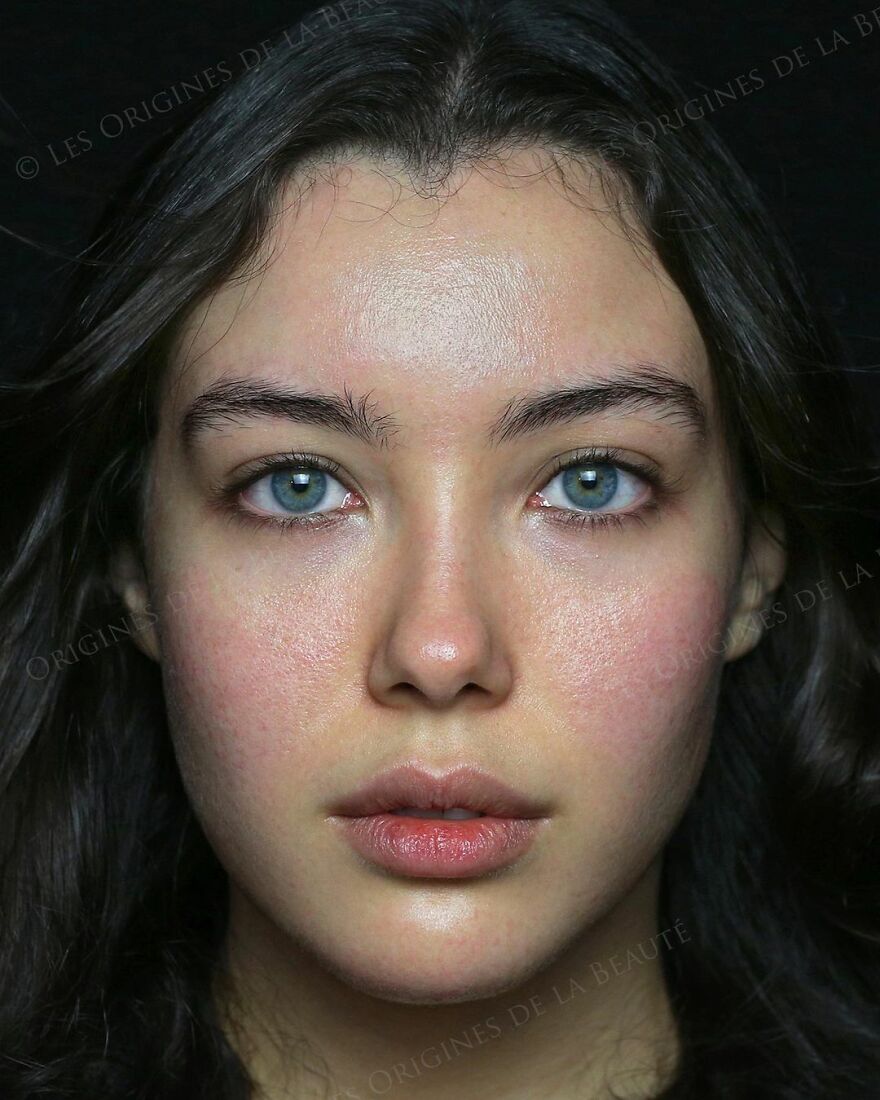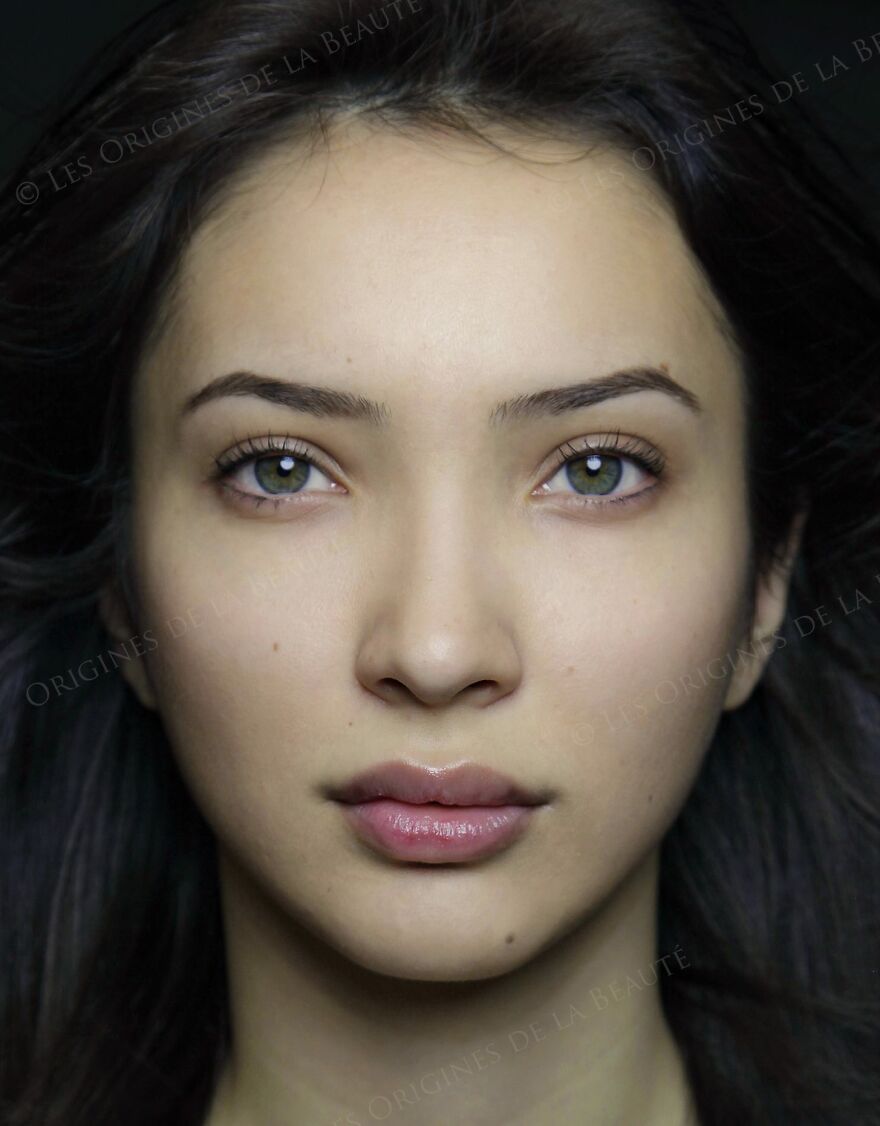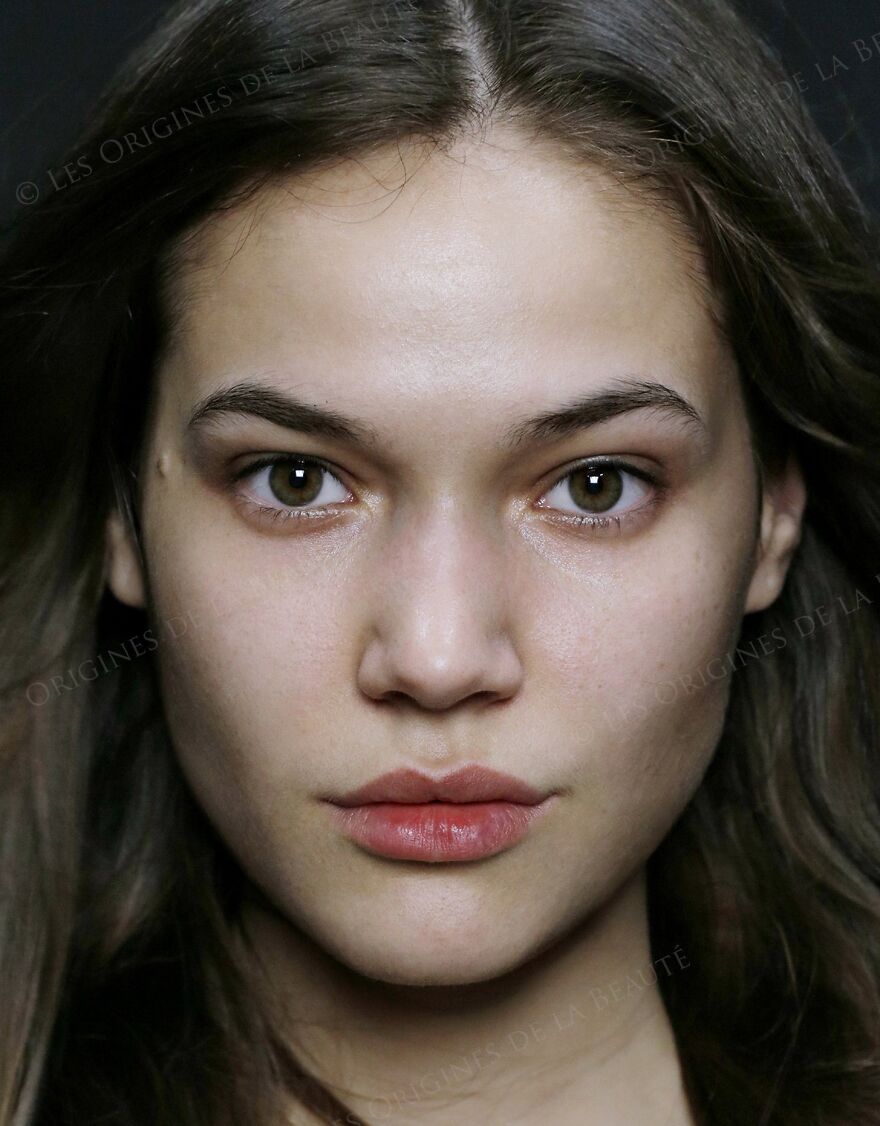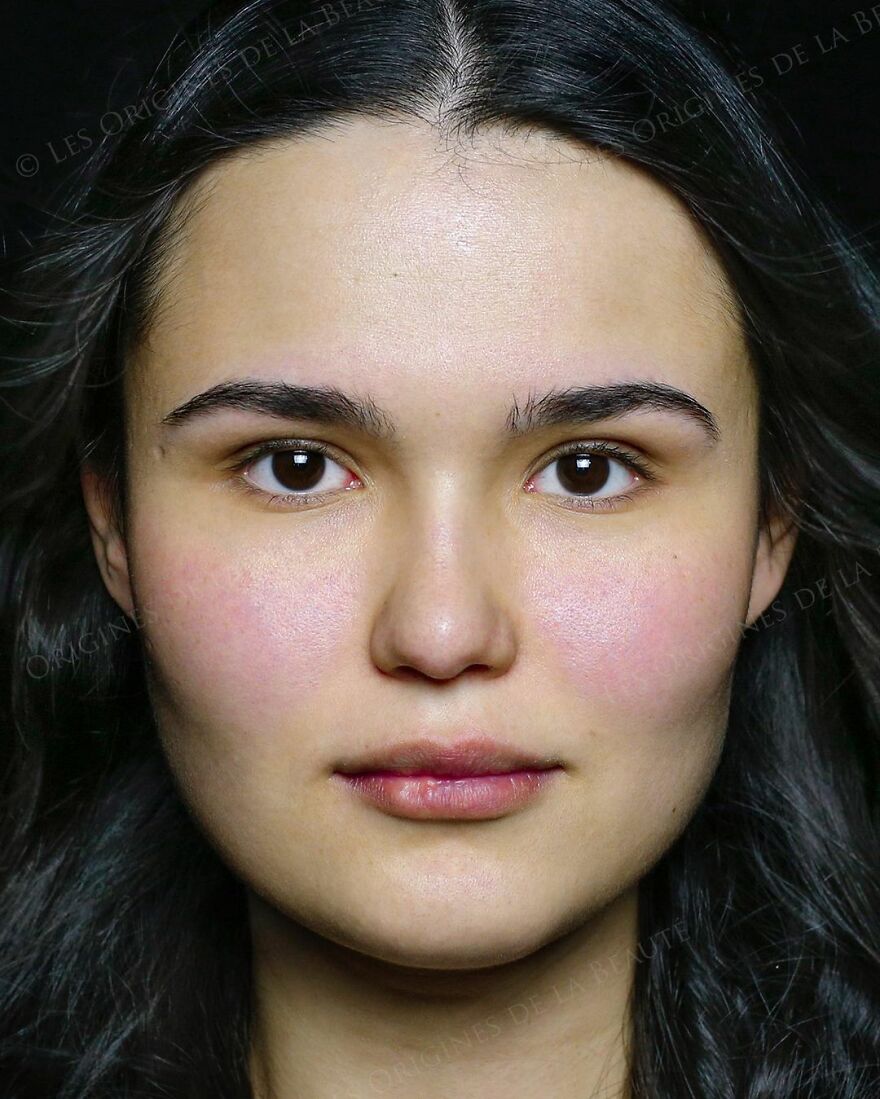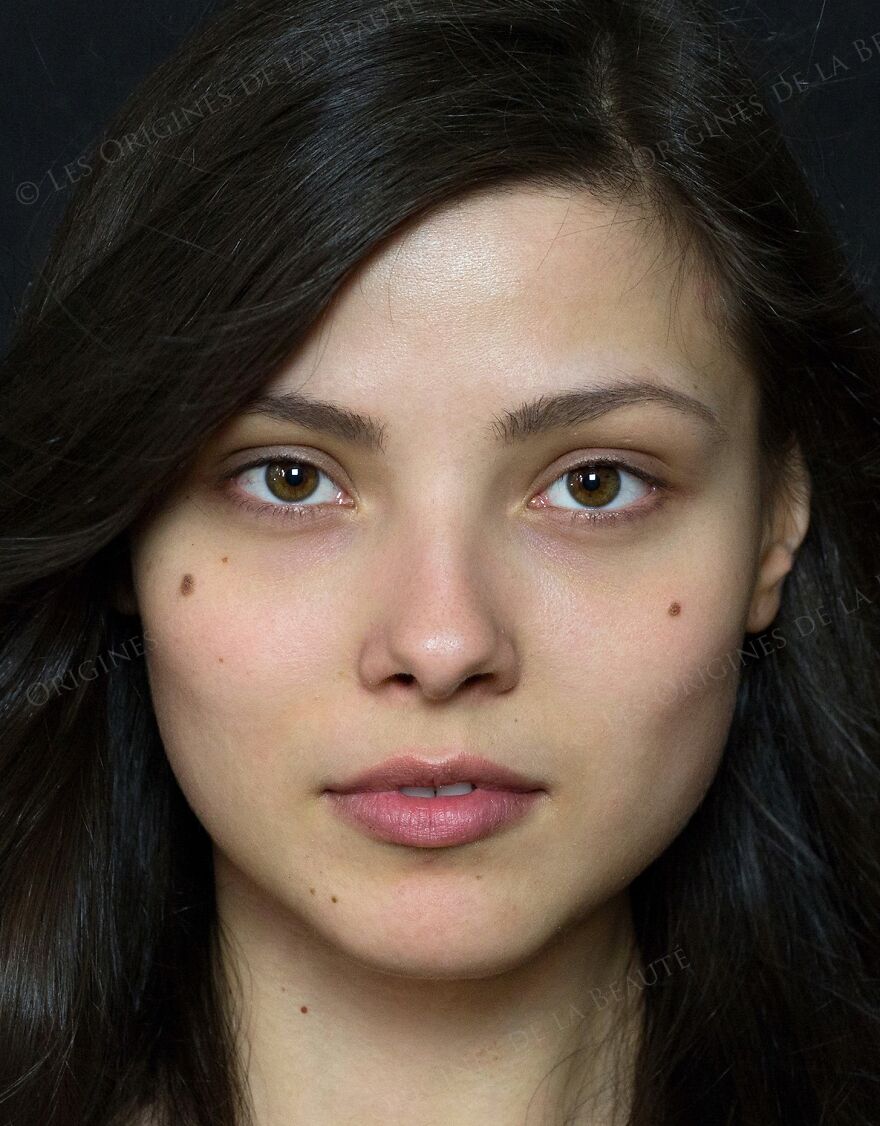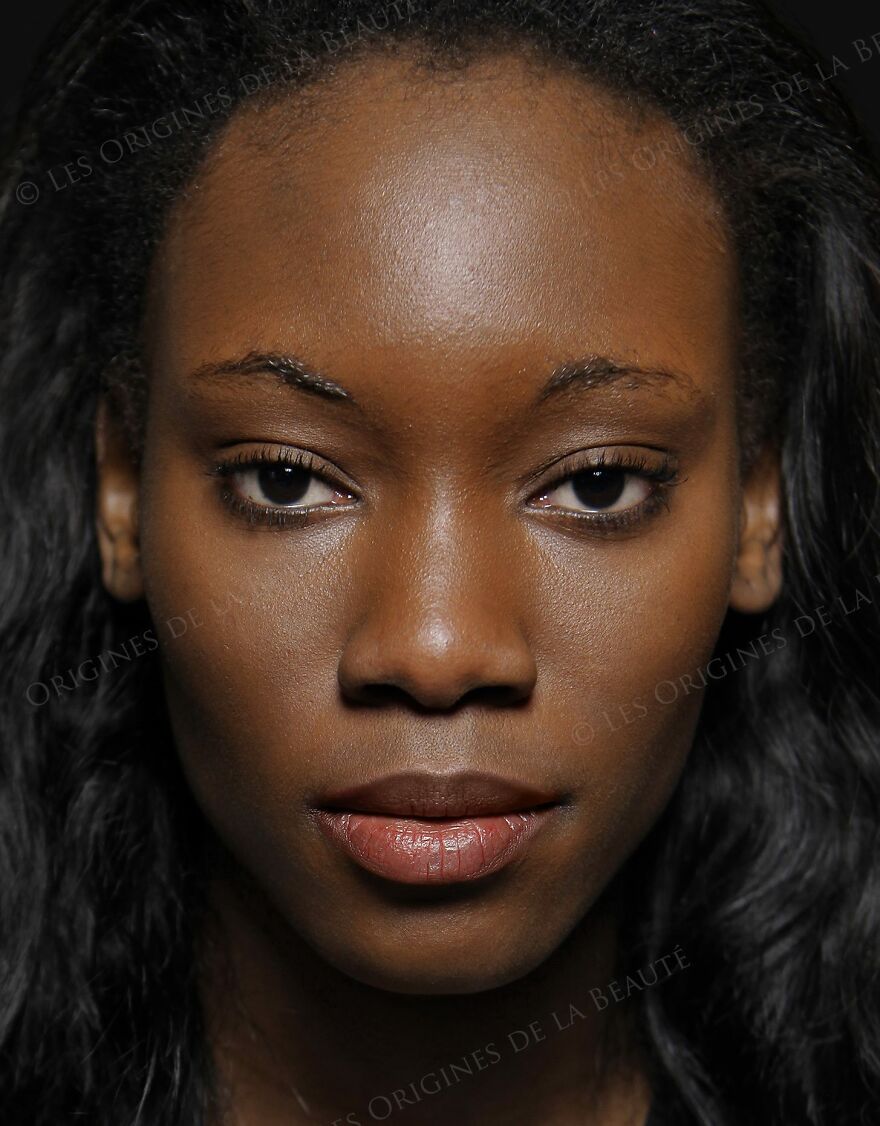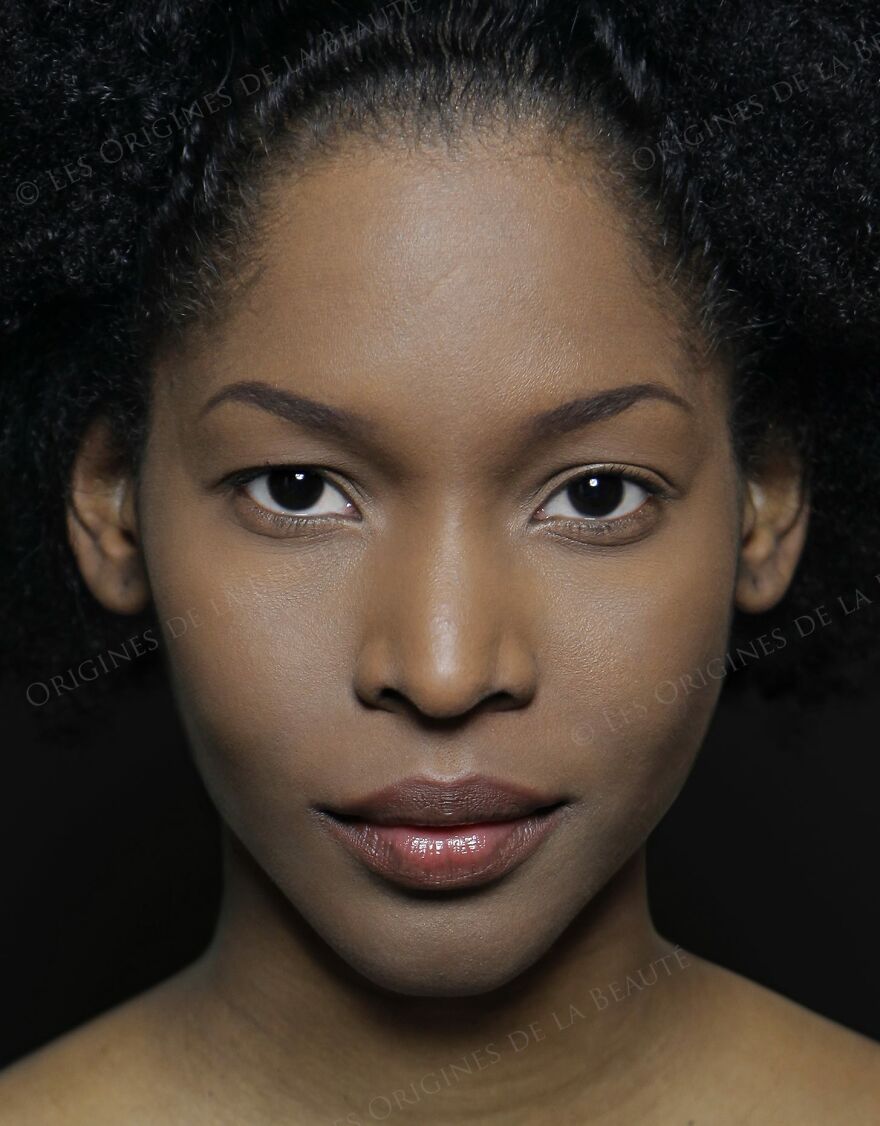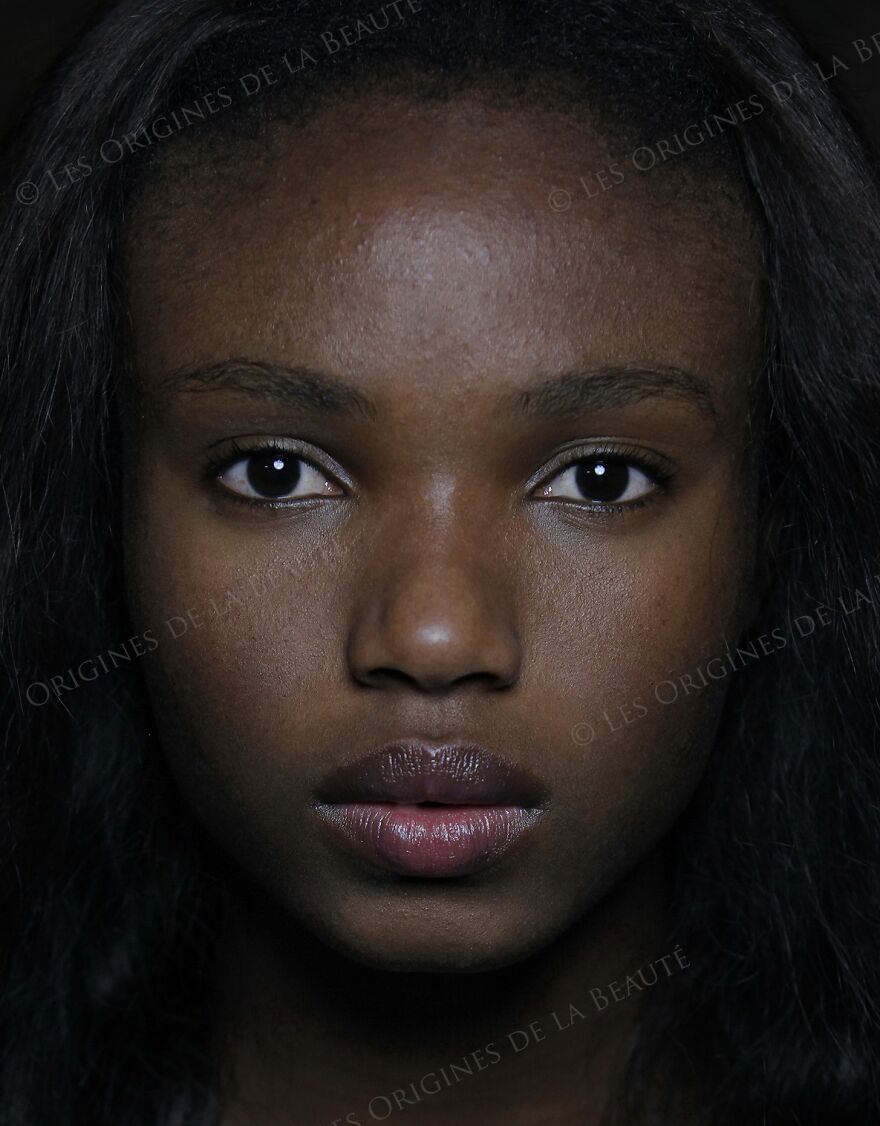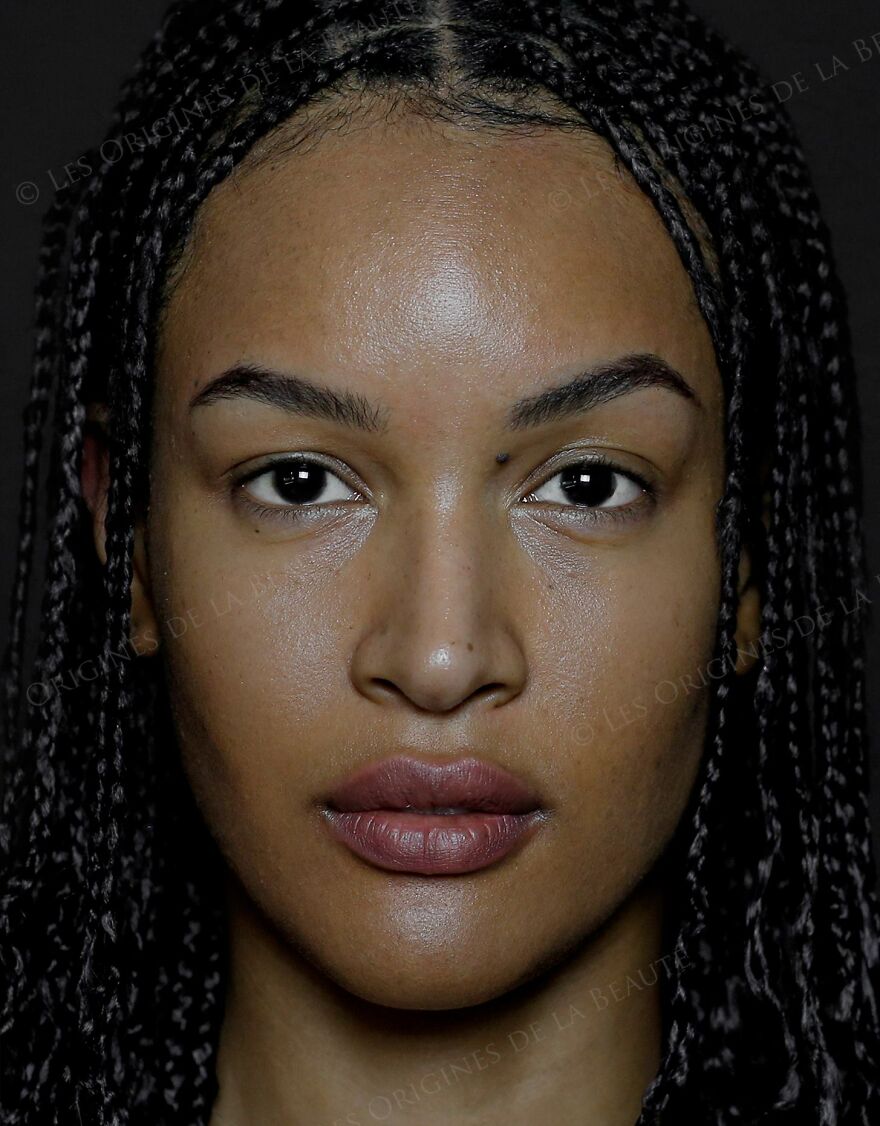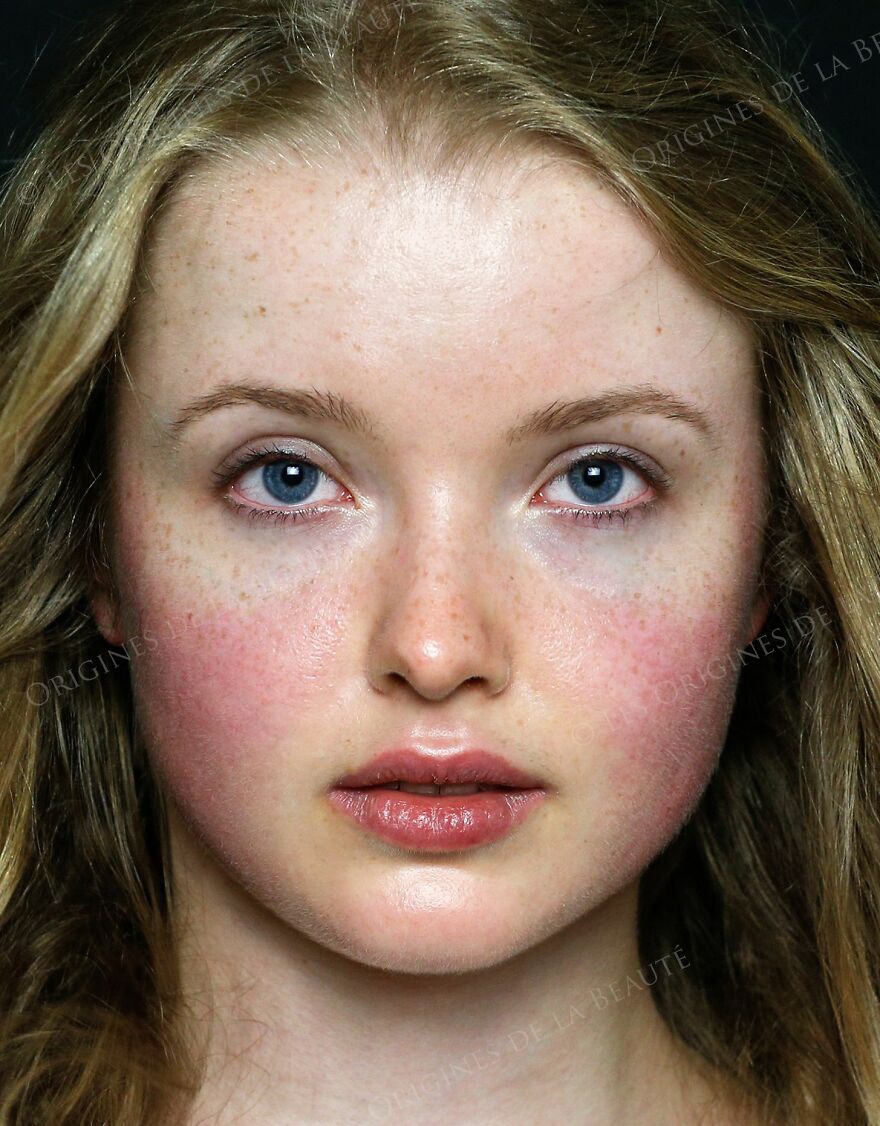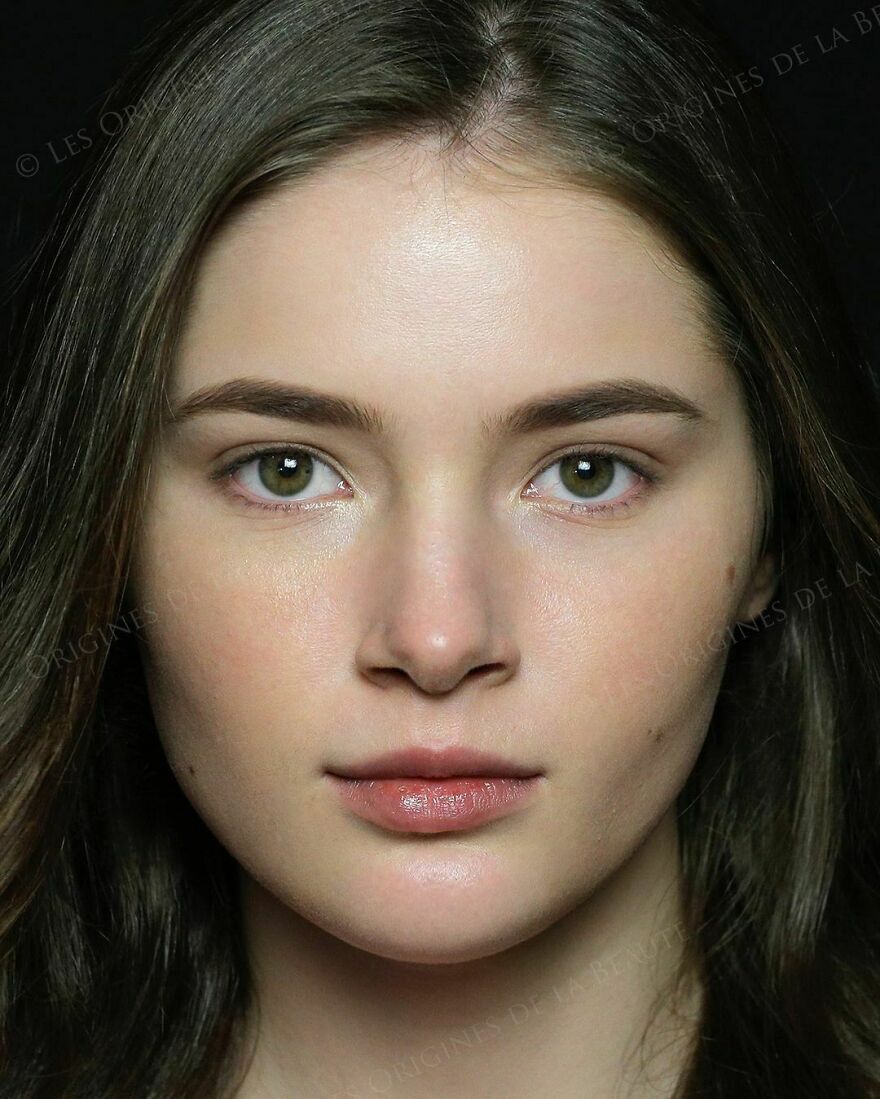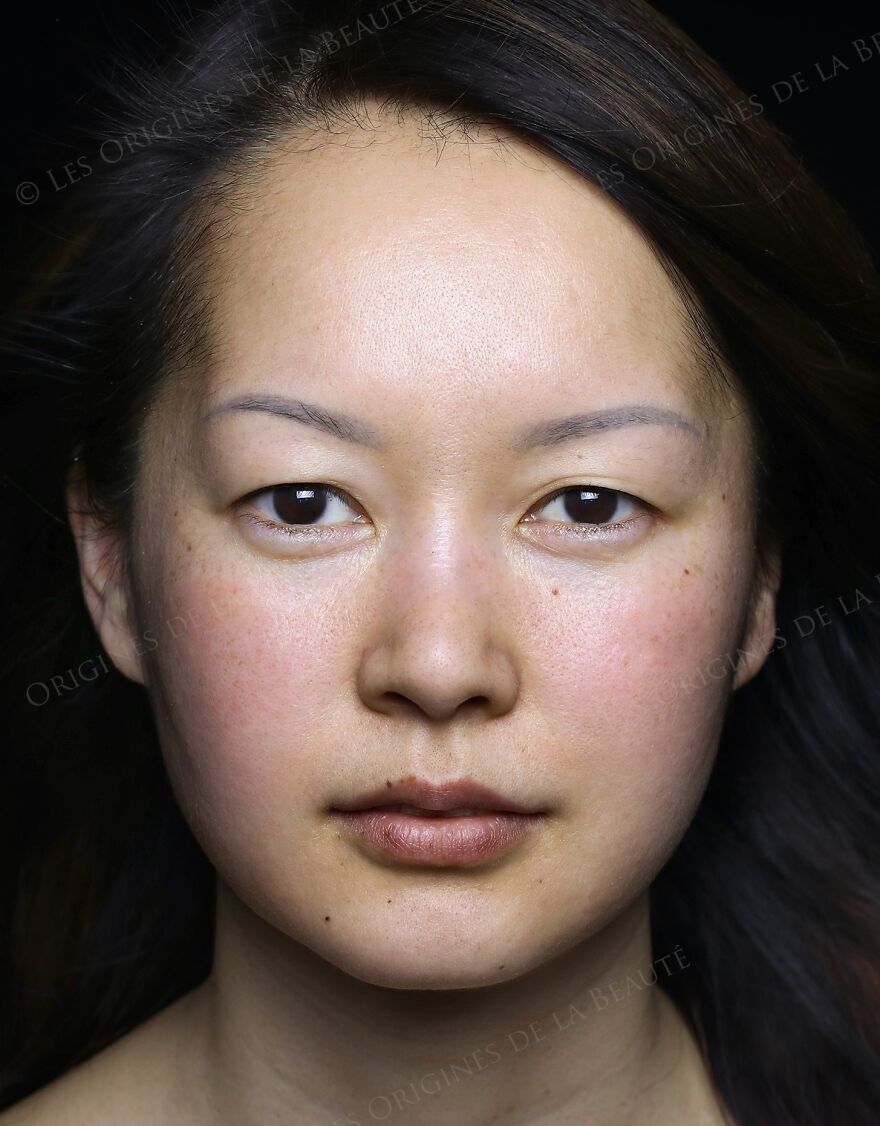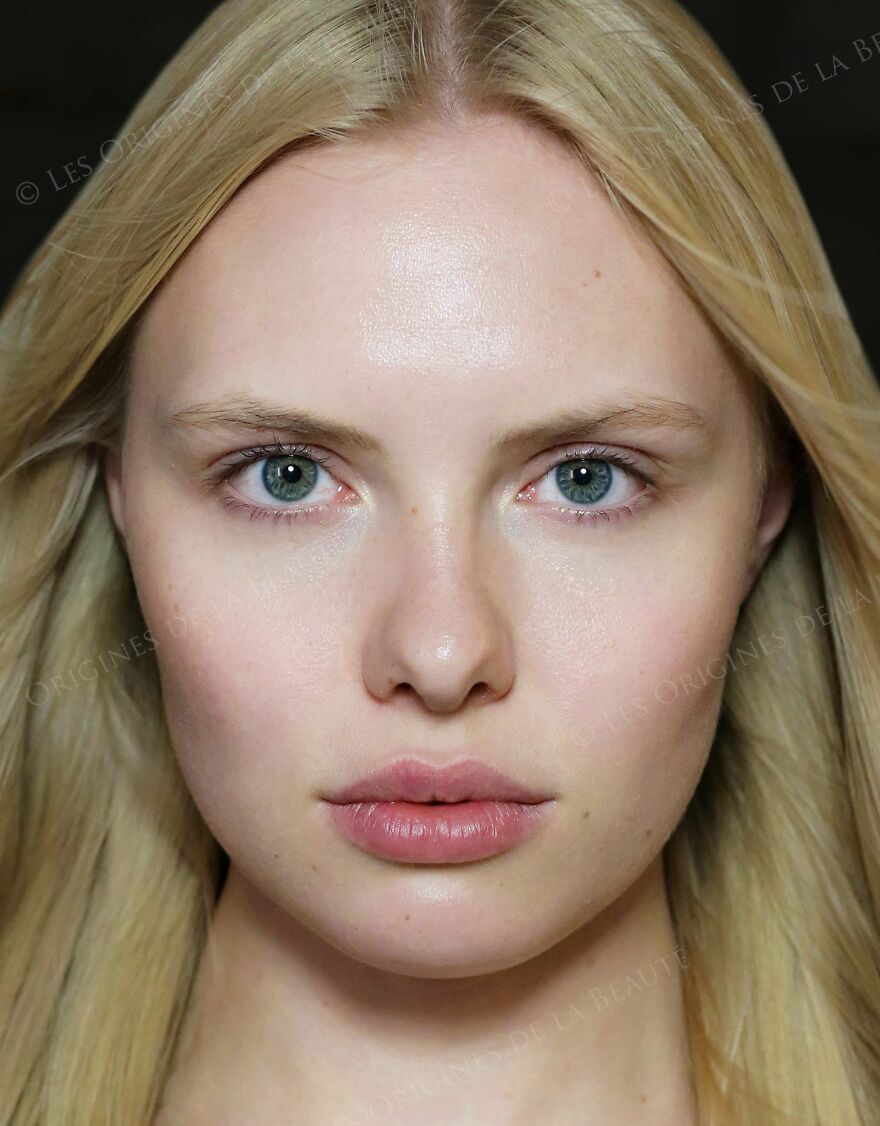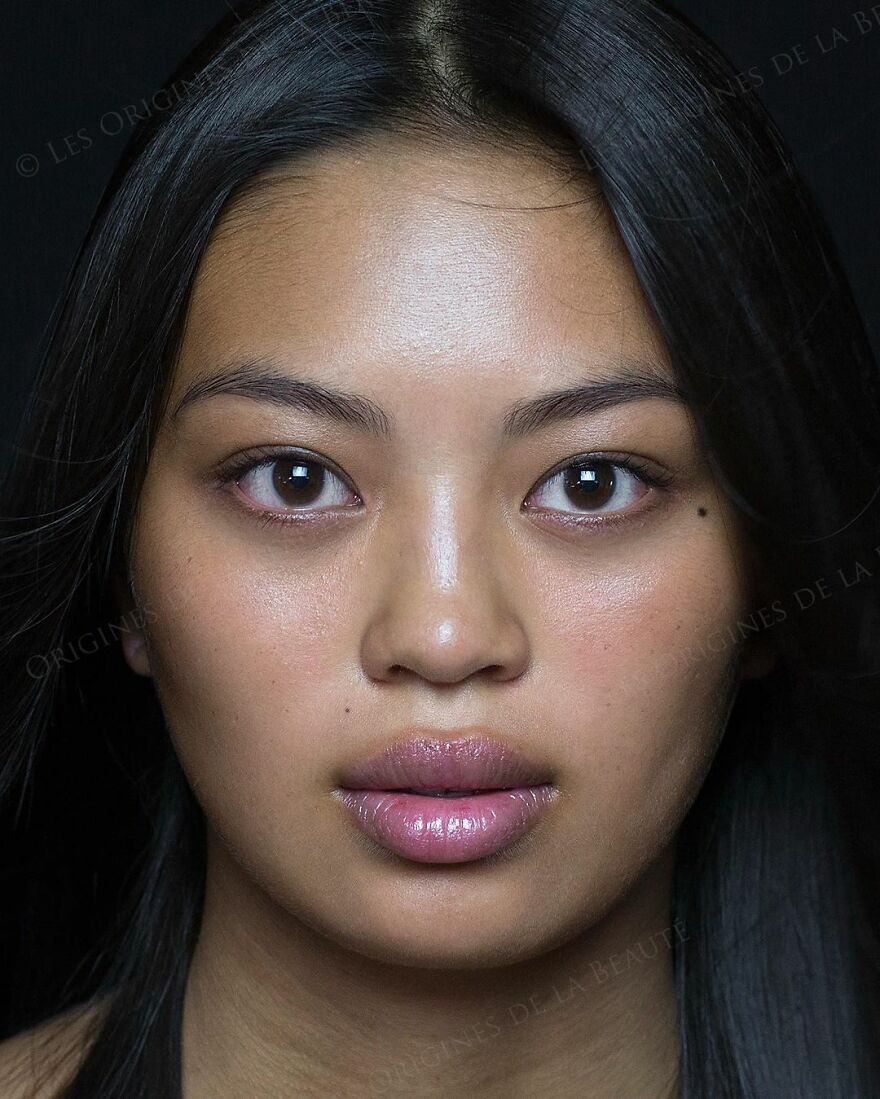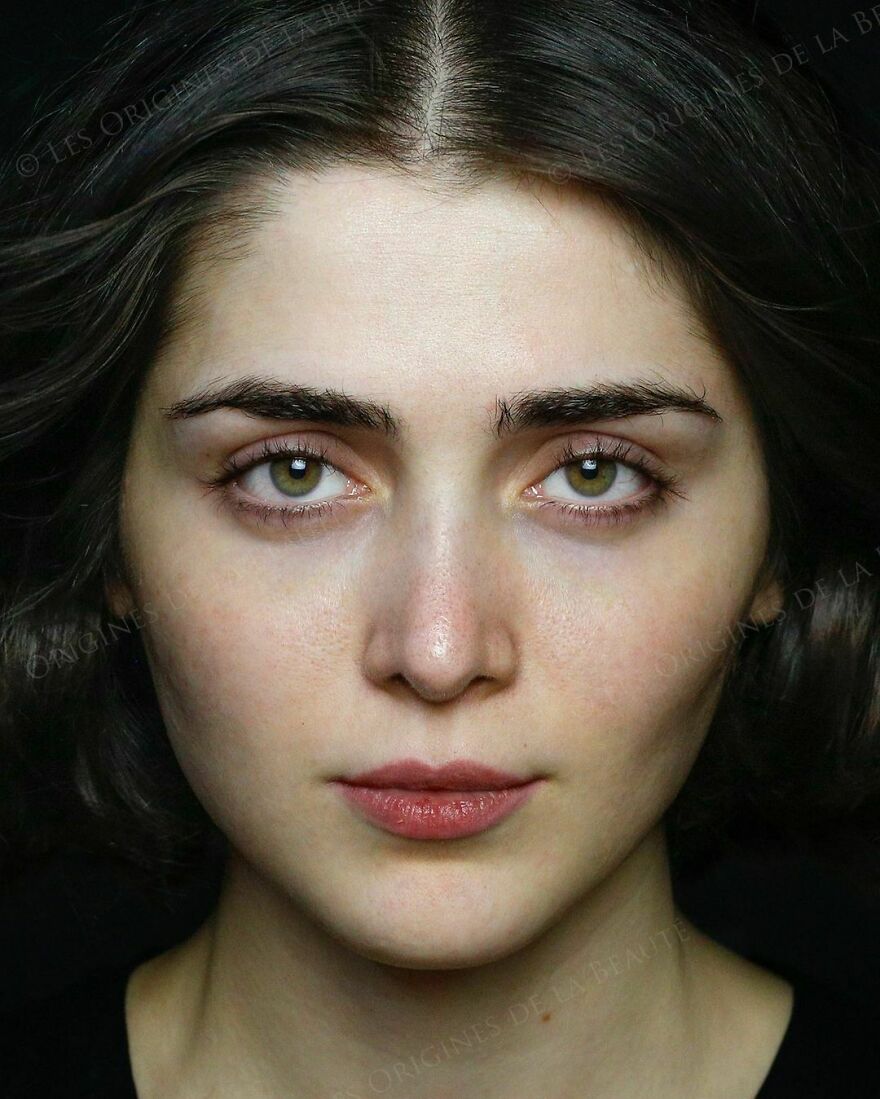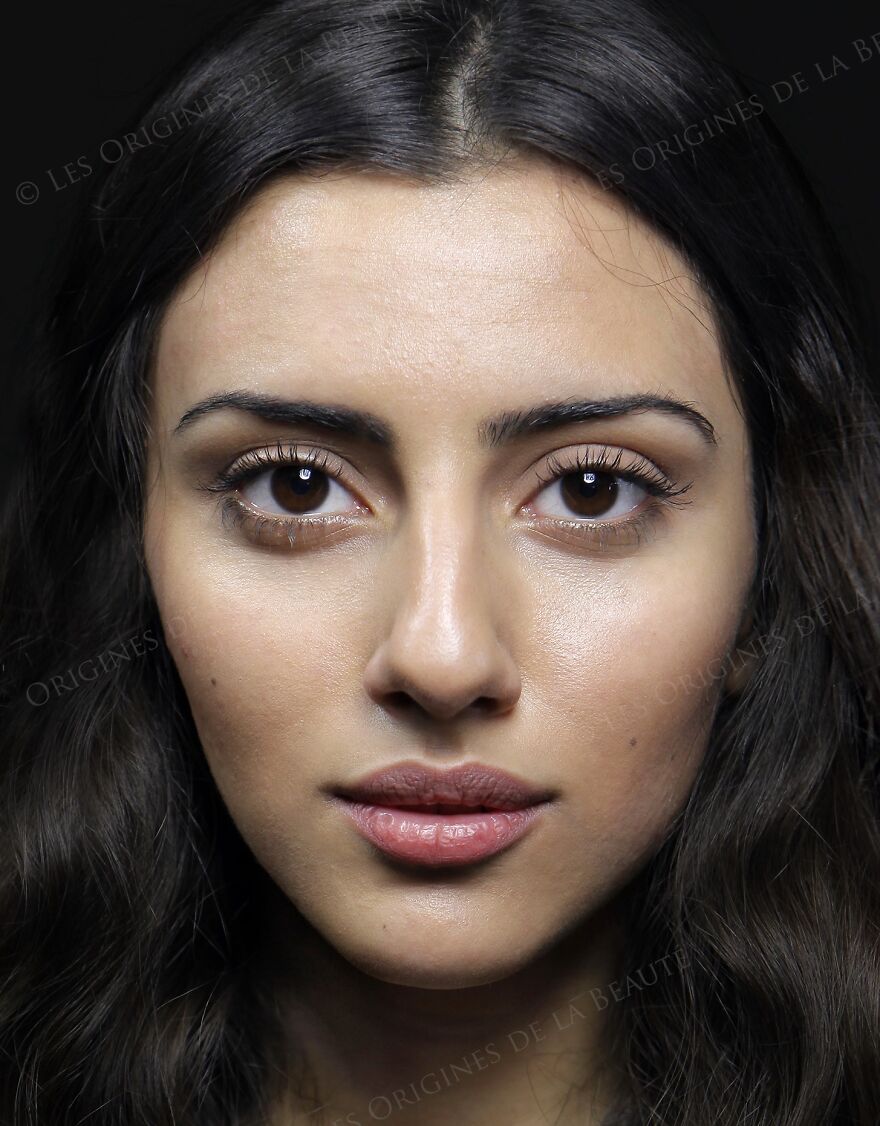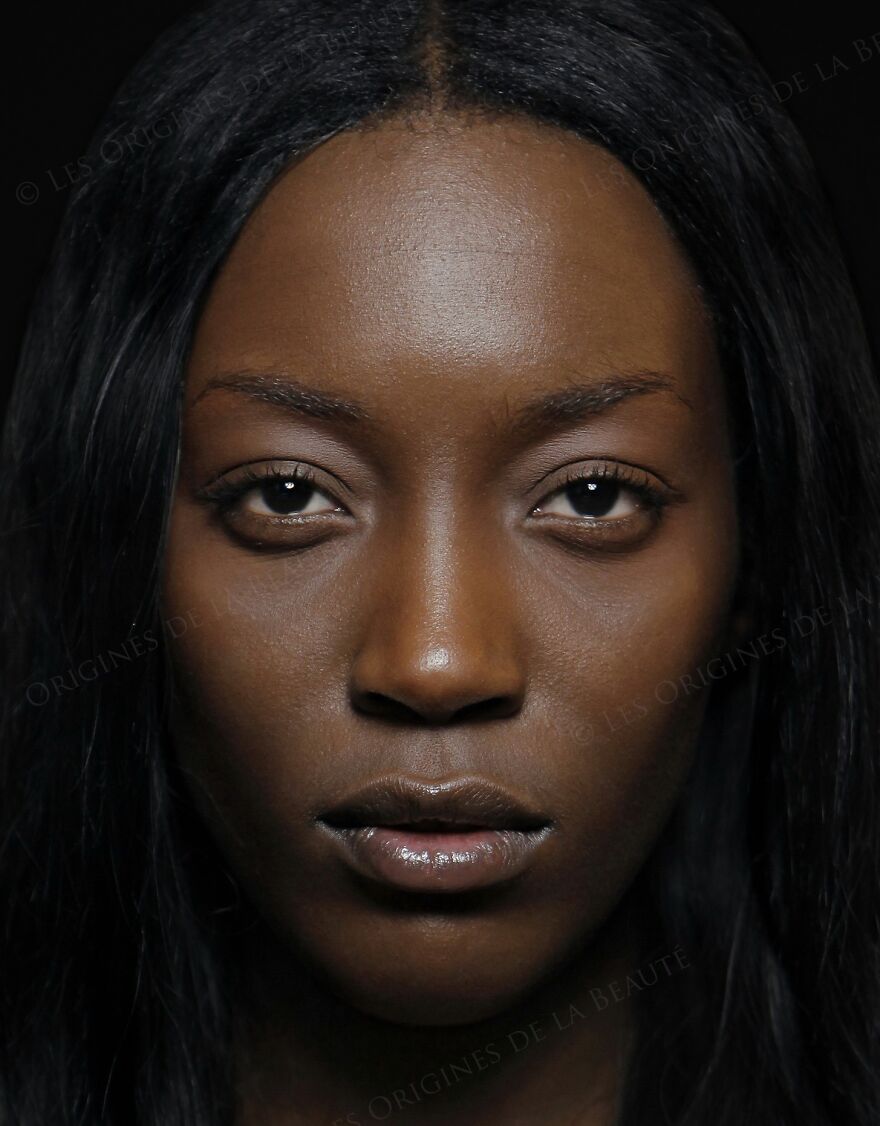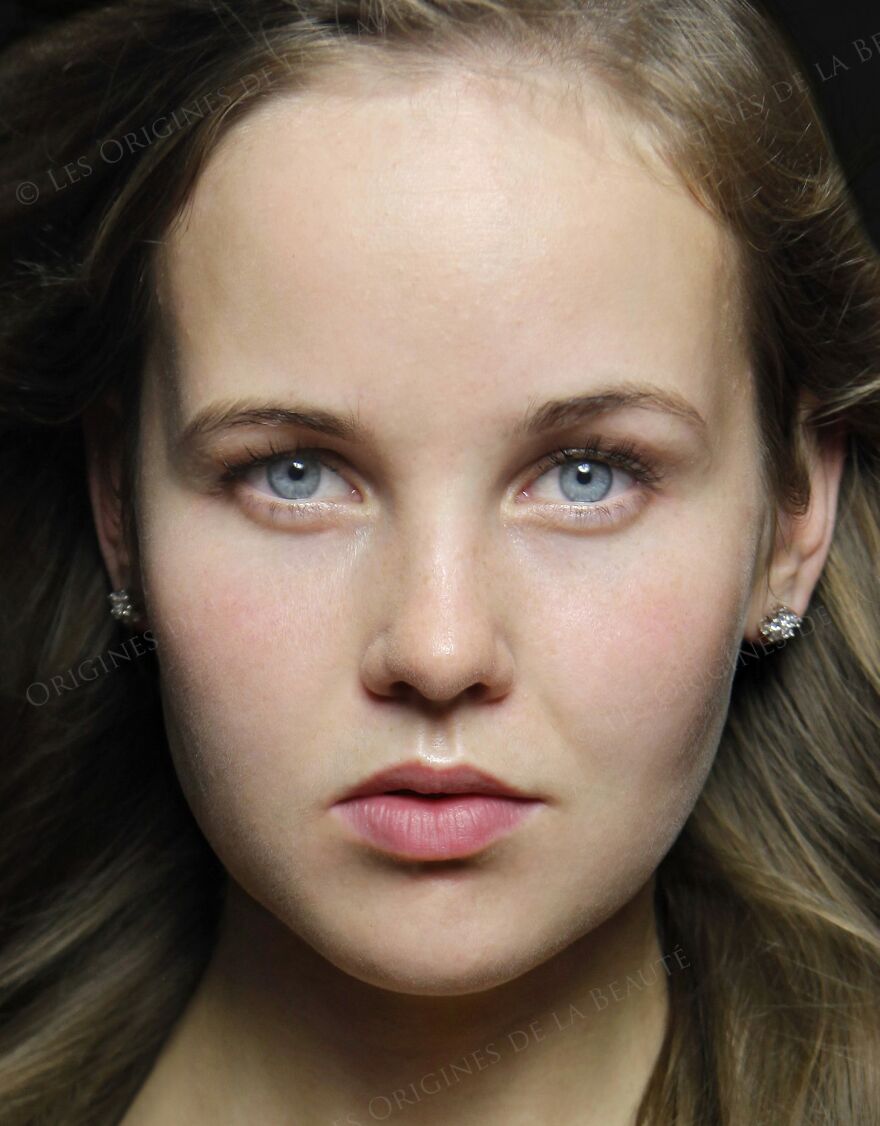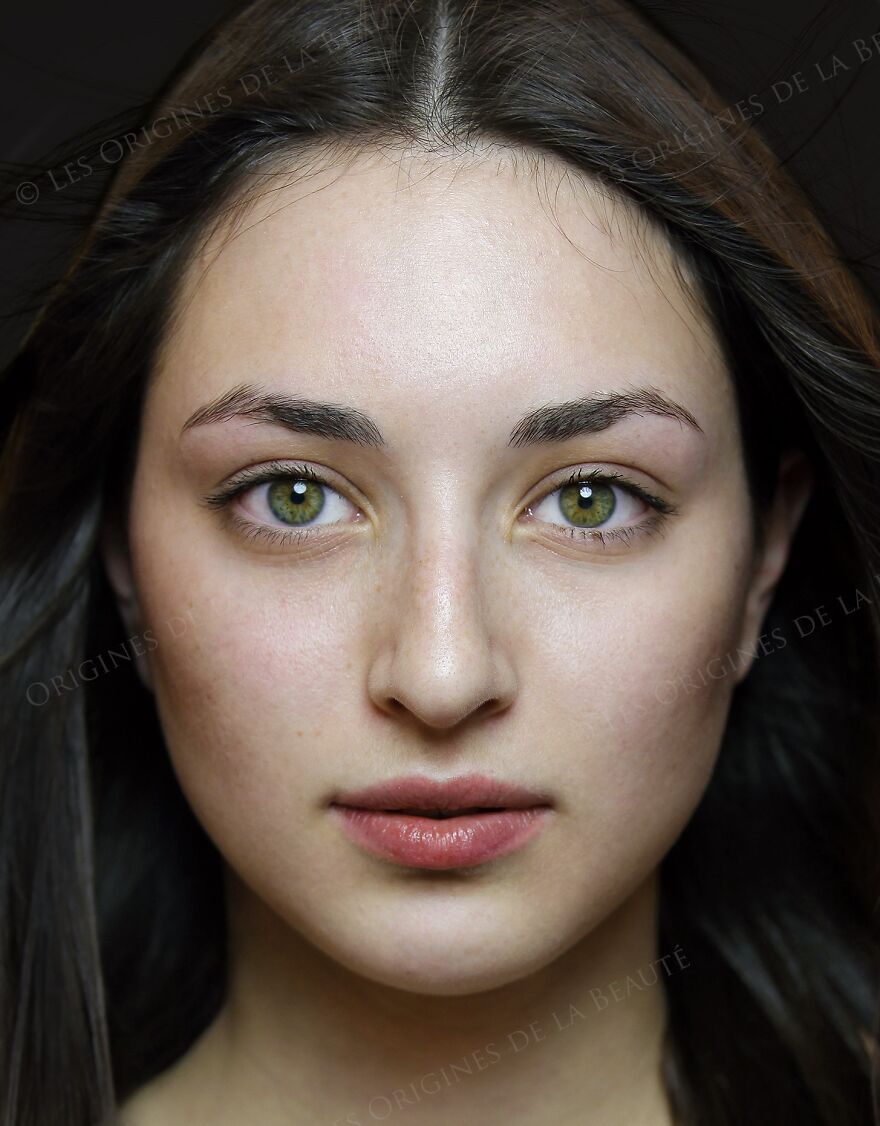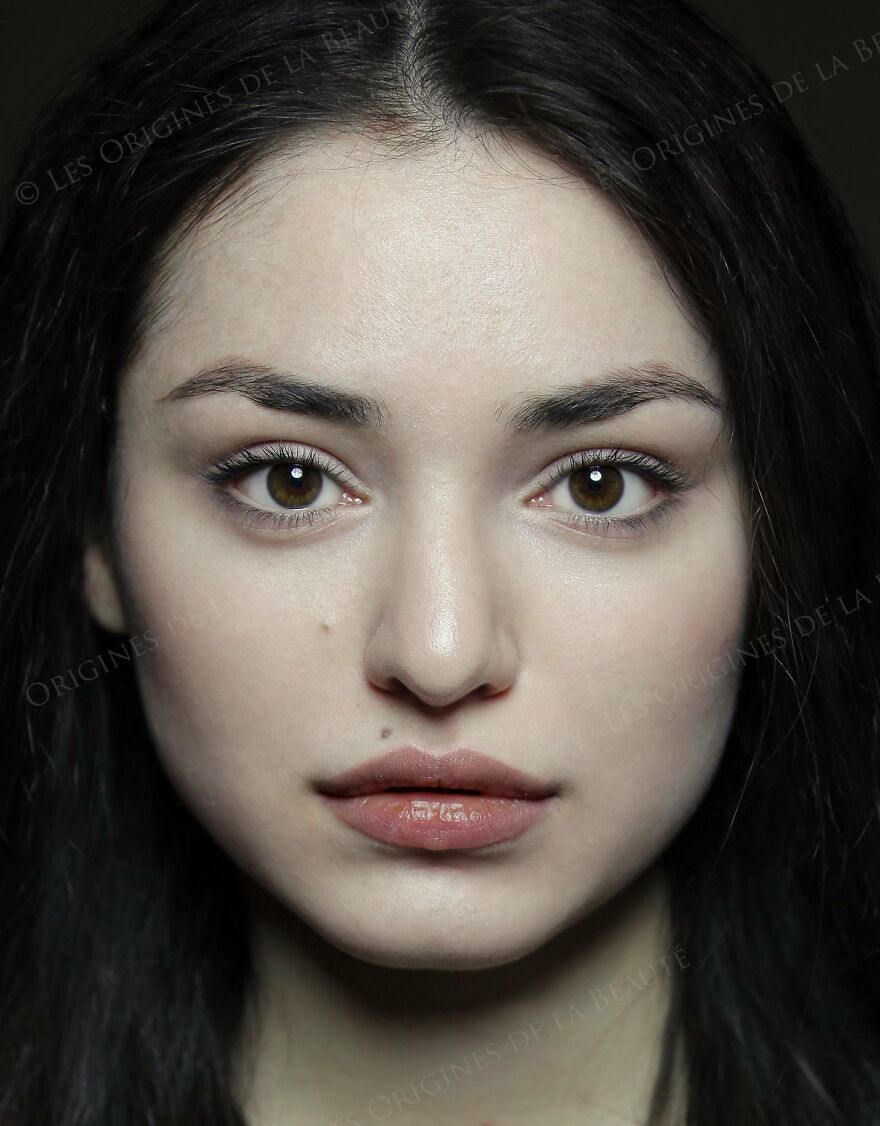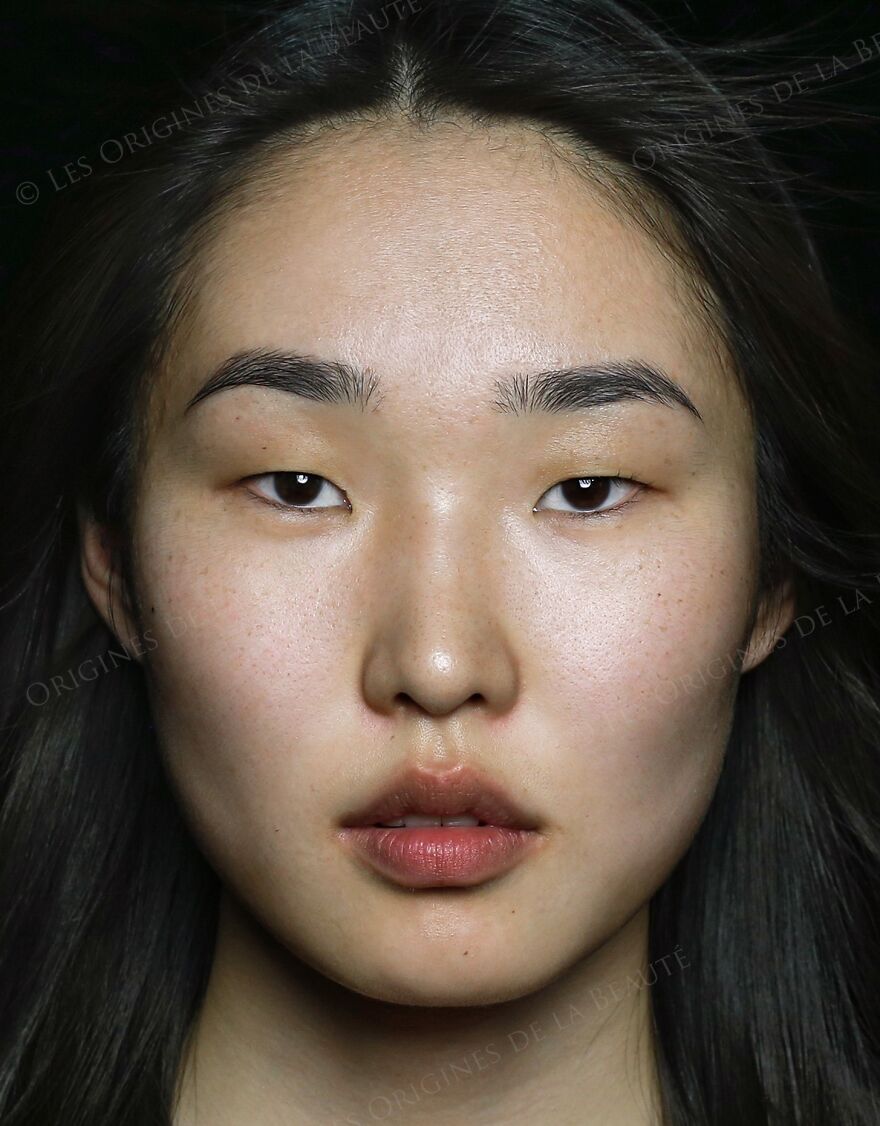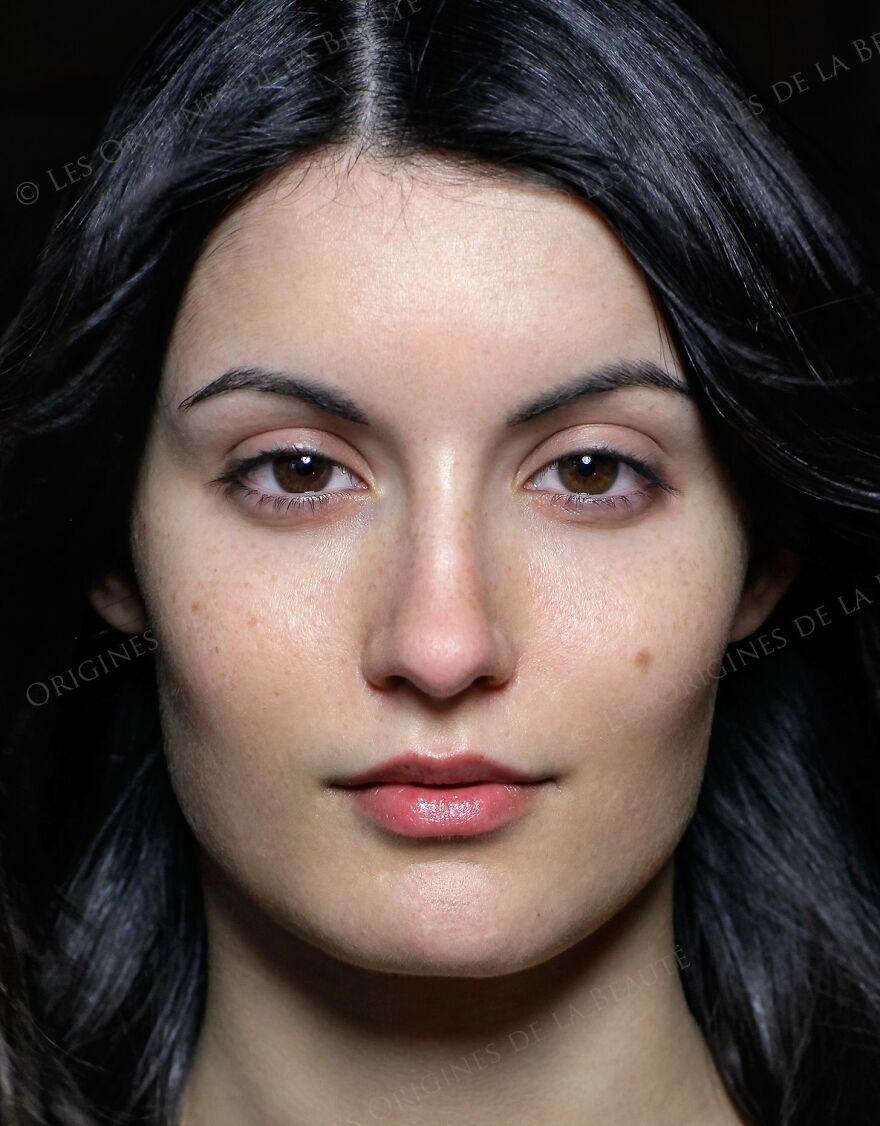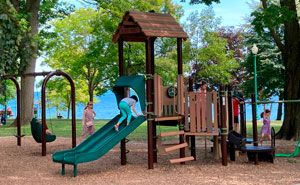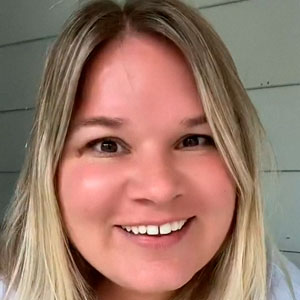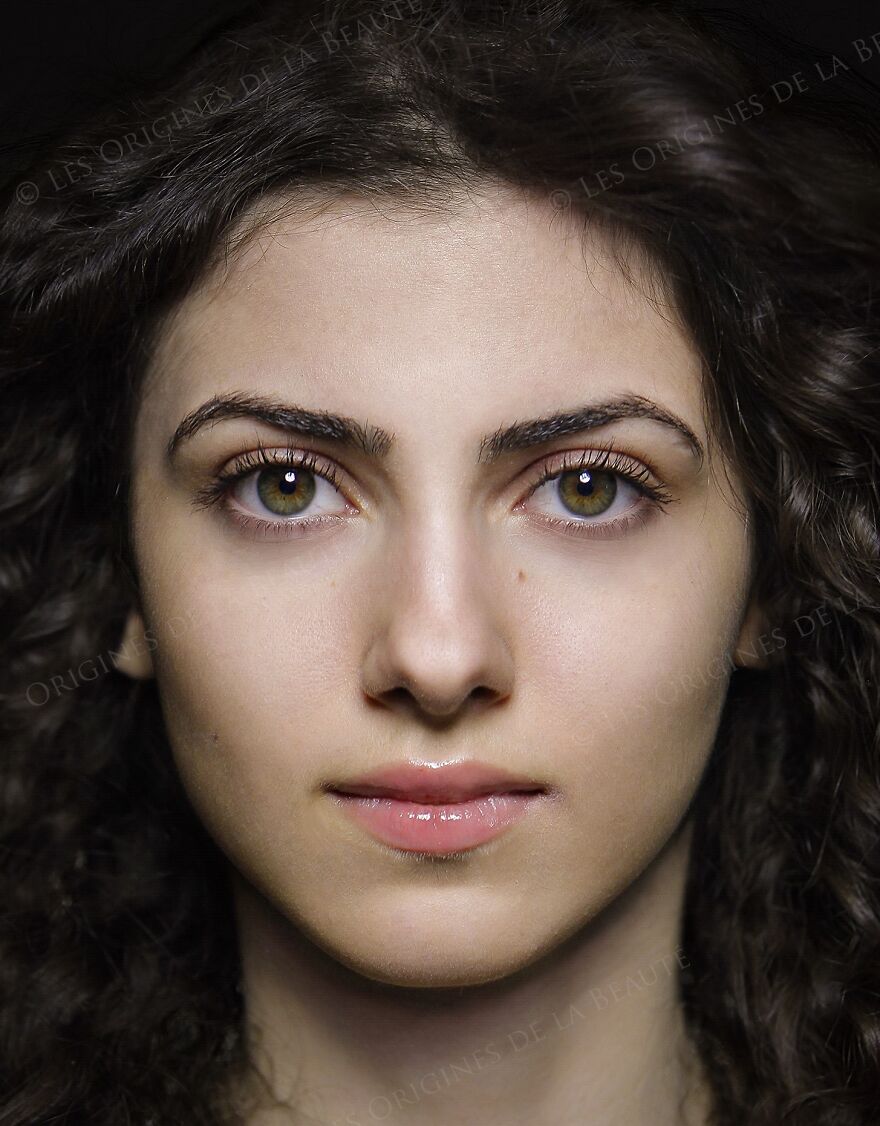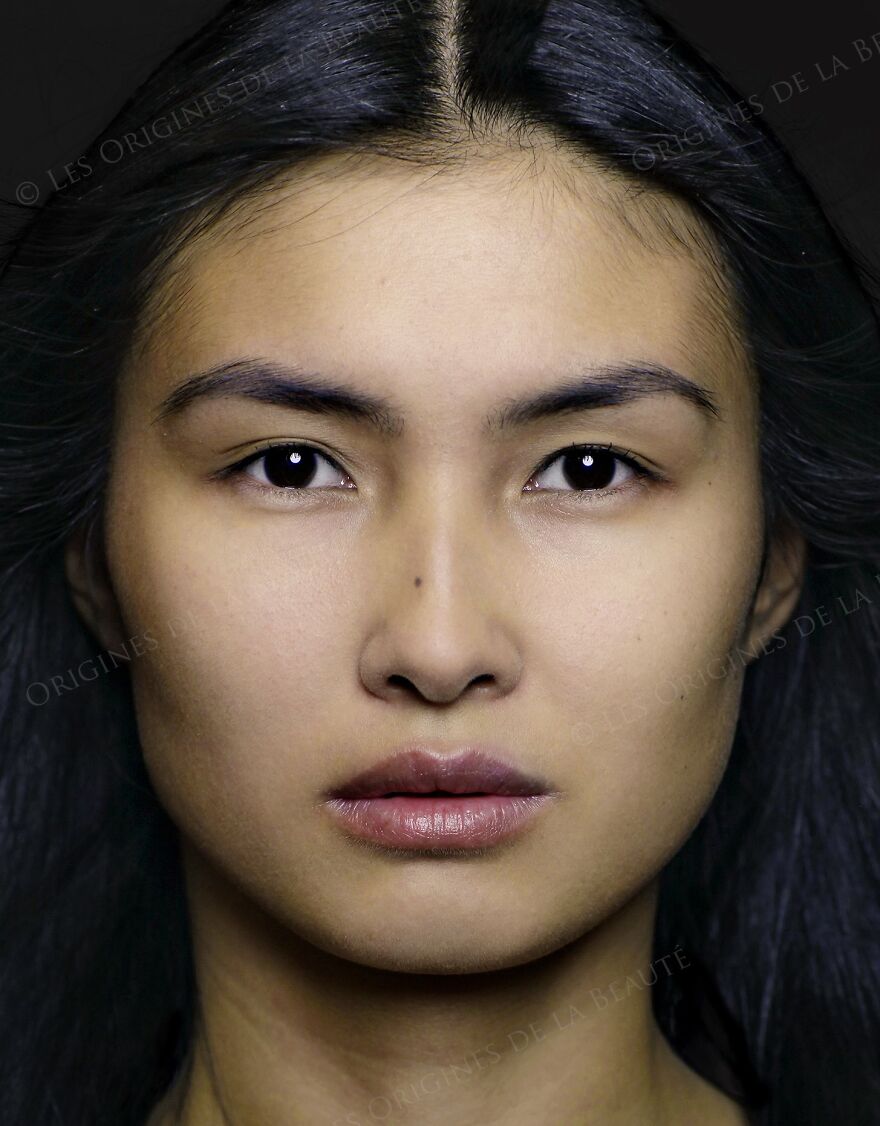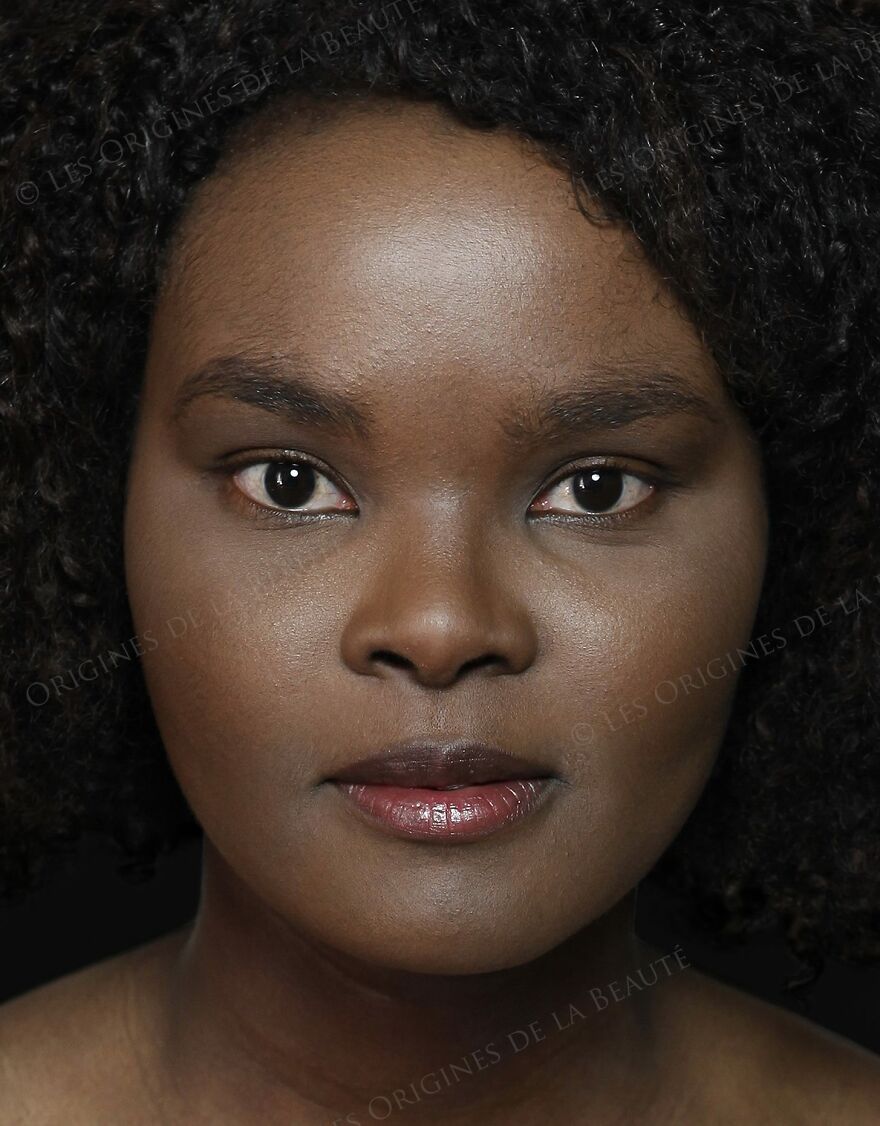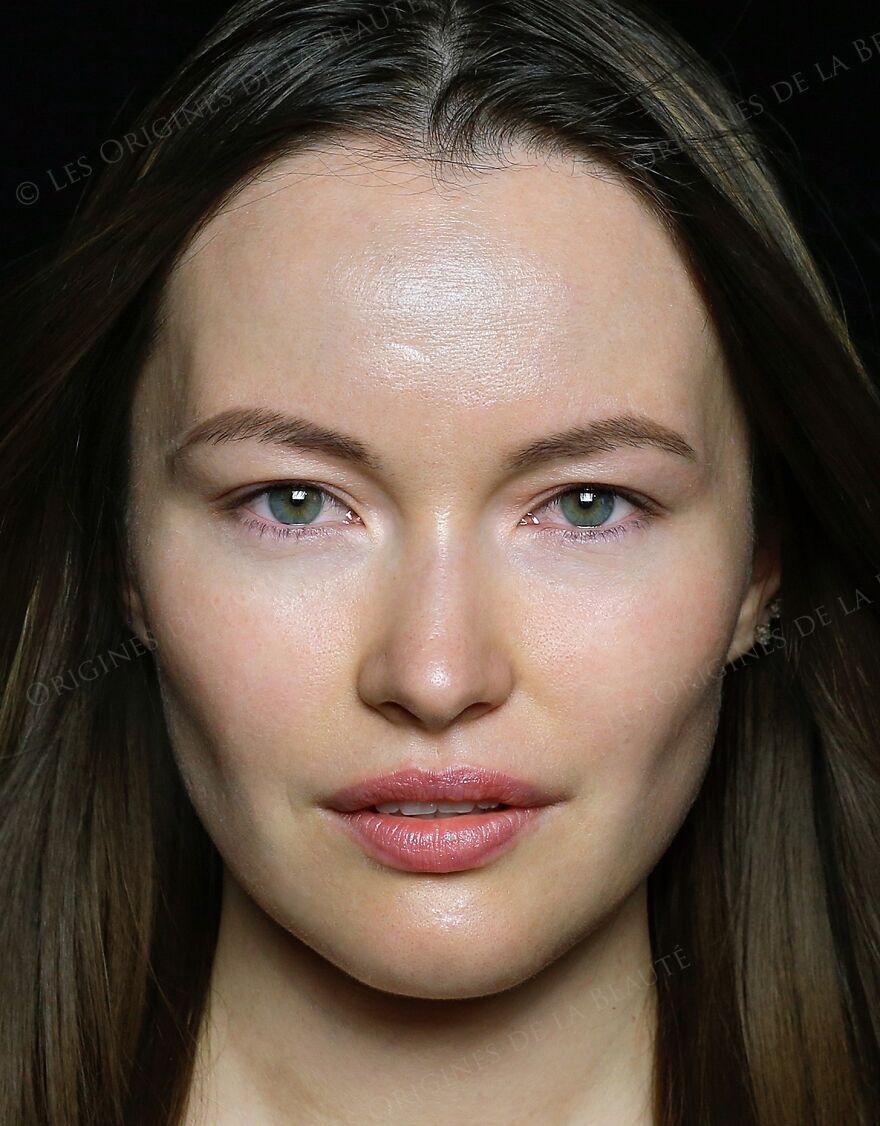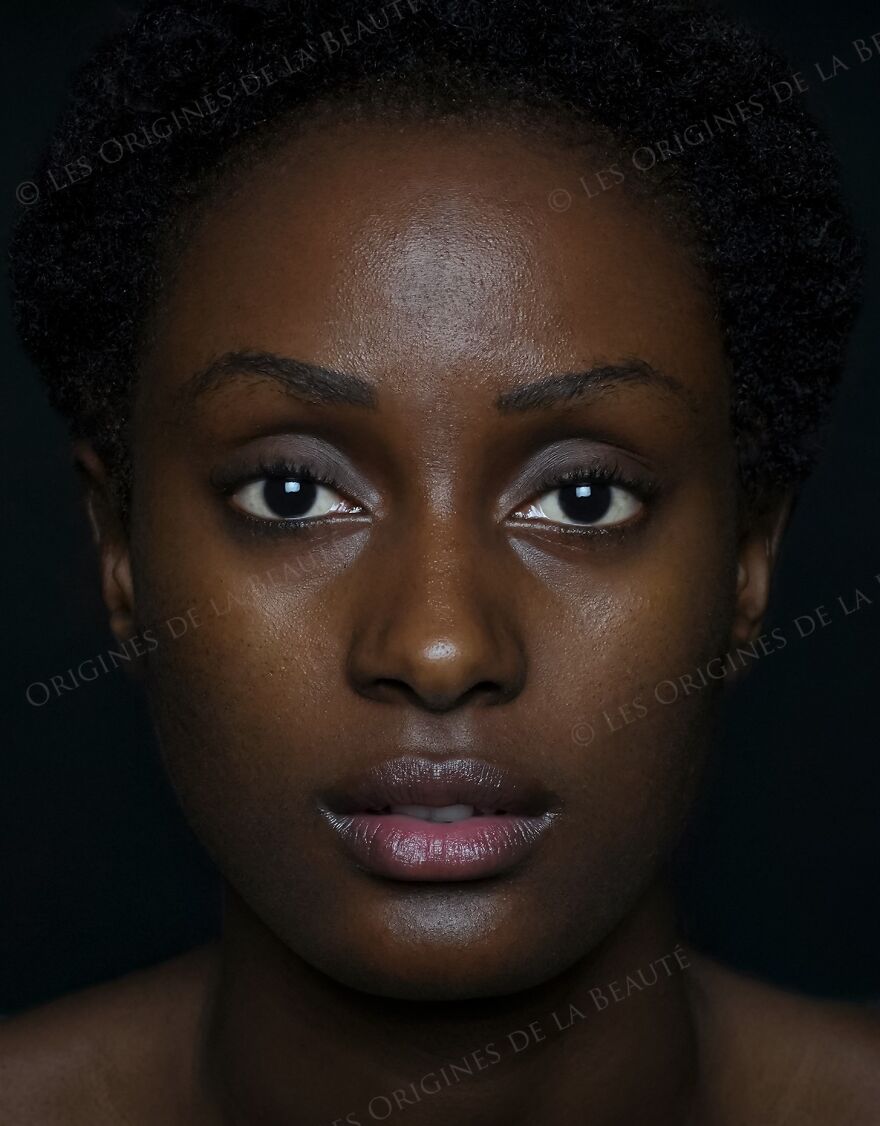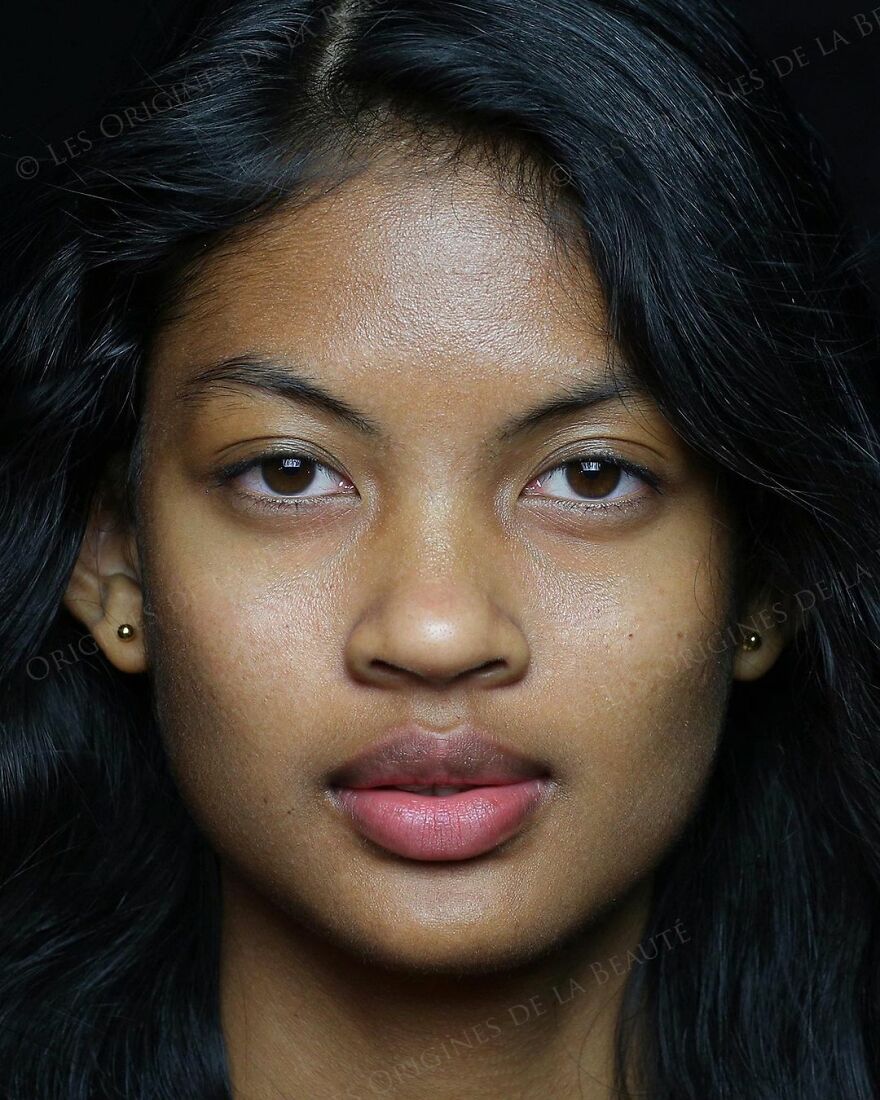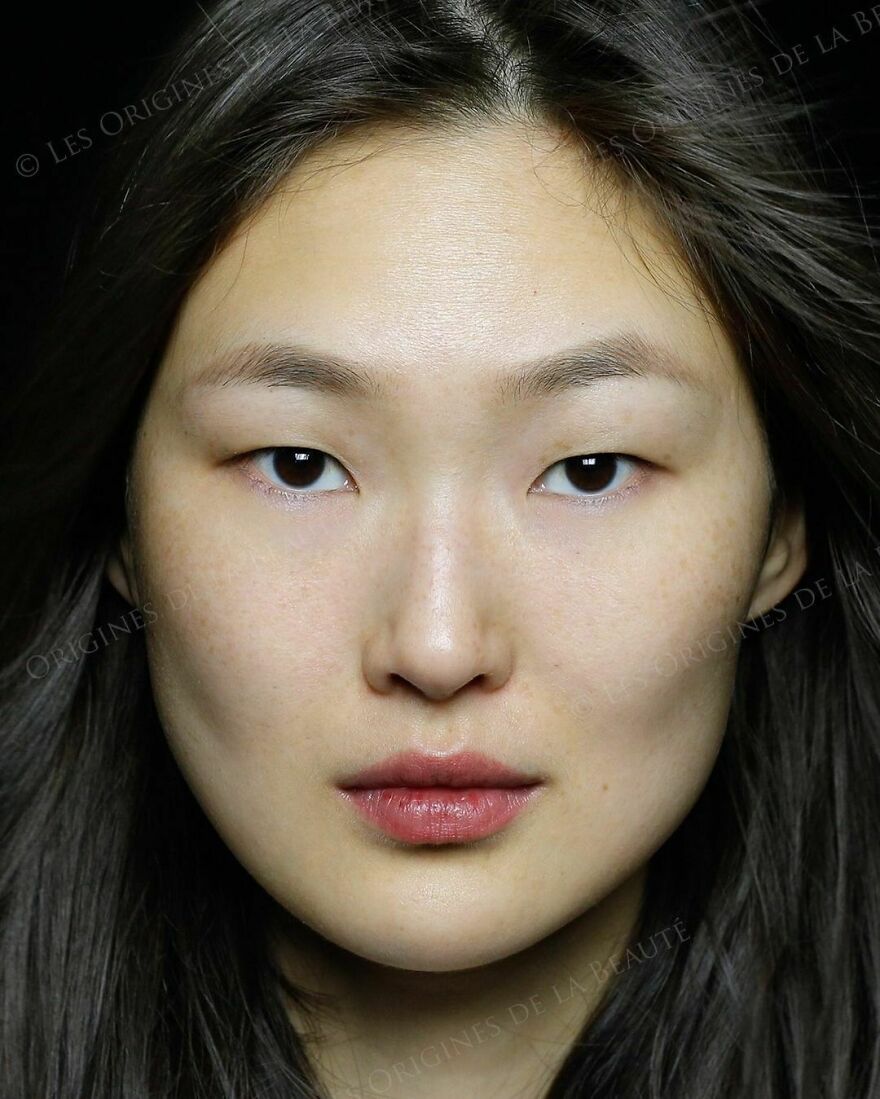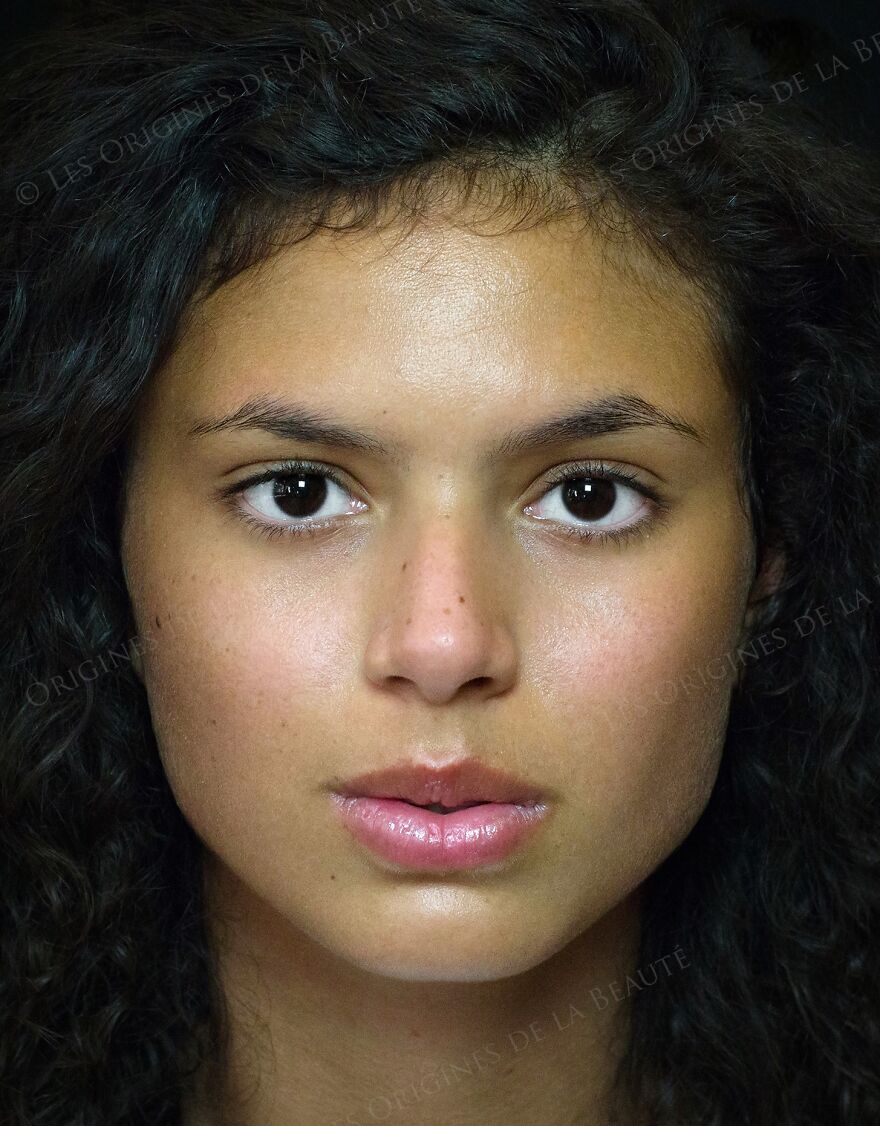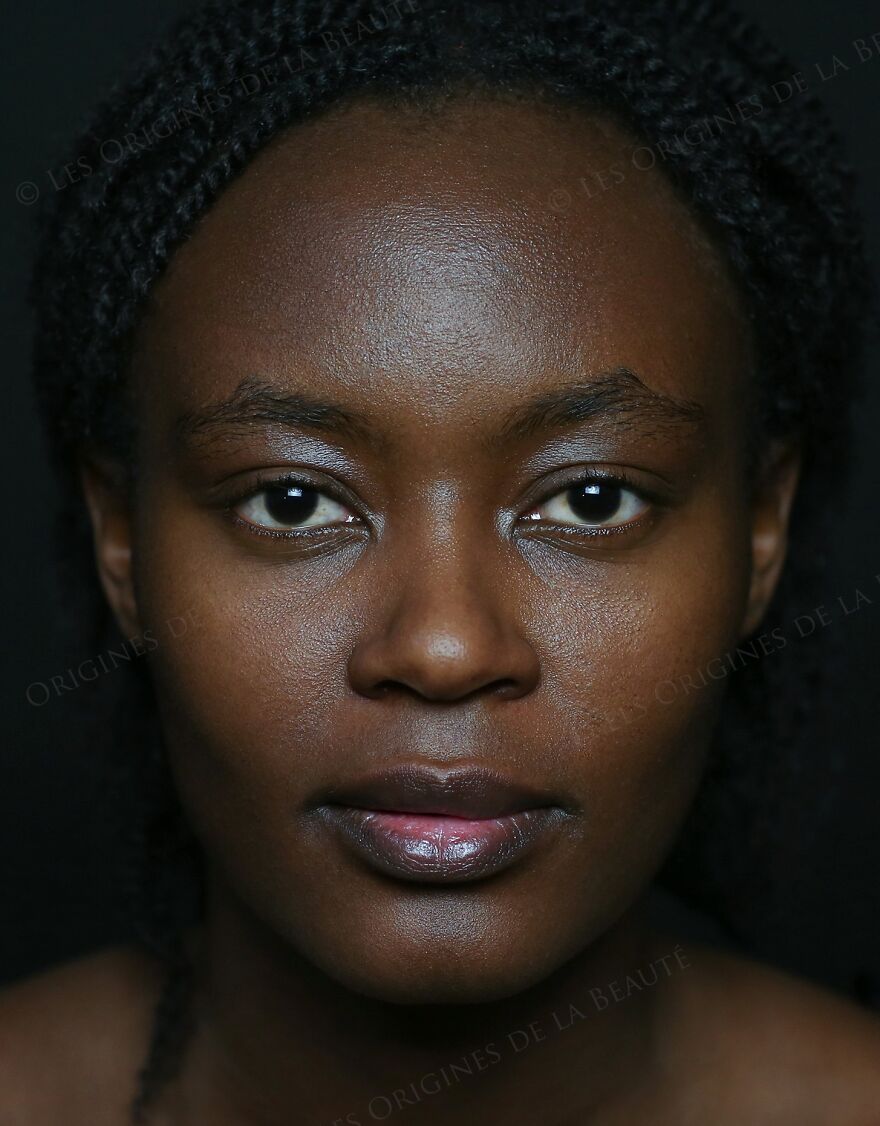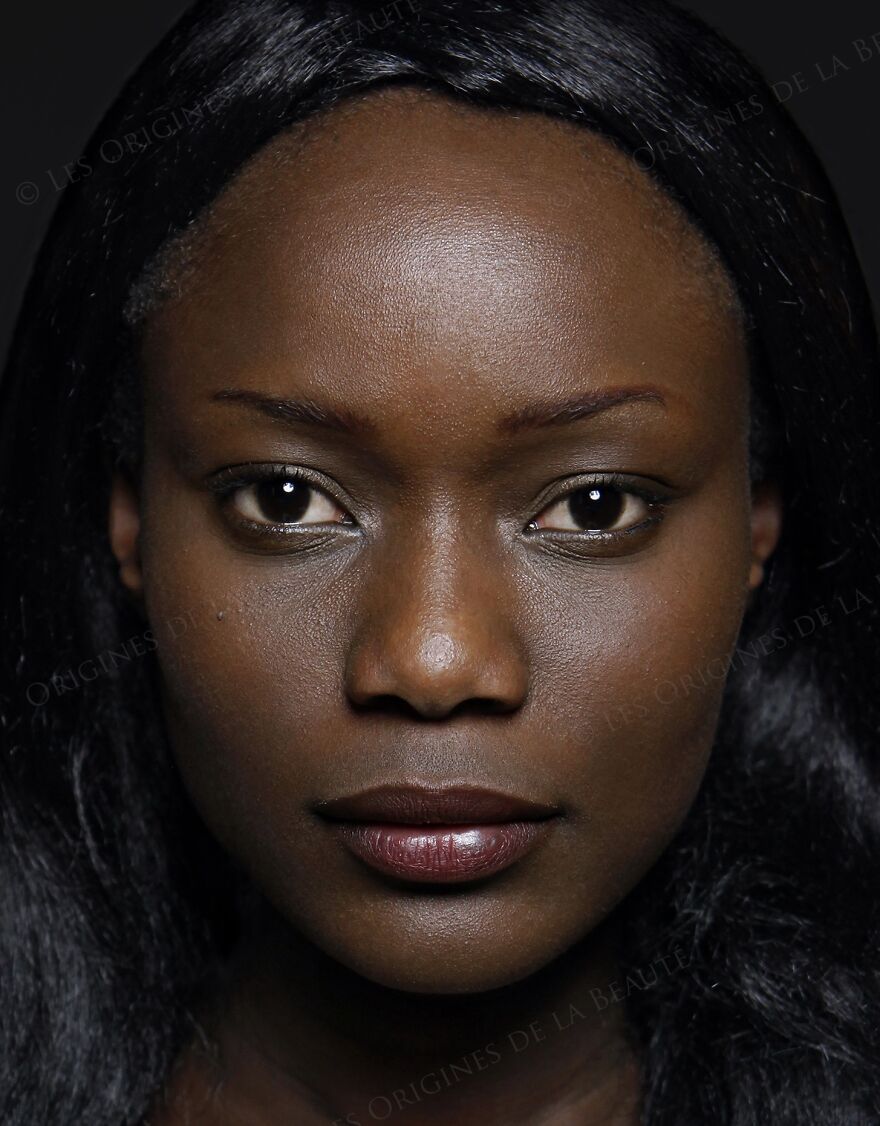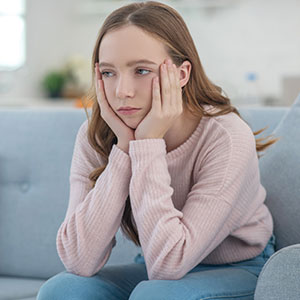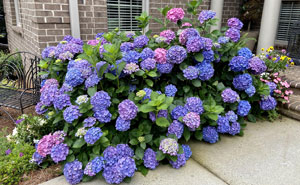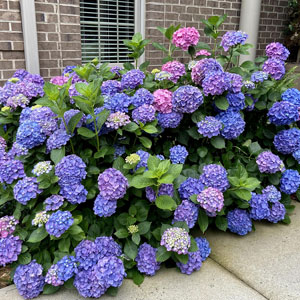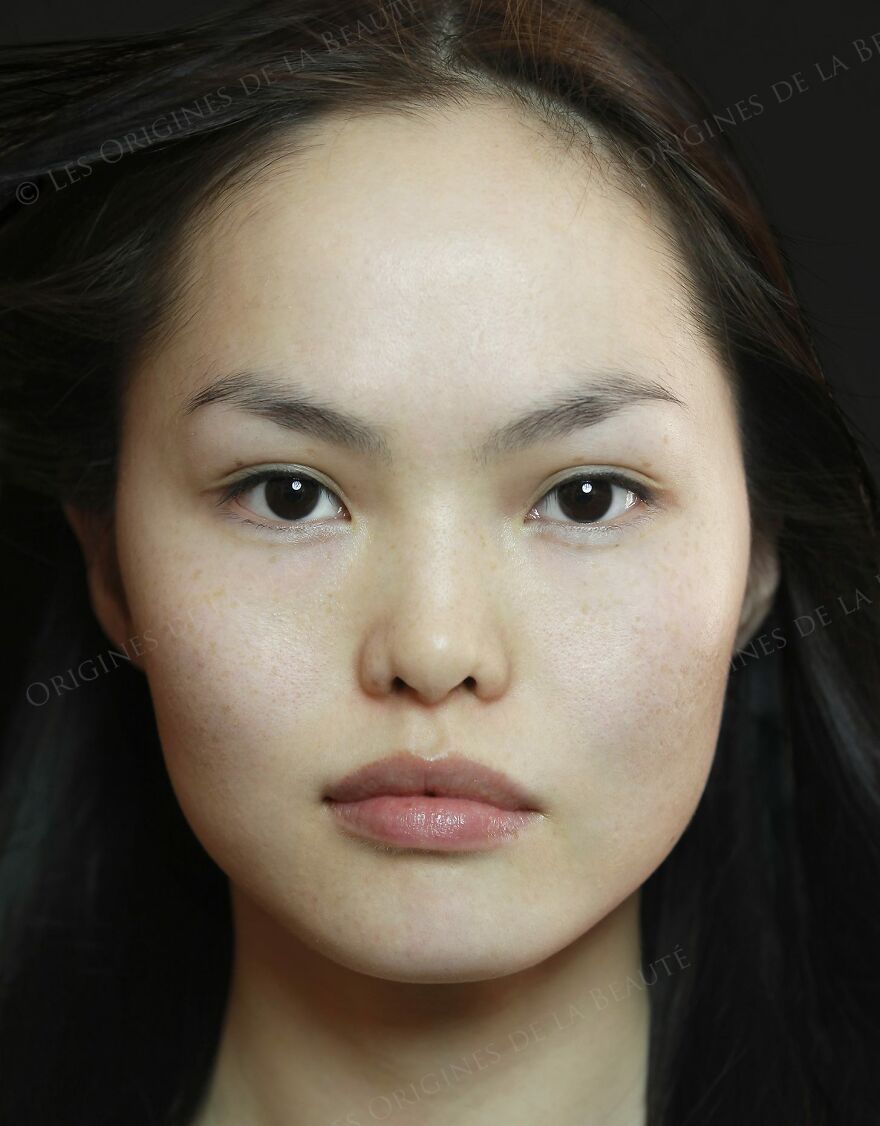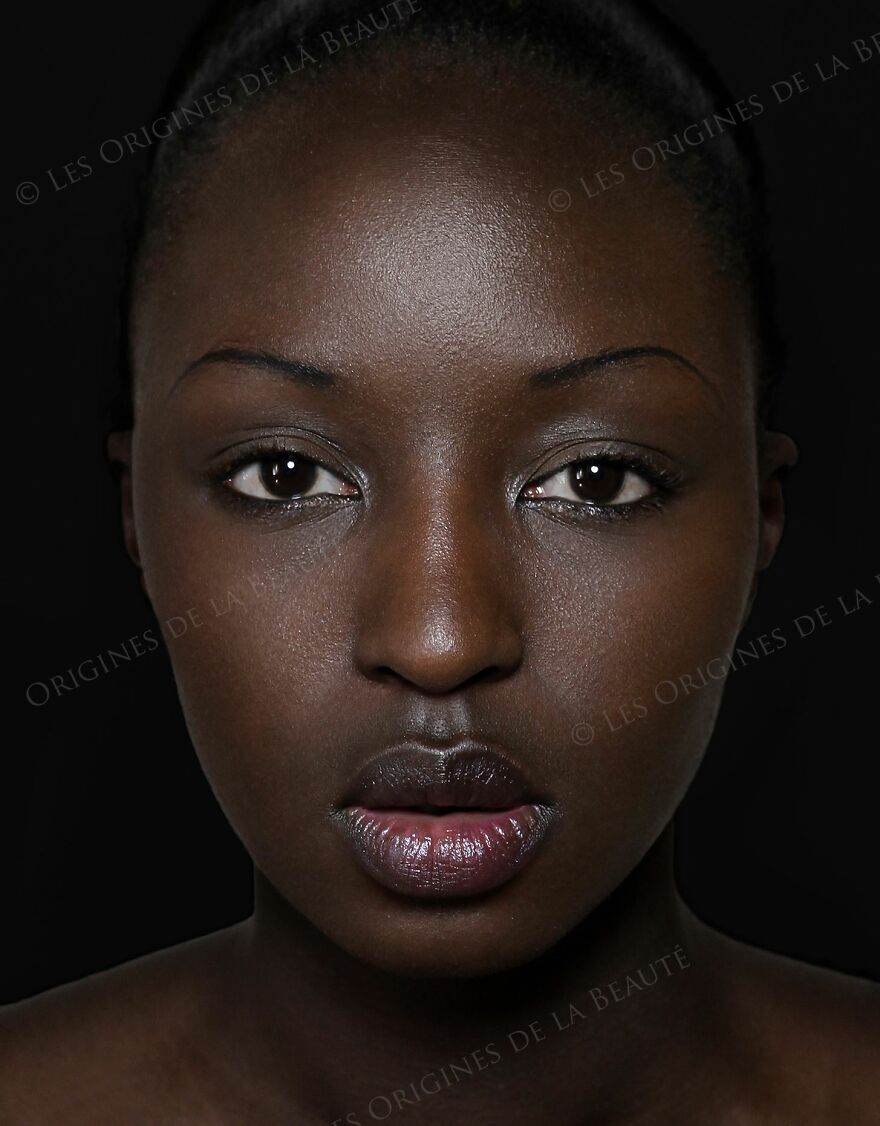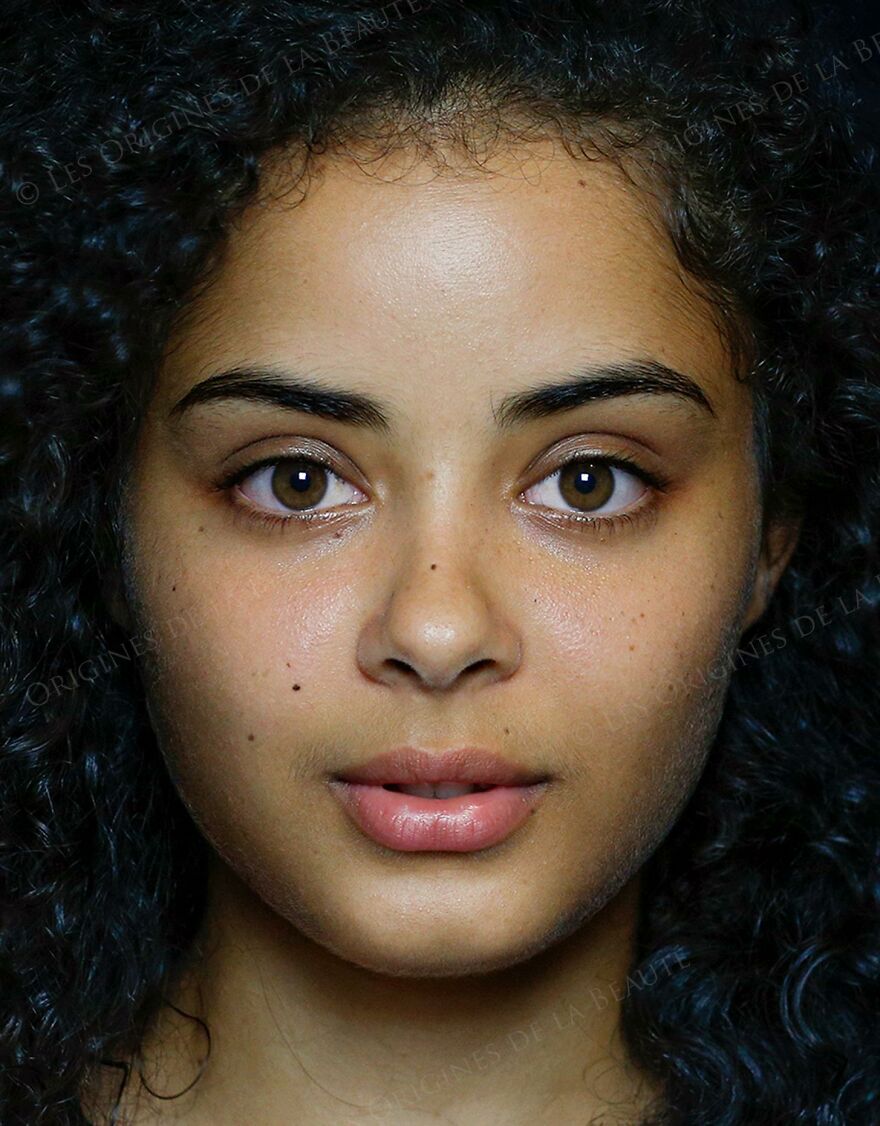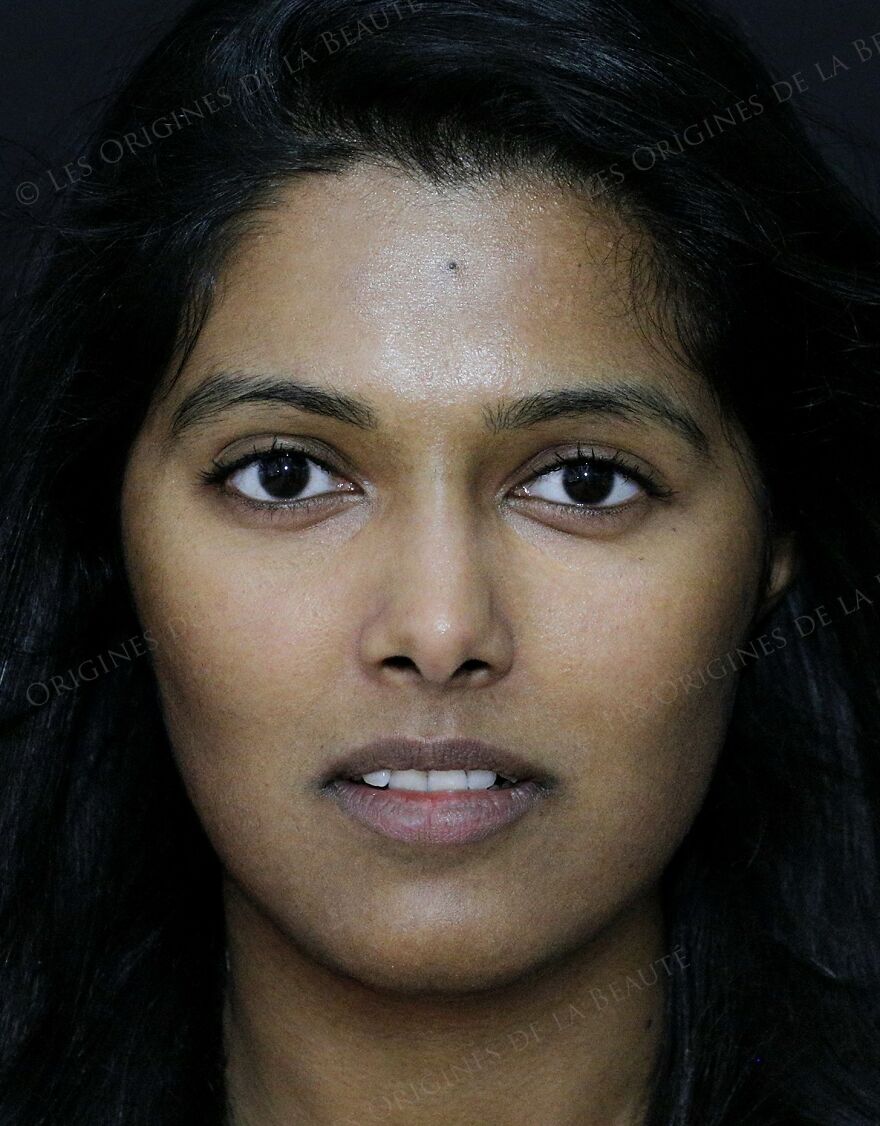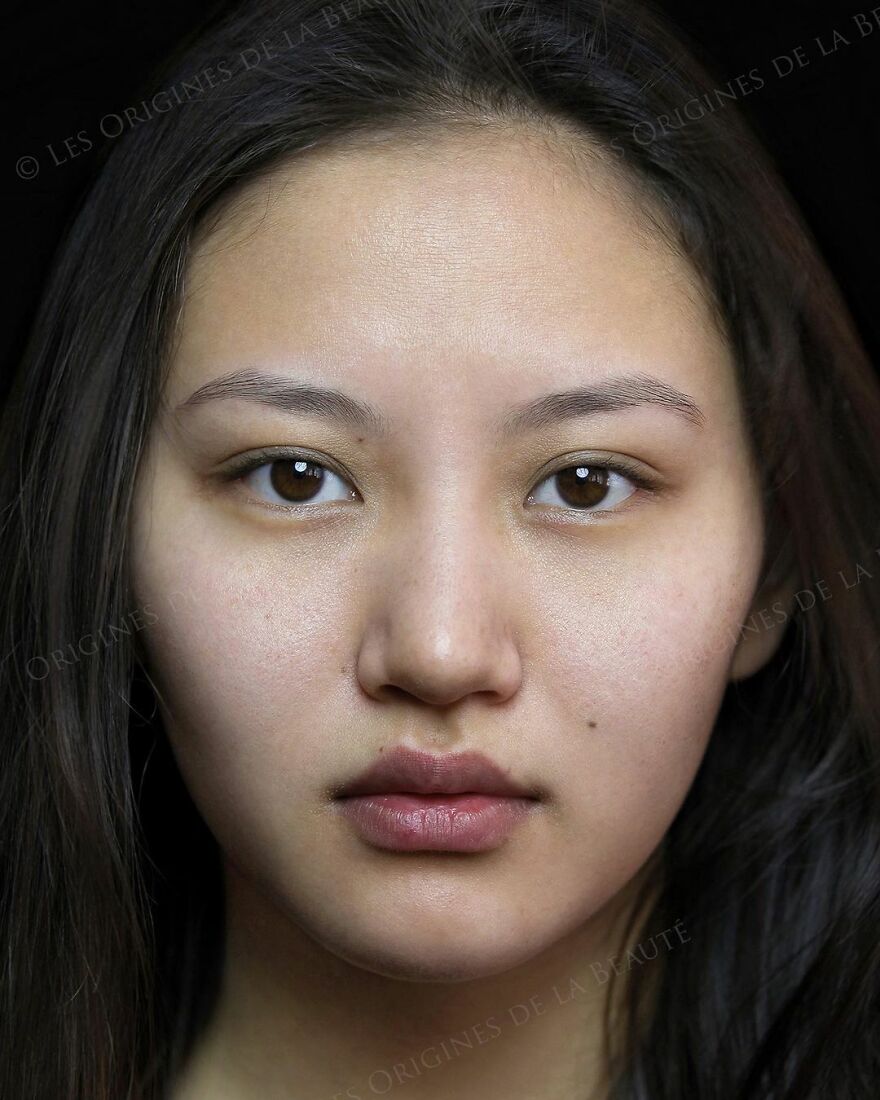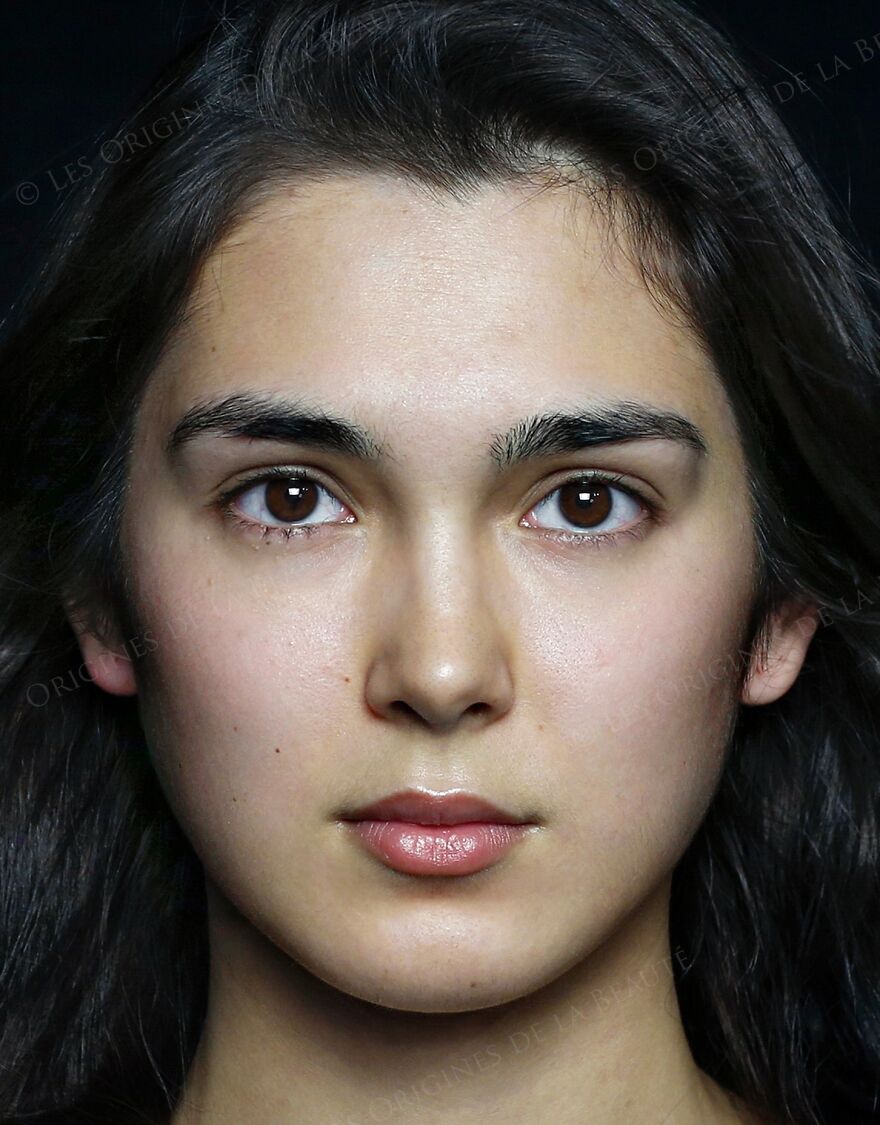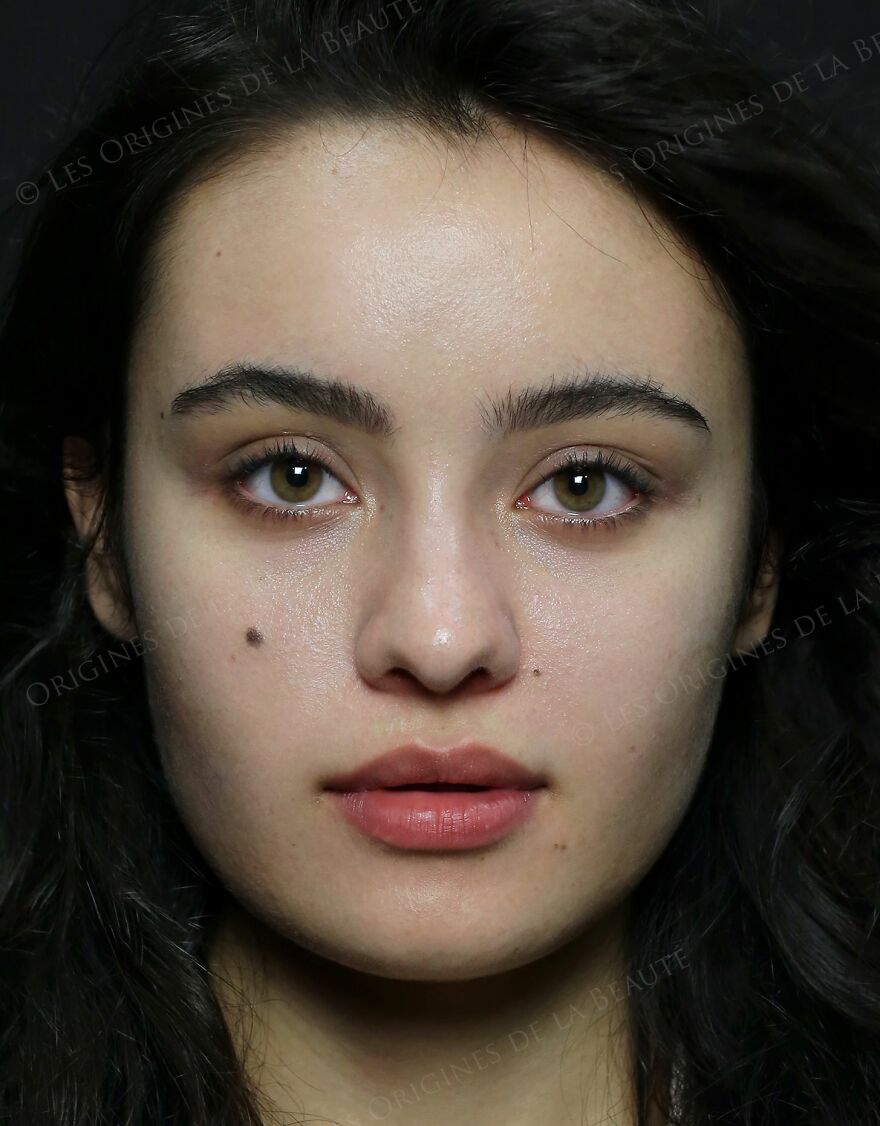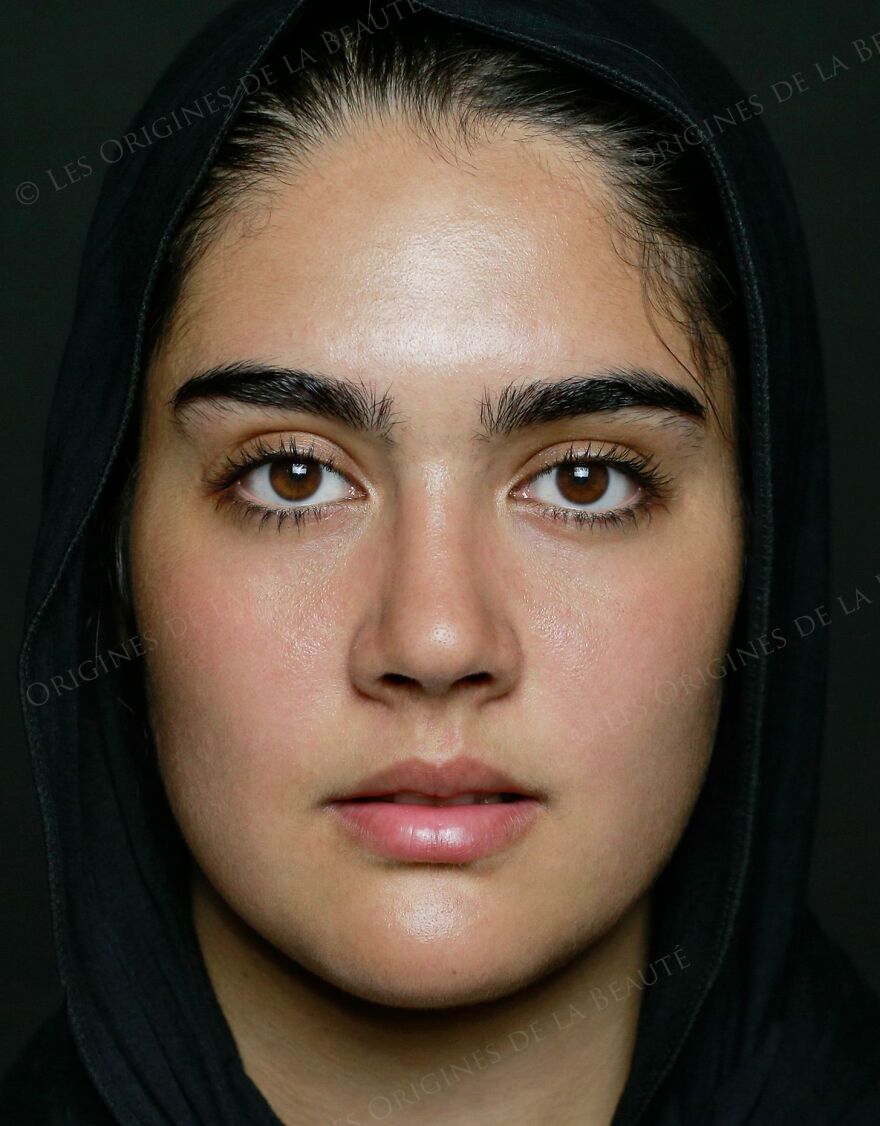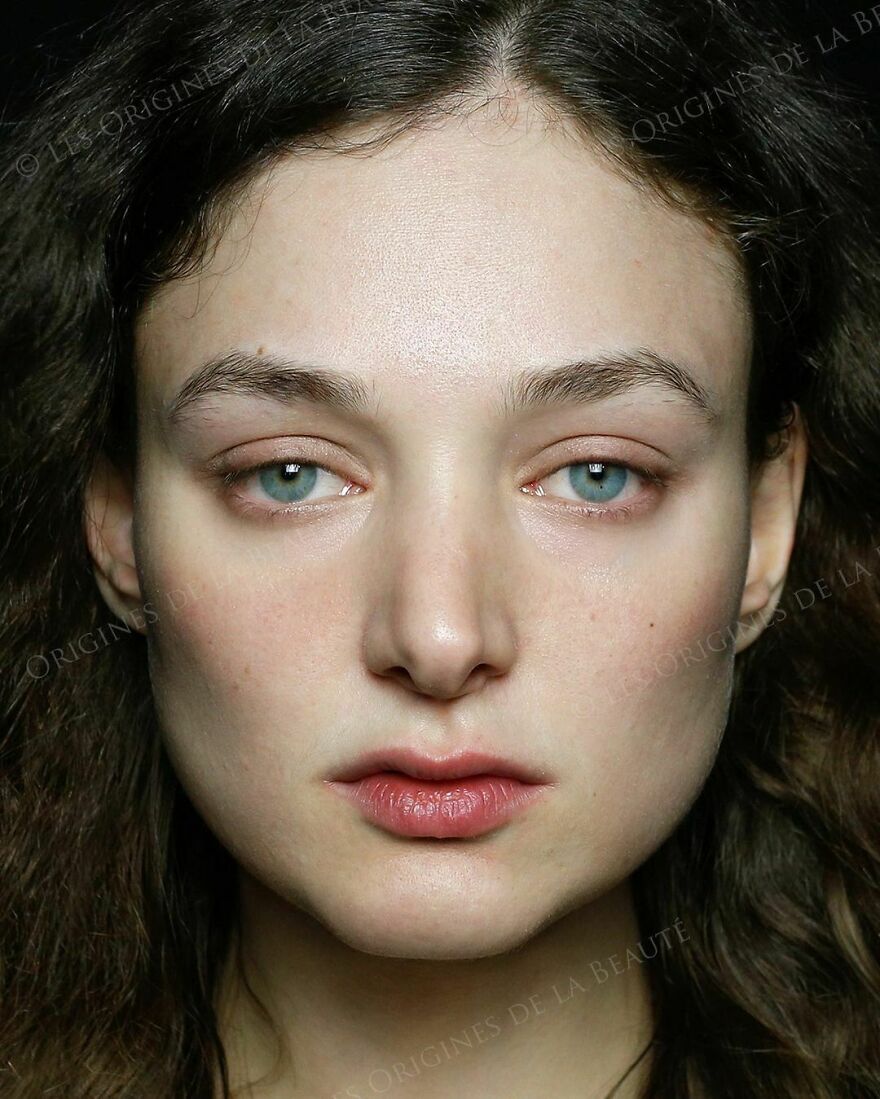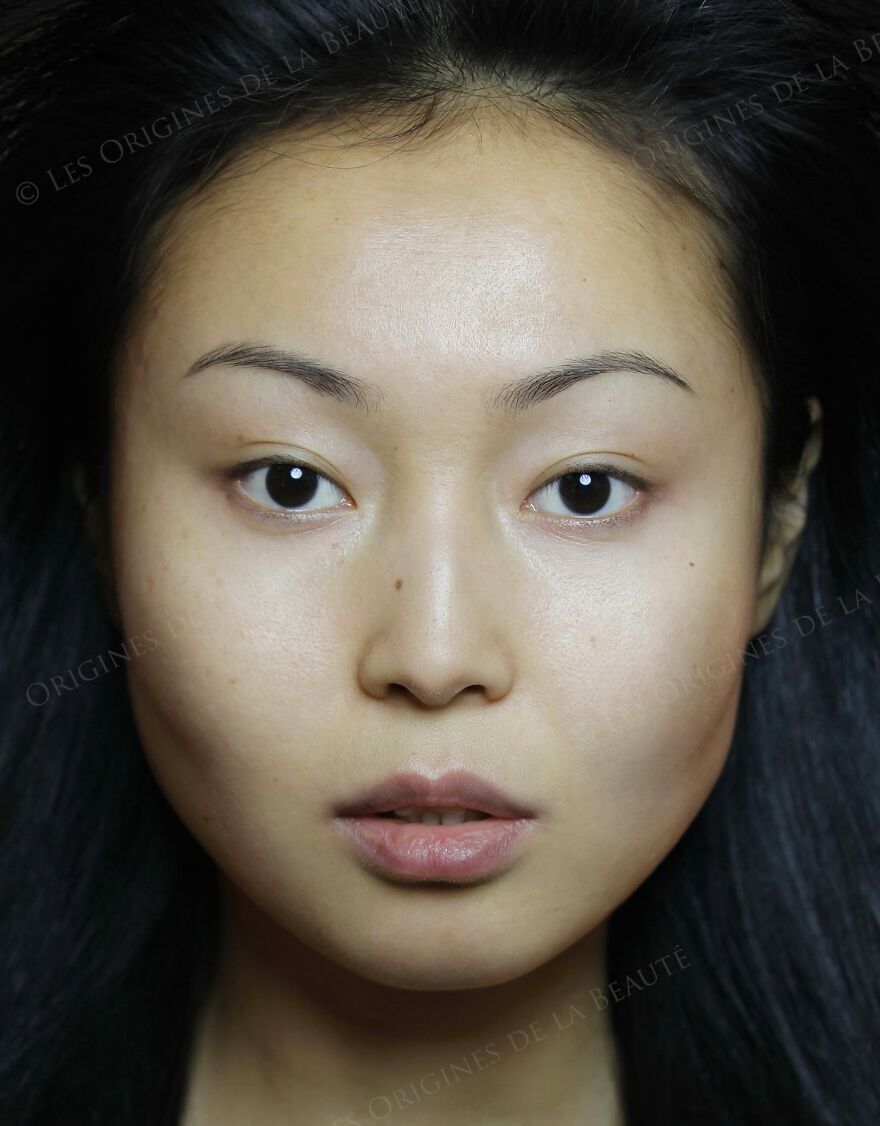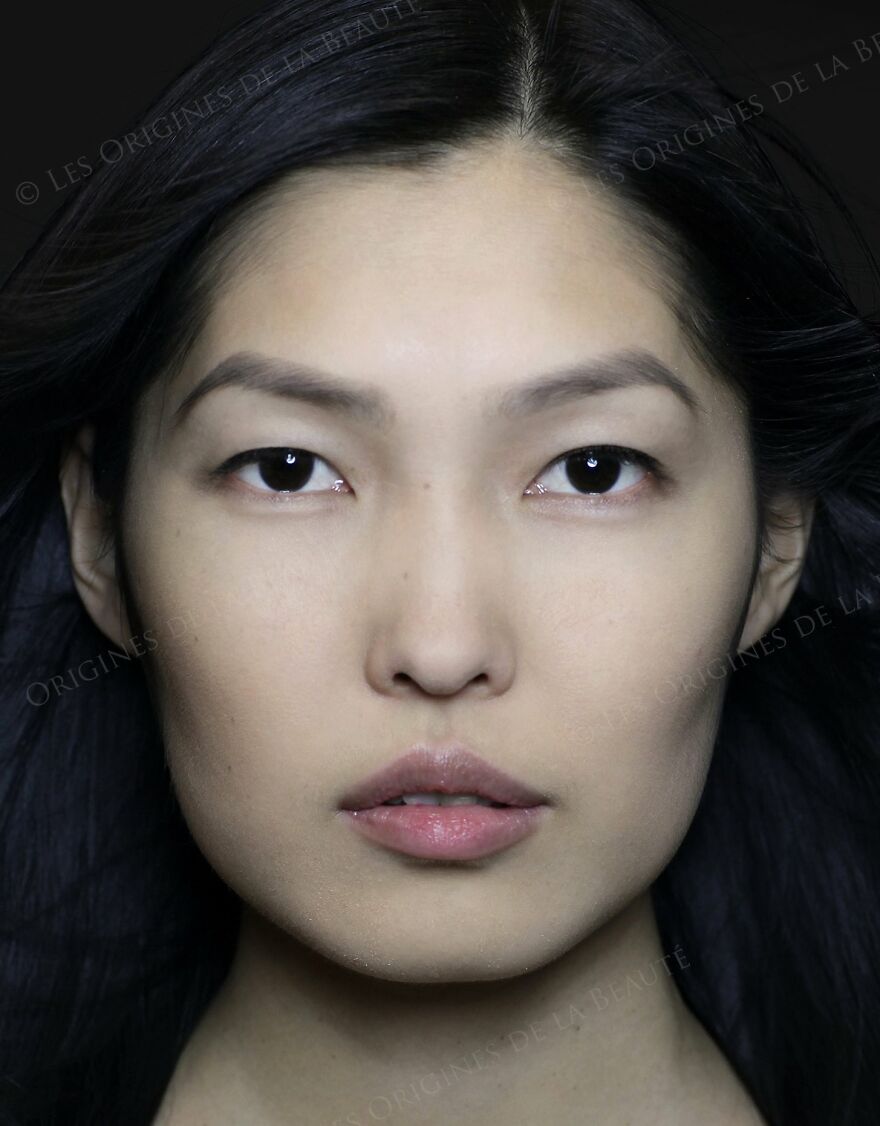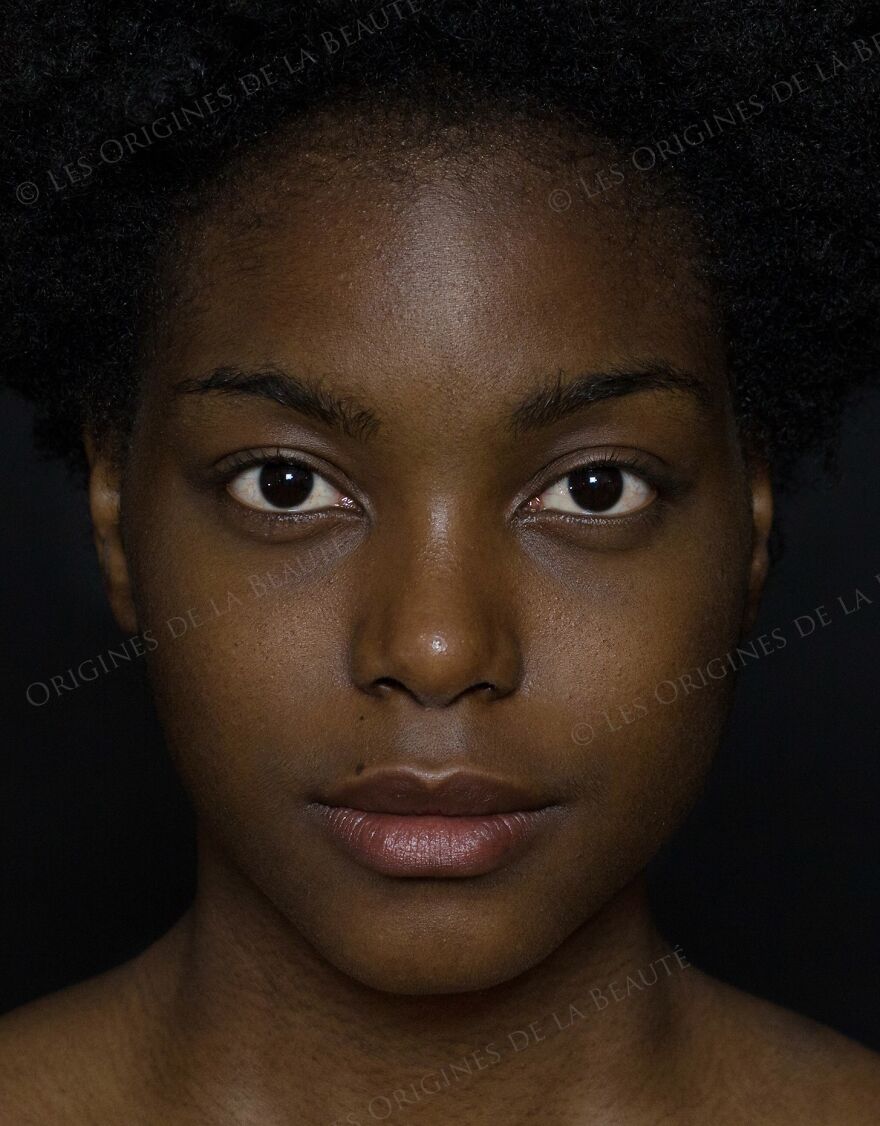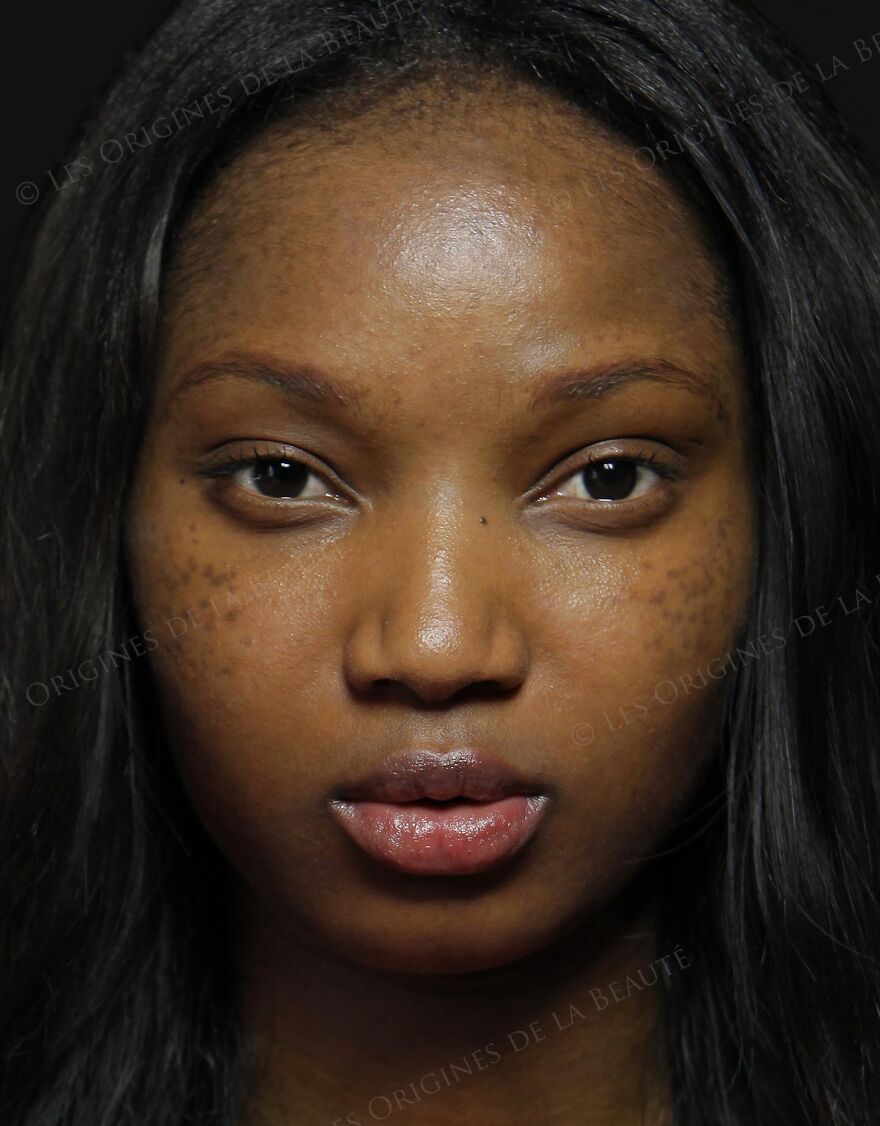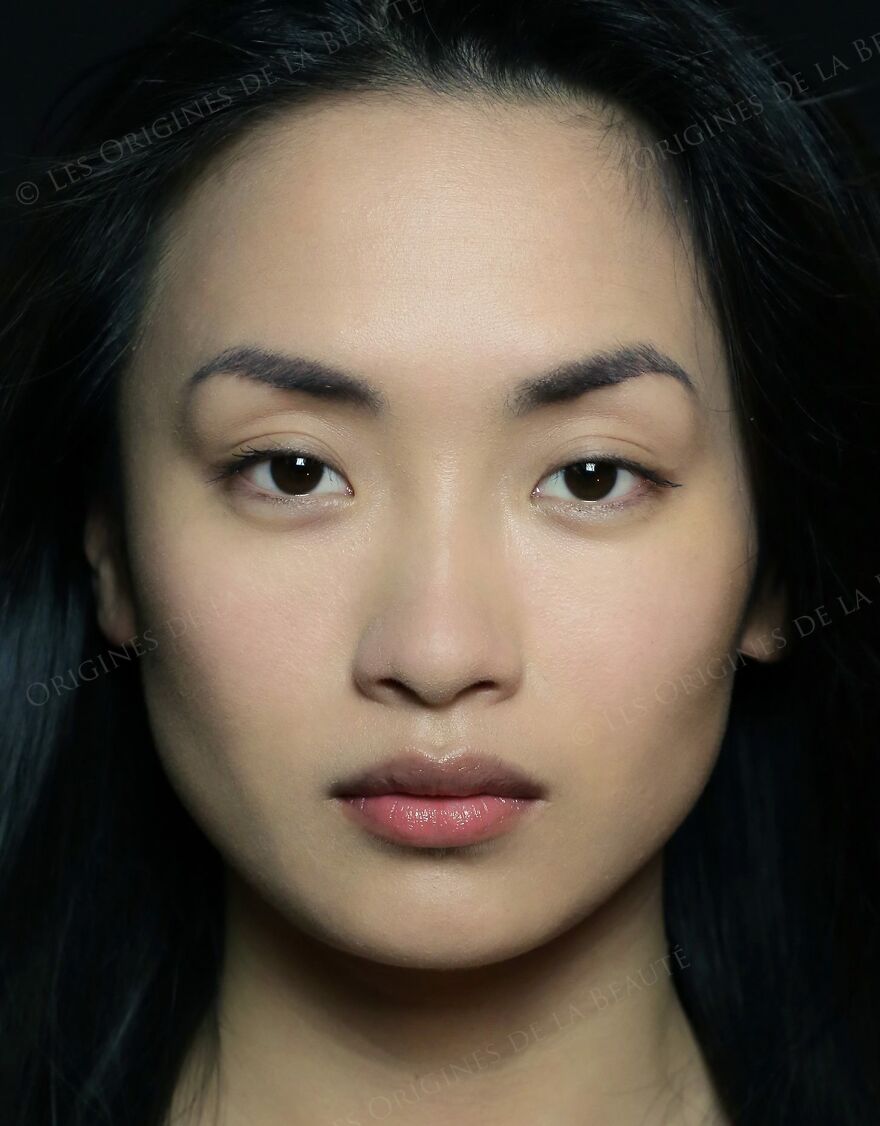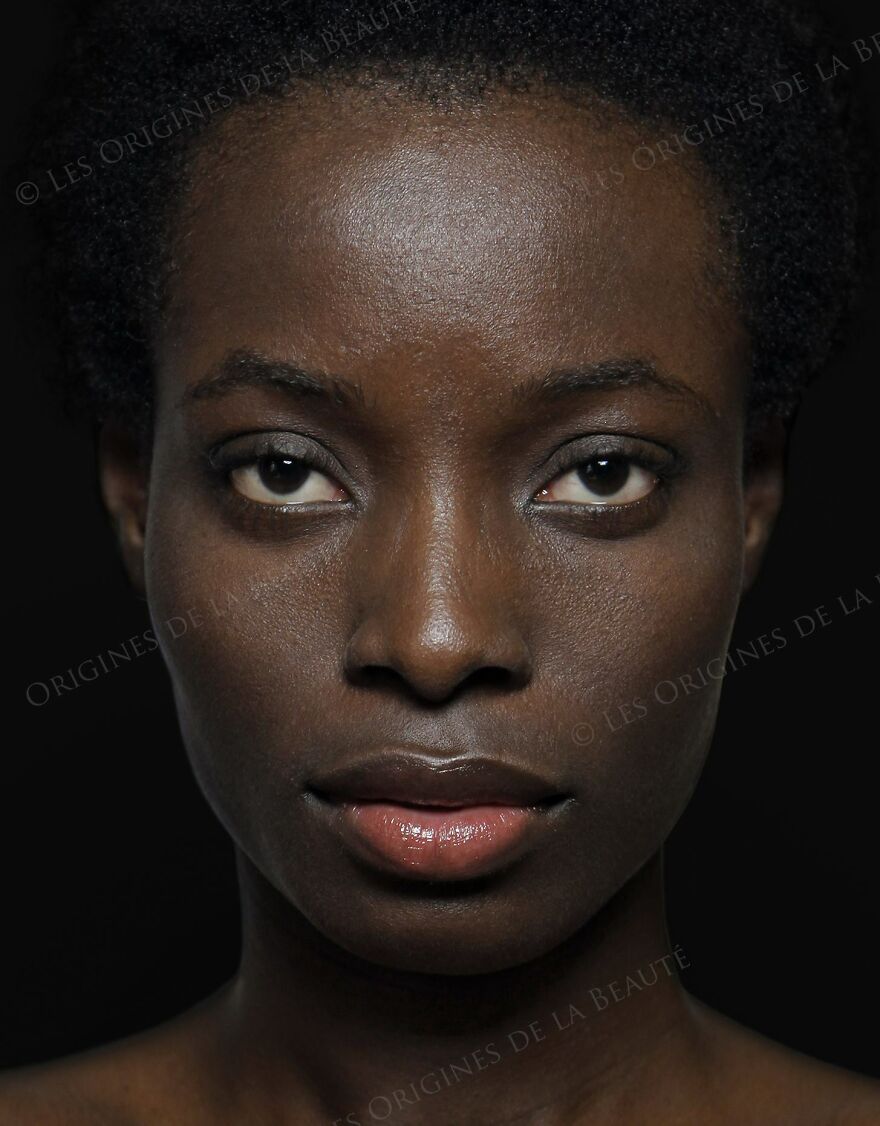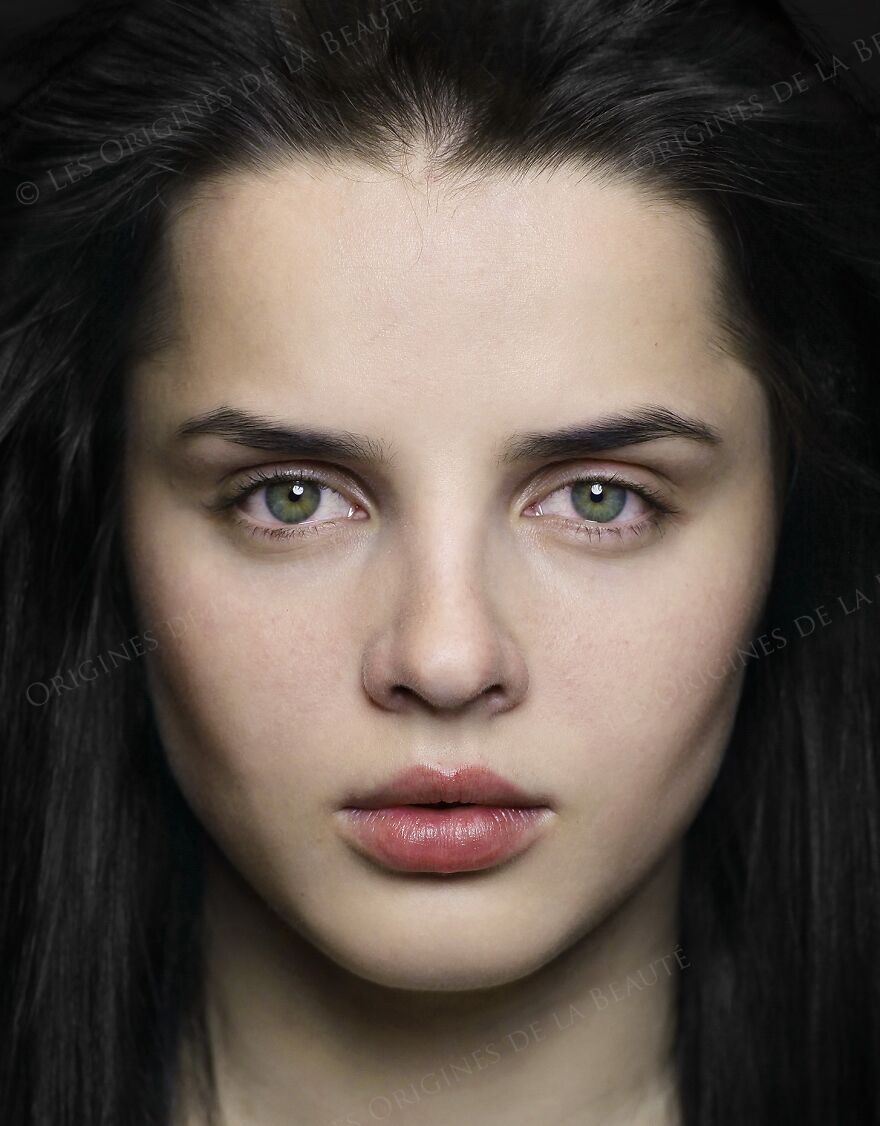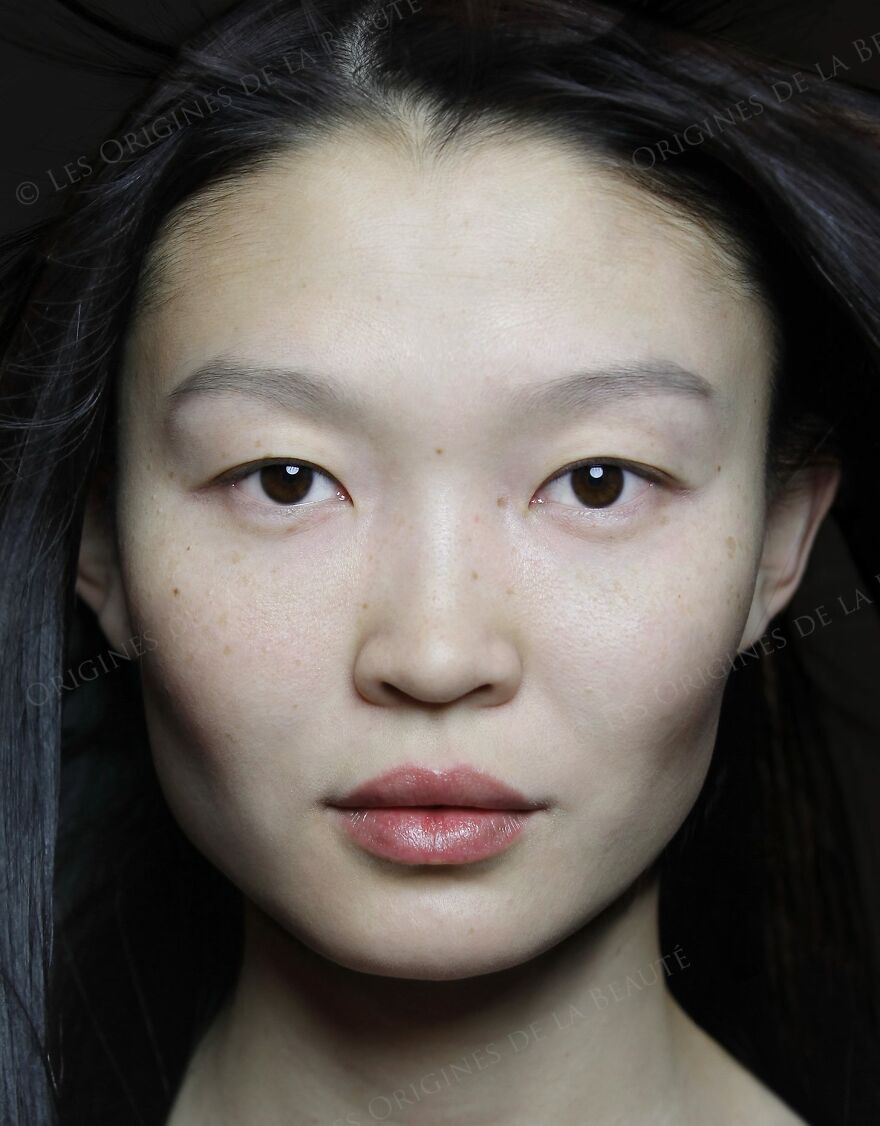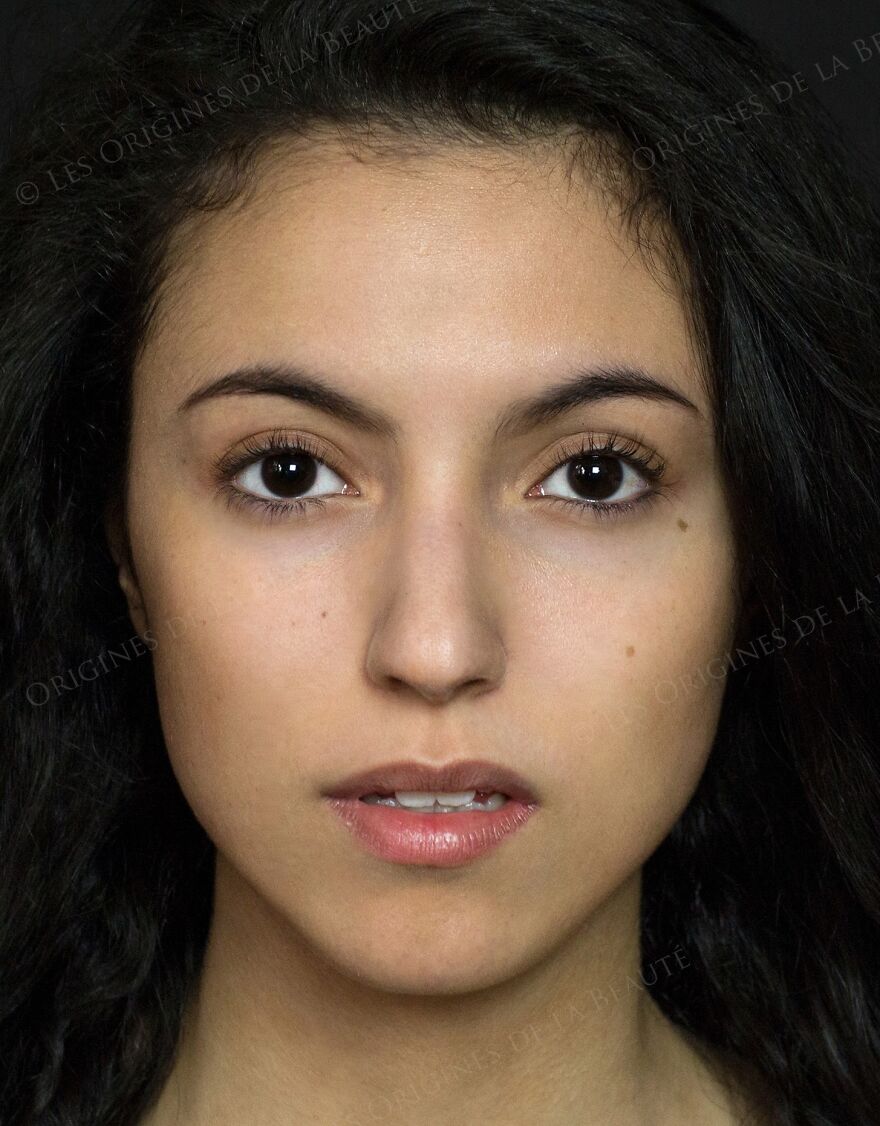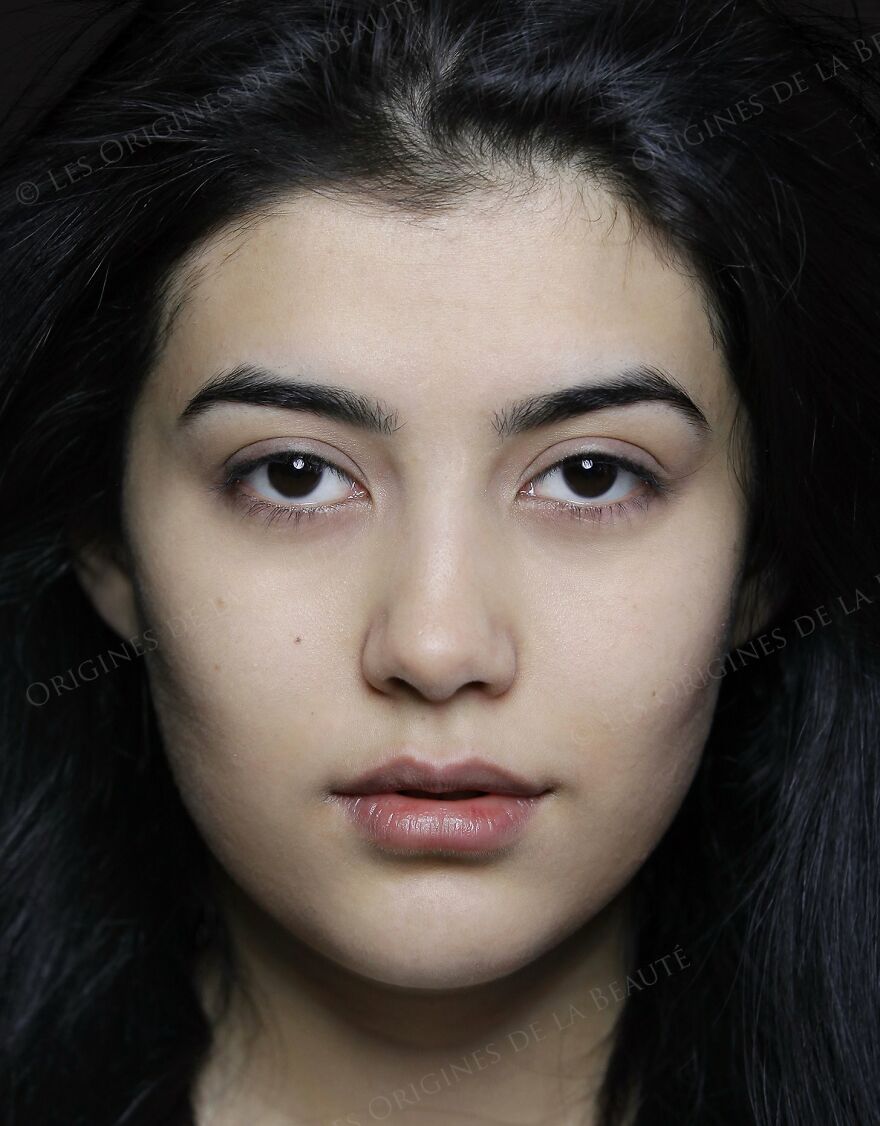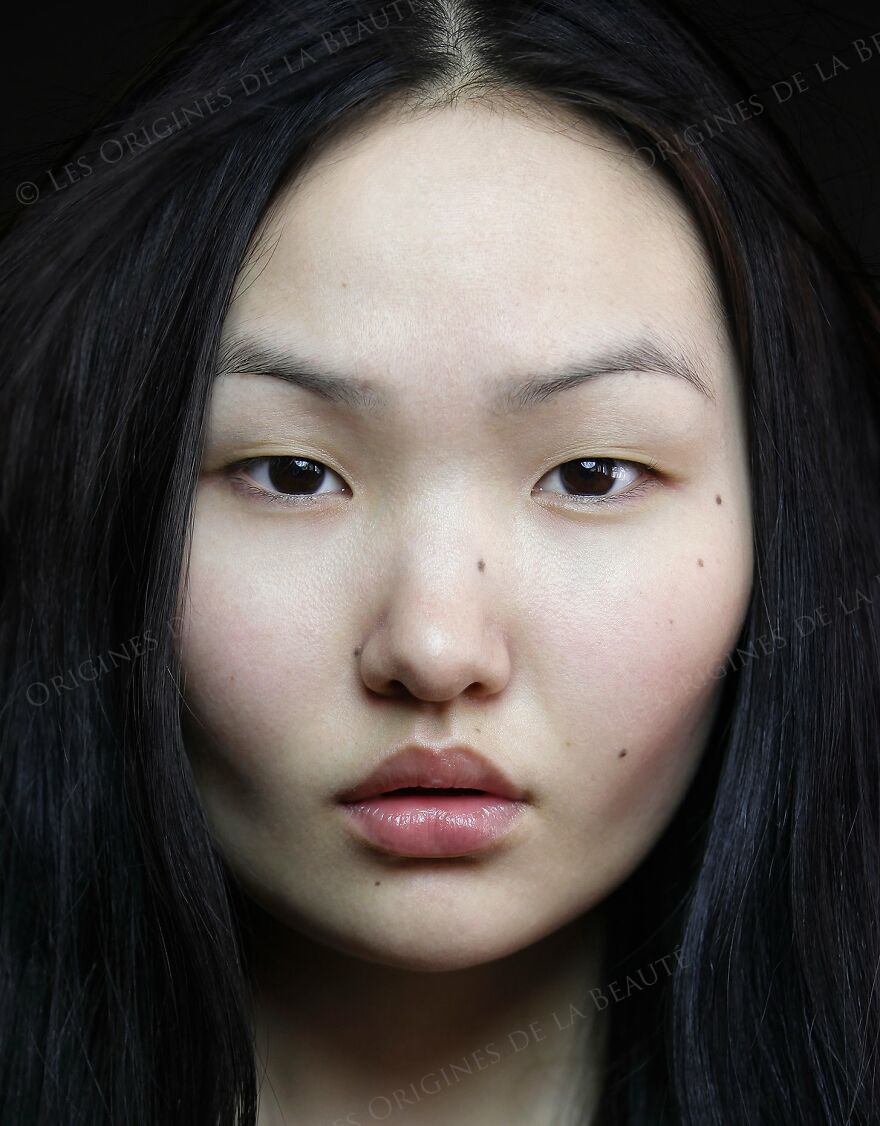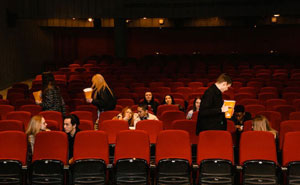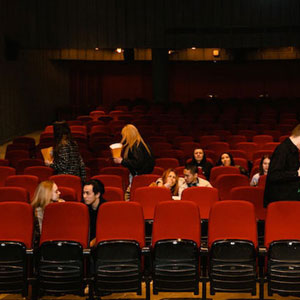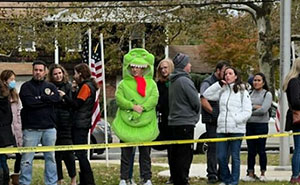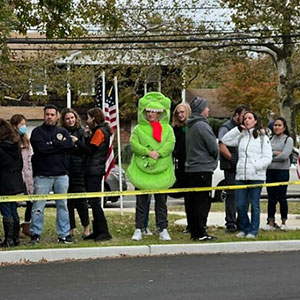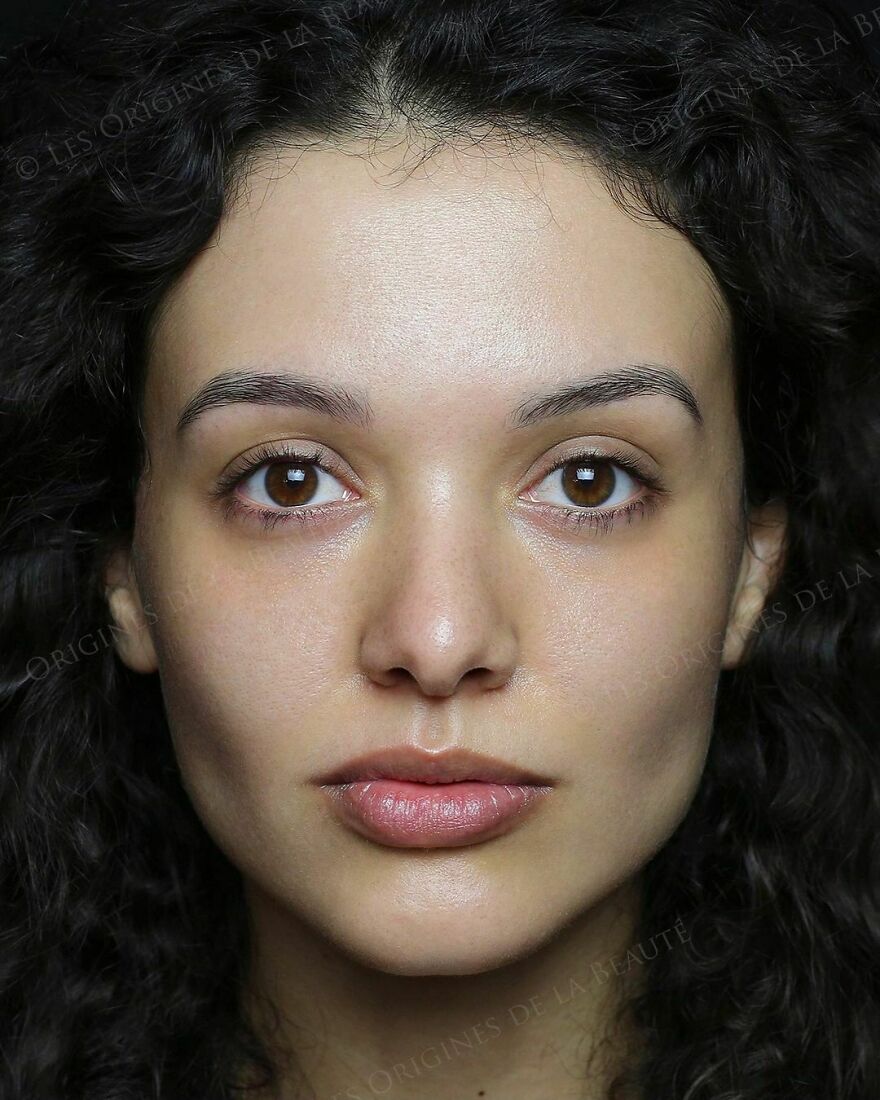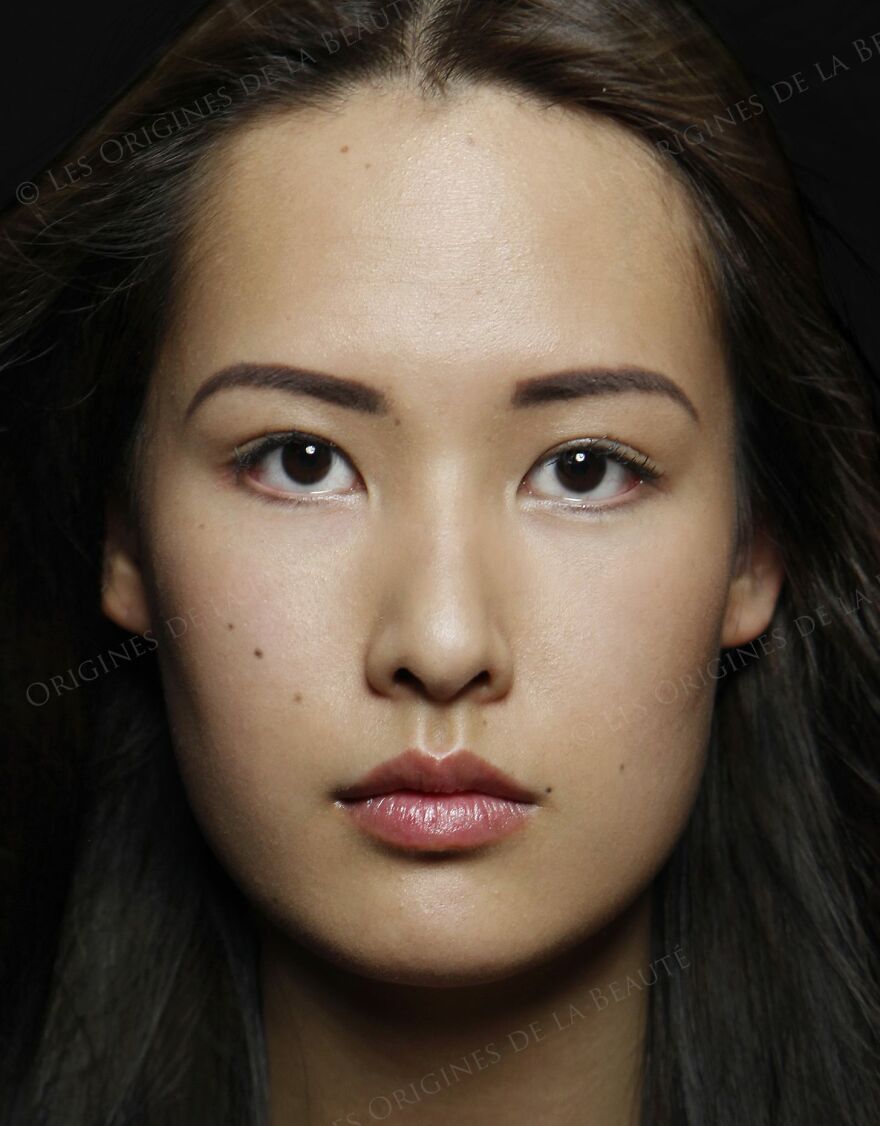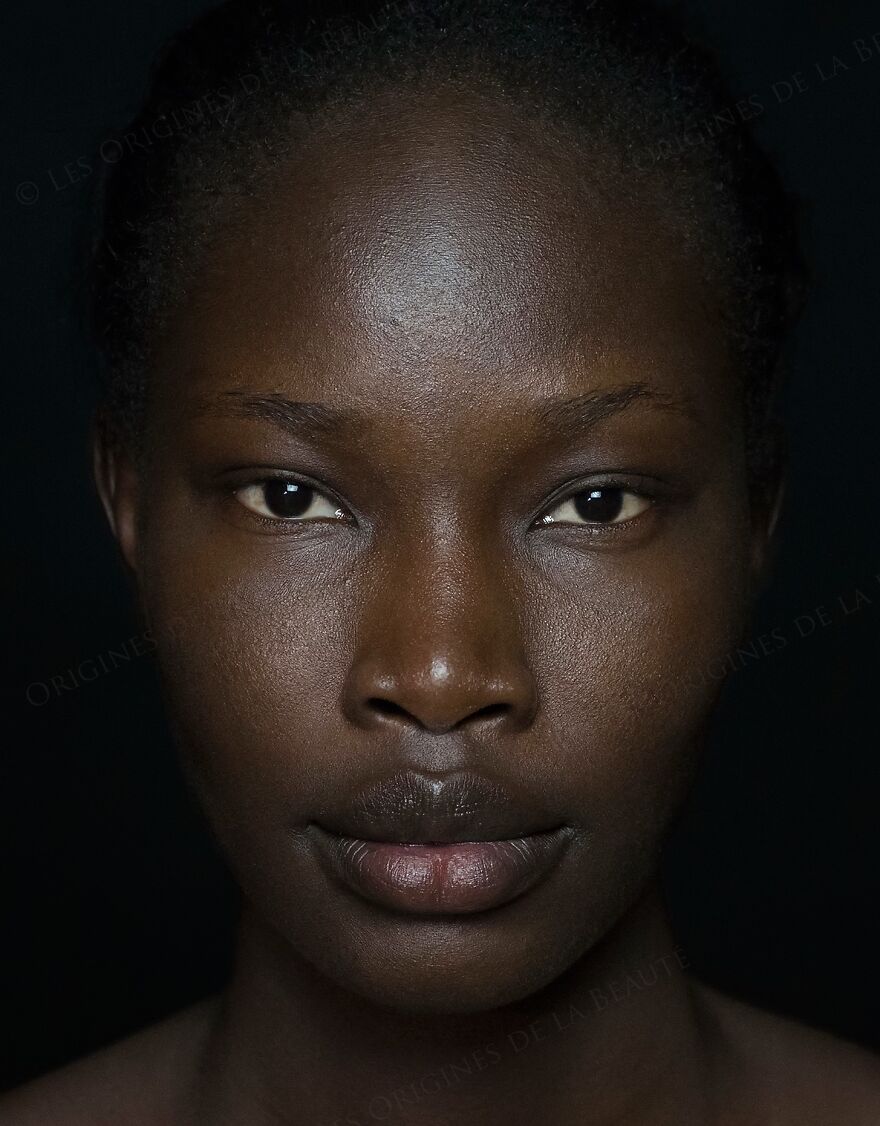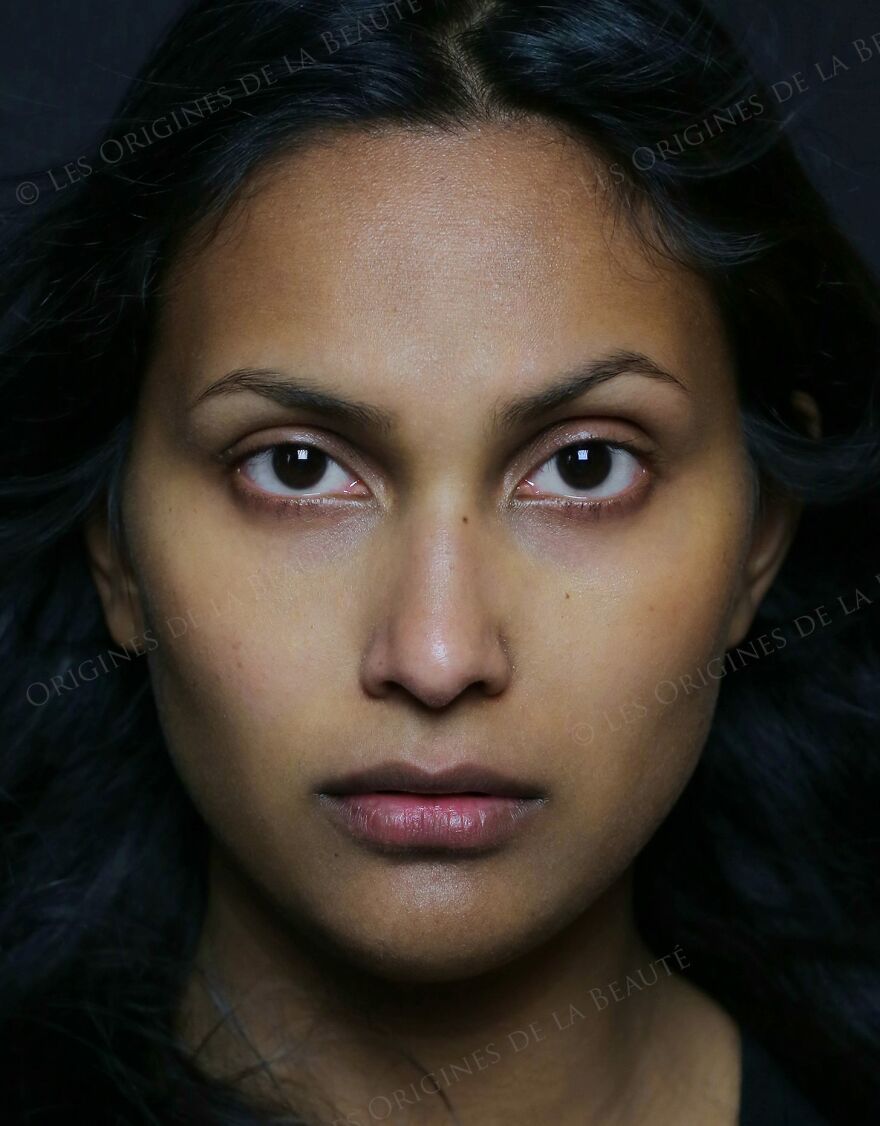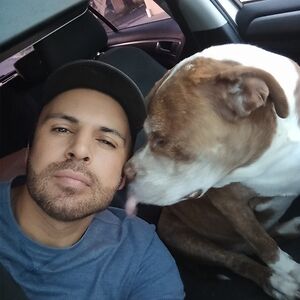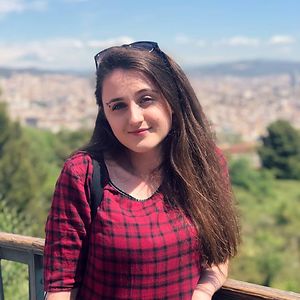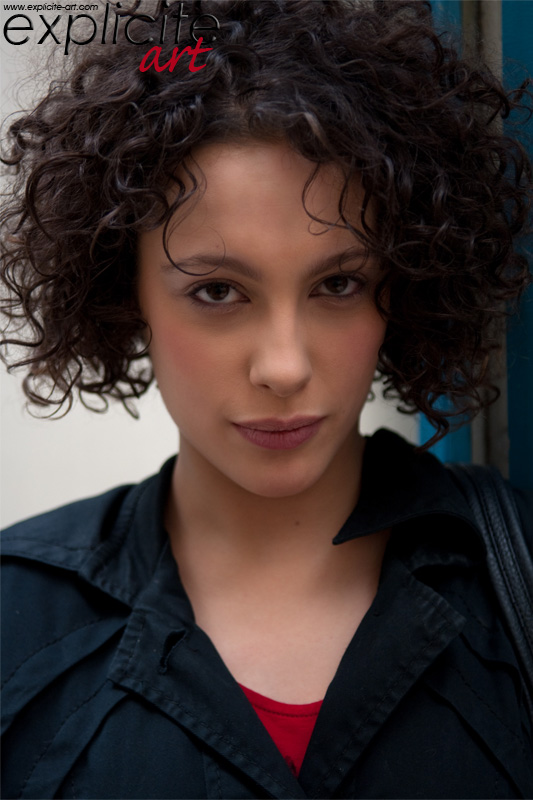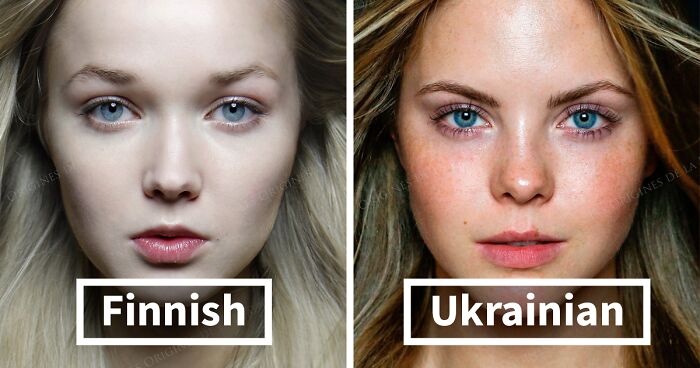
338Kviews
“The Ethnic Origins Of Beauty” Shows The Real Scale Of Human Diversity And How Beautiful It Is (30 Pics)
Beauty has no nationality or race—and although our world is slowly moving towards a place where this statement is accepted by all people, a part of our society needs a little reminder of that. This is exactly the mission of "The Ethnic Origins of Beauty," a project that highlights the ethnic diversity of mankind through gorgeous portraits of women of different ethnic groups across the world.
This non-profit art and documentary project started in 2012 by Paris-based Russian photographer, producer, and documentary filmmaker Natalia Ivanova, and is still going strong. To prove that we live in a rich, beautiful, and diverse world, and it's never going to change, she has chosen a universal language of beauty. The project seeks to contribute to the harmonization and strengthening of tolerance in inter-ethnic relations through searching for beauty in every people, through equal attention to every ethnicity, respect, and positive interest for the particularities of each other.
"The objective of this project is to show the real scale of ethnocultural diversity in a full, systematic and creative way; to illustrate each and every distinctive ethnicity," Ivanova writes on her website. Each ethnic group is represented in the project by beautiful, talented, and charismatic young women who speak about their people, their culture, and their traditions through the experience and impressions of their own life.
Up to date, the team of the project has captured more than 250 photo and video portraits representing over 110 ethnic groups from around the world and we decided to share their best photographs!
From February 2021, the photo portraits of the project “The Ethnic Origins of Beauty” project became a part of a permanent exhibition at the National Museum of Science and Technology of India, in a pavilion dedicated to the human genome and ethnic diversity.
What is your ethnicity? Let us know in the comments!
More info: Instagram | Facebook | lesoriginesdelabeaute.com | youtube.com
This post may include affiliate links.
Tunisian
Tunisian people, or Tunisians (Arabic: تونسيون Tūnisiyyūn, Tunisian Arabic: توانسة Twensa), are a Maghrebi ethnic group and nation native to Northern Africa, who speak Tunisian (Derja) as their mother tongue in addition to mastering French and/or Arabic, and who share a common Tunisian culture and identity. In addition, a Tunisian diaspora has been established with modern migration, particularly in Western Europe, namely France, Italy, and Germany.
Today, the ethnic identity of Tunisians is the product of a centuries-long historical trajectory, with the Tunisian nation today being a junction of the Amazigh and Punic substratum, as well as Roman, Arab, Andalusian, Turkish, and French cultural and linguistic input.
Tunisians are predominantly genetically descended from Berber groups, with some Phoenician/Punic and other Middle eastern input. In sum, a little less than 20 percent of their overall genetic material (Y-chromosome analysis) comes from the present day Levant, Arabia, Europe, or sub-Saharan Africa.
Almost all the population of Tunis are Sunni Muslims.
Total population: about 14 million.
Dinka
The Dinka people (Dinka: Jiɛ̈ɛ̈ŋ) are a Nilotic ethnic group, people of herders-farmers native to South Sudan, but also having a sizable diaspora population. They mostly live along the Nile, from Mangalla to Renk, in regions of Bahr el Ghazal, Upper Nile (former two of three Southern Provinces in Sudan), and Abyei Area of the Ngok Dinka in South Sudan.
Dinka are considered one of the tallest people of Africa and the world: the average height of men (according to various estimates) is 185-190 cm (and women 175-180 cm). The Dinka people have no centralized political authority, instead comprising many independent but interlinked clans.
Their language, called Dinka or "Thuɔŋjäŋ" (Thoŋ ë Muɔnyjäŋ), is one of the Nilotic languages of the eastern Sudanic language family. The name means "people" in the Dinka language. It is written using the Latin alphabet with a few additions.
The Dinkas' herders' lifestyle is reflected in their religious beliefs and practices. Most revere one God, Nhialic, who speaks through spirits that take temporary possession of individuals in order to speak through them. A part of Dinka people is Sunni Muslims or Christians, mostly Catholics.
Total population: about 4.6 million.
Icelander
Icelanders (Icelandic: Íslendingar) are a North Germanic ethnic group and nation, native to Iceland, mostly speaking the Germanic language Icelandic.
Icelanders established the country of Iceland in 930 A.D. when Althingi (Parliament) met for the first time. Iceland came under the reign of Norwegian, Swedish, and Danish kings but regained full sovereignty and independence from the Danish monarchy on 1 December 1918, when the Kingdom of Iceland was established. On 17 June 1944, the monarchy was abolished and the Icelandic republic was founded. The language spoken is Icelandic, a North Germanic language, and Lutheranism is the predominant religion.
Total population: 450,000.
Finnish
The terms Finns and Finnish people (Finnish: suomalaiset, Finland-Swedish: finnar (ethnic Finns), finländare (citizens of Finland)) are used in English to mean "a native or inhabitant of Finland." They are also used to refer to the ethnic group historically associated with Finland or Fennoscandia, and they are only used in that sense here.
Linguistically, Finnish, spoken by most Finns, is part of the Uralic language family and is most closely related to other Finnic languages such as Karelian and Estonian, while Swedish, spoken by Swedish-speaking Finns, is unrelated to the Finnish language and a member of the Indo-European language family. Finnish has loanwords from Baltic, Germanic, Sami, and Slavic languages.
Total population: 6.5 million.
Wolof
The Wolof are an ethnic group found in Senegal, the Gambia, and Mauritania.
In Senegal, the Wolof form an ethnic plurality with about 43.3% of the population Wolofs.
In the Gambia, about 16% of the population are Wolof. Here, they are a minority, where the Mandinka are the plurality with 42% of the population, yet Wolof language and culture have a disproportionate influence because of their prevalence in Banjul, the Gambian capital, where a majority of the population is Wolof.
In Mauritania, about 8% of the population are Wolof. They live largely in the southern coastal region of the country.
Total number: 6,207,083.
Réunionese
The Reunionese are the people populating of the island of Reunion in the Indian Ocean ("overseas department" of France). Their total number is 250 thousand people. This is mostly a mixed population, which is more than 40% of the population. They speak creolized French. In terms of belief, they are mostly Catholics.
The population was formed as a result of the French colonization of a previously uninhabited island (the second half of the XVIII century) and the importation of slaves from East Africa and Madagascar, and then from West Africa and from the Malabar coast of India, for work on plantations. After the abolition of slavery in the French colonies (1848), indentured workers, not only from Africa, but also from India, China, Yemen, Indonesia (island of Java), etc. were also brought to the island.
She's absolutely stunning. Her facial structure and features are beautiful.
Ukrainian
Ukrainians are an East Slavic ethnic group native to Ukraine, which is by total population the sixth-largest nation in Europe. Ukrainians live also in Russia, Kazakhstan, Moldova, Belarus, and other countries of the former Soviet Union. There is also a large diaspora in the United States, Canada and other countries.
The word "Ukrainians" also means, more broadly, the citizens of Ukraine.
The Ukrainian language is the Slavic group of the Indo-European family. Ukrainians are predominantly Orthodox Christians. In Western Ukraine, there are also Catholics.
Among the Slavic peoples, the Ukrainian people are the third-largest after the Russians and the Poles.
Ukrainians also include Polissian ethnographic groups (Polishchuk) and a number of Western ethnographic groups (Boyko, Hutsul, Lemkos).
Total population: 46 million.
Jola
The Jola (Diola, in French transliteration) are an ethnic group found in Senegal (where they predominate in the region of Casamance), the Gambia, and Guinea-Bissau. There are great numbers on the Atlantic coast between the southern banks of the Gambia River, the Casamance region of Senegal, and the northern part of Guinea-Bissau. The Jola are believed to have preceded the Mande and Fula peoples in the riverine coast of Senegambia and may have migrated into Casamance before the 13th century. The Jola and Serer people with whom they have an ancient relationship with are believed to be some of the oldest historical inhabitants of the Senegambia Region. The Jola language is distinct from the Dioula language of the Dioula (Dyoula) Mande people of the Gambia, Upper Niger, and the Kong highlands of Burkina Faso.
Total population: 650,000.
Moldovan
Moldovans are people in South-Eastern Europe, the main population of Moldova.
Moldovans constitute the majority of the population (2.7 million people—76.1%) of Moldova and a significant proportion of the population of Transnistria. They also live in Ukraine, Russia, Italy, Romania, and other countries.
They speak Moldovan, a member of the Romance language group. In modern #Moldavia, the literary language does not differ from Romanian; however, in the vocabulary and phonetics of the spoken Moldovan language, especially some of its dialects, there are differences at the level of the local dialect. Among Moldovans, Russian and, to a lesser extent, Ukrainian languages are also common.
The majority of Moldovan believers are Orthodox.
TOTAL NUMBER: 3.35 million people.
Kyrgyz
The Kyrgyz, also spelled Kyrghyz and Kirghiz, are Turkic people living primarily in the Kyrgyz Republic. The Kyrgyz live also in Uzbekistan, Kazakhstan, Russia, and China. They form one of the 56 ethnic groups officially recognized by the People's Republic of China.
Kyrgyz are predominantly Muslims of the Hanafi Sunni school.
Total population: 6 million.
Ossetian
The Ossetians (Ossetian: ирæттæ, irættæ) are an Iranian ethnic group of the Caucasus Mountains, indigenous to the region known as Ossetia. They speak Ossetic, an Iranic language of the Eastern branch of the Indo-European languages family, with most also fluent in Russian as a second language. The Ossetians are mostly Eastern Orthodox Christian, with a Muslim minority.
The Ossetians mostly populate Ossetia, which is politically divided between North Ossetia–Alania in Russia, and South Ossetia, which since the 2008 South Ossetia war has been de facto independent from Georgia.
Total population: 720,000.
Fula
Fula people, or Fulani or Fulbe, are an ethnic group spread over many countries, predominantly in West Africa, but found also in Central Africa and Sudanese North Africa. African countries where they are present include Mauritania, Ghana, Senegal, Guinea, The Gambia, Mali, Nigeria, Sierra Leone, Benin, Burkina Faso, Guinea Bissau, Cameroon, Côte d'Ivoire, Niger, Chad, Togo, the Central African Republic, Liberia, and as far as Sudan and Egypt in the East. Fula people form a minority in every country they inhabit, but in Guinea, they represent a plurality of the population (40%).
Total population - 23-25 million.
Chechen
Chechens (English pronunciation: /tʃʼɛtʃɛn/, Chechen: Hохчий Noxçiy) constitute a native Northeast Caucasian ethnic group of the Nakh peoples originating in the North Caucasus region of Eastern Europe. The majority of Chechens today live in the Chechen Republic, a subdivision of the Russian Federation. Chechen society has traditionally been egalitarian and organized around many autonomous local clans, called teips.
The main language of the Chechen people is Chechen. Chechen belongs to the family of Nakh languages (Northeast Caucasian languages).
Chechnya is predominantly Muslim. Chechens are overwhelmingly adherents to the Shafi'i Madhhab of Sunni Islam, the republic having converted to Islam between the 16th and the 19th centuries.
Total population: 1.7 million.
Yazidi
Yazidis are an endogamous and mostly Kurmanji-speaking minority, indigenous to Upper Mesopotamia. The majority of Yazidis remaining in the Middle East today live in the disputed territories of Northern Iraq, primarily in the Nineveh and Dohuk governorates. Historically, the Yazidis lived primarily in communities located in present-day Iraq, Turkey, and #Syria and also had significant numbers in Armenia and Georgia.
In August 2014, the Yazidis became victims of a #genocide by the Islamic State of Iraq and the Levant in its campaign to eradicate non-Islamic influences.
There is a disagreement on whether Yazidis are a religious sub-group of Kurds or a distinct ethnic group, among both scholars and Yazidis themselves.
The Yazidi religion is monotheistic and can be traced back to ancient Mesopotamian religions.
Yazidism is a monotheistic faith based on belief in one God, who created the world and entrusted it into the care of a Heptad of seven Holy Beings, often known as Angels or heft sirr (the Seven Mysteries). Preeminent among these is Tawûsê Melek (also known as "Melek Taus"), the Peacock Angel. Yazidis only intermarry with other Yazidis; those who marry non-Yazidis are expelled from their family and are not allowed to call themselves Yazidis.
Total population: about 1 million.
Kabyle
The Kabyle people (Kabyle: Iqvayliyen) are a Berber ethnic group native to Kabylie (or Kabylia) in the north of Algeria, one hundred miles east of Algiers. They represent the largest Berber-speaking population of Algeria and the second-largest in Africa. Emigration, influenced by factors such as the French conquest of Algeria, deportation, and latterly industrial decline and unemployment, resulted in Kabyle people being found throughout the world. Large populations of Kabyle people settled in France and, to a lesser extent, Canada.
Kabyles speak the Kabyle language and, since the Berber Spring of 1980, have been at the forefront of the fight for the official recognition of Berber languages in Algeria.
Total number: about 6.5 million.
Armenian
Armenians (Armenian: հայեր, hayer [hɑˈjɛɾ]) are an ethnic group native to the Armenian Highland.
The Republic of Armenia and the unrecognized de facto independent Nagorno-Karabakh Republic are the two countries where Armenians form a majority, both with a nearly homogeneous population. Because of a wide-ranging and long-lasting diaspora, an estimated total of 5-7 million people of full or partial Armenian ancestry live outside of Armenia. As a result of the Armenian Genocide, a large number of survivors fled to many countries throughout the world. The largest Armenian populations today exist in Russia, the United States, France, Georgia, Iran, Lebanon, and Syria.
Most Armenians adhere to the Armenian Apostolic Church, a non-Chalcedonian church, which is also the world's oldest national church. Christianity began to spread in Armenia soon after Jesus's death, due to the efforts of two of his apostles, St. Thaddeus and St. Bartholomew. In the early 4th century, the Kingdom of Armenia became the first nation to adopt Christianity as a state religion.
Total population: 8 million.
Bengali
The Bengali people (Bengali: বাঙালি Bangali, Bengali: বাঙ্গালি জাতি Bangali jati) are the principal ethnic group native to the region of Bengal, which is politically divided between Bangladesh and India. The Bengali language (বাংলা Bangla) is associated with the Bengali people as the predominant native tongue. They are mostly concentrated in Bangladesh and the states of West Bengal and Tripura in India. There are also a number of Bengali communities scattered across North-East India, New Delhi, and the Indian states of Assam, Jharkhand, Bihar, Maharastra, Karnataka, Kerala, Andhra Pradesh, Madhya Pradesh, Uttar Pradesh, and Orissa. A huge Bengali community also resides in Pakistan. In addition, there are significant Bengali communities beyond South Asia; some of the most well-established Bengali communities are in the United Kingdom and the United States. Large numbers of Bengalis have settled in Britain, mainly living in the East boroughs of London, numbering from around 300,000; in the USA there are about 150,000 living across the country, mainly in New York. There are also millions living across the Gulf States, the majority of whom are living as foreign workers. There are also many Bengalis in Malaysia, South Korea, Canada, Japan, Australia, New Zealand, Singapore, and many other countries.
Total population: about 250 million.
German
Germans (German: Deutsche) are a Germanic ethnic group native to Central Europe, who share a common German ancestry, culture, and history, and speak the German language as their native language.
ETHNOGENESIS:
The Germans are Germanic people, who as an ethnicity emerged during the Middle Ages basically made up the Germanic tribes such as the Alamanni, Bavaria, Franks, Saxons, Lombards, Marcomanni, Goths, Nemeth, Schwab, and others. Originally part of the Holy Roman Empire, around 300 independent German states emerged during its decline after the Peace of Westphalia in 1648 ending the Thirty Years War. These states eventually formed into modern Germany in the 19th century.
RESETTLEMENT:
Of approximately 100 million native speakers of German in the world, roughly 80 million consider themselves Germans. There are an additional 80 million people of German ancestry mainly in the United States, Brazil (mainly in the South Region of the country), Argentina, Canada, South Africa, the post-Soviet states (mainly in Russia and Kazakhstan), and France, each accounting for at least 1 million. Thus, the total number of Germans lies somewhere between 100 and more than 150 million, depending on the criteria applied (native speakers, single-ancestry ethnic Germans, partial German ancestry, etc.).
Today, people from countries with a German-speaking majority such as Austria, Switzerland, Liechtenstein, and other historically-tied countries like Luxembourg, have developed their own national identity (not ethnic identity), and since the end of World War II, have not referred to themselves as "Germans" in a modern context.
LANGUAGE:
The native language of Germans is German, a West Germanic language, related to and classified alongside English and Dutch, and sharing many similarities with the North Germanic and Scandinavian languages. Spoken by approximately 100 million native speakers, German is one of the world's major languages and the most widely spoken first language in the European Union. German has been replaced as the dominant language of science-related Nobel Prize laureates during the second half of the 20th century. It was a lingua franca in the Holy Roman Empire.
TOTAL POPULATION: about 140 million.
Lithuanian
Lithuanians (Lithuanian: lietuviai, singular lietuvis/lietuvė) are a Baltic ethnic group, native to Lithuania, where they number around 2,561,300 people. Another million or more make up the Lithuanian diaspora, largely found in countries such as the United States, Argentina, Brazil, Canada, Colombia, Russia, United Kingdom, and Ireland. Their native language is Lithuanian, one of only two surviving members of the Baltic language family. According to the census conducted in 2001, 83.45% of the population of Lithuania identified themselves as Lithuanians, 6.74% as Poles, 6.31% as Russians, 1.23% as Belarusians, and 2.27% as members of other ethnic groups. Most Lithuanians belong to the Roman Catholic Church, while the Lietuvininkai (Prussian Lithuanians) who lived in the northern part of East Prussia prior to World War II, were mostly Evangelical Lutherans.
Total population: about 4 million.
Altaian
The Altaians or Altai are Turkic people living in the Siberian Altai Republic and Altai Krai ( the federal subjects of Russia). Altai is the ancestral home of the modern Turkic peoples of the world. Here, in 552, ancient Turks created their own state—Khanate. It formed the primeval language of the Turks, which spread among all peoples of Khanate thanks to the emergence of writing in connection with the state of the Turks, known today as "Orkhon-Yenisei runic writing." All this gave the appearance of a linguistic "Altaic family" of languages (which, according to its supporters, includes Turkic, Mongolian, Tungus-Manchu and Japanese-language branches, as well as Korean, a language isolate). The traditional religion of Altaians is shamanism. From 1917, they were subjected to Christianization.
Total number: about 80,000.
Georgian
The Georgians (Georgian: ქართველები, kartvelebi) are an ethnic group that originated in Georgia (sovereign state in the Caucasus region of Eurasia), where they constitute a majority of the population. Large Georgian communities are also present throughout Russia, European Union, United States, and South America.
The majority of Georgians are Eastern Orthodox Christian and most follow the national autocephalous Georgian Orthodox Church, which originated in the 4th century. There are also Georgian Catholic and Muslim communities in Tbilisi and Adjara.
Total population — 6 million.
Karelian
Karelians (Karelian: karjalaižet) are a Baltic-Finnic ethnic group who are native to the Northern European historical region of Karelia, which is today split between Finland and Russia.
In Russia, Karelians mostly live in the Republic of Karelia, where they are the designated ethnic group, and in other adjacent north-western parts of the country. In Finland, Karelians traditionally live in the regions of Savonia and Northern and Southern Karelia.
The Karelian language is closely related to the Finnish language.
The majority of Russian Karelians are Eastern Orthodox Christians. The majority of Finnish Karelians are Lutherans.
Total population: about 90,000.
Tigray
The Tigrinya are an ethnic group living in Ethiopia and Eritrea in the northern highlands of Abyssinia. In Ethiopia today they are called "Tigray," while in Eritrea, they are called "Tigrinya." They mainly inhabit the highlands of Eritrea and the Tigray Region of northern Ethiopia, with diaspora communities in many countries. In Eritrea, they comprise about 55% of the population, i.e. above three million people (and additionally half a million in the diaspora), and in Ethiopia, there are about 4.5 million Tigrayans, according to the 2007 census, most of them in the Tigray Region. Over 90% of Tigray/Tigrinya are Christians. The great majority are Ethiopian Orthodox Christian and Eritrean Orthodox Christian.
Total population: 8 million.
Belarusian
Belarusians (Belarusian: беларусы biełarusy, Russian: белорусы byelorusy) are an East Slavic ethnic group who populate the majority of the Republic of Belarus.
The two official languages in Belarus are Belarusian and Russian. Russian is the most spoken language, principally by 72% of the population, while Belarusian is only used by 11.9% in everyday life.
Total population: over 9.5 million people.
Breton
The Bretons are an ethnic group located in the region of Brittany in France. They trace much of their heritage to groups of Brythonic speakers who emigrated from southwestern Great Britain, including Cornwall, in waves from the 3rd to 9th century into the Armorican peninsula, which was subsequently named Brittany after them Brittany and its people are counted as one of the six Celtic nations. Ethnically, along with the Cornish and Welsh, the Bretons are the last vestiges of the ancient Britons. The actual number of ethnic Bretons in Brittany and France as a whole is difficult to assess as the French government does not collect statistics on ethnic identity.
A strong historical emigration has created a Breton diaspora within the French borders and in the overseas departments and territories of France; it is mainly established in the Paris area, where more than 1 million people claim Breton heritage. Many Breton families have also emigrated to the Americas, predominantly to Canada and the United States. The first French settlers of the French Antilles were from Brittany.
Total population: 4,365,500.
Abkhazian
Abkhazians or the Abkhaz (Abkhaz: Аҧсуа, Apswa; Georgian: აფხაზები [ɑpʰxɑzɛbi]) are a Caucasian ethnic group mainly living in Abkhazia, a disputed region on the Black Sea coast. Abkhazia is a partially recognized state in the South Caucasus, recognized by most countries as part of Georgia, which views the region as an autonomous republic.
A large Abkhaz diaspora population resides in Turkey, the origins of which lie in the emigration from the Caucasus in the late 19th century known as muhajirism. Many Abkhaz also live in other parts of the former Soviet Union, particularly in Russia and Ukraine.
The Abkhaz language belongs to the isolate Northwest Caucasian language family, also known as Abkhaz–Adyghe or North Pontic family, which groups the dialectic continuum spoken by the Abaza–Abkhaz (Abazgi) and Adyghe ("Circassians" in English). Abkhaz is closely ethnically related to Circassian.
The Abkhaz people are principally divided into Abkhazian Orthodox Christian and Sunni Muslim (Hanafi) communities (prevalent in Abkhazia and Turkey respectively) but the indigenous non-Abrahamic beliefs have always been strong.
Total population: about 200,000.
"mainly living in Abkhazia, a disputed region on the Black Sea coast."-the territory they live in is Georgia and saying doesn't make you politically correct, the whole world recognises that region-Abkhazia as part of Georgia, except the country it occupied-Russia, as far as I remember some other non-recognised separatist regions as well.
Anglo-Australian
The Anglo-Australians (English Australians) are the people making up the main population of Australia. They also live in UK, USA, New Zealand, Papua New Guinea, and other countries.
The ancestors of the Anglo-Australians were emigrants from England, Ireland, and Scotland. Also, Italian, German, Dutch immigrants contributed to the ethnogenesis of the people. The settlement of Australia from the British Isles began in 1788.
According to religion, Anglo-Australians are Christian Anglicans, Methodists, Presbyterians (descendants of the Scots) and Catholics (descendants of the Irish) are found.
The language is English (a special variant known as Australian English). Total population: about 12 million.
Cossack
Cossacks are one of the peoples of the Northern Black Sea area, the Don, and the North Caucasus.
The number in Russia: about 140 thousand people
The Cossacks were considered a separate Slavic ethnic group before official registration in Russian as an estate in 1834.
Nowadays, the Cossacks consider themselves differently: some, like a sub-ethnic group of Russian people, others - as a separate ethnic group.
Abkhazian
Abkhazians or the Abkhaz (Abkhaz: Аҧсуа, Apswa; Georgian: აფხაზები [ɑpʰxɑzɛbi]) are a Caucasian ethnic group mainly living in Abkhazia, a disputed region on the Black Sea coast. Abkhazia is a partially recognized state in the South Caucasus, recognized by most countries as part of Georgia, which views the region as an autonomous republic.
A large Abkhaz diaspora population resides in Turkey, the origins of which lie in the emigration from the Caucasus in the late 19th century known as muhajirism. Many Abkhaz also live in other parts of the former Soviet Union, particularly in Russia and Ukraine.
The Abkhaz language belongs to the isolate Northwest Caucasian language family, also known as Abkhaz–Adyghe or North Pontic family, which groups the dialectic continuum spoken by the Abaza–Abkhaz (Abazgi) and Adyghe ("Circassians" in English). Abkhaz is closely ethnically related to Circassian.
The Abkhaz people are principally divided into Abkhazian Orthodox Christian and Sunni Muslim (Hanafi) communities (prevalent in Abkhazia and Turkey respectively) but the indigenous non-Abrahamic beliefs have always been strong.
Total population: about 200,000.
Chechen
Chechens (English pronunciation: /tʃʼɛtʃɛn/, Chechen: Hохчий Noxçiy) constitute a native Northeast Caucasian ethnic group of the Nakh peoples originating in the North Caucasus region of Eastern Europe. The majority of Chechens today live in the Chechen Republic, a subdivision of the Russian Federation. Chechen society has traditionally been egalitarian and organized around many autonomous local clans, called teips.
The main language of the Chechen people is Chechen. Chechen belongs to the family of Nakh languages (Northeast Caucasian languages).
Chechnya is predominantly Muslim. Chechens are overwhelmingly adherents to the Shafi'i Madhhab of Sunni Islam, the republic having converted to Islam between the 16th and the 19th centuries.
Total population: 1.7 million.
Rwandan
The Rwandans are an East African Bantu people, the main population of Rwanda. Christianity is the largest religion in the country, and the principal language is Kinyarwanda.
Total population: 9 million.
Altaian
The Altaians or Altai are Turkic people living in the Siberian Altai Republic and Altai Krai ( the federal subjects of Russia). Altai is the ancestral home of the modern Turkic peoples of the world. Here, in 552, ancient Turks created their own state—Khanate. It formed the primeval language of the Turks, which spread among all peoples of Khanate thanks to the emergence of writing in connection with the state of the Turks, known today as "Orkhon-Yenisei runic writing." All this gave the appearance of a linguistic "Altaic family" of languages (which, according to its supporters, includes Turkic, Mongolian, Tungus-Manchu and Japanese-language branches, as well as Korean, a language isolate). The traditional religion of Altaians is shamanism. From 1917, they were subjected to Christianization.
Total number: about 80,000.
Circassian
The Adyghes (Circassians) are a North Caucasian ethnic group native to Circassia, who were mostly displaced in the course of the Russian conquest of the Caucasus in the 19th century, especially after the Russian–Circassian War of 1862. Despite the term "Adyghe" (Адыгэ) includes Kabardians in addition to the West Circassian-speaking people in history, the term "Circassian" is referred to include any people of Pontic-speaking Northwest Caucasian (Ubykh, Adyghe, Abkhaz, and Abaza) descent who have a strong genetic and cultural affinity. However, other North Caucasians, namely the Vainakh, Ossetian, Karachay, Balkar as well as the Daghestani (particularly non-Turkic Caucasian Avars, Dargins, Lezgians, and Laks) were also considered to be Circassian in the Ottoman Empire and Persia.
The Adyghe mainly speak the Adyghe language, a Northwest Caucasian language with numerous dialects. The Adyghe also speak Turkish and Arabic in large numbers and various other languages of the Middle East, having been exiled by Russia to lands of the Ottoman Empire, where the majority of them today live, and to a lesser extent neighboring Persia, where most of them came either deported en masse by the Safavids and Qajars, or to a lesser extent as muhajirs in the 19th century like in Ottoman Turkey. The predominant religion amongst Circassians is Sunni Islam.
There remain about 700,000 Circassians in historical Circassia (the republics of Adygea, Kabardino-Balkaria, Karachay-Cherkessia, and the southern half of Krasnodar Krai), as well as a number in the Russian Federation outside these republics. The 2010 Russian Census recorded 718,727 Circassians, of which 516,826 are Kabardians, 124,835 are Adyghe proper, 73,184 are Cherkess, and 3,882 Shapsugs.
The Unrepresented Nations and Peoples Organization estimates that there are as many as 3.7 million "ethnic Circassians" in the diaspora outside the Circassian republics (meaning that only one in seven "ethnic Circassians" lives in the homeland), of whom about 2 million live in Turkey, 700,000 in the Russian Federation, about 150,000 in the Levant and Mesopotamia, and about 50,000 in Europe and the United States.
Total number: about 3.7 million.
Circassians are also our neighbours in the Caucasus. At a certain point, the Russians wiped out several Caucasian people like the Circassians. If the Russians called him Ivan the Terrible, what do you think he made his soldiers do to minorities? At one point, they killed more than 75 percent of Chechens. It's a small miracle that my people and others like Tatars and Circassians still exist.
Korean
Koreans (Hangul: 한민족; Hanja: 韓民族; alternatively Hangul: 조선민족; Hanja: 朝鮮民族, see names of Korea) are an ethnic group native to the whole Korean Peninsula and southeastern Manchuria.
Koreans mainly live in the two Korean nation states, South Korea and North Korea (collectively referred to simply as Korea), but are also an officially recognized minority in China, Vietnam, Japan, and the Philippines, plus a number of former Soviet states, such as Russia and Uzbekistan. Over the course of the 20th century, significant Korean communities have emerged in Australia, Canada, United States and, to a lesser extent, other nations with a primarily immigrant background.
As of 2013, there were an estimated 7.4 million ethnic Korean expatriates around the planet.
The main religions are Confucianism, Buddhism, Christianity, shamanism, but most do not profess any religion. Previously dominated by Buddhism, in the 14th century, it lost its status as a state religion. A large number of Koreans living in North Korea are atheists.
Total population: 83 million.
Hard to know about the religion believes of north-koreans since, in practice, there's no freedom of religion at all. The most you can say is that officially north-korea is an atheist state
Anyi
The Anyi people (or Agnis) are an ethnic group in southeast Côte d'Ivoire and Ghana. They are an Akan people who speak the Anyi language.
The Anyi people are a subgroup of the Akan, originally from Ghana, who fled from the Ashanti tribe to their current location in present-day Ivory Coast between the 16th and 18th centuries. They established the Kingdoms of Indene, Sanwi, and Moronou, it should be noted that another group of Anyis went further west than their companions and are today known as the Baoulé.
Today the Anyis live mainly in the area once known as the Kingdoms of Sanwi and Indene. They also inhabit Zanzan in Ivory Coast and there are small populations in Ghana.
Total population: about 2 million.
She is so regal! Reminds me of Grace Jones' character in the Conan movie. She was strong and would take no guff ♥
Yesss! I was feeling those busts of Cleopatra
Load More Replies...Russian
Russians are an East Slavic ethnic group native to Eastern Europe, the most numerous ethnic group in Europe and one of the largest in the world with a population of about 140 million people worldwide. Roughly 116 million ethnic Russians live in Russia and about 16 million more live in the neighboring countries. A significant number of Russians, around 4,6 million, live elsewhere in the world, mostly in the Americas and Western Europe, but also in other places of Eastern Europe, Asia, and elsewhere.
The Russian language is the most geographically widespread language of Eurasia and the most widely spoken of the Slavic languages.
Russians are historically Orthodox Christians by religion.
Total population: 137 million.
Vepsian
Veps, or Vepsians (Veps: vepsläižed), are a small Finno-Ugric people, who speak the Veps language, which belongs to the Finnic branch of the Uralic languages, traditionally living in the territory of Karelia, Vologda, and Leningrad regions in Russia.
Nowadays, almost all Vepsians are fluent in Russian. The young generation, in general, does not speak their native language.
Orthodoxy spread among the Veps in the 11th-12th centuries, but pre-Christian beliefs, for example, in the house-spirit (pert’ižand), were preserved for a long time; patients seek help from the healer.
Total population: about 6,400.
Somali
Somalis (Somali: Soomaalida) are an ethnic group belonging to the #Cushitic peoples native to Greater Somalia. The overwhelming majority of Somalis speak the Somali language, which is part of the Cushitic branch of the #Afroasiatic (formerly #Hamito- #Semitic) family. They are predominantly Sunni Muslims.
Ethnic Somalis are principally concentrated in Somalia (around 12.3 million), Ethiopia (4.6 million), Kenya (2.8 million), and Djibouti (534,000).
Somalis are segmented into various clan groupings, which are important kinship units that play a central part in Somali culture and politics.
Total population: about 17 million.
Cape Verdean
The Cape Verdeans are the main population of Cape Verde - the descendants of African slaves, mixed with Portuguese settlers in the XVI-XIX centuries (more than 60% - Métis). The total number is about 310,000 people.
Georgian
The Georgians (Georgian: ქართველები, kartvelebi) are an ethnic group that originated in Georgia (sovereign state in the Caucasus region of Eurasia), where they constitute a majority of the population. Large Georgian communities are also present throughout Russia, European Union, United States, and South America.
The majority of Georgians are Eastern Orthodox Christian and most follow the national autocephalous Georgian Orthodox Church, which originated in the 4th century. There are also Georgian Catholic and Muslim communities in Tbilisi and Adjara.
Total population — 6 million.
Ingush
The Ingush (Ingush: ГIалгIай Ghalghai, pronounced [ˈʁalʁaɪ]) is a Caucasian native ethnic group of the North Caucasus, mostly inhabiting the Russian republic of Ingushetia. The Ingush are predominantly Sunni Muslims and speak the Ingush language. Despite popular misconceptions, Ingush is not mutually intelligible with Chechen, though they are closely related. The Ingush and Chechen peoples are collectively known as the Vainakh.
Total number: 500,000.
Lebanese
The Lebanese people belong to the Semitic peoples - the descendants of the ancient Aramaeans and Phoenicians, who mingled with the Semitic and non-Semitic invaders, including the Egyptians, Persians, Greeks, Romans, Arabs, Turks, Assyrians, and European crusaders.
A substantial part of Lebanese people live outside Lebanon. In particular, a large Lebanese diaspora exists in Latin America. In Brazil, there are 7 million descendants of immigrants from Lebanon, which is almost twice as much as the population of Lebanon itself.
Lebanon has several different main religions. The country has the most religiously diverse society in the Middle East, encompassing 17 recognized religious denominations. The main two religions among the Lebanese people are Islam 54% (Sunni, Shia, Druze, Alawi, and Ismaili) and Christianity 40.5% (the Maronite Church, the Greek Orthodox Church, the Melkite, the Protestant Church).
Most Lebanese people speak Arabic (Lebanese dialect). French and English are also common.
Total population: about 14 million.
Mari
The Mari are a Finno-Ugric ethnic group who have traditionally lived along the Volga and Kama rivers. Almost half of Mari today live in the Mari El Republic in Russia.
The Mari people consist of four different groups: the Meadow Mari, who live along the left bank of the Volga, the Hill (Mountain) Mari, who live along the right bank of the Volga, the Northwestern Mari, who live in Kirov and Nizhny Novgorod Oblasts, and Eastern Mari, who live in the Bashkortostan, Tatarstan, Udmurtia republics and Perm Krai and Sverdlovsk Oblast.
The Mari have their own language, also called Mari, which is a member of the #Uralic language family. It is written with a modified version of the Cyrillic alphabet. Linguists today distinguish four different dialects, which are not all mutually intelligible.
Mari have traditionally practiced a pagan faith that closely connected the individual with nature. Christianity was adopted by the Mari in the 16th century after their territory was incorporated into the Russian Empire during the reign of Ivan IV "the Terrible." Adoption of Christianity was not universal, however, and many Mari today still practice #Paganism in syncretic forms, or purer forms adhering to organized Neopagan Mari Traditional Religion organizations. Pagans constitute a significant minority of 25 to 40% of the Mari. Most Mari are members of the Russian Orthodox Church.
Total population: about 600,000.
Icelander
Icelanders (Icelandic: Íslendingar) are a North Germanic ethnic group and nation, native to Iceland, mostly speaking the Germanic language Icelandic.
Icelanders established the country of Iceland in 930 A.D. when Althingi (Parliament) met for the first time. Iceland came under the reign of Norwegian, Swedish, and Danish kings but regained full sovereignty and independence from the Danish monarchy on 1 December 1918, when the Kingdom of Iceland was established. On 17 June 1944, the monarchy was abolished and the Icelandic republic was founded. The language spoken is Icelandic, a North Germanic language, and Lutheranism is the predominant religion.
Total population: 450,000.
Occitan
The Occitans (Occitan: los occitans) are an indigenous Romance language-speaking ethnic group, originating in Occitania (southern France, northeastern Spain, and northwestern Italy).
The Occitan language is still used to varying levels by between 100,000 and 800,000 speakers in southern France and northern Italy. Since 2006, the Occitan language is recognized as one of the official languages in Catalonia, an autonomous region of Spain.
The Occitans are concentrated in Occitania, but also in big urban centres in neighbouring regions: Lyon, Paris, Turin, Barcelona. There are also Occitan speakers in Guardia Piemontese (Calabria, as well as Argentina, Mexico and the United States).
Total population: 15 million.
Kabyle
The Kabyle people (Kabyle: Iqvayliyen) are a Berber ethnic group native to Kabylie (or Kabylia) in the north of Algeria, one hundred miles east of Algiers. They represent the largest Berber-speaking population of Algeria and the second-largest in Africa. Emigration, influenced by factors such as the French conquest of Algeria, deportation, and latterly industrial decline and unemployment, resulted in Kabyle people being found throughout the world. Large populations of Kabyle people settled in France and, to a lesser extent, Canada.
Kabyles speak the Kabyle language and, since the Berber Spring of 1980, have been at the forefront of the fight for the official recognition of Berber languages in Algeria.
Total number: about 6.5 million.
Udmurt
The Udmurts ( Udmurt: Удмуртъёс, Udmurt’jos; the outdated Russian name - votyaki, otyaki, ätya chud) are a Finno-Ugric people, mostly living in the Udmurt Republic and neighboring regions of Russia.
They speak Udmurt and Russian. 58.7% of Udmurts called their native language Udmurt, which belongs to the Finno-Ugric group of the Ural family.
The main religion is Orthodox Christianity, in the countryside including the remnants of pre-Christian beliefs.
Many Udmurt people have red hair, and a festival to celebrate red-haired people is held annually in Izhevsk since 2004.
Total population: 570,000.
Breton
The Bretons are an ethnic group located in the region of Brittany in France. They trace much of their heritage to groups of Brythonic speakers who emigrated from southwestern Great Britain, including Cornwall, in waves from the 3rd to 9th century into the Armorican peninsula, which was subsequently named Brittany after them Brittany and its people are counted as one of the six Celtic nations. Ethnically, along with the Cornish and Welsh, the Bretons are the last vestiges of the ancient Britons. The actual number of ethnic Bretons in Brittany and France as a whole is difficult to assess as the French government does not collect statistics on ethnic identity.
A strong historical emigration has created a Breton diaspora within the French borders and in the overseas departments and territories of France; it is mainly established in the Paris area, where more than 1 million people claim Breton heritage. Many Breton families have also emigrated to the Americas, predominantly to Canada and the United States. The first French settlers of the French Antilles were from Brittany.
Total population: 4,365,500.
Lorrainer
The Lorrainers are people living in the north-east part of France, the main population of the Lorraine region. They are Germanic people who speak a German dialect called Platt (Saarländischer Dialekt).
Total population: ~ 1,000,000.
Belarusian
Belarusians (Belarusian: беларусы biełarusy, Russian: белорусы byelorusy) are an East Slavic ethnic group who populate the majority of the Republic of Belarus.
The two official languages in Belarus are Belarusian and Russian. Russian is the most spoken language, principally by 72% of the population, while Belarusian is only used by 11.9% in everyday life.
Total population: over 9.5 million people.
Bété
The Bété are a people living in the center-west of Côte d'Ivoire, particularly in the regions of Gagnoa, Ouaragahio, Soubré, Buyo, Issia, Saïoua, Daloa, and Guibéroua, in what is called the "loop of the cocoa ". They represent about 18% of the country's population, making it the second-largest ethnic group in the country after the Baoulés.
Language: Bété
Religions: Christianity, traditional religion
Population: 3,000,000
Bashkir
The Bashkirs (Bashkir: Башҡорттар, Başqorttar) are a Turkic people indigenous to Bashkortostan extending on both sides of the Ural Mountains, on the place where Europe meets Asia. Groups of Bashkirs also live in the republic of Tatarstan, Perm Krai, Chelyabinsk, Orenburg, Tyumen, Sverdlovsk, Kurgan, Samara, and Saratov Oblasts of Russia, as well as in Kazakhstan, Ukraine, Uzbekistan, and other countries. They speak the Bashkir language, pertaining to Kypchak branch of the Turkic languages. The Bashkirs are mainly Sunni Muslims of the Hanafi madhhab.
The ethnic Bashkir population is estimated at roughly 2 million people (2009 SIL Ethnologue), of which about 1.4 million speak the Bashkir language, a Turkic language of the Kypchak group. The Russian census of 2002 recorded 1.38 million Bashkir speakers in the Russian Federation. Most Bashkirs are bilingual in Bashkir and Russian.
The 2010 Russian census recorded 1,172,287 ethnic Bashkirs in Bashkortostan (29.5% of the total population).
Mukongo
The Kongo people (Kongo: Esikongo (singular: Mwisikngo, also Bakongo (singular: Mukongo) are a Bantu ethnic group primarily defined as the speakers of Kikongo (Kongo languages).
Population: 10 million
Housing Locations: inhabit the lower reaches of the Congo River in the Democratic Republic of Congo, the border regions of Angola and the People's Republic of Congo, also live in Uganda (40,000) and Gabon (15 000).
Language: speak the language of Kikongo (Bantu language group). Writing based on Latin graphics.
Religion: the majority of Kongos are Christians, part of them adheres to local traditional beliefs (the supreme deity - goddess of the earth and the ancestor of the sky god Nzambi Nzambi-Mpungu).
Interesting Facts: The Kongos keep matrilineal kinship.
Romanian
Romanians are natives of Romania that share a common Romanian culture, ancestry, and speak the Romanian language as a mother tongue. Under 89% of Romania's population identified as Romanian in the 2011 Romanian Census.
Most Romanians live in Romania, where they constitute a majority; Romanians also constitute a minority in the countries that neighbor Romania. Romanians can also be found in many countries, notably in Italy, Spain, the United States, Germany, France, Canada, the UK, the Netherlands, Austria, Switzerland, Sweden, and Portugal.
The origins of the Romanian language, a Romance language, can be traced back to the Roman colonization of the region. The basic vocabulary is of Latin origin, although there are some substratum words that are assumed to be of Dacian origin. Of all the Romance languages, in some respects, Romanian is the most conservative language, having retained, for example, the inflected structure of Latin grammar. Romanian's closest relative among the major Romance languages is Italian.
The vast majority are Eastern Orthodox Christians, belonging to the Romanian Orthodox Church. According to the 2011 census, 93.6% of ethnic Romanians in Romania identified themselves as Romanian Orthodox
Total population: 24 million.
Tunisian
Tunisian people, or Tunisians (Arabic: تونسيون Tūnisiyyūn, Tunisian Arabic: توانسة Twensa), are a Maghrebi ethnic group and nation native to Northern Africa, who speak Tunisian (Derja) as their mother-tongue in addition to mastering French and/or Arabic, and who share a common Tunisian culture and identity. In addition, a Tunisian diaspora has been established with modern migration, particularly in Western Europe, namely France, Italy, and Germany.
Today, the ethnic identity of Tunisians is the product of a centuries-long historical trajectory, with the Tunisian nation today being a junction of the Amazigh and Punic substratum, as well as Roman, Arab, Andalusian, Turkish, and French cultural and linguistic input.
Tunisians are predominantly genetically descended from Berber groups, with some Phoenician/Punic and other Middle eastern input. In sum, a little less than 20 percent of their overall genetic material (Y-chromosome analysis) comes from the present day Levant, Arabia, Europe or sub-Saharan Africa.
Almost all the population of Tunis are Sunnit Muslims.
Total population: about 14 million.
Kumyk
Kumyks (Kumyk: къумукълар, qumuqlar) are Turkic-speaking people, one of the indigenous peoples of Dagestan (the subject of the Russian Federation), the second-largest after the Azerbaijani Turkic-speaking people of the Caucasus, the largest Turkic people in the North Caucasus and the third largest ethnic group in Dagestan.
POPULATION: 505,000
LAND: The Republic of Dagestan (the subject of the Russian Federation), also densely populated in such regions of Russia as North Ossetia, the Khanty-Mansi Autonomous District and Chechnya
LANGUAGE: Kumyks speak Kumyk language belonging to the subgroup Kypchak Polovtsian Kipchak group of Turkic languages. Kumyk language is one of the old written literary languages of Dagestan. During the XX century written Kumyk language changed twice: the traditional Arabic script in 1929 was replaced by the Latin alphabet first, and then in 1938 - in Cyrillic. Kumyks speak also Russian.
RELIGION: Sunni Islam.
Tatar
Tatars are Turkic people in Russia, the main population of Tatarstan.
Tatar language belongs to the Kipchak subgroup of the Turkic group of the Altaic family of languages and is divided into three dialects: Western (Mishar), Kazan (middle), and the eastern dialect (Siberian Tatar).
On religious grounds mainly Sunni Muslims.
Total number: about 7 million.
Turkmen
Turkmens (Turkmen: Türkmenler, Түркменлер, توركمنلر, [tʏɾkmɛnˈlɛɾ]; historically also the Turkmen) are a nation and #Turkic ethnic group native to Central Asia, primarily the Turkmen nation state of Turkmenistan. Smaller communities are also found in Iran, Afghanistan, and North Caucasus (Stavropol Krai). They speak the Turkmen language, which is classified as a part of the Eastern Oghuz branch of the Turkic languages.
Being the descendants of Oguz Khan, in ancient times, the Turkmens called themselves Oguzes, and in the Middle Ages they began to call themselves Turkmens
Turkmens are predominantly Sunni Muslims.
Total population: over 8 million.
Bulgarian
Bulgarians (Bulgarian: българи, Bǎlgari, IPA: [bɤ̞ɫɡɐri]) are a South Slavic ethnic group who are native to Bulgaria and its neighboring regions.
Bulgarians are a people that arose in the era of the early Middle Ages as a result of the merger of the Bulgars and the Balkan peoples, especially the Thracians. Its name was derived from the Bulgars. The main population of Bulgaria. They also live in Ukraine, Odessa region. In Moldova, in the border regions of Serbia, Romania, Greece, Turkey, Macedonia, as well as in the USA, Canada, Australia and South America.
The total population of Bulgaria is about 7.2 million people. About 6 millions of them are ethnic Bulgarians.
The language is Bulgarian.
The majority of believers are Orthodox, there are also Catholics and Protestants, Pomaks, Muslims.
Total population: 7.5 million.
Ewe
The Ewe are people located in southern Togo, southern Benin, and south-eastern parts of the Volta Region of Ghana. They speak the Ewe language (Eʋegbe) and are related to other speakers of Gbe languages, such as the Fon, Gen, Phla Phera, and the Aja people of Togo and Benin.
Total population: 4 million.
Guadeloupean
Guadeloupeans are the people, the general population of Guadeloupe ("overseas department" of France). The total number: 300 thousand people. They also live in France (100 thousand people). Speak Creole, formed on the basis of the French and incorporated many elements of African and Caribbean languages. Mostly Catholics.
The basis of ethnicity is mixed people, formed by mixing of the French colonists and slaves, Africans imported to Guadeloupe from the XVII century. The structure includes also blacks who came from South India, who have been recruited to work on plantations in the second half of the XIX century.
Haitian
The Haitians are a people of the Caribbean, the main population of the Republic of Haiti comprises the western part of the island of Haiti Group of the Greater Antilles. In anthropological terms - 90% Negroid, mulattoes others.
The Africans of West Africa were imported by the French to work in the plantations. As part of the national liberation struggle (1791-1804) most whites fled the island, some were killed. Haiti - the first country in the Caribbean and Latin America gained its independence (1804).
Formally they are Christian believers from different directions. There are Roman Catholics, Anglicans, Pentecostals, Adventists 7 days. In fact, the voodoo of African descent is still very popular.
Language - Haitian Creole, which is Creole, developed on the basis of the French.
Total population: 7.2 million.
Martinican
The Martinicans are the main population of the island of Martinique ("overseas department" of France). The total number is 500 000 people: at the Martinique 350 000 people, in France 150 000 people. They also live on the island of Guadeloupe and the Virgin Islands (U.S.A). Speak Creole, based on the French language, which absorbed elements of African and Caribbean-Indian language. The believers - Catholics.
The basis of ethnicity is metis (formed by the mixing of French colonists and black slaves, imported to Martinique from the XVII century) The dark-skinned metis include also natives of South India, in a small number - the Chinese and Viets.
Pole
Poles (Polish: Polacy, pronounced [pɔˈlat͡sɨ]) - the largest West Slavic people, the main (98%) population of the Republic of Poland.
The native language of most Poles is Polish, belonging to the Lechite group of the Slavic branch of the Indo-European family of languages.
The total number of ethnic Poles is about 55 million people, of which 36 million live in Poland. About 60 million people of Polish origin worldwide
In Poland, 89.0% of ethnic Poles profess Roman Catholicism, 1.1% other religions, including 0.3% Orthodoxy.
Moldovan
Moldovans are people in South-Eastern Europe, the main population of Moldova.
Moldovans constitute the majority of the population (2.7 million people - 76.1%) of Moldova and a significant proportion of the population of Transnistria. They also live in Ukraine, Russia, Italy, Romania, and other countries.
They speak Moldovan of Romance language group. In modern #Moldavia the literary language does not differ from the Romanian, however, in the vocabulary and phonetics of the spoken Moldovan language, especially some of its dialects, there are differences at the level of the local dialect. Among Moldovans, Russian and, to a lesser extent, Ukrainian languages are also common.
The majority of Moldovan believers are Orthodox.
Total population: 3.35 million people.
Chelkan
The Chelkans (native name - Shalgan) are a small Turkic people living in southern Siberia. Those residing in Altai Republic are sometimes grouped together with the Altay ethnic group and those in Kemerovo Oblast are grouped with the Shors; however, they are recognized as a separate ethnic group by ethnographers.
The Chelkan language belongs to the North Altai languages (Turkic group of the Altai language family).
Total population: 1200.
Russian
Russians are an East Slavic ethnic group native to Eastern Europe, the most numerous ethnic group in Europe and one of the largest in the world with a population of about 140 million people worldwide. Roughly 116 million ethnic Russians live in Russia and about 16 million more live in the neighboring countries. A significant number of Russians, around 4,6 million, live elsewhere in the world, mostly in the Americas and Western Europe, but also in other places of Eastern Europe, Asia, and elsewhere.
The Russian language is the most geographically widespread language of Eurasia and the most widely spoken of the Slavic languages.
Russians are historically Orthodox Christians by religion.
Total population: 137 million.
Khmer
Khmer people are a Southeast Asian ethnic group native to Cambodia, accounting for over 97% of the country's 15.9 million people. They speak the Khmer language, which is part of the larger Austroasiatic language family.
The majority of the Khmer are followers of the Khmer style of Buddhism, a highly syncretic version that blends elements of Theravada Buddhism, Hinduism, animism, and veneration of the dead. Significant populations of Khmers reside in adjacent areas of Thailand (Northern Khmer) and the Mekong Delta region of neighboring Vietnam (Khmer Krom), while there are over one million Khmers in the Cambodian diaspora living mainly in France, the United States, and Australia.
Total population: about 17 million.
Chechen
Chechens (English pronunciation: /tʃʼɛtʃɛn/, Chechen: Hохчий Noxçiy) constitute a native Northeast Caucasian ethnic group of the Nakh peoples originating in the North Caucasus region of Eastern Europe. The majority of Chechens today live in the Chechen Republic, a subdivision of the Russian Federation. Chechen society has traditionally been egalitarian and organized around many autonomous local clans, called teips.
The main language of the Chechen people is Chechen. Chechen belongs to the family of Nakh languages (Northeast Caucasian languages).
Chechnya is predominantly Muslim. Chechens are overwhelmingly adherents to the Shafi'i Madhhab of Sunni Islam, the republic having converted to Islam between the 16th and the 19th centuries.
Total population: 1,7 million.
Armenian
Armenians (Armenian: հայեր, hayer [hɑˈjɛɾ]) are an ethnic group native to the Armenian Highland.
The Republic of Armenia and the unrecognized de facto independent Nagorno-Karabakh Republic are the two countries where Armenians form a majority, both with a nearly homogeneous population. Because of a wide-ranging and long-lasting diaspora, an estimated total of 5-7 million people of full or partial Armenian ancestry lives outside of Armenia. As a result of the Armenian Genocide, a large number of survivors fled to many countries throughout the world. The largest Armenian populations today exist in Russia, the United States, France, Georgia, Iran, Lebanon, and Syria.
Most Armenians adhere to the Armenian Apostolic Church, a non-Chalcedonian church, which is also the world's oldest national church. Christianity began to spread in Armenia soon after Jesus's death, due to the efforts of two of his apostles, St. Thaddeus and St. Bartholomew. In the early 4th century, the Kingdom of Armenia became the first nation to adopt Christianity as a state religion
Total population: 8 million.
Baoulé
The Baoulé (or Baule) are an Akan people and one of the largest groups on the Ivory Coast. The Baoulé are farmers who live on the eastern side of Côte d'Ivoire (Ivory Coast). The Baoule people are represented by religion, art, festivals, and equal society. There are more than sixty-five different Akan-speaking ethnic groups living in Cote d'Ivoire. They live essentially in the middle of the Cote d'Ivoire between the Comoé River and the Bandama River. They played a role during 20th-century history.
Total population: 4 million.
Estonian
Estonians (Estonian: eestlased) are a Finnic people closely related to the Finns and inhabiting, primarily, the country of Estonia. They speak a Finnic language known as Estonian. Although Estonia is traditionally grouped as one of the Baltic countries, Estonians are linguistically unrelated to the Baltic peoples of Latvia and Lithuania.
Total number: 1.1 million.
I knew a girl from Estonia, we worked together. She was very pretty and quiet. I asked her once what was life like in Estonia. She said very hard. She was a mystery.
Jew
Jews (Hebrew: יְהוּדִים ISO 259-2 Yehudim, Israeli pronunciation [jehuˈdim]) or Jewish people are an ethnoreligious group and a nation, originating from the Israelites and Hebrews of historical Israel and Judah. Jewish ethnicity, nationhood, and religion are strongly interrelated.
Jews are often identified as belonging to one of two major groups: the Ashkenazim and the Sephardim. Ashkenazim, or "Germanics" (Ashkenaz meaning "Germany" in Hebrew), are so named denoting their German Jewish cultural and geographical origins, while Sephardim, or "Hispanics" (Sefarad meaning "Spain/Hispania" or "Iberia" in Hebrew), are so named denoting their Spanish/Portuguese Jewish cultural and geographic origins. The more common term in Israel for many of those broadly called Sephardim, is Mizrahim (lit. "Easterners", Mizrach being "East" in Hebrew), that is, in reference to the diverse collection of Middle Eastern and North African Jews who are often, as a group, referred to collectively as Sephardim (together with Sephardim proper) for liturgical reasons, although Mizrahi Jewish groups and Sephardi Jews proper are ethnically distinct.
Hebrew is the liturgical language of Judaism (termed lashon ha-kodesh, "the holy tongue"), the language in which most of the Hebrew scriptures (Tanakh) were composed, and the daily speech of the Jewish people for centuries.
Modern Hebrew was spoken by over nine million people worldwide in 2013. Hebrew belongs to the West Semitic branch of the Afroasiatic language family. Hebrew is the only Canaanite language still spoken, and the only truly successful example of a revived dead language.
Total number: about 14 millions.
Lezgian
The Lezgians (Lezgian: лезгияр, lezgiyar, Russian: лезгины, lezginy; also called Lezgins, Lezgi, Lezgis, Lezgs, Lezgin) are an ethnic group living predominantly in southern Dagestan (federal subject of Russia) and northeastern Azerbaijan and who speak the Lezgian language.
The Lezgian language belongs (along with Aghul, Rutul, Tsakhur, Tabasaran, Budukh, Khinalugh, Jek, Khaput, Kryz [K'rits'], and Udi) to the Lezgian or Samurian Group of the Northeast Caucasian (Checheno-Daghestani) Language Family.
Total population: 800 000.
Nivkh
The Nivkh are an indigenous ethnic group inhabiting the northern half of Sakhalin Island and the lower Amur River and coast on the adjacent Russian mainland and historically parts of Manchuria.
They are the most ancient indigenous people of the Sakhalin Island (Russia). According to some archaeologists, the ancestors of the Nivkh appeared in the Amur River basin 20 thousand years ago.
The national language is Nivkh, but most modern Nivkh speak Russian.
The religious beliefs of the Nivkh were based on animism, a faith in spirits living everywhere - in heaven, on earth, in water, in the taiga.
Each bear was considered the son of the owner of the taiga, so the hunt for it was accompanied by rituals of a cult.
Total population: about 4500.
Portuguese
The Portugueses are an ethnic group native to the country of Portugal, in the west of the Iberian Peninsula of Southwestern Europe. Their language is Portuguese, and their predominant religion is Christianity, mainly Roman Catholicism.
Historically, the Portuguese descend from the pre-Celtic, proto-Celtic, and Celtic peoples who inhabited the Iberian Peninsula such as the Celtici, Lusitanians, and the Gallaeci forming the core identity of the country, followed by the Italics, the Romans. Other major segments include the Suebi, the Buri, and the Visigoths.
Due to the large historical extent of the Portuguese Empire and the colonization of territories in Asia, Africa, and the Americas, as well as historical and recent emigration, Portuguese communities can be found in many diverse regions around the globe, and a large Portuguese diaspora exists.
Total population: 31.2 million.
Actually we are suposed to be 10 million in Portugal plus 5 million living outside the country. 15 million in total
Armenian
Armenians (Armenian: հայեր, hayer [hɑˈjɛɾ]) are an ethnic group native to the Armenian Highland.
The Republic of Armenia and the unrecognized de facto independent Nagorno-Karabakh Republic are the two countries where Armenians form a majority, both with a nearly homogeneous population. Because of a wide-ranging and long-lasting diaspora, an estimated total of 5-7 million people of full or partial Armenian ancestry lives outside of Armenia. As a result of the Armenian Genocide, a large number of survivors fled to many countries throughout the world. The largest Armenian populations today exist in Russia, the United States, France, Georgia, Iran, Lebanon, and Syria.
Most Armenians adhere to the Armenian Apostolic Church, a non-Chalcedonian church, which is also the world's oldest national church. Christianity began to spread in Armenia soon after Jesus's death, due to the efforts of two of his apostles, St. Thaddeus and St. Bartholomew. In the early 4th century, the Kingdom of Armenia became the first nation to adopt Christianity as a state religion
Total population: 8 million.
Kazakh
The Kazakhs (also spelled Kazaks, Qazaqs; Kazakh: Қазақтар [qɑzɑqtɑ́r]; the English name is transliterated from Russian) are a Turkic people of the northern parts of Central Asia (largely Kazakhstan, but also found in parts of Uzbekistan, China, Russia, and Mongolia).
Total population
approx. 14,000,000
The Kikuyu
The Kikuyu are a group of Bantu people inhabiting East Africa. They are the largest ethnic group in Kenya and speak the Bantu Kikuyu language as a mother tongue. The term Kikuyu is the Swahili form of the proper name and pronunciation of Kikuyu, although group members refer to themselves as the Agĩkũyũ.
There are about 6,623,000 Gĩkũyũ people in Kenya (2009 I. Larsen BTL), equal to about 23% of the country's total population.
Mari
The Mari are a Finno-Ugric ethnic group, who have traditionally lived along the Volga and Kama rivers in Almost half of Mari today live in the Mari El Republic in Russia.
The Mari people consist of four different groups: the Meadow Mari, who live along the left bank of the Volga, the Hill (Mountain) Mari, who live along the right bank of the Volga, the Northwestern Mari, who live in Kirov and Nizhny Novgorod Oblasts, and Eastern Mari, who live in the Bashkortostan, Tatarstan, Udmurtia republics and Perm Krai and Sverdlovsk Oblast.
The Mari have their own language, also called Mari, which is a member of the #Uralic language family. It is written with a modified version of the Cyrillic alphabet. Linguists today distinguish four different dialects, which are not all mutually intelligible.
Mari have traditionally practiced a pagan faith that closely connected the individual with nature. Christianity was adopted by the Mari in the 16th century after their territory was incorporated into the Russian Empire during the reign of Ivan IV "the Terrible". Adoption of Christianity was not universal, however, and many Mari today still practice #Paganism in syncretic forms, or purer forms adhering to organized Neopagan Mari Traditional Religion organizations. Pagans constitute a significant minority of 25 to 40% of the Mari. Most Mari are members of the Russian Orthodox Church.
Total population: about 600 000.
Not tryna be mean but when i saw her, i immediately thought of Sakura Haruno from Naruto and her nickname from Ino
Mukongo
The Kongo people (Kongo: Esikongo (singular: Mwisikngo, also Bakongo (singular: Mukongo) are a Bantu ethnic group primarily defined as the speakers of Kikongo (Kongo languages).
Population: 10 million
Housing Locations: inhabit the lower reaches of the Congo River in the Democratic Republic of Congo, the border regions of Angola and the People's Republic of Congo, also live in Uganda (40,000) and Gabon (15 000).
Language: speak the language of Kikongo (Bantu language group). Writing based on Latin graphics.
Religion: the majority of Kongos are Christians, part of them adheres to local traditional beliefs (the supreme deity - goddess of the earth and the ancestor of the sky god Nzambi Nzambi-Mpungu).
Interesting Facts: The Kongos keep matrilineal kinship.
Merina
The Merina people (also known as the Imerina, Antimerina or Hova) are the largest ethnic group in Madagascar. They are the "highlander" Malagasy ethnic group of the African island and one of the country's eighteen official ethnic groups. Their origins are mixed, predominantly with Malayo-Indonesians arriving before the 5th century AD, then many centuries later by Arabs, Africans and other ethnic groups.
They speak the Merina dialect of the official Malagasy language of Madagascar.
The Merina people are most commonly found in the center of the island (former #Antananarivo Province). Beginning in the late 18th century, Merina sovereigns expanded the political region under their control from their interior capital, outwards into the island, with their king Radama I ultimately helping unite the island under their rule. The French fought two wars with the Merina people in 1883-1885 and in 1895, colonized Madagascar in 1895–96 and abolished the Merina monarchy in 1897. In the early 20th century, the Merina people led an anti-French nationalist movement. Madagascar gained full independence in 1958 as the Malagasy Republic.
King Radama I welcomed Christian missionaries to establish missions on Madagascar in the 1810s. The Merina nobles were among the first to convert to Christianity. Many of the old traditional beliefs and practices sometimes continue to be perpetuated.
Total population: 5 million.
Tuvan
The Tuvans (self-name is tyva) - Turkic people, the indigenous population of the Tyva Republic (a federal subject of Russia). They speak the Tuvan language, belong to the Sayan group of Turkic languages. Believers are Buddhists, direct beliefs (shamanism) are also preserved. Total population: 300 000.
Algerian
Algerians are people, the main population of Algeria, of a mixed Arab-Berber origin, speaking the Algerian dialect of the Arabic language. Many Algerians speak also French.
Originally, Algeria was inhabited by people speaking the Berber languages. In 2000 BC. E. these peoples moved here from the Middle East. The Arabs settled in the territory of Algeria during the period of Islamic conquests of the 7th-8th centuries. And nomadic migrations of the 11th-12th centuries. The mixing of two waves of immigrants with the autochthonous population led to the appearance of the so-called Arab-Berber ethnicity. During the Roman and Arab conquests of North Africa, many Berbers moved from the coast to the highlands. Phoenicians, Romans, Byzantines, Turks, Andalusians, as well as other ethnic groups, have also contributed to the ethnic makeup of Algeria
Algerians are mostly Sunni Muslims.
Total population: over 32 million people.
Bamileke
The Bamileke is the native people who are now dominant in Cameroon's West and Northwest Regions. The Bamileke are regrouped under several groups, each under the guidance of a chief or fon. They speak a number of related languages from the Bantoid branch of the Niger–Congo language family. These languages are closely related, however, and some classifications identify a Bamileke dialect continuum with seventeen or more dialects. The Bamileke people are known for their very striking and often intricately beaded masquerades, including the impressive elephant mask.
During the colonial period, parts of the Bamileke adopted Christianity. Some of them practice Islam toward the border with the Adamawa Tikar and the Bamun. The Bamileke have worn elephant mask for dance ceremonies or funerals.
The Bamileke people have earned a reputation for discerning businessmen. Many of them have become outstanding entrepreneurs of Cameroon. They have played and continue to play an important role in the economic development of Cameroon.
Total population: about 6,5 million.
Baoulé
The Baoulé (or Baule) are an Akan people and one of the largest groups on the Ivory Coast. The Baoulé are farmers who live on the eastern side of Côte d'Ivoire (Ivory Coast). The Baoule people are represented by religion, art, festivals, and equal society. There are more than sixty-five different Akan-speaking ethnic groups living in Cote d'Ivoire. They live essentially in the middle of the Cote d'Ivoire between the Comoé River and the Bandama River. They played a role during 20th-century history.
Total population: 4 million.
Buryat
The Buryats, or the Buryat-Mongols, (Buryat: Буряад, Buryaad; Буряад-монгол; Mongolian: Буриад), numbering approximately 500,000, are the largest indigenous (aboriginal) group in Siberia, mainly concentrated in their homeland, the Buryat Republic, a federal subject of Russia. They are the major northern subgroup of the Mongols.
Buryats share many customs with other Mongols, including nomadic herding, and erecting gers for shelter. Today, the majority of Buryats live in and around Ulan-Ude, the capital of the republic, although many live more traditionally in the countryside. They speak a dialect of Mongol language called Buryat. According to UNESCO's 2010 edition of the Atlas of the World’s Languages in Danger the Buryat language classified as severely endangered.
Manjack
The Manjack people are an ethnic group in Guinea-Bissau. They are known as Manjaku by the Manjacks themselves, Ndiago by the Wolofs of Senegal, Manjaco by the Portuguese, and Manjaque by the French. Each of these terms means "I tell you".
The Manjack language is classified as part of the Bak languages, which is a branch of Niger–Congo.
Strong Manjack communities exist in Senegal, France, The Gambia, and the countries surrounding Guinea-Bissau.
Total population: 380 000.
Reunionese
The Reunioneses are the people, the population of the island of Reunion in the Indian Ocean ("overseas department" of France). The total number of 250 thousand people. This is mostly a mixed population, which is more than 40% of the population. They speak creolized French. Believers - mostly Catholics.
The population was formed as a result of the French colonization of previously uninhabited island (the second half of the XVIII century) and the importation for work on plantations slaves from East Africa and Madagascar, and then from West Africa and from the Malabar coast of India, and after the abolition of slavery in the French colonies (1848), indentured workers, not only in Africa, but also from India, China, Yemen, Indonesia (island of Java), etc.
Tamil
The Tamil people (Tamil: தமிழர், tamiẓar (singular) are an ethnic group who speak Tamil as their mother tongue and trace their ancestry to the Indian state of Tamil Nadu, the Indian Union territory of Puducherry, or the Northern, Eastern Province and Puttalam District of Sri Lanka. Tamil people with a population of approximately 76 million living around the world are one of the largest and oldest of the existing ethnolinguistic cultural groups of people in the modern world. Tamils comprise 24.87% of the population in Sri Lanka, 5.91% in India, 10.83% in Mauritius, 5% in Singapore and approximately 6% in Malaysia.
Although most Tamils are Hindus, most practice what is considered to be folk Hinduism, venerating a plethora of village deities. A sizeable number are Christians and Muslims.
Kalmyk
The Kalmyks are a Mongol ethnic group in Russia, whose ancestors migrated from Dzungaria in 1607. They created the #Kalmyk Khanate in 1630–1771 in Russia's North Caucasus territory.
Today they form a majority in the Republic of #Kalmykia located in the Kalmyk Steppe, on the western shore of the Caspian Sea. They are the only traditionally Buddhist people whose homeland is located within Europe. Through emigration, small Kalmyk communities have been established in the United States, France, Germany, and Czechia.
Total population: about 200 000.
Bashkir
The Bashkirs (Bashkir: Башҡорттар, Başqorttar) are a Turkic people indigenous to Bashkortostan extending on both sides of the Ural Mountains, on the place where Europe meets Asia. Groups of Bashkirs also live in the republic of Tatarstan, Perm Krai, Chelyabinsk, Orenburg, Tyumen, Sverdlovsk, Kurgan, Samara, and Saratov Oblasts of Russia, as well as in Kazakhstan, Ukraine, Uzbekistan, and other countries. They speak the Bashkir language, pertaining to Kypchak branch of the Turkic languages. The Bashkirs are mainly Sunni Muslims of the Hanafi madhhab.
The ethnic Bashkir population is estimated at roughly 2 million people (2009 SIL Ethnologue), of which about 1.4 million speak the Bashkir language, a Turkic language of the Kypchak group. The Russian census of 2002 recorded 1.38 million Bashkir speakers in the Russian Federation. Most Bashkirs are bilingual in Bashkir and Russian.
The 2010 Russian census recorded 1,172,287 ethnic Bashkirs in Bashkortostan (29.5% of the total population).
Shugnan
Shugnans, hugni, hununi (self), one of the Pamir peoples in Tajikistan (Gorno-Badakhshan Autonomous Area - on the right bank of the Panj River between kishlaks Sokhcharv and Haskharag and near Shugnan ridge in the river valleys of the Gunt and Shahdara) and the north of Afghanistan (the left bank of the Panj River). The largest in number of Pamir peoples (along with their local group badzhuvtsami Valley Budge). Language Shugnansky, Iranian group of Indo-European family. Russian language is also common. Religion- Shiite Muslims (Ismaili).
Total population: 100 000
Tunisian
Tunisian people, or Tunisians (Arabic: تونسيون Tūnisiyyūn, Tunisian Arabic: توانسة Twensa), are a Maghrebi ethnic group and nation native to Northern Africa, who speak Tunisian (Derja) as their mother-tongue in addition to mastering French and/or Arabic, and who share a common Tunisian culture and identity. In addition, a Tunisian diaspora has been established with modern migration, particularly in Western Europe, namely France, Italy and Germany.
Today, the ethnic identity of Tunisians is the product of a centuries-long historical trajectory, with the Tunisian nation today being a junction of the Amazigh and Punic substratum, as well as Roman, Arab, Andalusian, Turkish, and French cultural and linguistic input.
Tunisians are predominantly genetically descended from Berber groups, with some Phoenician/Punic and other Middle eastern input. In sum, a little less than 20 percent of their overall genetic material (Y-chromosome analysis) comes from the present day Levant, Arabia, Europe or sub-Saharan Africa.
Almost all the population of Tunis are Sunni Muslims.
Total population: about 14 million.
Jew
Jews (Hebrew: יְהוּדִים ISO 259-2 Yehudim, Israeli pronunciation [jehuˈdim]) or Jewish people are an ethnoreligious group and a nation, originating from the Israelites and Hebrews of historical Israel and Judah. Jewish ethnicity, nationhood, and religion are strongly interrelated.
Jews are often identified as belonging to one of two major groups: the Ashkenazim and the Sephardim. Ashkenazim, or "Germanics" (Ashkenaz meaning "Germany" in Hebrew), are so named denoting their German Jewish cultural and geographical origins, while Sephardim, or "Hispanics" (Sefarad meaning "Spain/Hispania" or "Iberia" in Hebrew), are so named denoting their Spanish/Portuguese Jewish cultural and geographic origins. The more common term in Israel for many of those broadly called Sephardim, is Mizrahim (lit. "Easterners", Mizrach being "East" in Hebrew), that is, in reference to the diverse collection of Middle Eastern and North African Jews who are often, as a group, referred to collectively as Sephardim (together with Sephardim proper) for liturgical reasons, although Mizrahi Jewish groups and Sephardi Jews proper are ethnically distinct.
Hebrew is the liturgical language of Judaism (termed lashon ha-kodesh, "the holy tongue"), the language in which most of the Hebrew scriptures (Tanakh) were composed, and the daily speech of the Jewish people for centuries.
Modern Hebrew was spoken by over nine million people worldwide in 2013. Hebrew belongs to the West Semitic branch of the Afroasiatic language family. Hebrew is the only Canaanite language still spoken, and the only truly successful example of a revived dead language.
Total number: about 14 million.
Buryat
The Buryats, or the Buryat-Mongols, (Buryat: Буряад, Buryaad; Буряад-монгол; Mongolian: Буриад), numbering approximately 500,000, are the largest indigenous (aboriginal) group in Siberia, mainly concentrated in their homeland, the Buryat Republic, a federal subject of Russia. They are the major northern subgroup of the Mongols.
Buryats share many customs with other Mongols, including nomadic herding, and erecting gers for shelter. Today, the majority of Buryats live in and around Ulan-Ude, the capital of the republic, although many live more traditionally in the countryside. They speak a dialect of Mongol language called Buryat. According to UNESCO's 2010 edition of the Atlas of the World’s Languages in Danger the Buryat language classified as severely endangered.
Kalmyk
The Kalmyks are a Mongol ethnic group in Russia, whose ancestors migrated from Dzungaria in 1607. They created the #Kalmyk Khanate in 1630–1771 in Russia's North Caucasus territory.
Today they form a majority in the Republic of #Kalmykia located in the Kalmyk Steppe, on the western shore of the Caspian Sea. They are the only traditionally Buddhist people whose homeland is located within Europe. Through emigration, small Kalmyk communities have been established in the United States, France, Germany, and Czechia.
Total population: about 200 000.
Luba
The Luba people, or Baluba, are one of the Bantu peoples of Central Africa, and a major ethnic group found in the south-central parts of the Democratic Republic of the Congo. The Luba people consist of many sub-groups with distinct Luba language dialects, of which three are main: the Luba-Kasai, Luba-Katanga, and Swahili languages.
The traditional religious beliefs of the Luba people included the concept of a Shakapangaor a Universal Creator, a Leza or the Supreme Being, a natural world, and a supernatural world.
Christianity was introduced to the Luba people by missionaries who came with the Belgium colonial rule.
Total population: about 10 million.
Senufo
The Senufo (the francophone spelling Senoufo is commonly used) are an ethnolinguistic group composed of diverse subgroups of Gur-speaking people living in an area spanning from southern Mali and the extreme western corner of Burkina Faso to Katiola in Côte d'Ivoire. One group, the Nafana, is found in north-western Ghana. The Senufo number somewhere between 1.5 and 2.7 million and speak the various Senufo languages. Korhogo, an ancient town in northern Côte d'Ivoire dating from the 13th century, is the capital of the Senufo people.
The black dots on her face reminds me of Sasuke from Naruto curse marks, so noice one
Chinese
Han Chinese (simplified Chinese: 汉族 or 汉人; traditional Chinese: 漢族 or 漢人; pinyin: hànzú or hànrén) are an ethnic group native to East Asia. Han Chinese constitute about 92% of the population of China, 98% of the population of Taiwan, 74% of the population of Singapore, 24.5% of the population of Malaysia, and about 20% of the entire global human population, making it the largest ethnic group in the world. There is considerable genetic, linguistic, cultural, and social diversity among the Han, mainly due to thousands of years of immigration and assimilation of various regional ethnicities and tribes within China. The Han Chinese are a subset of the Chinese nation (Zhonghua minzu). Sometimes Han and other Chinese refer to themselves as the "Descendants of the Yan and Huang Emperors" (simplified Chinese: 炎黄子孙; traditional Chinese: 炎黃子孫).
Total population: 1.3 billion.
Ebrié
The Ebrié are an Akan people living in the Abidjan region of Côte d'Ivoire. Originally called the "Tchaman" or "Achan" (both of which mean "the chosen ones" in the Ebrié language), the name Ebrié was given to them by the neighboring Abouré people. In the Abouré language, Ebrié means "dirty" or "soiled," and was given to them after a military defeat. In turn, however, the Ebrié refer to the Abouré as "Koroman," which means "dirty people" in the Ebrié language. The traditional lands of the Ebrié lie along the lagoon which bears their name, which extends from Grand-Bassam (in the east) to Assagni (in the west) and includes the city of Abidjan and its environs. The Ebrié make up approximately 0.7% of the population of Côte d'Ivoire.
Total : 144 300.
Jew
Jews (Hebrew: יְהוּדִים ISO 259-2 Yehudim, Israeli pronunciation [jehuˈdim]) or Jewish people are an ethnoreligious group and a nation, originating from the Israelites and Hebrews of historical Israel and Judah. Jewish ethnicity, nationhood, and religion are strongly interrelated.
Jews are often identified as belonging to one of two major groups: the Ashkenazim and the Sephardim. Ashkenazim, or "Germanics" (Ashkenaz meaning "Germany" in Hebrew), are so named denoting their German Jewish cultural and geographical origins, while Sephardim, or "Hispanics" (Sefarad meaning "Spain/Hispania" or "Iberia" in Hebrew), are so named denoting their Spanish/Portuguese Jewish cultural and geographic origins. The more common term in Israel for many of those broadly called Sephardim, is Mizrahim (lit. "Easterners", Mizrach being "East" in Hebrew), that is, in reference to the diverse collection of Middle Eastern and North African Jews who are often, as a group, referred to collectively as Sephardim (together with Sephardim proper) for liturgical reasons, although Mizrahi Jewish groups and Sephardi Jews proper are ethnically distinct.
Hebrew is the liturgical language of Judaism (termed lashon ha-kodesh, "the holy tongue"), the language in which most of the Hebrew scriptures (Tanakh) were composed, and the daily speech of the Jewish people for centuries.
Modern Hebrew was spoken by over nine million people worldwide in 2013. Hebrew belongs to the West Semitic branch of the Afroasiatic language family. Hebrew is the only Canaanite language still spoken, and the only truly successful example of a revived dead language.
Total number: about 14 millions.
Kalmyk
The Kalmyks are a Mongol ethnic group in Russia, whose ancestors migrated from Dzungaria in 1607. They created the #Kalmyk Khanate in 1630–1771 in Russia's North Caucasus territory.
Today they form a majority in the Republic of #Kalmykia located in the Kalmyk Steppe, on the western shore of the Caspian Sea. They are the only traditionally Buddhist people whose homeland is located within Europe. Through emigration, small Kalmyk communities have been established in the United States, France, Germany, and Czechia.
Total population: about 200 000.
Riffian
The Riffians are a Berber ethnic group who inhabit the Rif in northern Morocco. The mother tongue of the Riffians is called Riffian. Many speak Moroccan Arabic, Spanish, or French as second or third languages.
Riffians show a high percentage of blondism, higher than the other Berber groups, however, they are not of homogeneous ethnic origin. About two-thirds of Riffians are pinkish-white skinned with mixed or light eyes (reaching ⅘ or 80% in central Rif); the rest are of Mediterranean (mainly of classic Mediterranean or Iberid subtype, but many Riffian Berbers show some blending with Arabs) and Alpine races.
Blondism is strong in the Rif; over half of the adult men show some trace of it, and almost one-tenth features rufosity (red hair)
Total population: about 3 million.
Shugnan
Shugnans, hugni, hununi (self), one of the Pamir peoples in Tajikistan (Gorno-Badakhshan Autonomous Area - on the right bank of the Panj River between kishlaks Sokhcharv and Haskharag and near Shugnan ridge in the river valleys of the Gunt and Shahdara) and the north of Afghanistan (the left bank of the Panj River). The largest in number of Pamir peoples (along with their local group badzhuvtsami Valley Budge). Language Shugnansky, Iranian group of Indo-European family. Russian language is also common. Religion- Shiite Muslims (Ismaili).
Total population: 100 000
Tuvan
The Tuvans (self-name is tyva) - Turkic people, the indigenous population of the Tyva Republic (a federal subject of Russia). They speak the Tuvan language, belong to the Sayan group of Turkic languages. Believers are Buddhists, direct beliefs (shamanism) are also preserved. Total population: 300 000.
Tunisian
Tunisian people, or Tunisians (Arabic: تونسيون Tūnisiyyūn, Tunisian Arabic: توانسة Twensa), are a Maghrebi ethnic group and nation native to Northern Africa, who speak Tunisian (Derja) as their mother-tongue in addition to mastering French and/or Arabic, and who share a common Tunisian culture and identity. In addition, a Tunisian diaspora has been established with modern migration, particularly in Western Europe, namely France, Italy, and Germany.
Today, the ethnic identity of Tunisians is the product of a centuries-long historical trajectory, with the Tunisian nation today being a junction of the Amazigh and Punic substratum, as well as Roman, Arab, Andalusian, Turkish, and French cultural and linguistic input.
Tunisians are predominantly genetically descended from Berber groups, with some Phoenician/Punic and other Middle eastern input. In sum, a little less than 20 percent of their overall genetic material (Y-chromosome analysis) comes from the present day Levant, Arabia, Europe or sub-Saharan Africa.
Almost all the population of Tunis are Sunnit Muslims.
Total population: about 14 million.
Chinese
Han Chinese (simplified Chinese: 汉族 or 汉人; traditional Chinese: 漢族 or 漢人; pinyin: hànzú or hànrén) are an ethnic group native to East Asia. Han Chinese constitute about 92% of the population of China, 98% of the population of Taiwan, 74% of the population of Singapore, 24.5% of the population of Malaysia, and about 20% of the entire global human population, making it the largest ethnic group in the world. There is considerable genetic, linguistic, cultural, and social diversity among the Han, mainly due to thousands of years of immigration and assimilation of various regional ethnicities and tribes within China. The Han Chinese are a subset of the Chinese nation (Zhonghua minzu). Sometimes Han and other Chinese refer to themselves as the "Descendants of the Yan and Huang Emperors" (simplified Chinese: 炎黄子孙; traditional Chinese: 炎黃子孫).
Total population: 1.3 billion.
Dinka
The Dinka people (Dinka: Jiɛ̈ɛ̈ŋ) are a Nilotic ethnic group, a people of herders-farmers native to South Sudan, but also having a sizable diaspora population. They mostly live along the Nile, from Mangalla to Renk, in regions of Bahr el Ghazal, Upper Nile (former two of three Southern Provinces in Sudan), and Abyei Area of the Ngok Dinka in South Sudan.
Dinka are considered as one of the highest people of Africa and the world: the average height of men (according to various estimates) is 185-190 cm (and women 175-180 cm). The Dinka people have no centralized political authority, instead of comprising many independent but interlinked clans.
Their language, called Dinka or "Thuɔŋjäŋ" (Thoŋ ë Muɔnyjäŋ), is one of the Nilotic languages of the eastern Sudanic language family. The name means "people" in the Dinka language. It is written using the Latin alphabet with a few additions.
The Dinkas' herders lifestyle is reflected in their religious beliefs and practices. Most revere one God, Nhialic, who speaks through spirits that take temporary possession of individuals in order to speak through them. A part of Dinka people are Sunni Muslims or Christians, mostly Catholics.
Total population: about 4,6 million.
Indo-Mauritian
The Indo-Mauritians is an ethnic community, the main population of Mauritius. Represent more than 2/3 of the population of Mauritius. The descendants of immigrants from India. Among the Indo-Mauritians are Hindus 72%, 23% - Muslims, the rest - most Catholics.
Their ancestors were brought to Mauritius in 1834-1907 and in 1922-1923. Nearly 60% were residents of Bihar and Uttar Pradesh modern, 33% - Tamil and Telugu, 7% - Marathi. The third Indo-Mauritians speak the language of North India: Hindi and Bhojpuri. French also speak the local Creole language, sometimes French and English (from 1721 to 1810, the island was a French colony, and the independence in 1968 - English).
Total population: 800,000.
Or "photographers shares photos of above standard beautiful women who are probably models from around the world and doesn't represent the average person at all "
The write-up at the top makes it clear that “beautiful” women were photographed and it was not about representing the average person.
Load More Replies...Beauty has no nationality, as long as you are young and your face is symmetrical.
So only women and young people can be beautiful? And you can't have any visible physical "flaws" apparently.
The title should be 'Look, there are pretty young women everywhere! So sorry you are not one of them!' :D :D
Load More Replies...He shot the same face around the world - high cheek bones, thin nose, pouty lips, long hair, thin overall. Hohum
Ummm.... Anyone else notice the disney-princess-esque standard of broad/wide eyes, nose-lips, cheeks-chin ratios? So... THIS person's idea of beauty, but not everyone's, is my guess.
no handsome 'beautiful' men? As a female, I'm tired of seeing females. What do the men of these cultures look like?
I would like to see the equivalent for men to this too
Load More Replies...Nobody:..... BP: “Let’s rate women on their facial beauty and rank them like objects!”
Fair. There really are a lot of posts like this, aren't there? :-/
Load More Replies...South America doesn't exist. Neither does North and Central America. Or Southern Africa, Southern Asia (for the most part), Australia (except the white part). Odd.
Or many other countries and etnicities. Like southeuropeans (spanish italian etc), british, irish, sami, dutch etc.
Load More Replies...When I was visiting Germany, I had quite a few people tell me I "looked German". I didn't really know what they were referring to, but I found out several years later that one of my great-grandmothers was a German immigrant, so I guess they knew what they were talking about :-)
IKR! When you see a face, you can guess well where they originate from and most of the time you'll be correct. As someone from the Caucasus, I of course recognize Slavic people and fellow Caucasians easily. The Dutch, Germans and British I also find you can recognize immediately. It's like you know, you know?
Load More Replies...Speaking out of turn... again. Why do we need to "prove" this? The photos are stunning, the models are beautiful and ethnicity or nationality should not be the rationale for such an exercise. People can be stunning, irrespective of the colour of their skin. It's what makes humanity amazing. It saddens me that we need to make such an issue of it. Why couldn't this just be a post about photography? I kinda know why. But that saddens me more.
Maybe because some people like to learn about various ethnic groups and foreign cultures.
Load More Replies...so what this post kinda does is bother me yes these are beautiful woman from around the world BUT if you haven't notice lots of them follow and have the beauty standard small nose slim face nice jawline pouty lips thats what u see in about 90 percent o these photos none of the woman show the flaws that needs to be normalized example wide nose acne etc scars all of that none of these are shown which really throws some of the purpose of this out of the window
no i didn't mean to make it look like American people are ugly they are actually beautiful just tried saying I'm ugly lol
Everyone is different. Beauty is in the eye of the beholder. 🙂
Load More Replies...These women are all beautyfull...but I don't agree with the whole concept of "ethnic" beauty. Or at least with the Euro-asian region. Considering primary school knowledge...there have always been massive migrations in the history causing mixing of populations so there's nothing like "typical" face for any nation. I'm from the Czech Republic, middle Europe, my ancestry contains of Czech, Germans, Jews, Italians...my siblings look absolutely different than I do, esp.when it comes to hair/eye colour. Sorry.
I get what you mean. I’m middle eastern and this applies a little less to us but I get what you mean about there not being a “typical” face for middle and Eastern Europe.
Load More Replies...This article would only be helpful for an extremely racist or nationalist teenage boy who needed convincing that another race can be beautiful.
These are the world's most beautiful women. I just wish the photos had been a bit smaller- couldn't get the whole head in one screen- had to scroll to see the whole face. Still- beautiful work.
He hired a bunch of models and too photos....and NO ONE looks like this IRL. What a cubic waste of time.
Its interesting to read about the various ethnicities but its very Russian, Middle East and African centric. Southeast Asia is entirely absent. And I'm not sure if the title is even relevant - is 1- 3 women suppose to represent their entire ethnicity?
Unity in diversity. All are women but so different in their constitution. I think author forgot to mention Mongolian.
I thought it odd that some ethnicities were represented multiple times, yet others such as Indians, Inuits, Japanese, Spanish, Native American, Australian Aboriginal, etc. were not present at all.
stop using beauty as a describer of good looks. Good looking is one thing, beautiful is another. Most gorgeous people i've interacted with are either assholes, arrogant or stupid. Good looks are not enough to make people beautiful. So far this article is just click bait.
What's "beautiful"? Serious question. All these women are of a particular age group and have specific facial features in common. I've read about studies that show that what's pleasing to the eyes in general is symmetry. So all these women definitely have that, symmetrical faces with eyes that stand out. They also looked like they were selected from their social media profiles. On a less serious note, I like their 'no make-up' make-up look.
I appreciated this post. I also appreciated--and agreed with many of--the critical reviews. A healthy dialogue, here. Well done, Pandas.
It may seem like there are quite a few different African groups in the relatively small West African area and this is true. Before Europeans arrived there were over 300 separate languages and dialects spoken in the region.
wow a lot of jelaous people in the comments. u grab a camera andtake pics of the fat, the ugly and the disfigured and call them beautiful so that you can feel pretty by comparison.
I get your point genuinely but the other point is that there truly is more than one way to be hot. Even in America, those chicks only represent one very standard and basic type of hotness. There’s so many other looks out there besides those same noses and mouths and face shapes. Like actually physically attractive and not just saying so to feel better.
Load More Replies...Why is everyone so negative? The photographer wanted to take pictures of women from around the world, let him be. They're very beautiful, btw
they are all rlly pretty but why do they look like they've been crying???
Sooo, are there no pretty girls in Denmark, Sweden, or Norway..? I mean, some nations/peoples got 3-4 entries, and we get none.
Damn lmao. Bunch of salty sjw-Karens shrieking in the comments as usual.
Another Republican trying to appropriate the word Karen and doing it completely wrong. You people are just NEVER smart, ever.
Load More Replies...Proof that ALL Women are BEAUTIFUL. This is a great opportunity to EXPAND your concepts of beauty.
Not really, despite choosing women from all over the world, all the models here are about the same age and have thin faces. I'm not saying that women are not all beautiful but I don't think this is proof of it, it kind of the same as saying all men are muscular and just featuring pictures of Mr Universe contestants.
Load More Replies...OK, for everyone in the comments. READ THE TITLE. It says women so don't complain about no men. It has the word beautiful meaning it's not average cause if everyone was beautiful it would be called average not beautiful. Although everyone is called beautiful now it's not true physically but as a whole person and this post gives the message of physically beautiful. If he hired models from around the world. are they not beautiful? I'm pretty sure the perquisite to being a model is to have charm(physical or otherwise) so they are probably the best representative for physical beauty form each country. and the rest is just his photography skills. I'm not great with words but basically what i'm trying to say is that he put effort it if you clicked this then you should have been aware that this was about women and that they were above average in appearance. This is about beauty in racial terms (not sure how to state this next part) not on average people vs models
Or "photographers shares photos of above standard beautiful women who are probably models from around the world and doesn't represent the average person at all "
The write-up at the top makes it clear that “beautiful” women were photographed and it was not about representing the average person.
Load More Replies...Beauty has no nationality, as long as you are young and your face is symmetrical.
So only women and young people can be beautiful? And you can't have any visible physical "flaws" apparently.
The title should be 'Look, there are pretty young women everywhere! So sorry you are not one of them!' :D :D
Load More Replies...He shot the same face around the world - high cheek bones, thin nose, pouty lips, long hair, thin overall. Hohum
Ummm.... Anyone else notice the disney-princess-esque standard of broad/wide eyes, nose-lips, cheeks-chin ratios? So... THIS person's idea of beauty, but not everyone's, is my guess.
no handsome 'beautiful' men? As a female, I'm tired of seeing females. What do the men of these cultures look like?
I would like to see the equivalent for men to this too
Load More Replies...Nobody:..... BP: “Let’s rate women on their facial beauty and rank them like objects!”
Fair. There really are a lot of posts like this, aren't there? :-/
Load More Replies...South America doesn't exist. Neither does North and Central America. Or Southern Africa, Southern Asia (for the most part), Australia (except the white part). Odd.
Or many other countries and etnicities. Like southeuropeans (spanish italian etc), british, irish, sami, dutch etc.
Load More Replies...When I was visiting Germany, I had quite a few people tell me I "looked German". I didn't really know what they were referring to, but I found out several years later that one of my great-grandmothers was a German immigrant, so I guess they knew what they were talking about :-)
IKR! When you see a face, you can guess well where they originate from and most of the time you'll be correct. As someone from the Caucasus, I of course recognize Slavic people and fellow Caucasians easily. The Dutch, Germans and British I also find you can recognize immediately. It's like you know, you know?
Load More Replies...Speaking out of turn... again. Why do we need to "prove" this? The photos are stunning, the models are beautiful and ethnicity or nationality should not be the rationale for such an exercise. People can be stunning, irrespective of the colour of their skin. It's what makes humanity amazing. It saddens me that we need to make such an issue of it. Why couldn't this just be a post about photography? I kinda know why. But that saddens me more.
Maybe because some people like to learn about various ethnic groups and foreign cultures.
Load More Replies...so what this post kinda does is bother me yes these are beautiful woman from around the world BUT if you haven't notice lots of them follow and have the beauty standard small nose slim face nice jawline pouty lips thats what u see in about 90 percent o these photos none of the woman show the flaws that needs to be normalized example wide nose acne etc scars all of that none of these are shown which really throws some of the purpose of this out of the window
no i didn't mean to make it look like American people are ugly they are actually beautiful just tried saying I'm ugly lol
Everyone is different. Beauty is in the eye of the beholder. 🙂
Load More Replies...These women are all beautyfull...but I don't agree with the whole concept of "ethnic" beauty. Or at least with the Euro-asian region. Considering primary school knowledge...there have always been massive migrations in the history causing mixing of populations so there's nothing like "typical" face for any nation. I'm from the Czech Republic, middle Europe, my ancestry contains of Czech, Germans, Jews, Italians...my siblings look absolutely different than I do, esp.when it comes to hair/eye colour. Sorry.
I get what you mean. I’m middle eastern and this applies a little less to us but I get what you mean about there not being a “typical” face for middle and Eastern Europe.
Load More Replies...This article would only be helpful for an extremely racist or nationalist teenage boy who needed convincing that another race can be beautiful.
These are the world's most beautiful women. I just wish the photos had been a bit smaller- couldn't get the whole head in one screen- had to scroll to see the whole face. Still- beautiful work.
He hired a bunch of models and too photos....and NO ONE looks like this IRL. What a cubic waste of time.
Its interesting to read about the various ethnicities but its very Russian, Middle East and African centric. Southeast Asia is entirely absent. And I'm not sure if the title is even relevant - is 1- 3 women suppose to represent their entire ethnicity?
Unity in diversity. All are women but so different in their constitution. I think author forgot to mention Mongolian.
I thought it odd that some ethnicities were represented multiple times, yet others such as Indians, Inuits, Japanese, Spanish, Native American, Australian Aboriginal, etc. were not present at all.
stop using beauty as a describer of good looks. Good looking is one thing, beautiful is another. Most gorgeous people i've interacted with are either assholes, arrogant or stupid. Good looks are not enough to make people beautiful. So far this article is just click bait.
What's "beautiful"? Serious question. All these women are of a particular age group and have specific facial features in common. I've read about studies that show that what's pleasing to the eyes in general is symmetry. So all these women definitely have that, symmetrical faces with eyes that stand out. They also looked like they were selected from their social media profiles. On a less serious note, I like their 'no make-up' make-up look.
I appreciated this post. I also appreciated--and agreed with many of--the critical reviews. A healthy dialogue, here. Well done, Pandas.
It may seem like there are quite a few different African groups in the relatively small West African area and this is true. Before Europeans arrived there were over 300 separate languages and dialects spoken in the region.
wow a lot of jelaous people in the comments. u grab a camera andtake pics of the fat, the ugly and the disfigured and call them beautiful so that you can feel pretty by comparison.
I get your point genuinely but the other point is that there truly is more than one way to be hot. Even in America, those chicks only represent one very standard and basic type of hotness. There’s so many other looks out there besides those same noses and mouths and face shapes. Like actually physically attractive and not just saying so to feel better.
Load More Replies...Why is everyone so negative? The photographer wanted to take pictures of women from around the world, let him be. They're very beautiful, btw
they are all rlly pretty but why do they look like they've been crying???
Sooo, are there no pretty girls in Denmark, Sweden, or Norway..? I mean, some nations/peoples got 3-4 entries, and we get none.
Damn lmao. Bunch of salty sjw-Karens shrieking in the comments as usual.
Another Republican trying to appropriate the word Karen and doing it completely wrong. You people are just NEVER smart, ever.
Load More Replies...Proof that ALL Women are BEAUTIFUL. This is a great opportunity to EXPAND your concepts of beauty.
Not really, despite choosing women from all over the world, all the models here are about the same age and have thin faces. I'm not saying that women are not all beautiful but I don't think this is proof of it, it kind of the same as saying all men are muscular and just featuring pictures of Mr Universe contestants.
Load More Replies...OK, for everyone in the comments. READ THE TITLE. It says women so don't complain about no men. It has the word beautiful meaning it's not average cause if everyone was beautiful it would be called average not beautiful. Although everyone is called beautiful now it's not true physically but as a whole person and this post gives the message of physically beautiful. If he hired models from around the world. are they not beautiful? I'm pretty sure the perquisite to being a model is to have charm(physical or otherwise) so they are probably the best representative for physical beauty form each country. and the rest is just his photography skills. I'm not great with words but basically what i'm trying to say is that he put effort it if you clicked this then you should have been aware that this was about women and that they were above average in appearance. This is about beauty in racial terms (not sure how to state this next part) not on average people vs models
